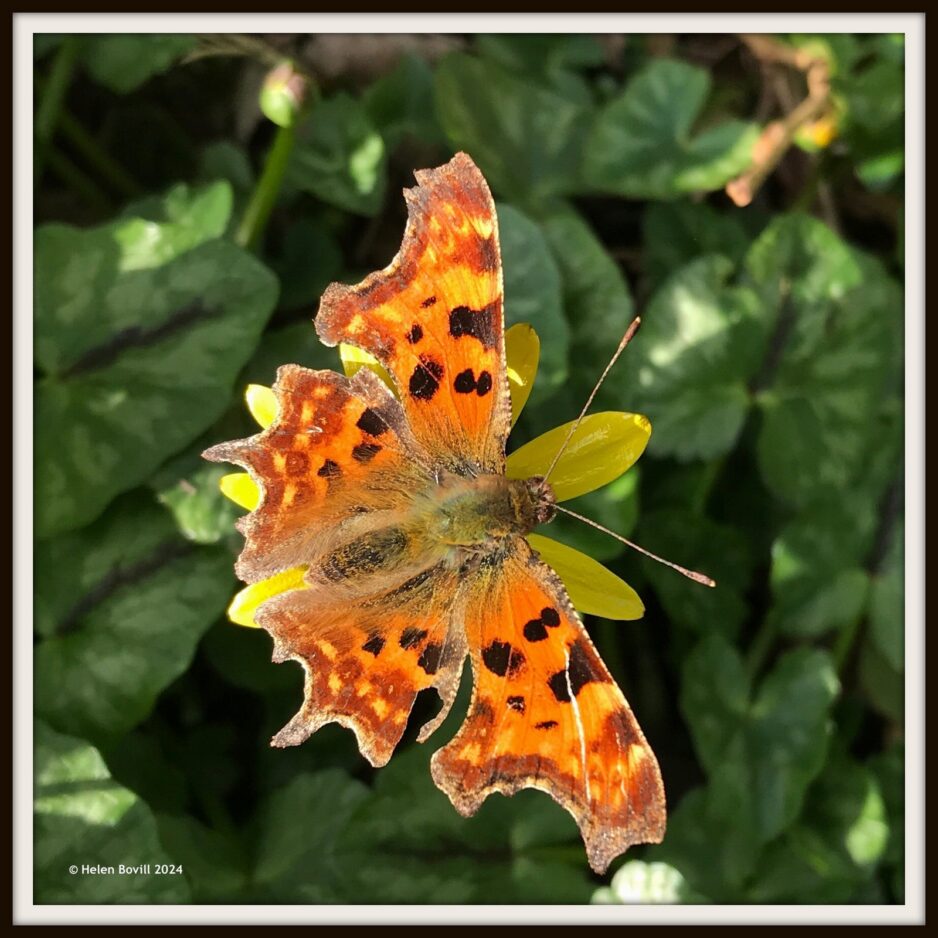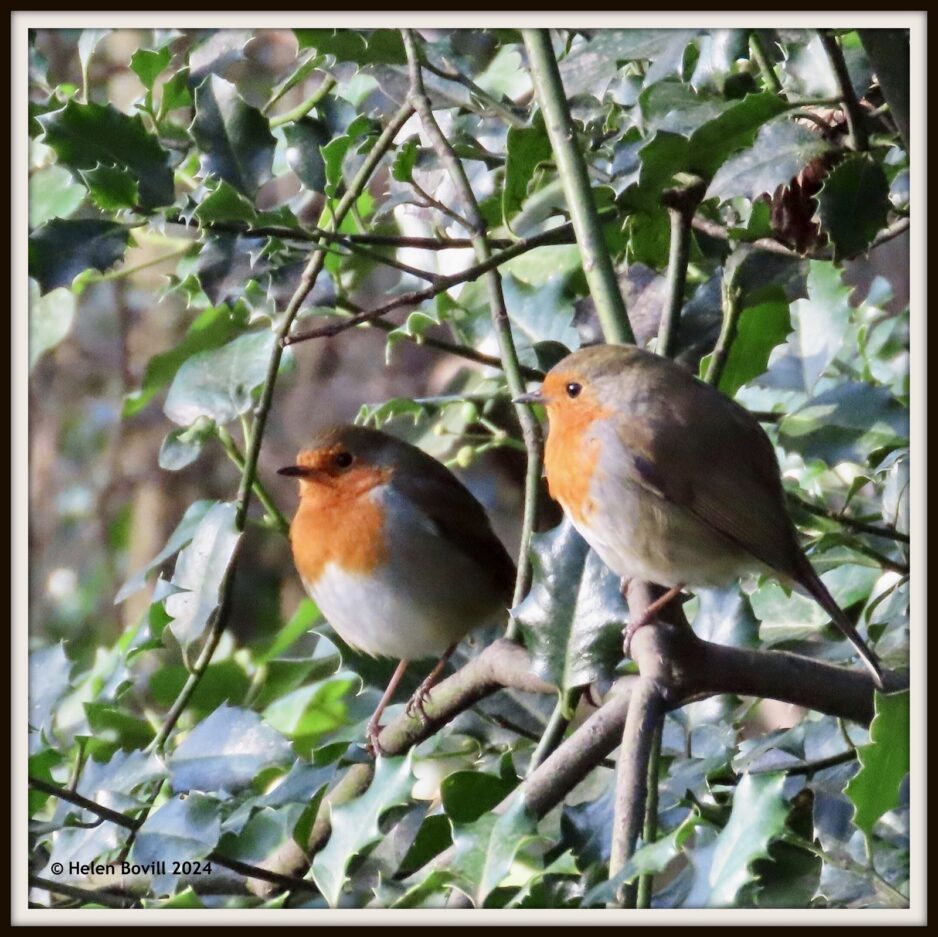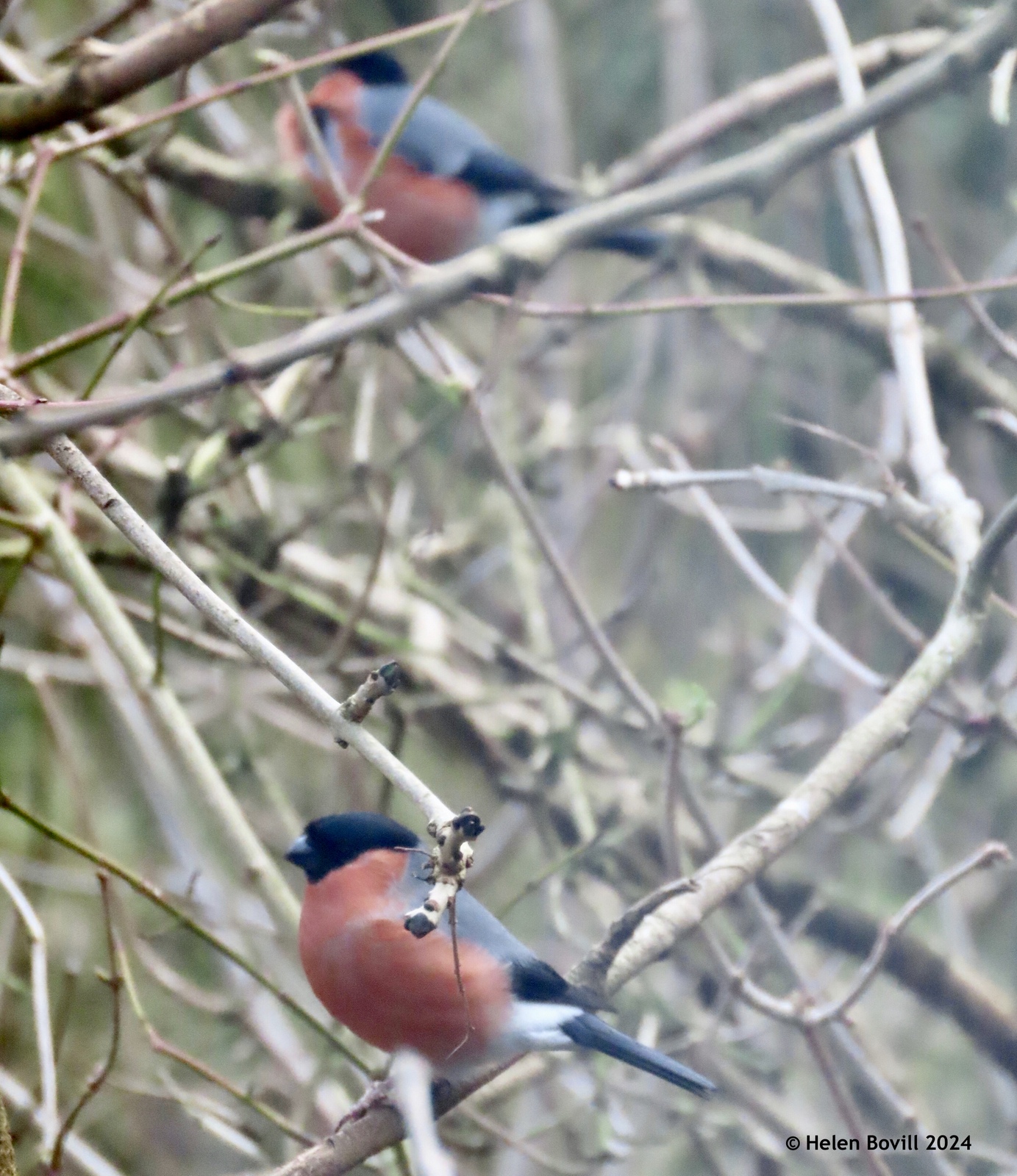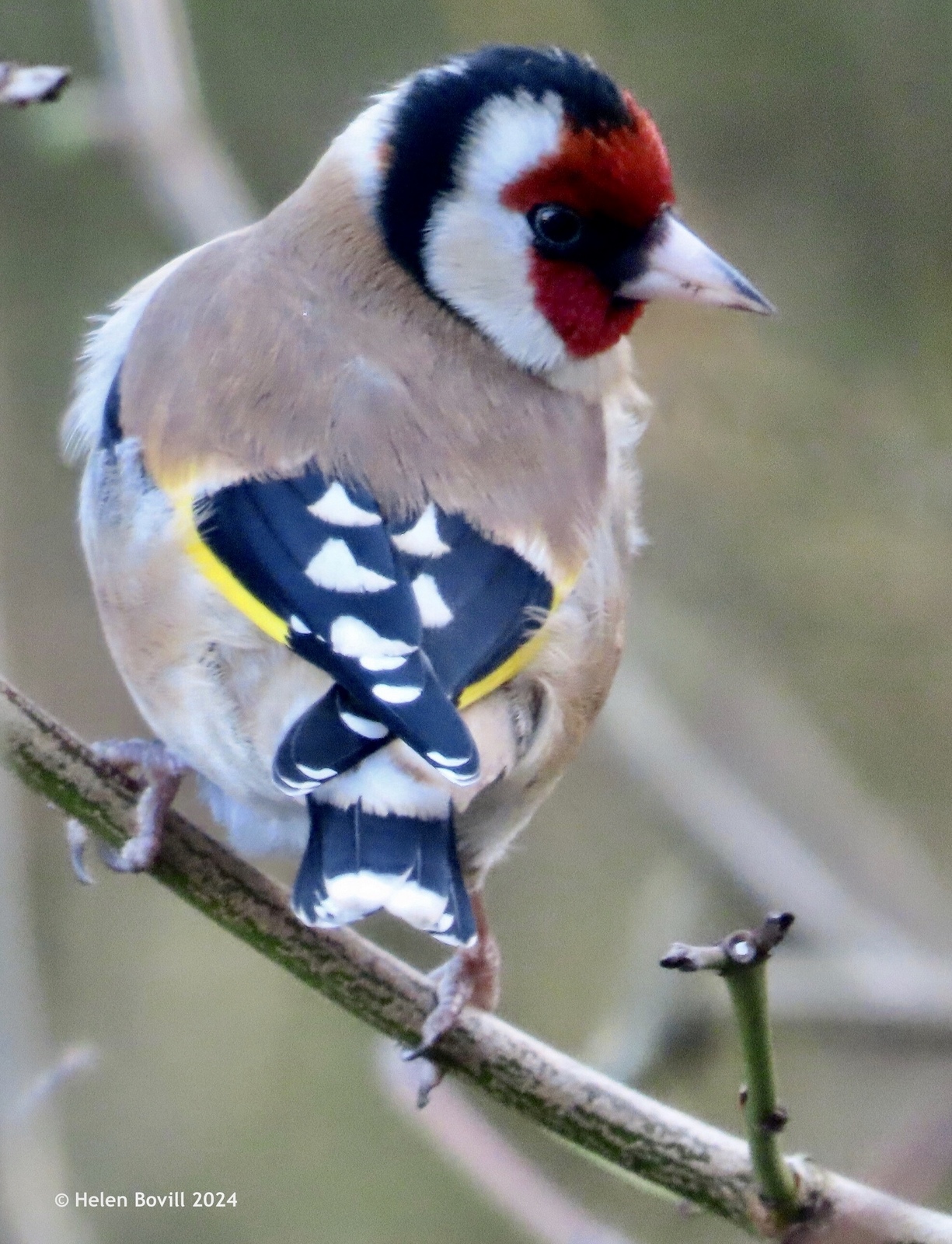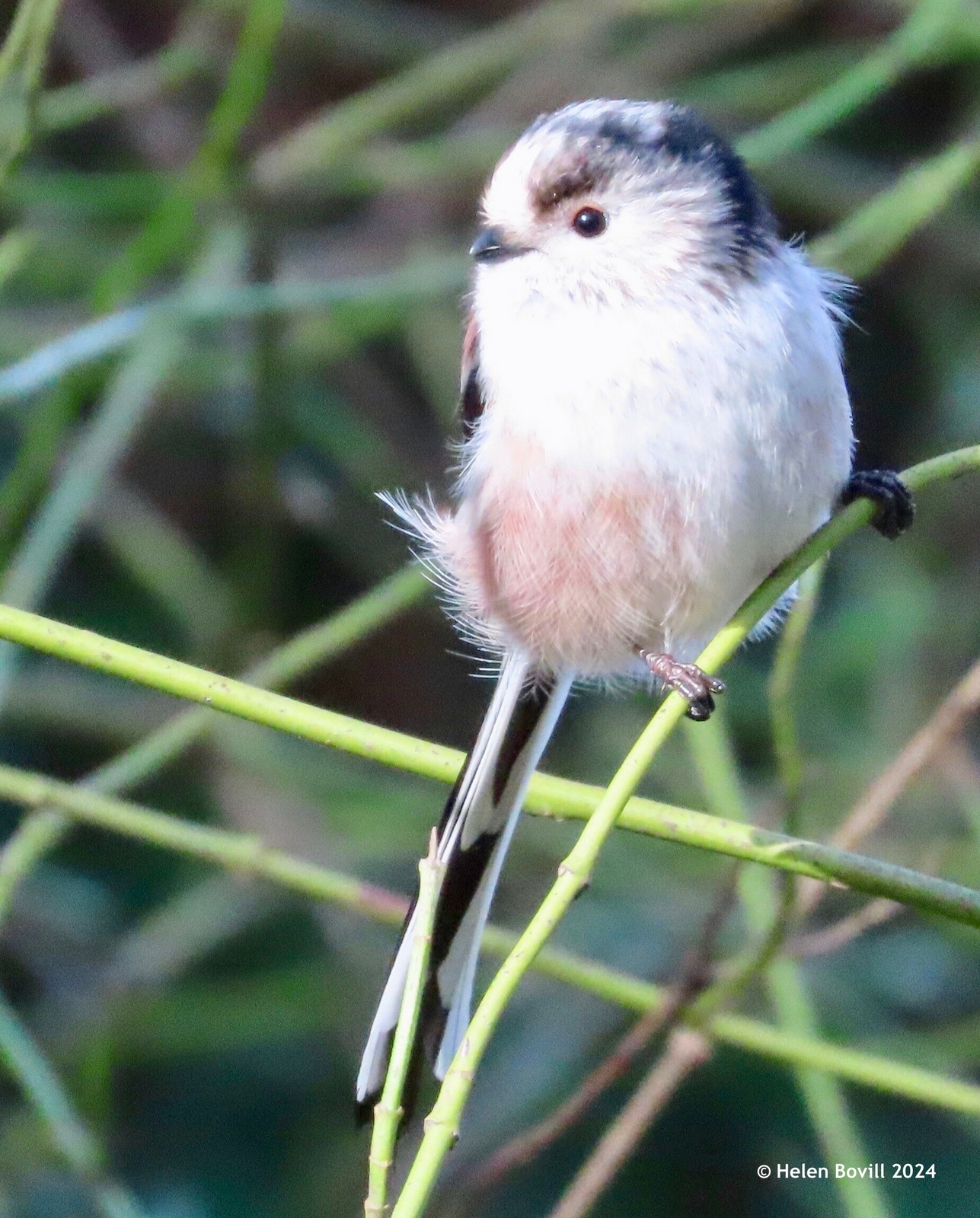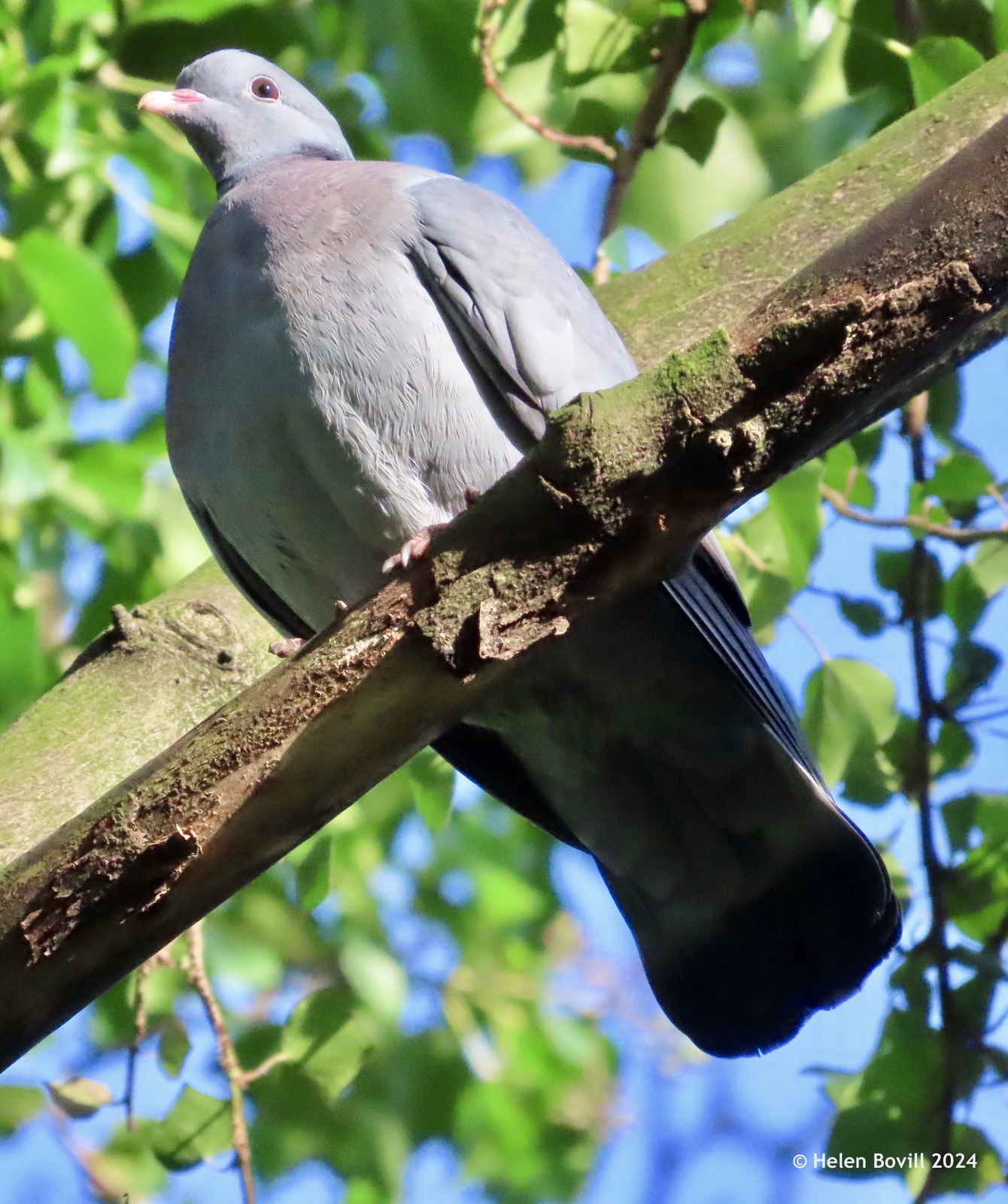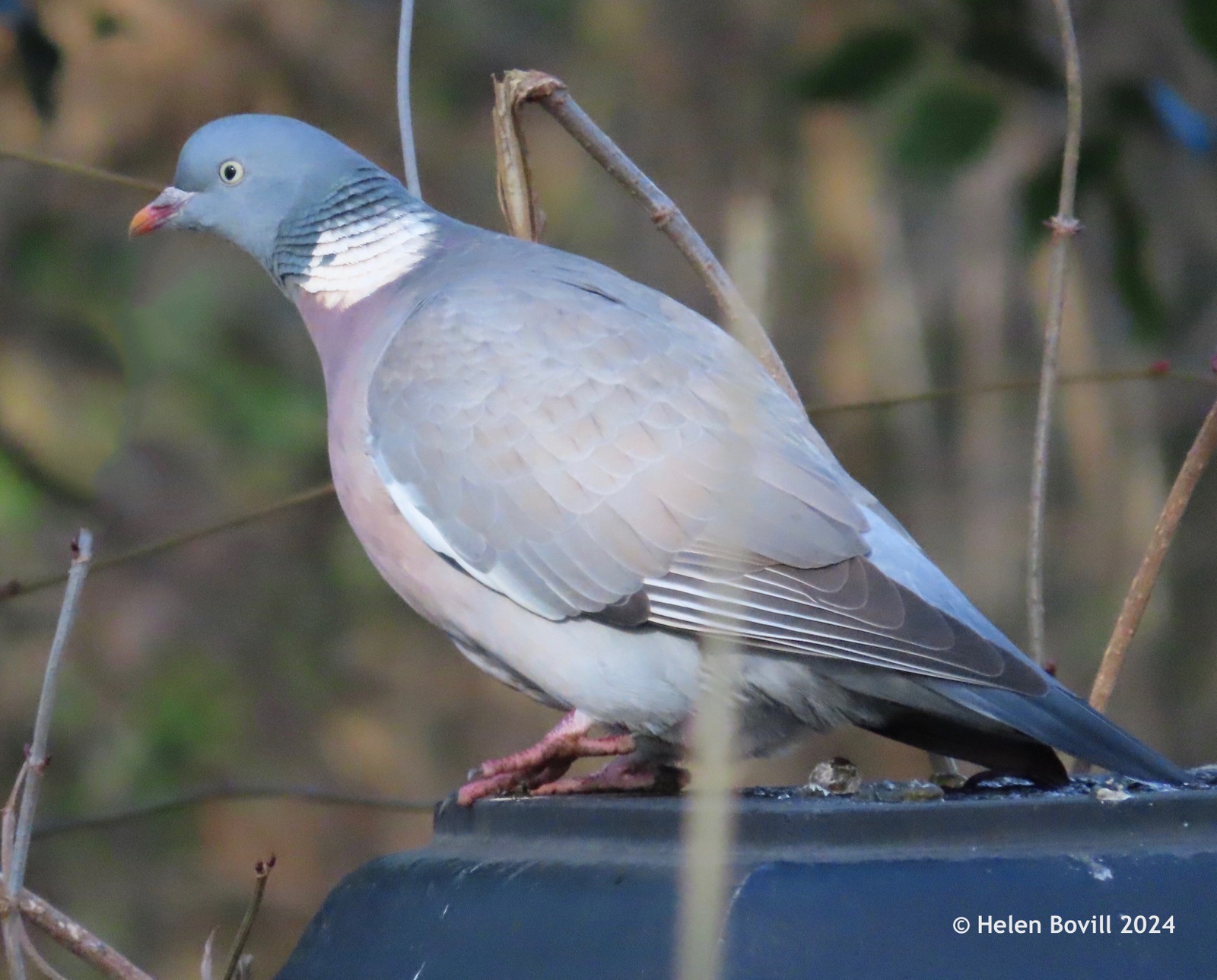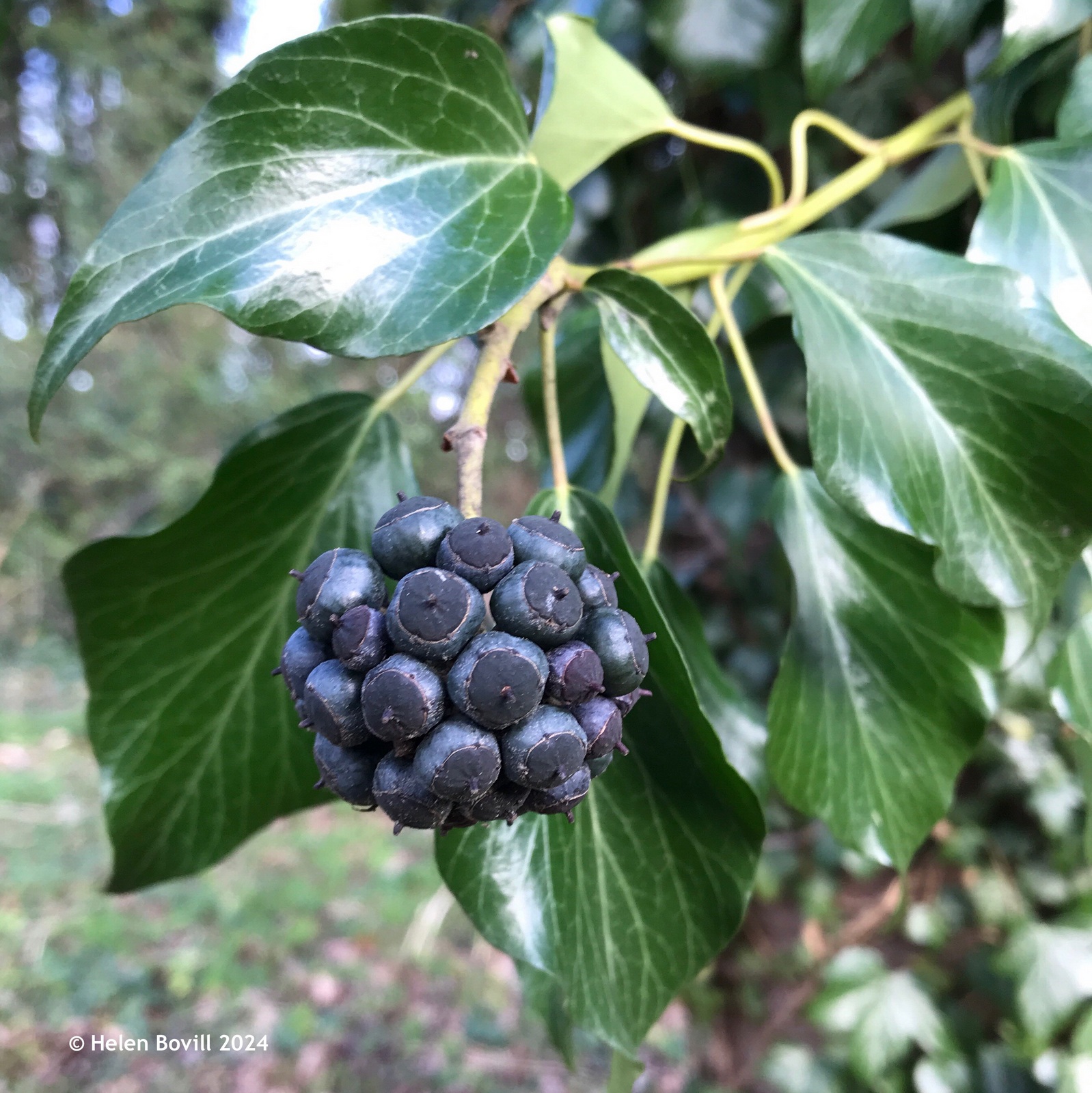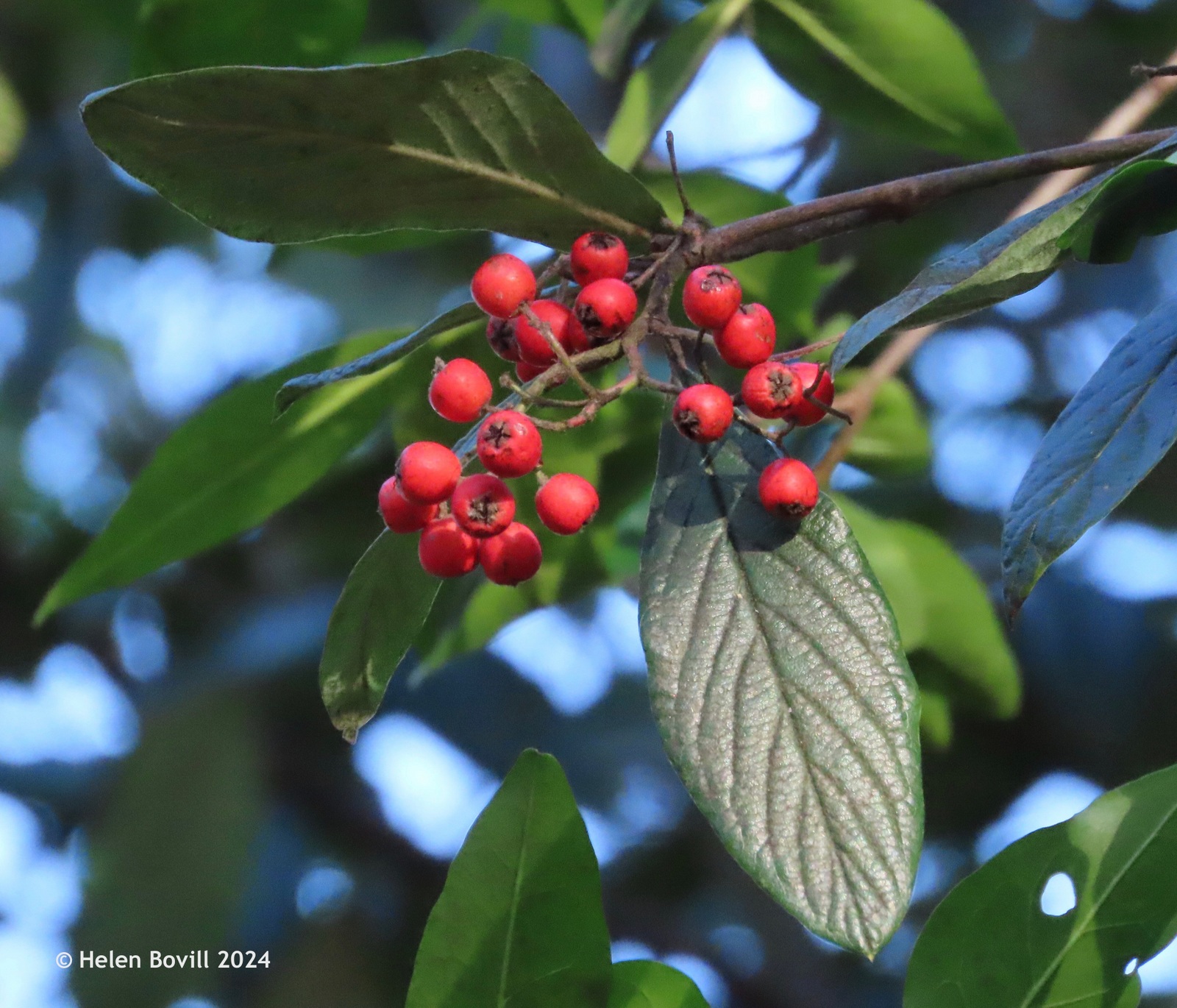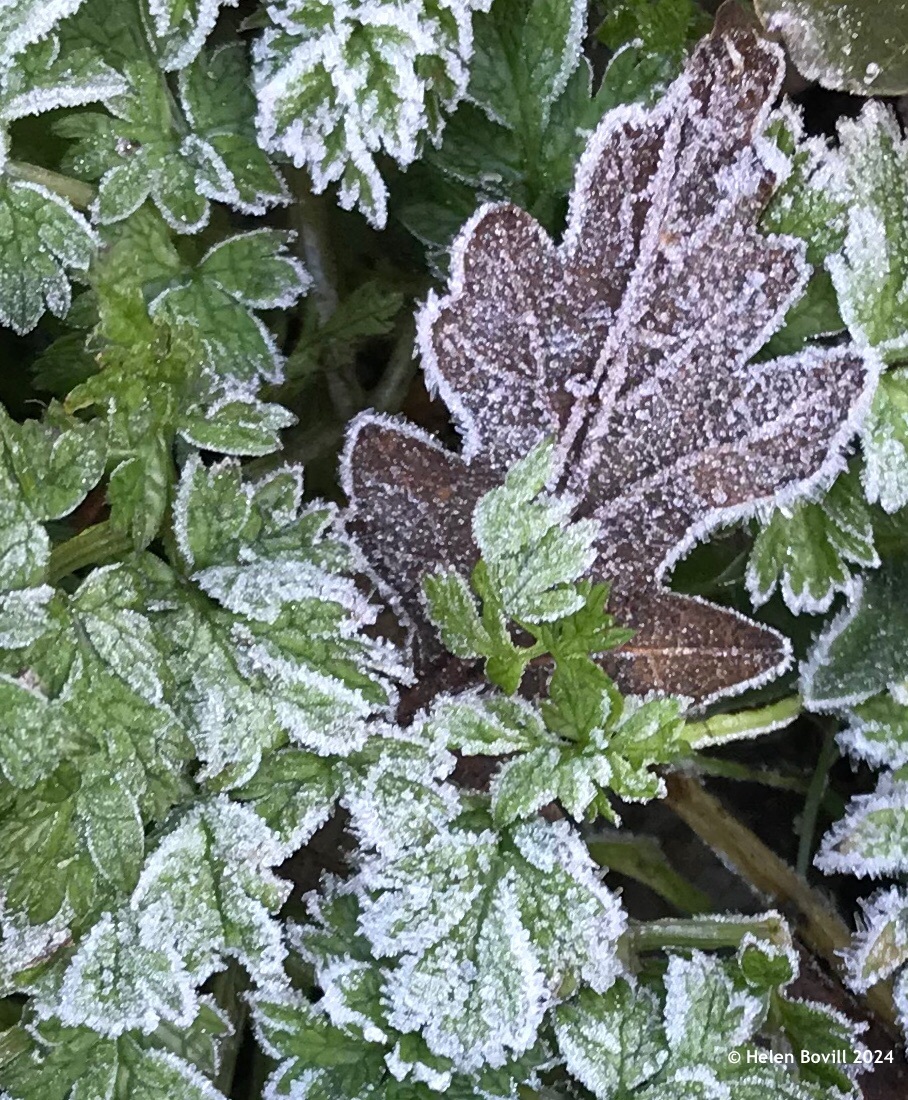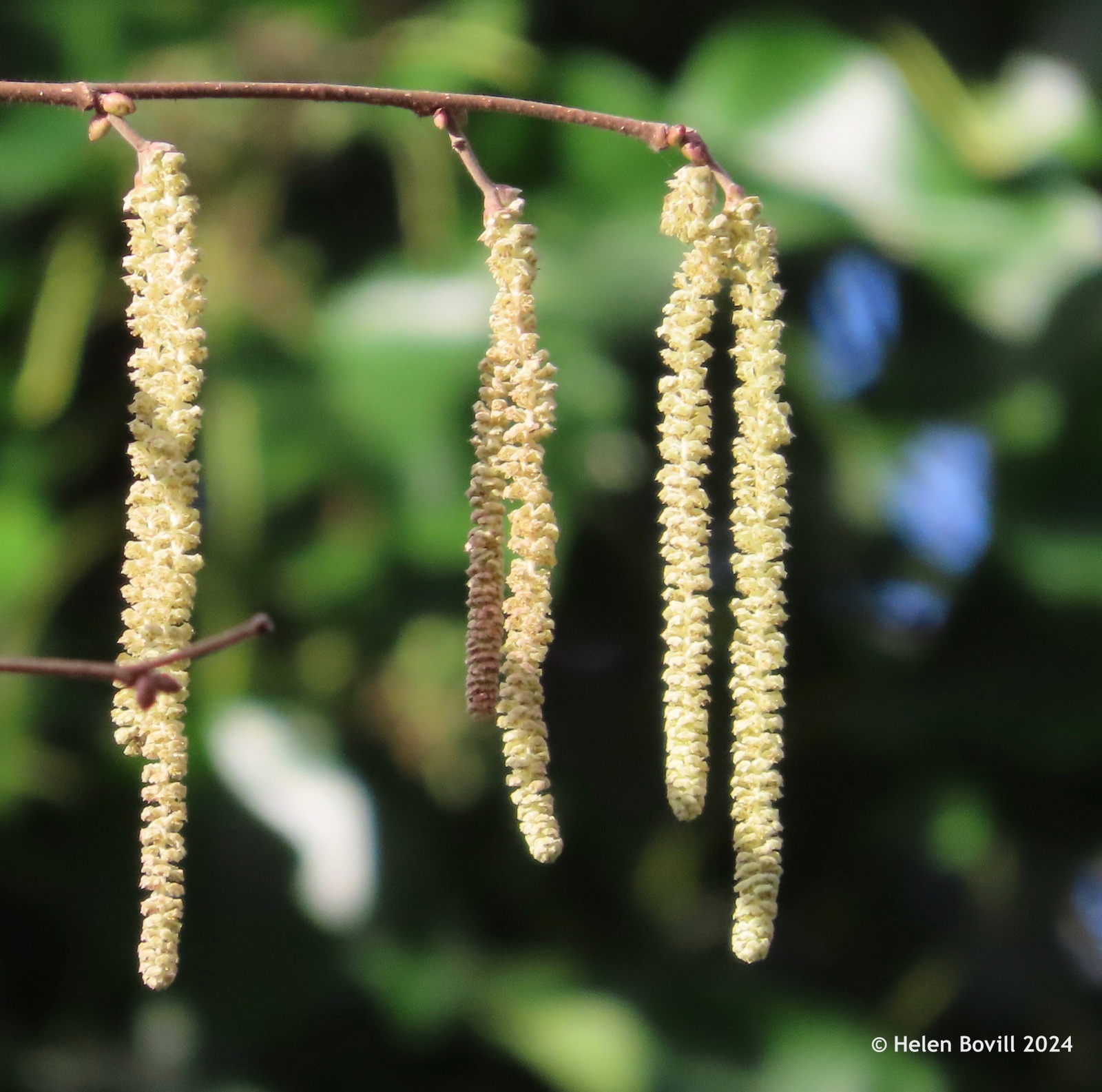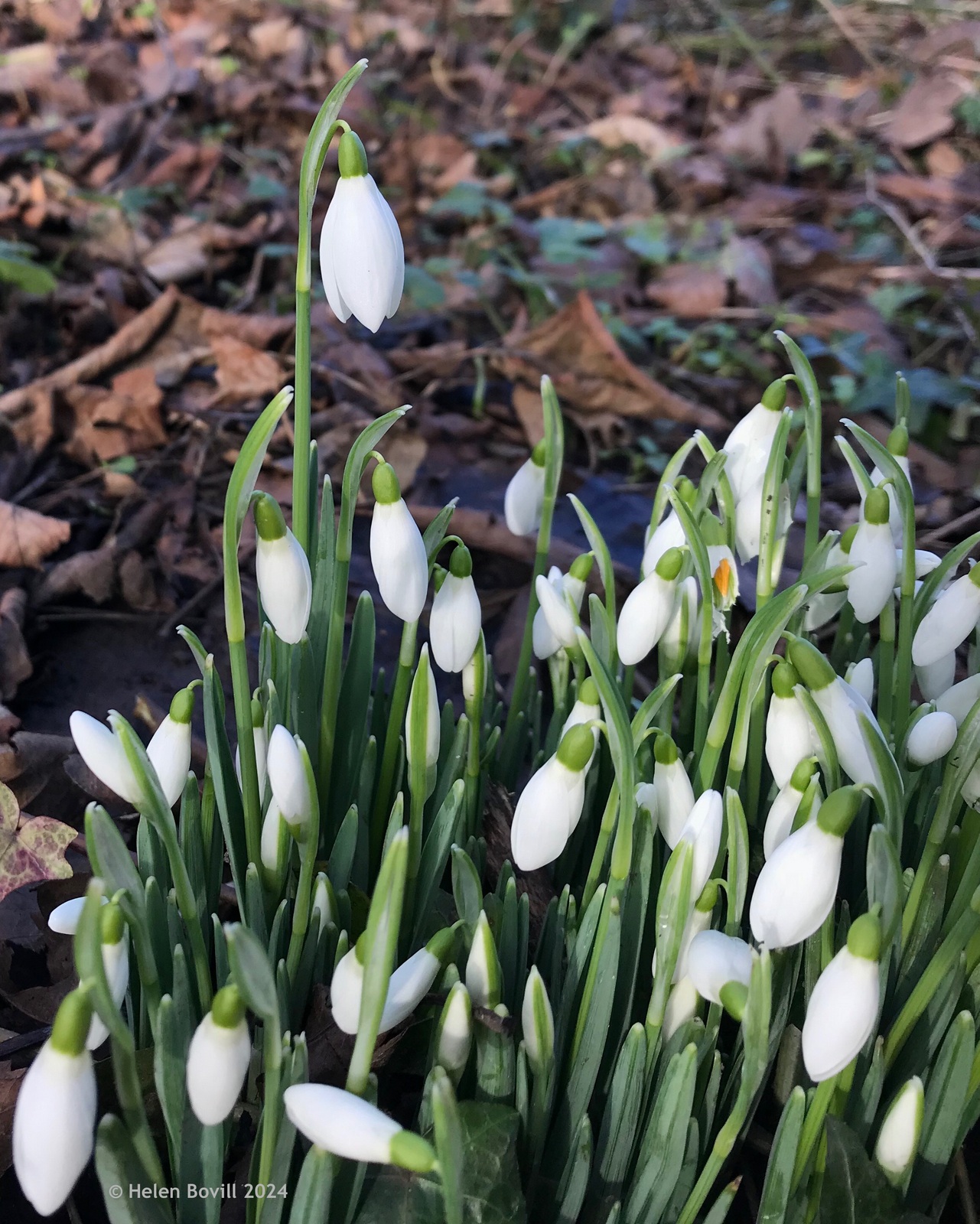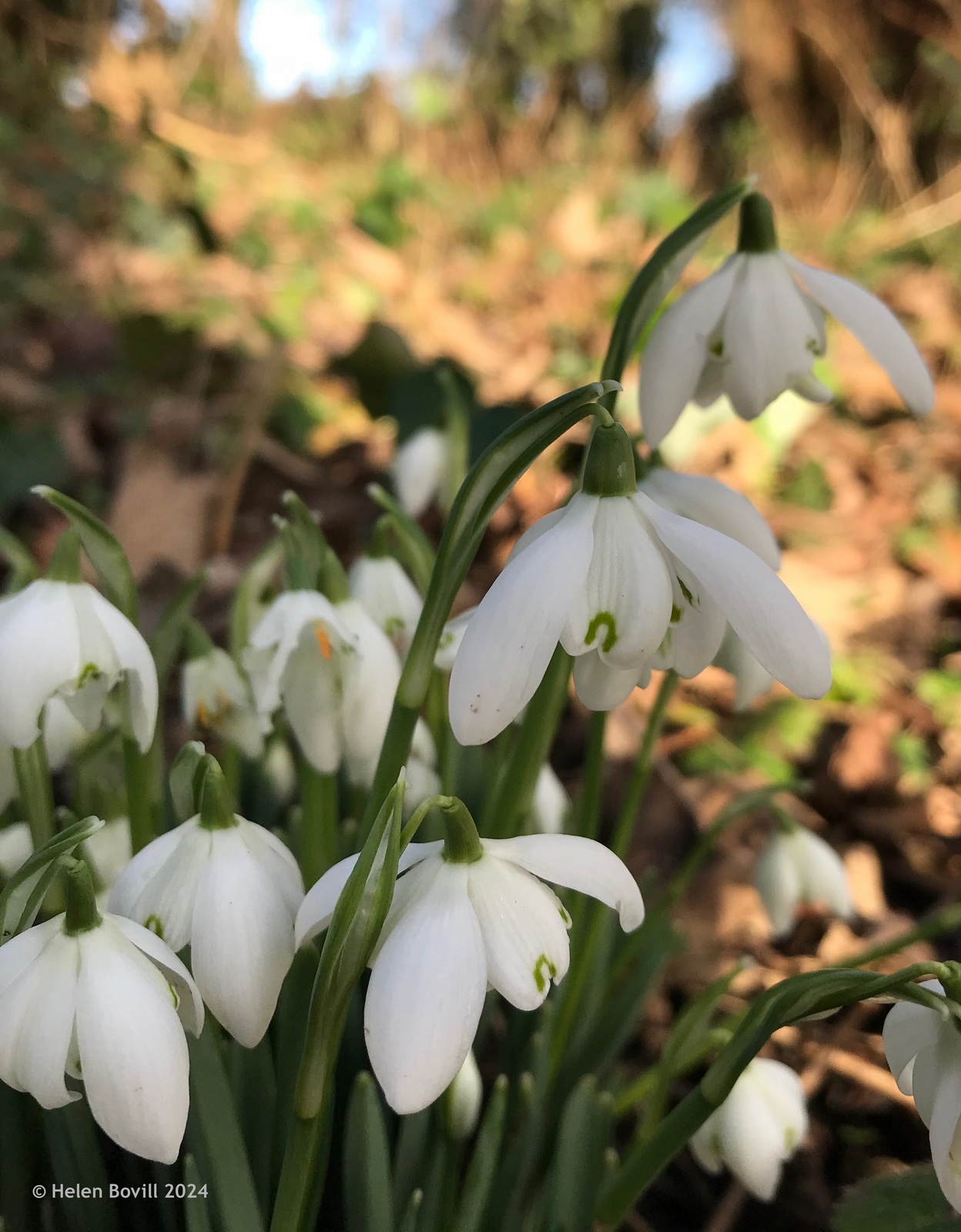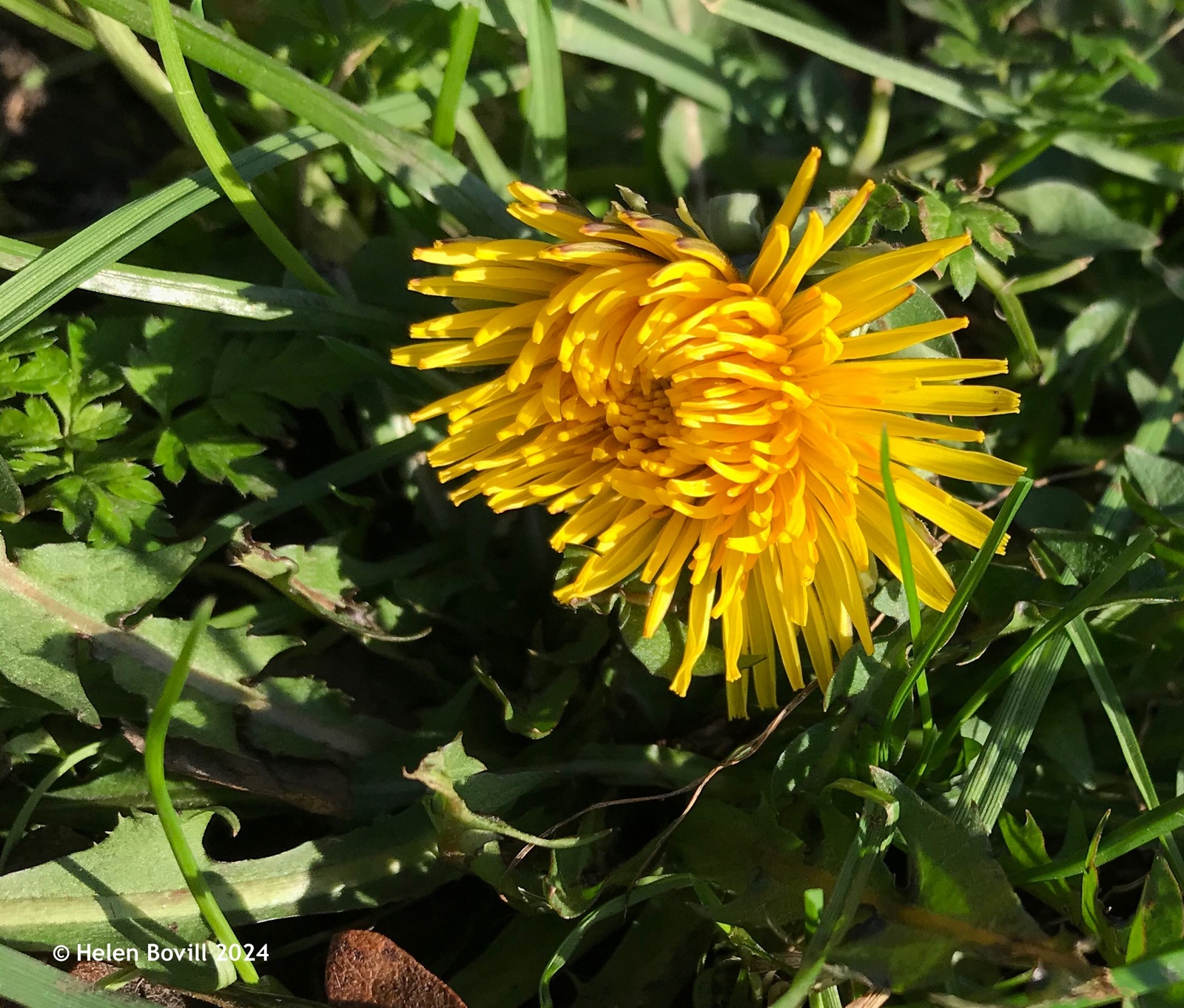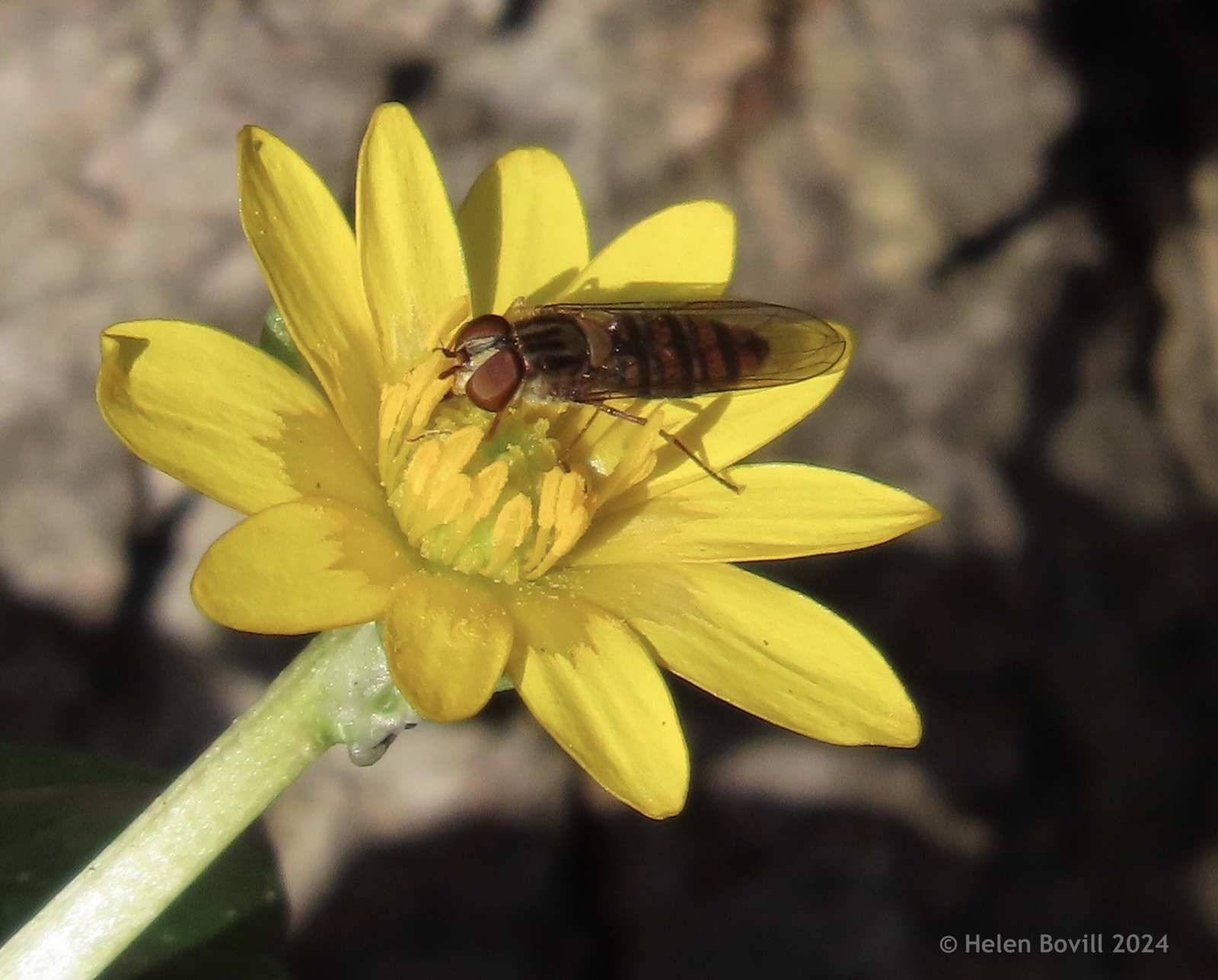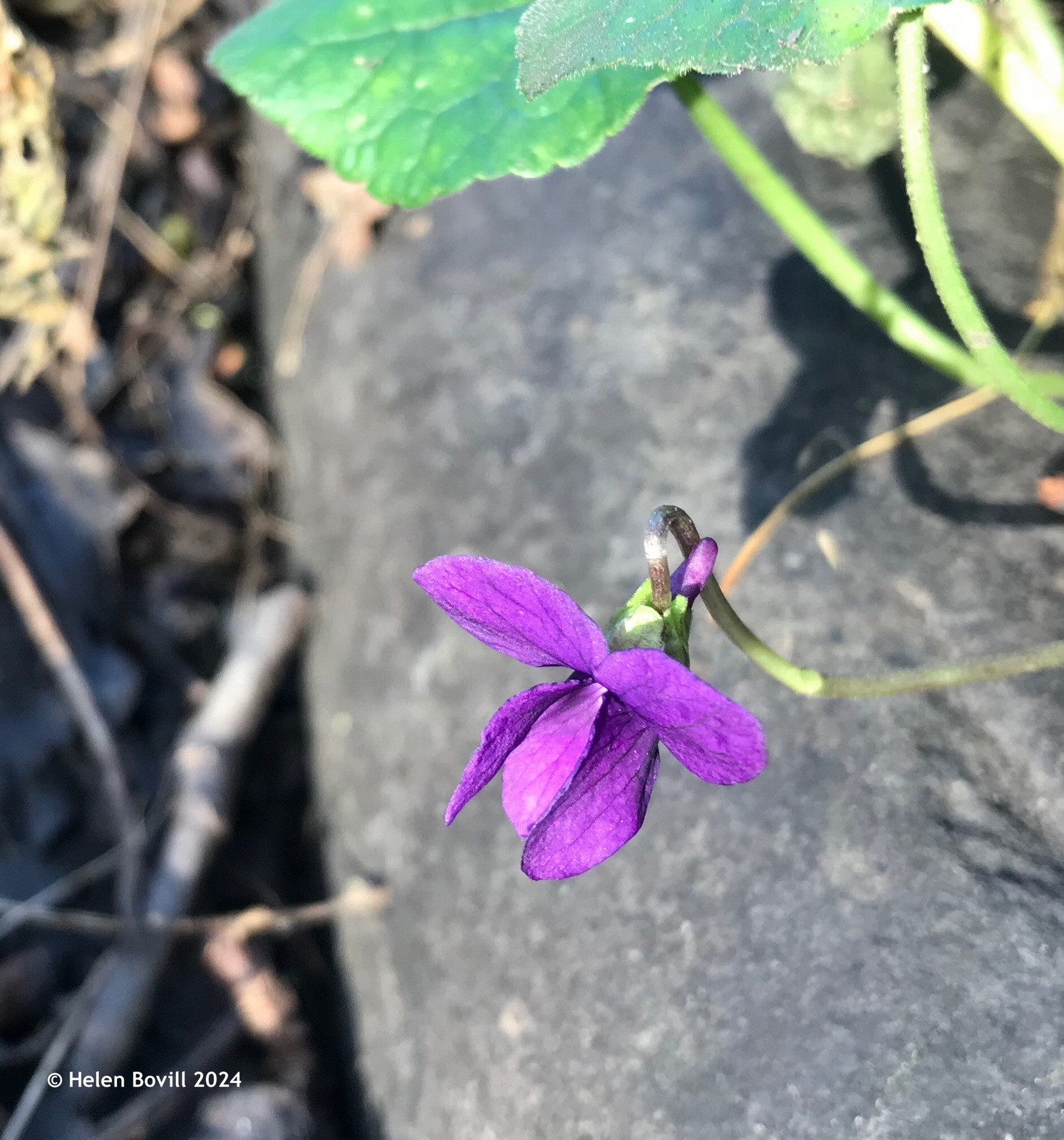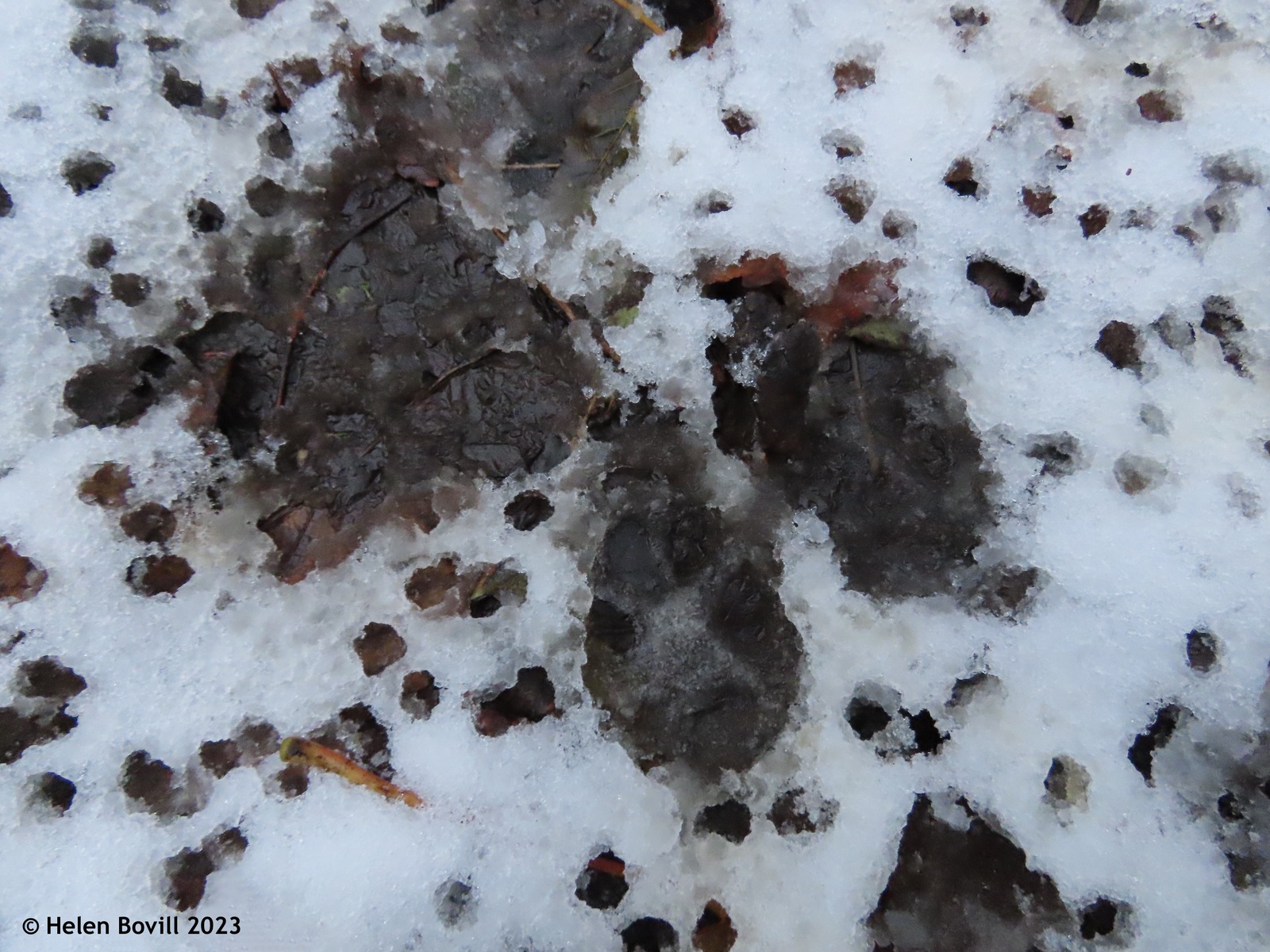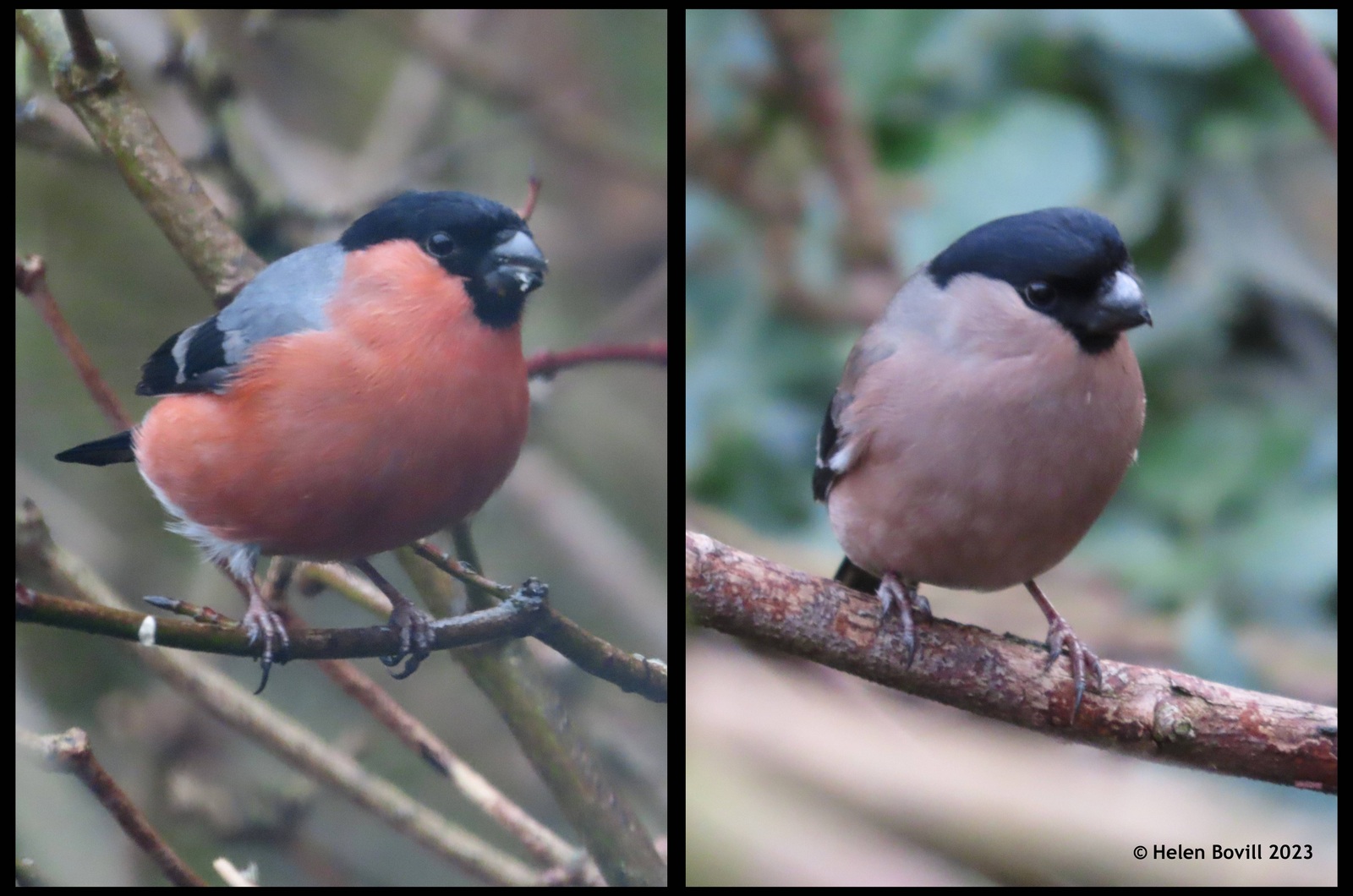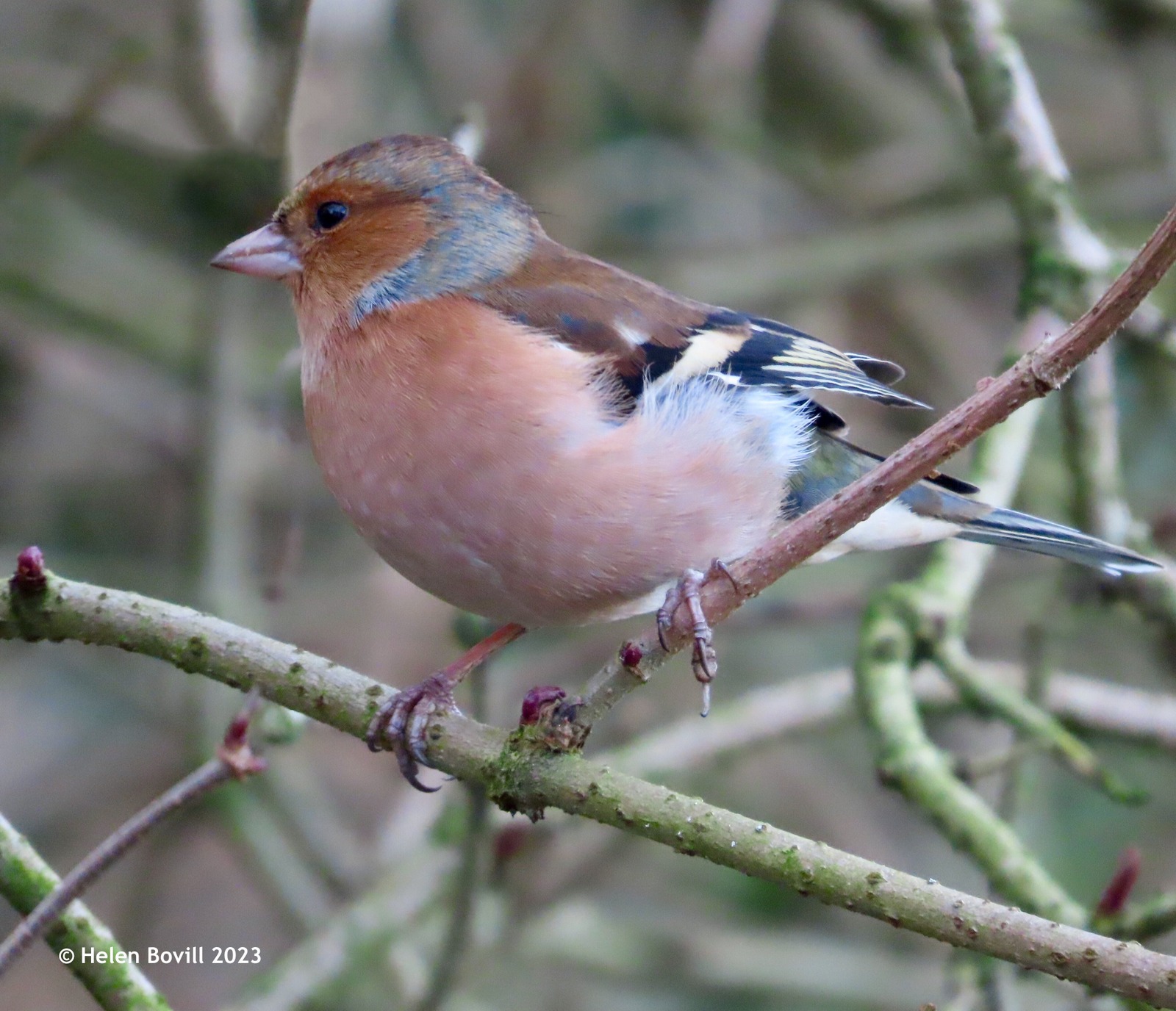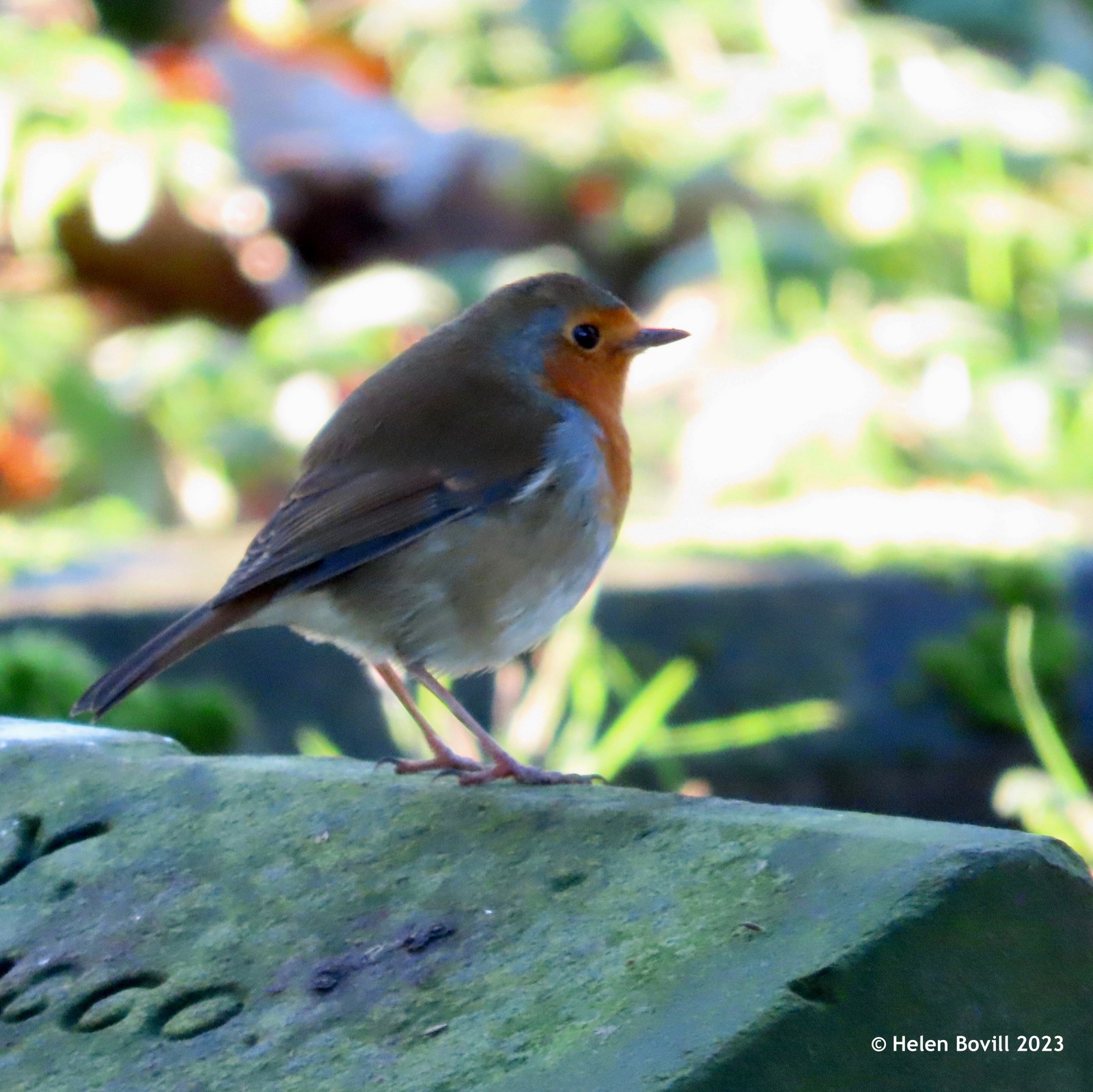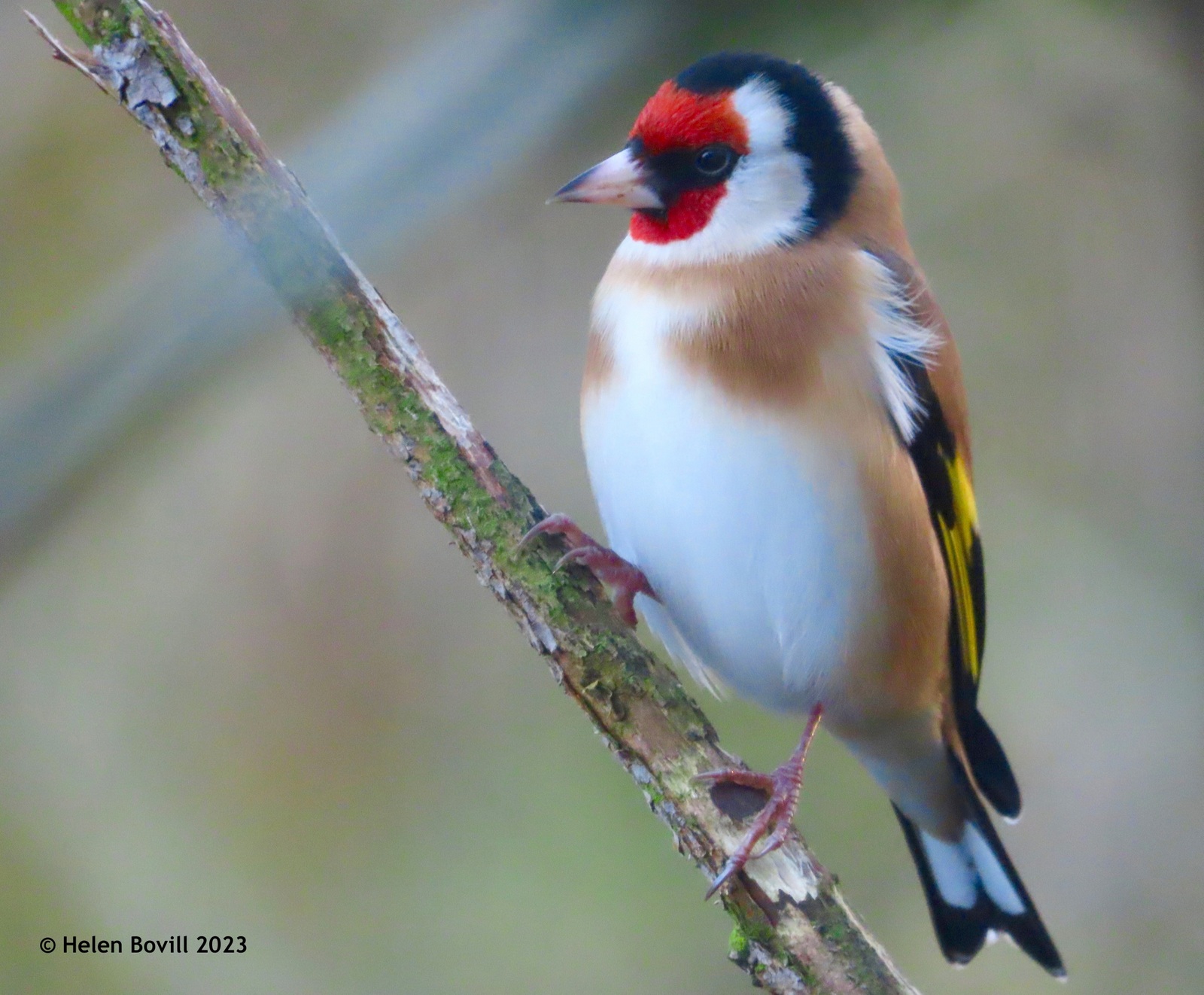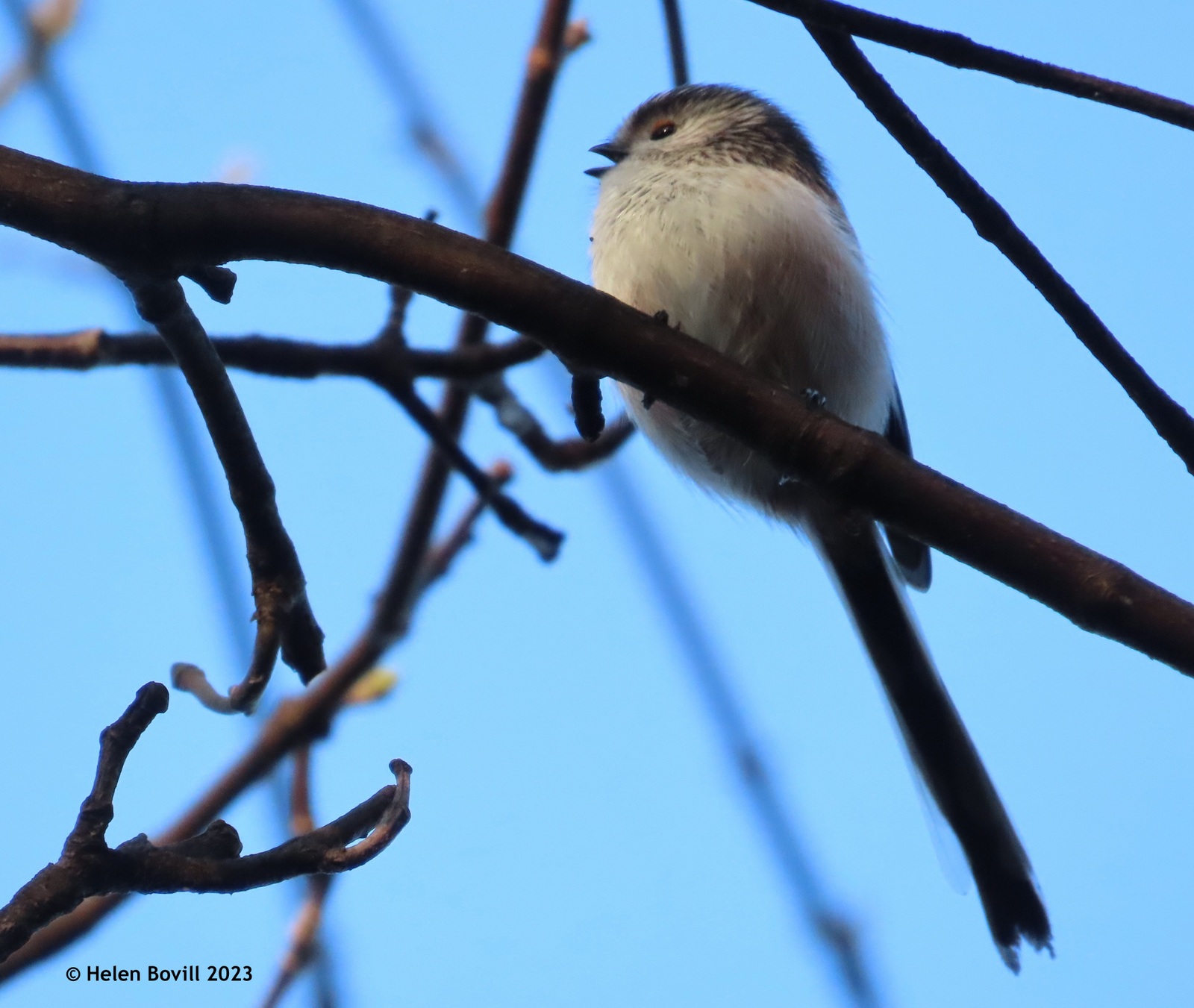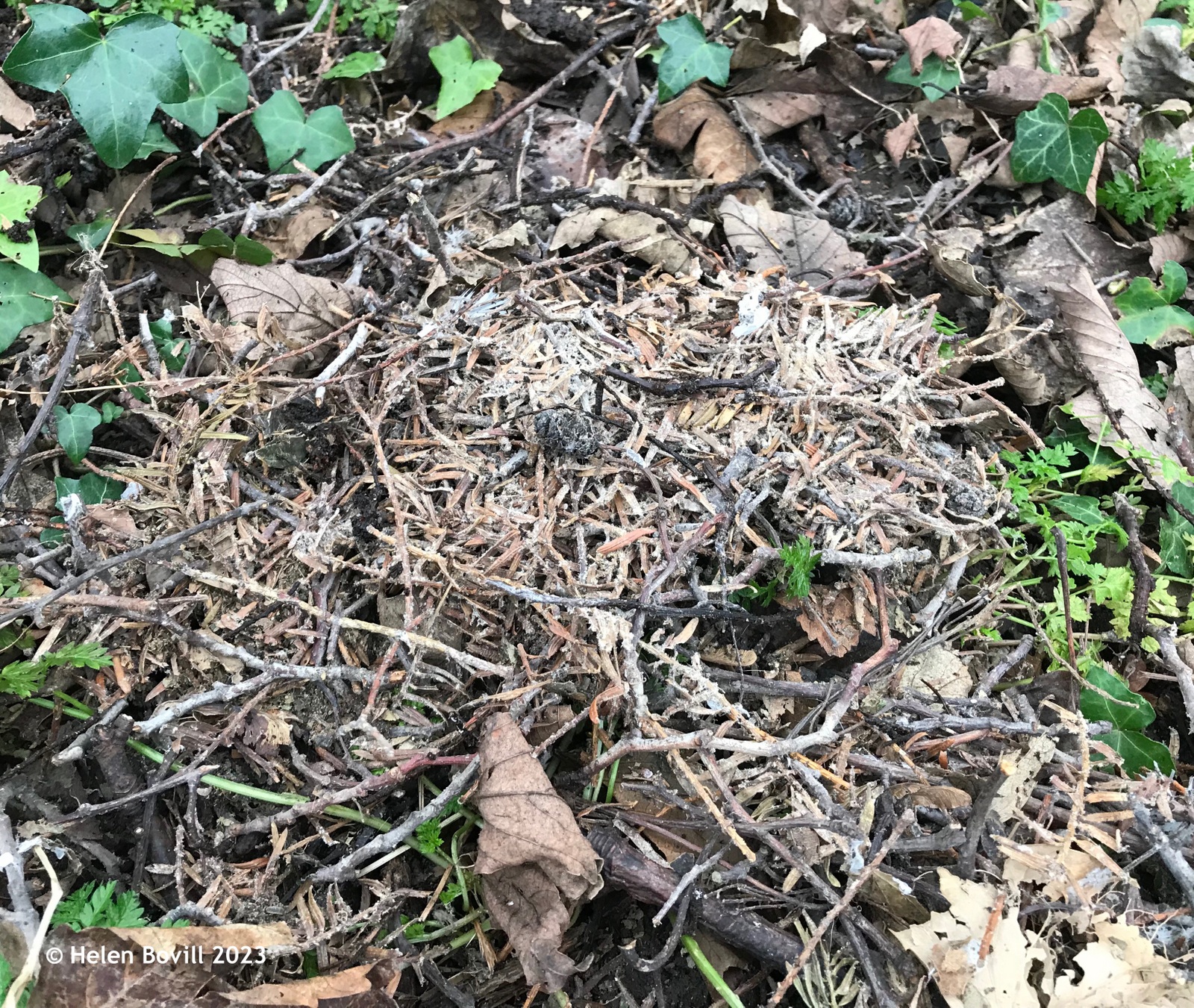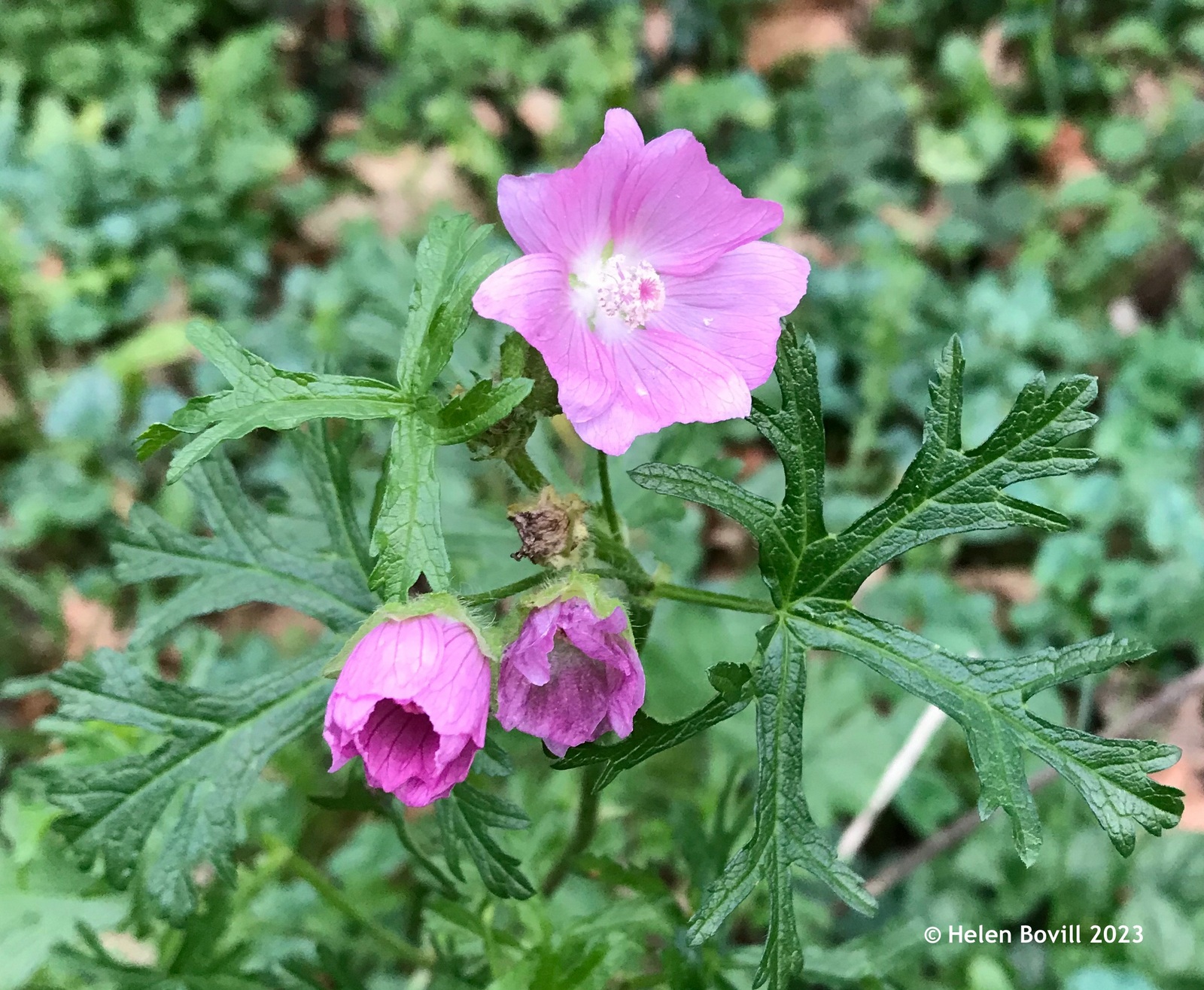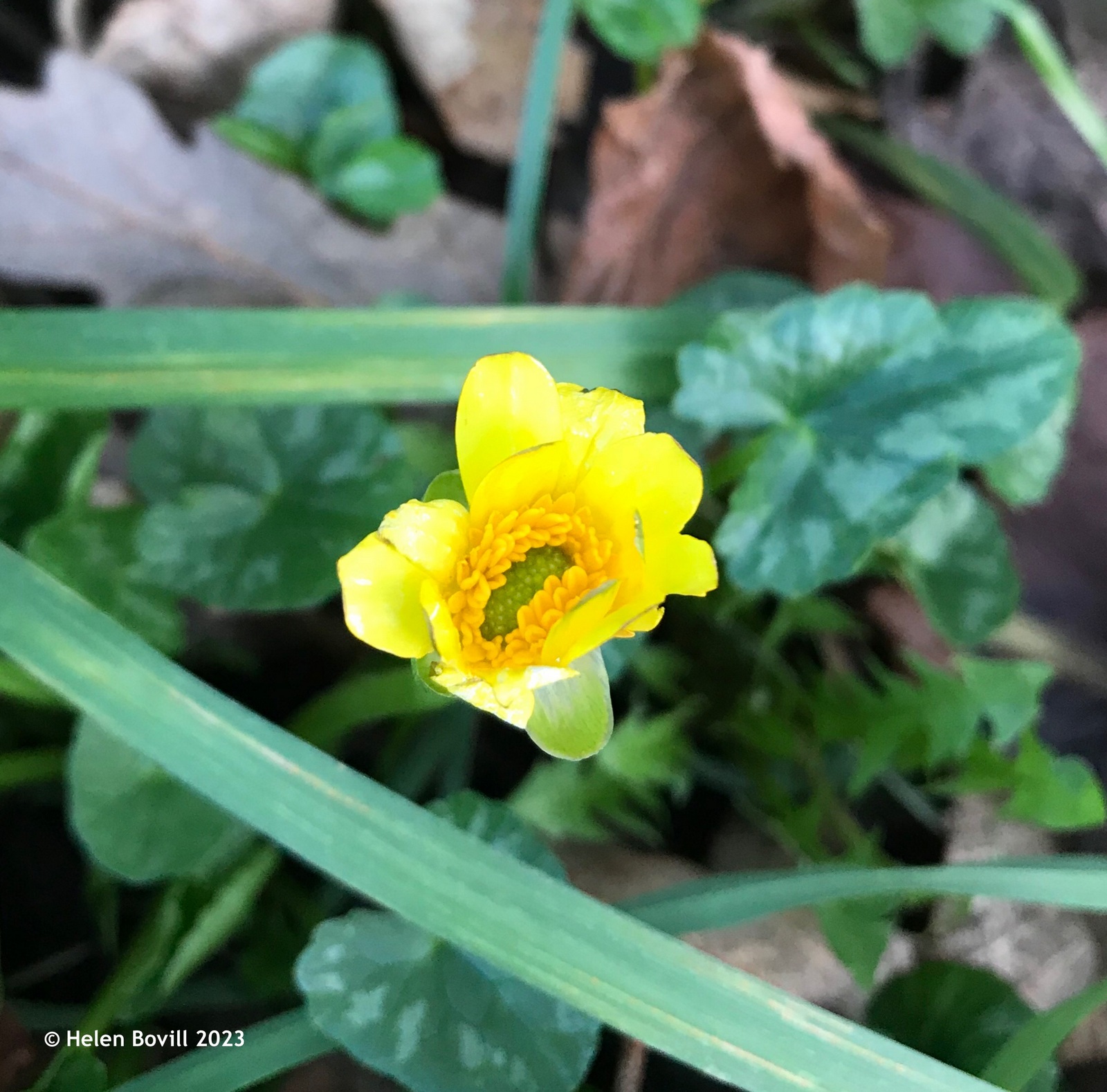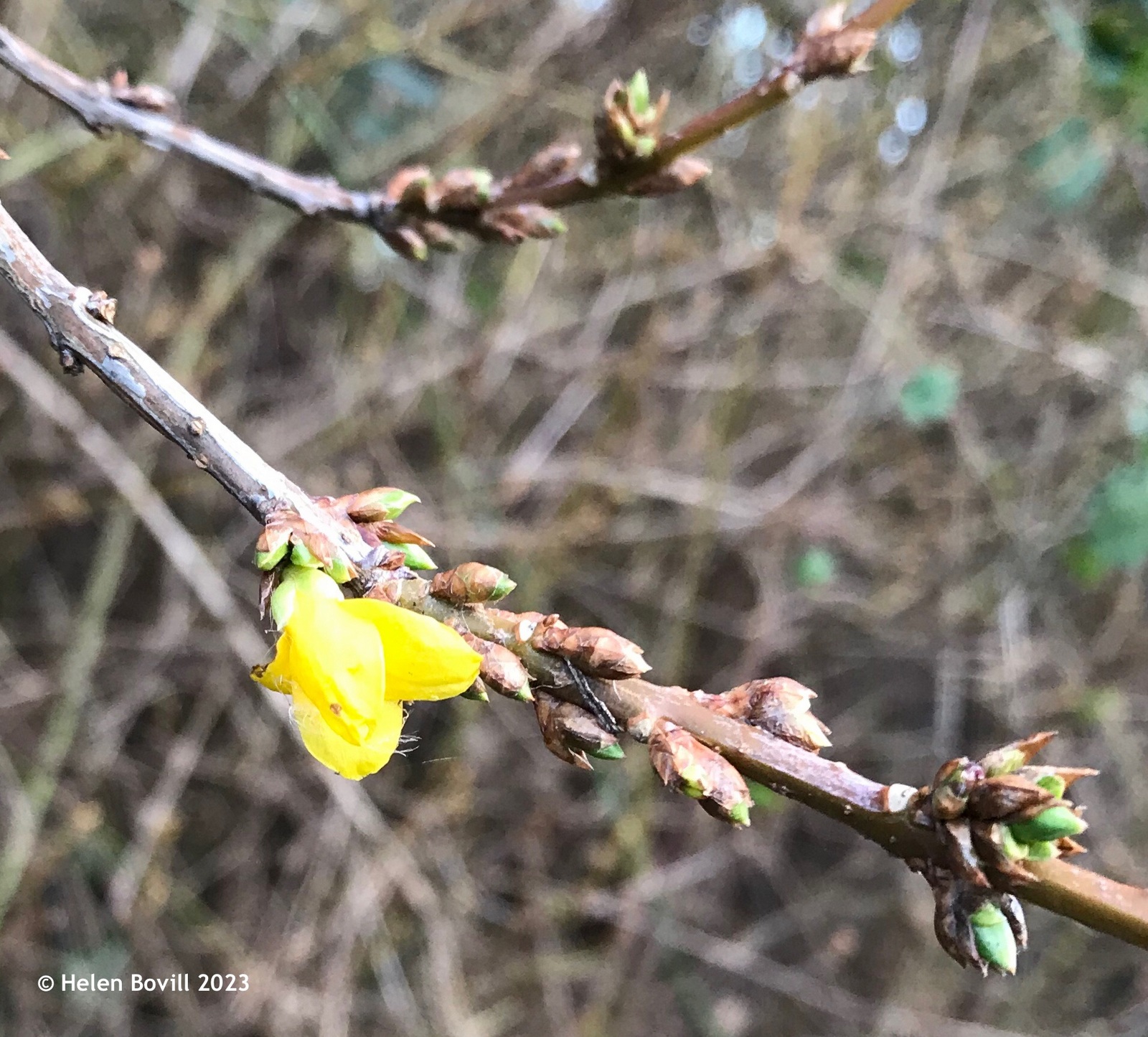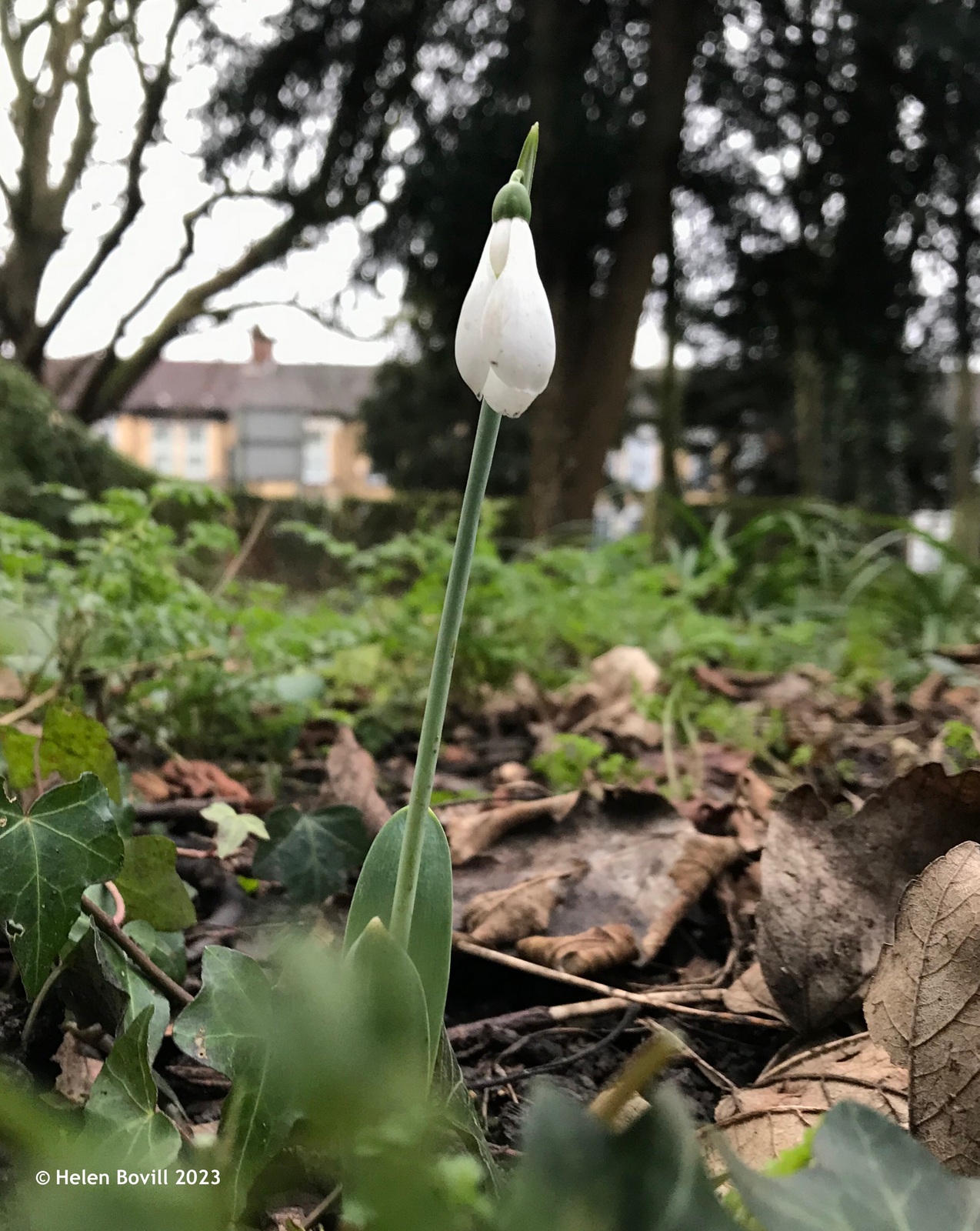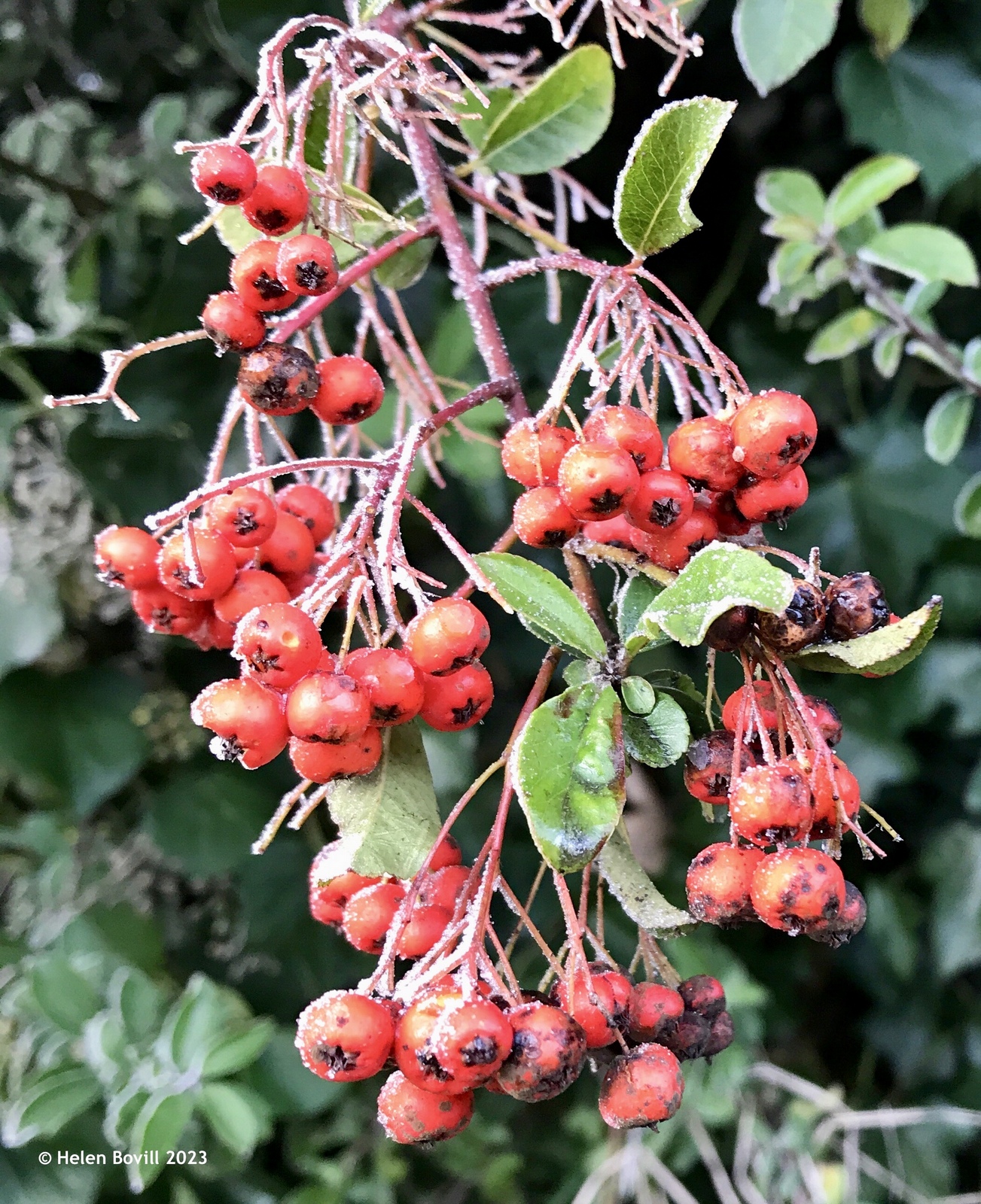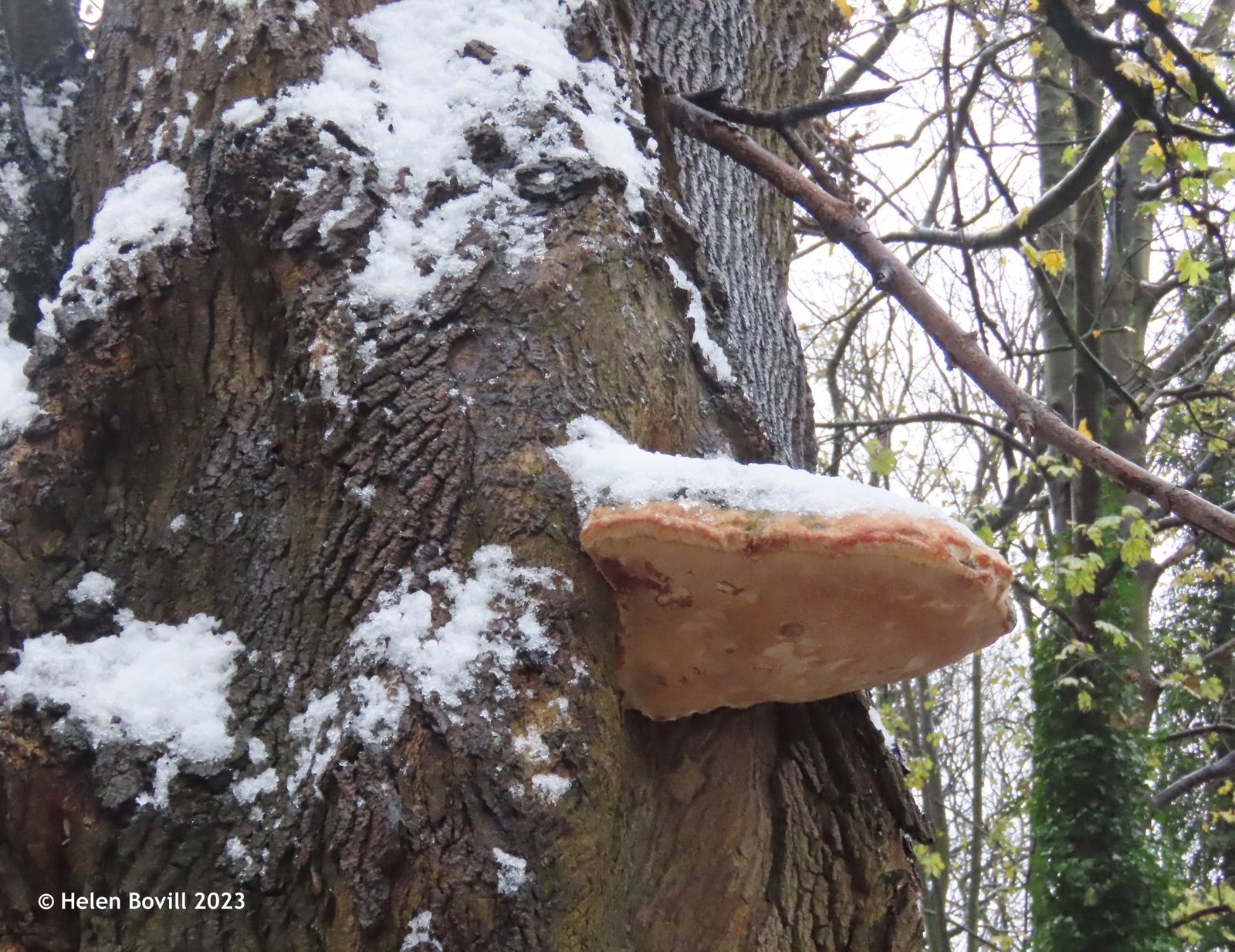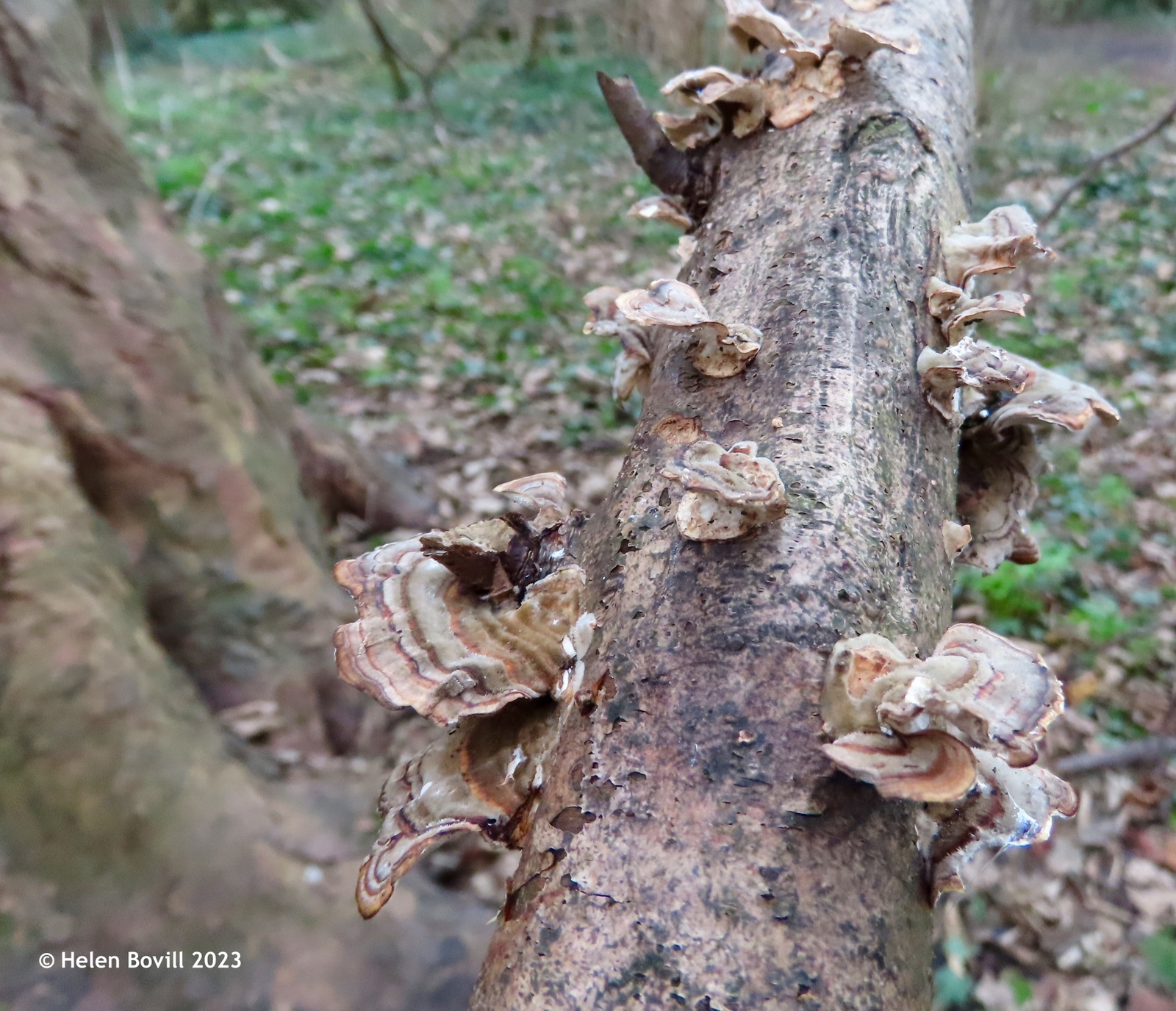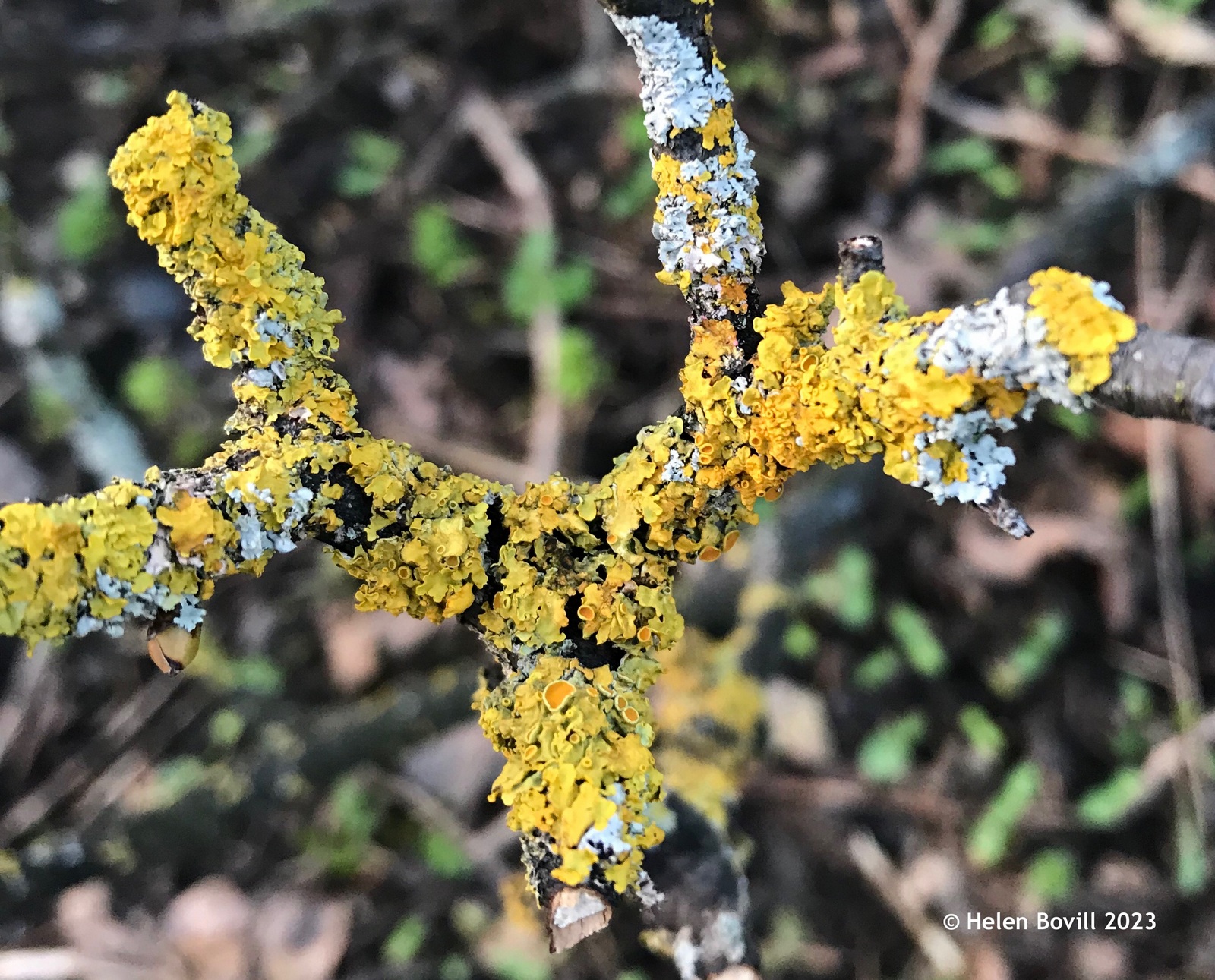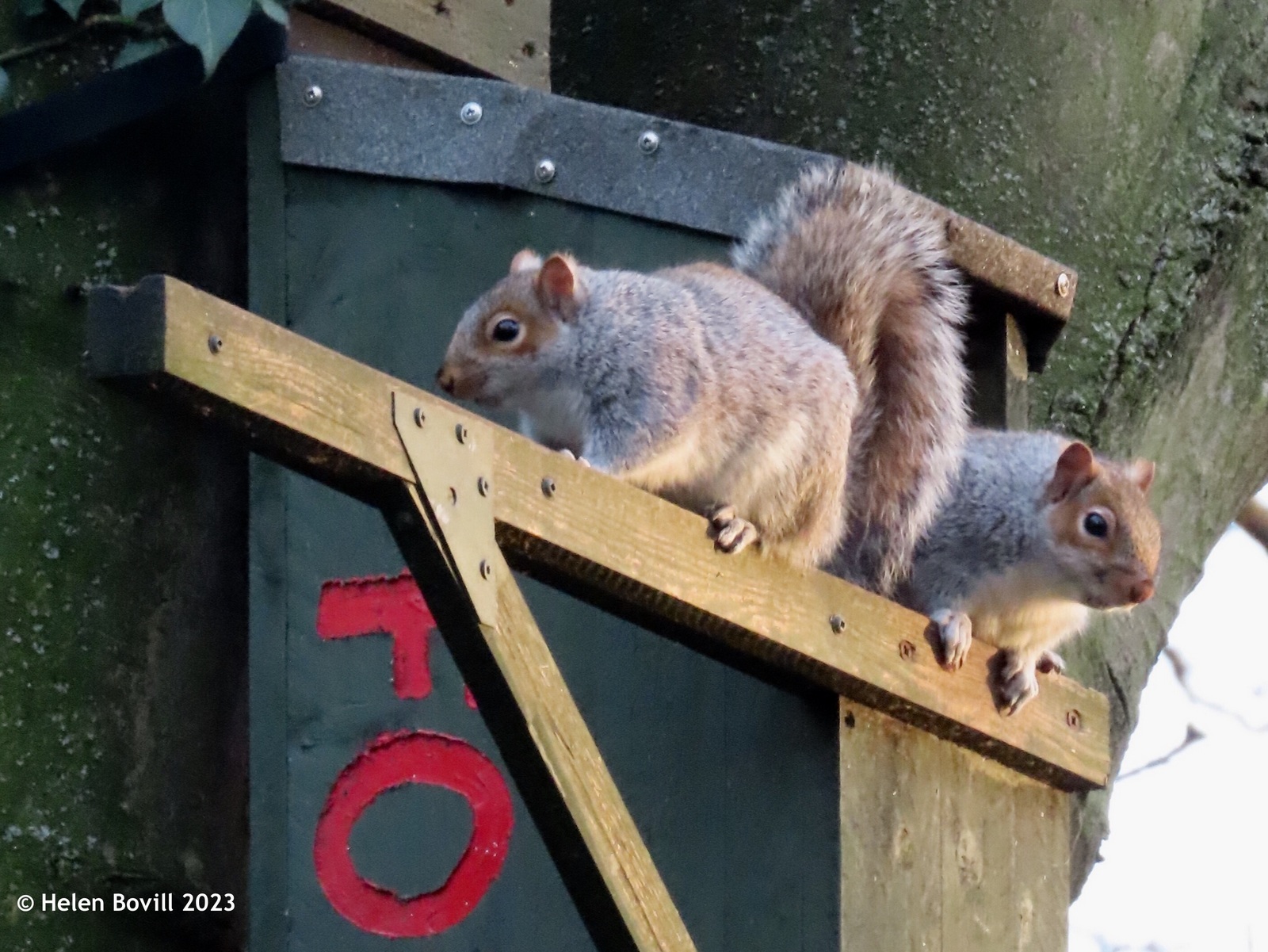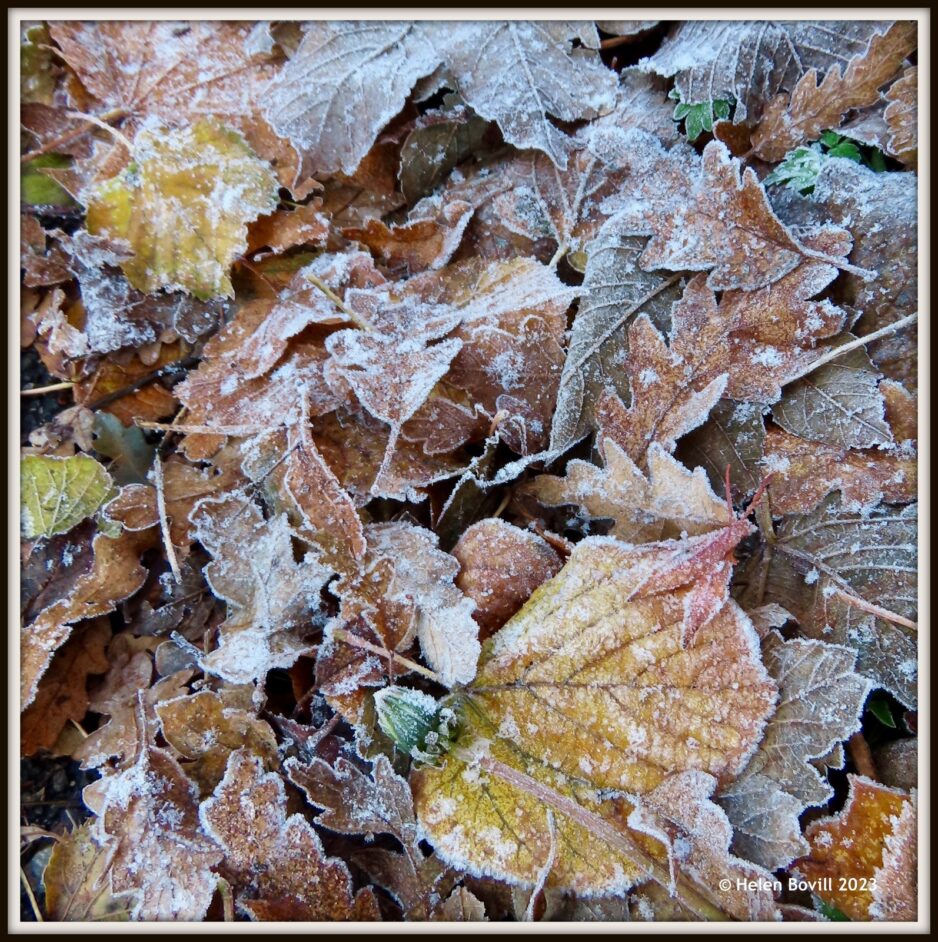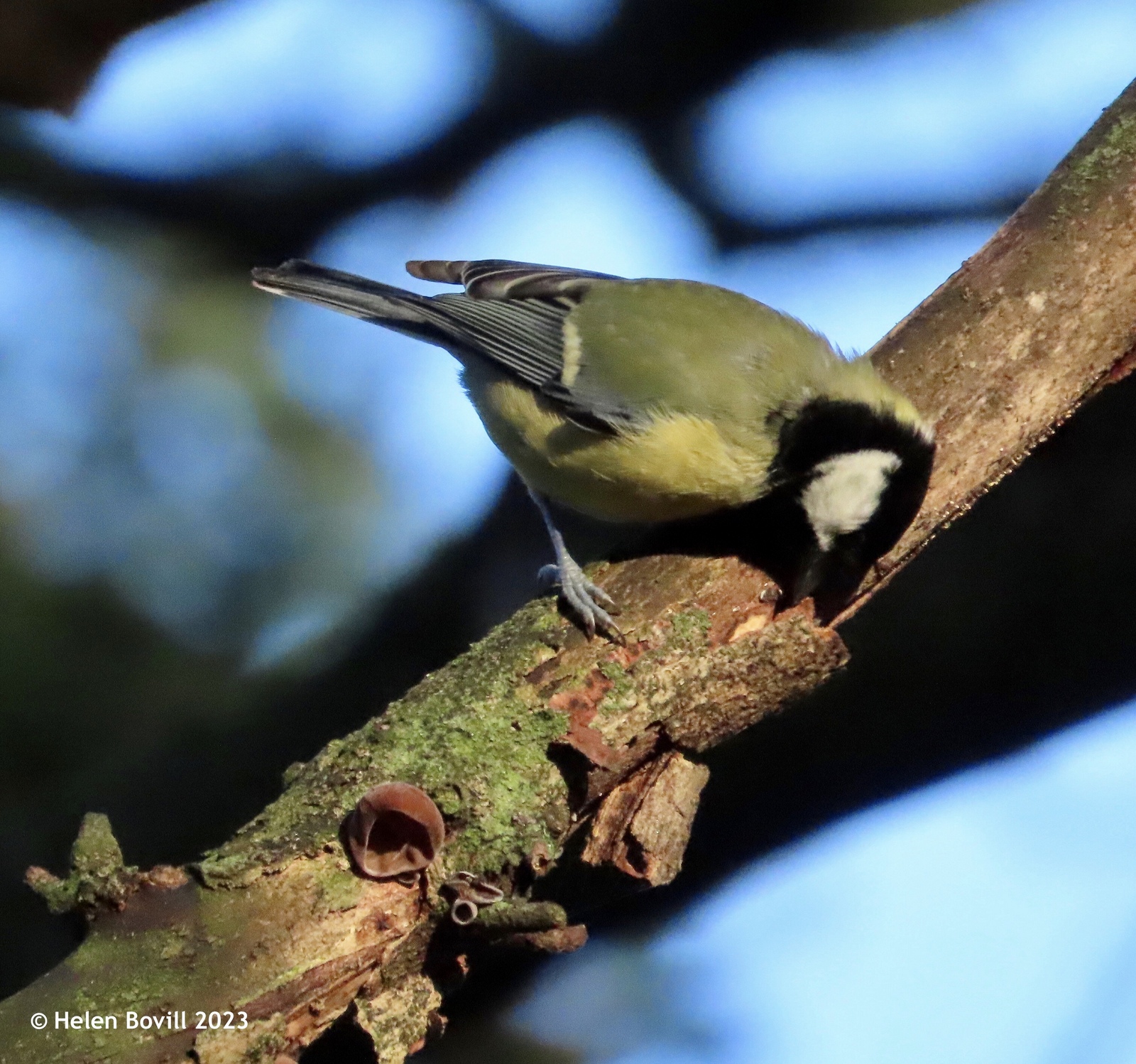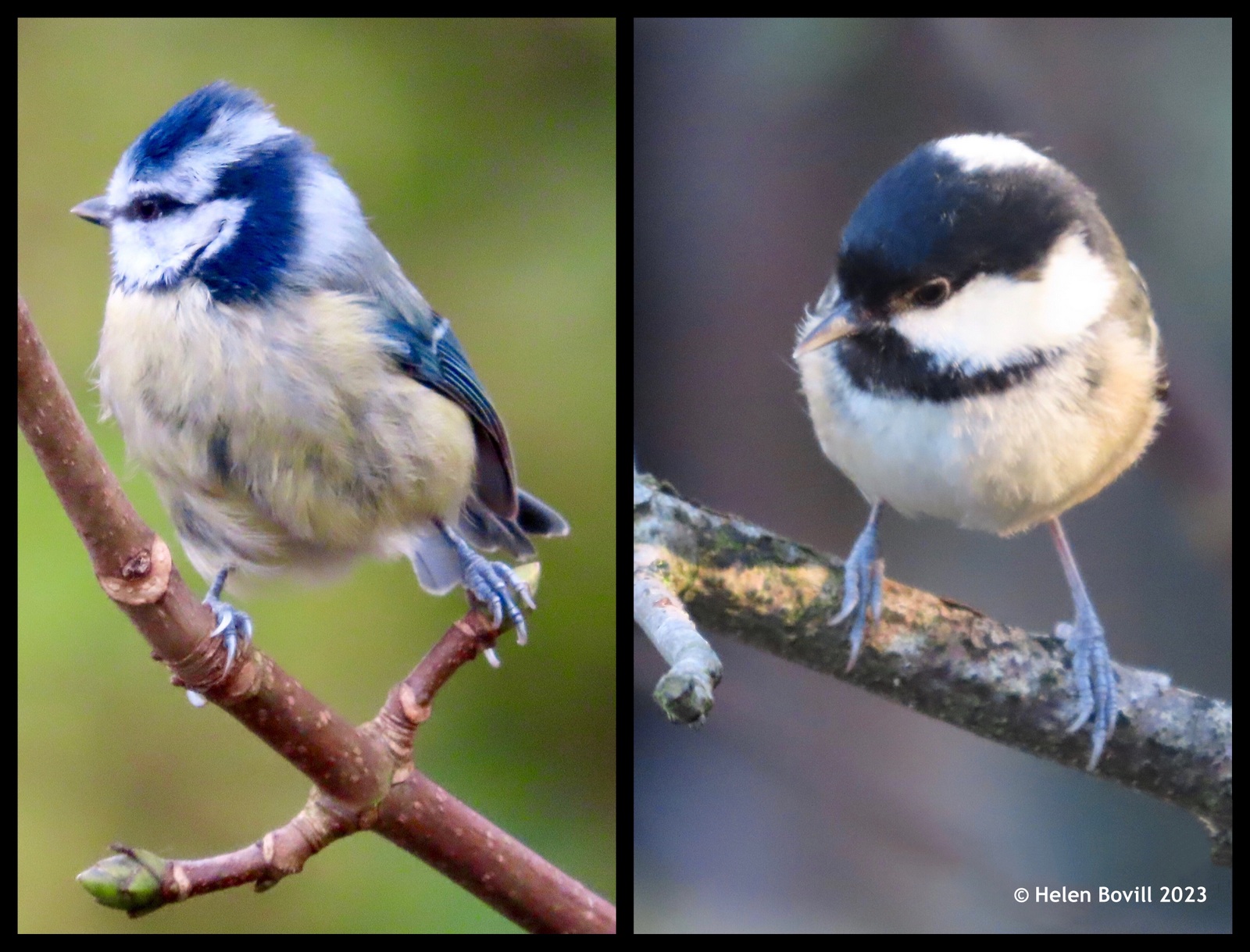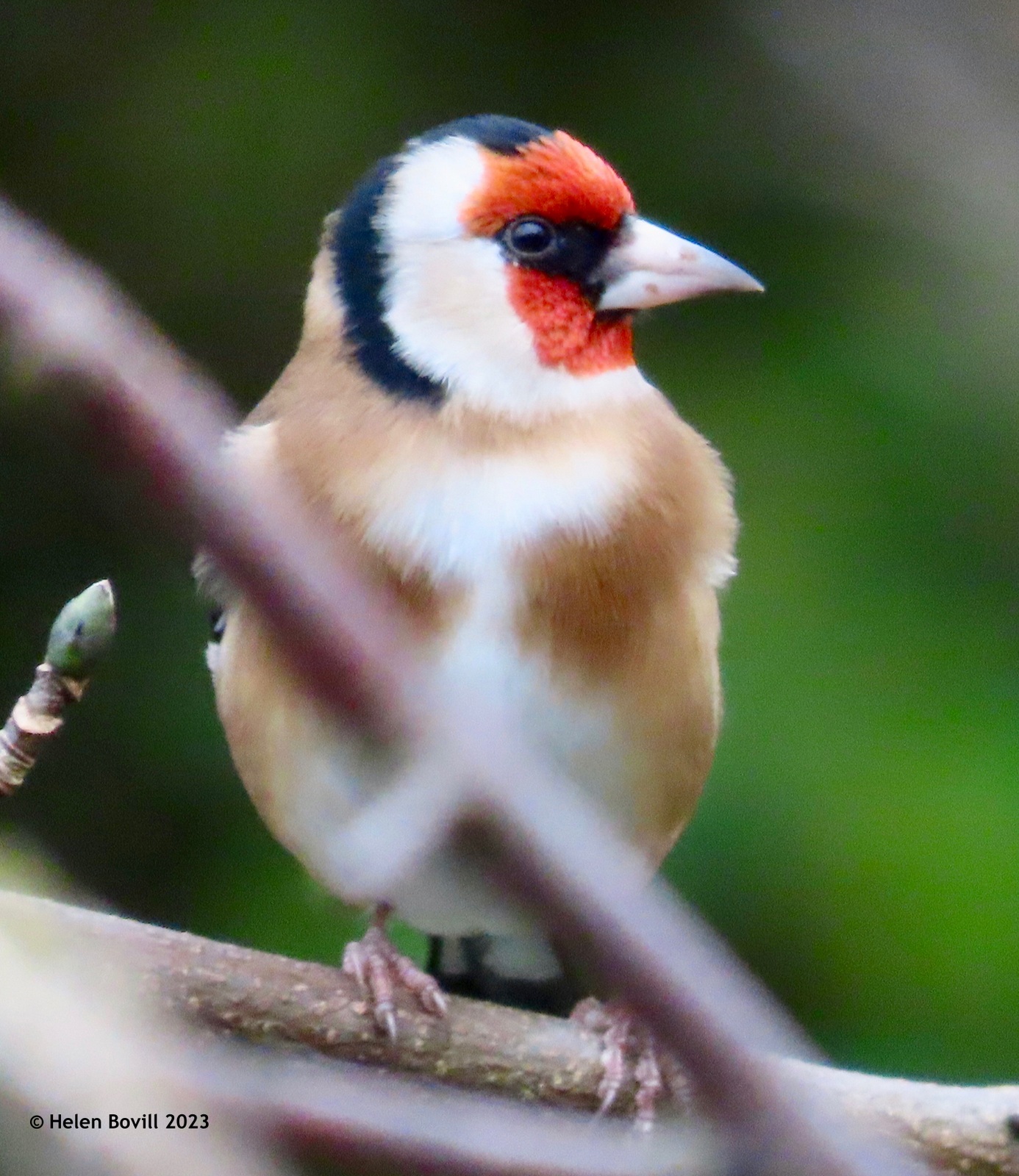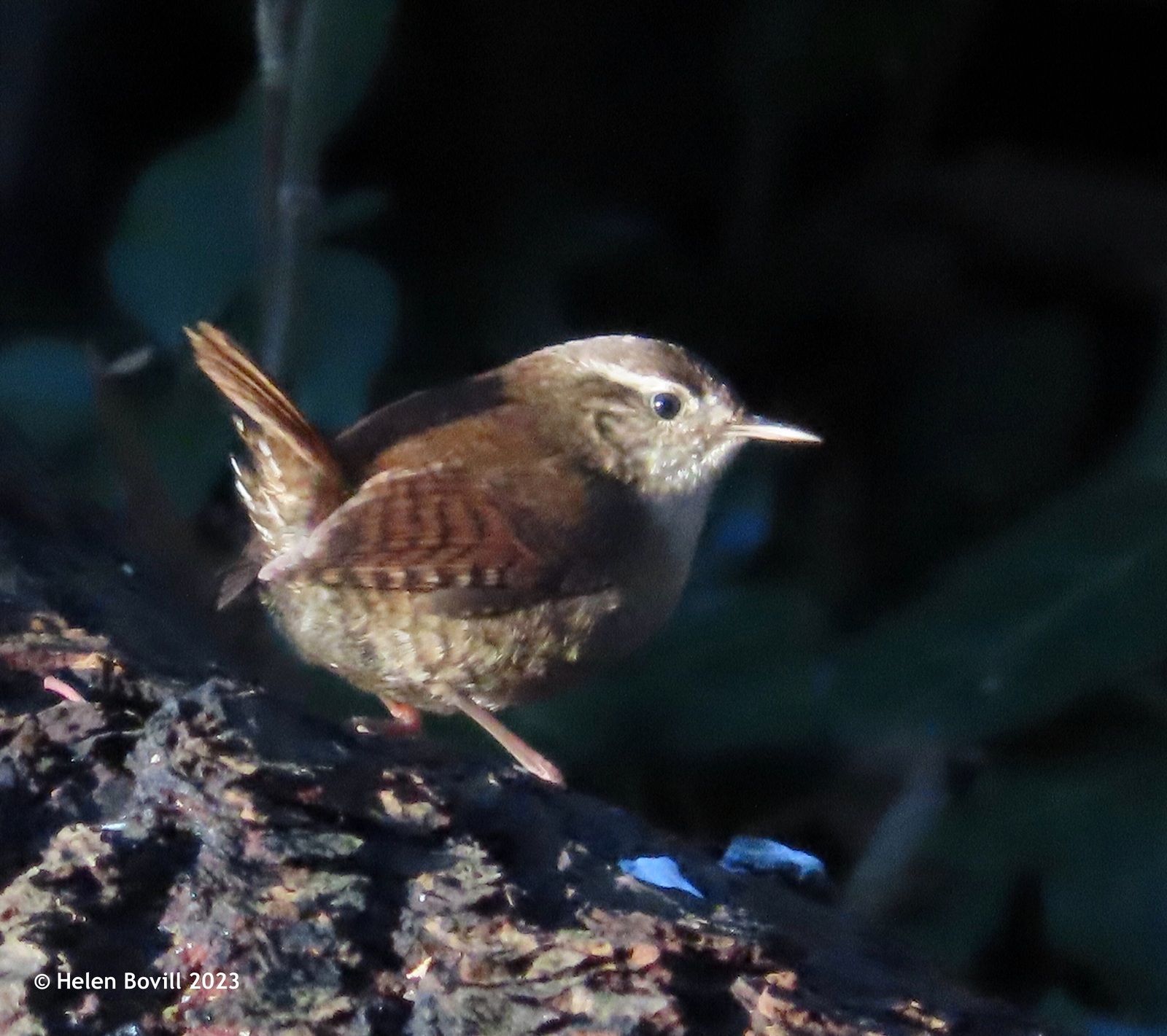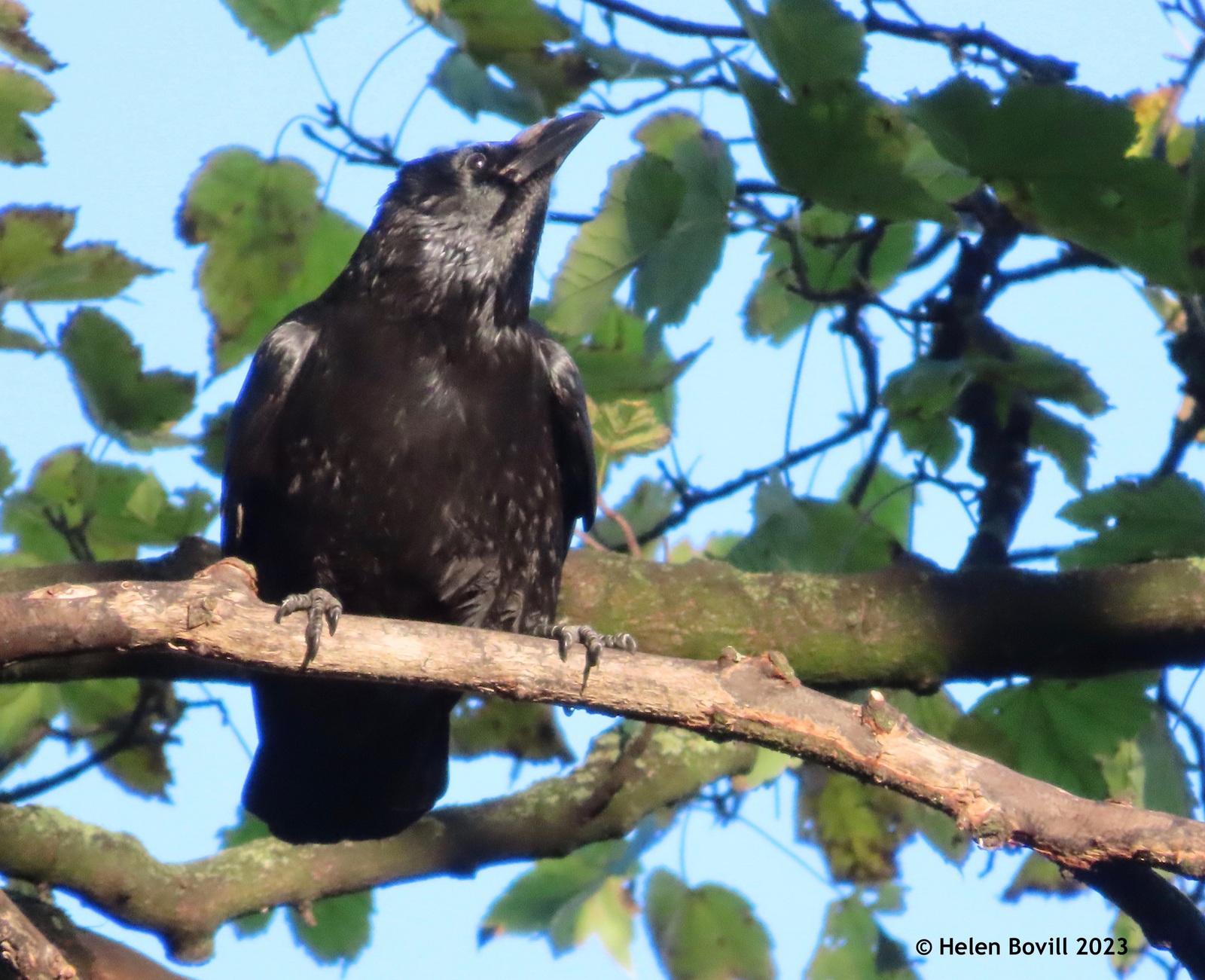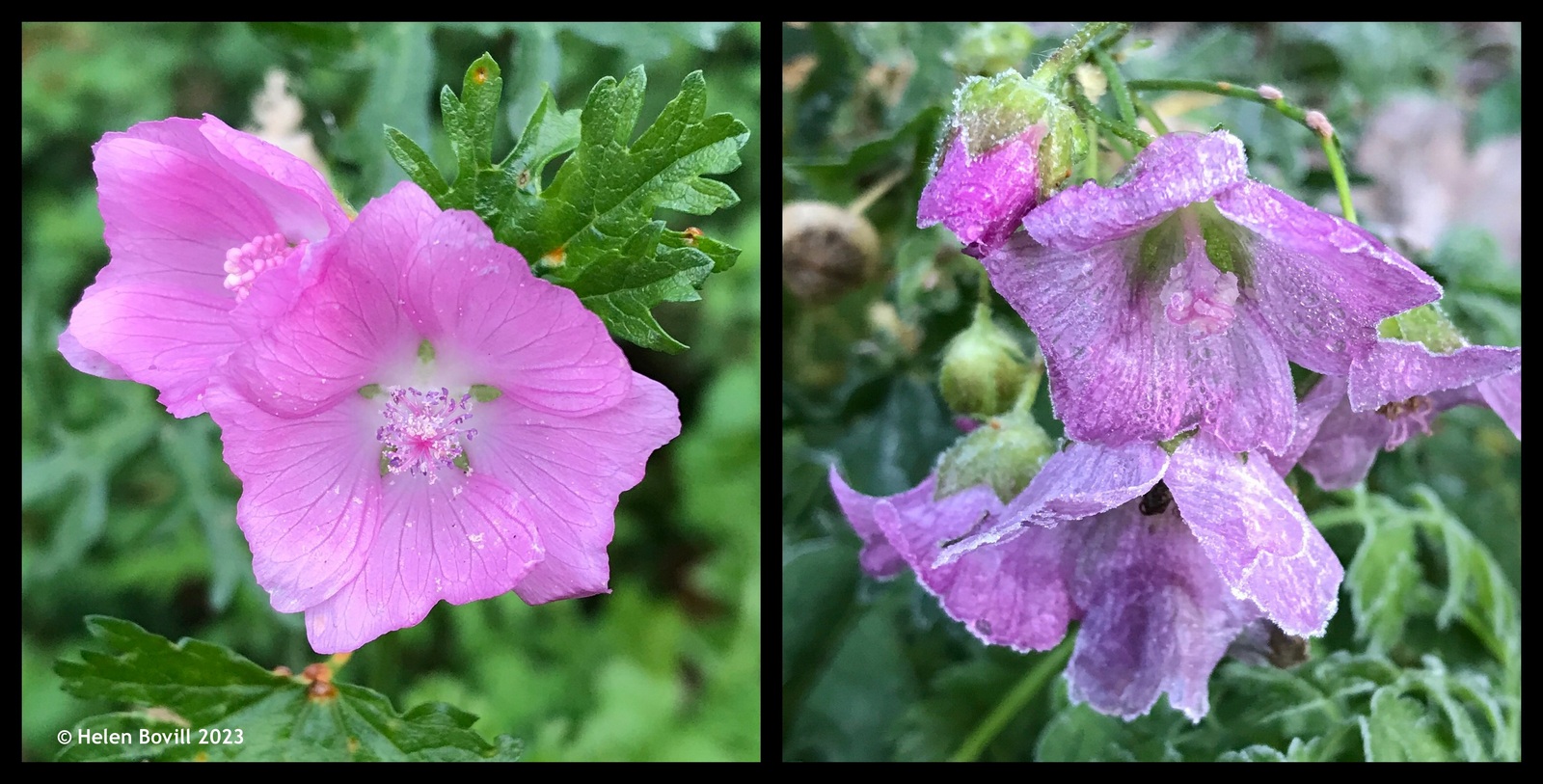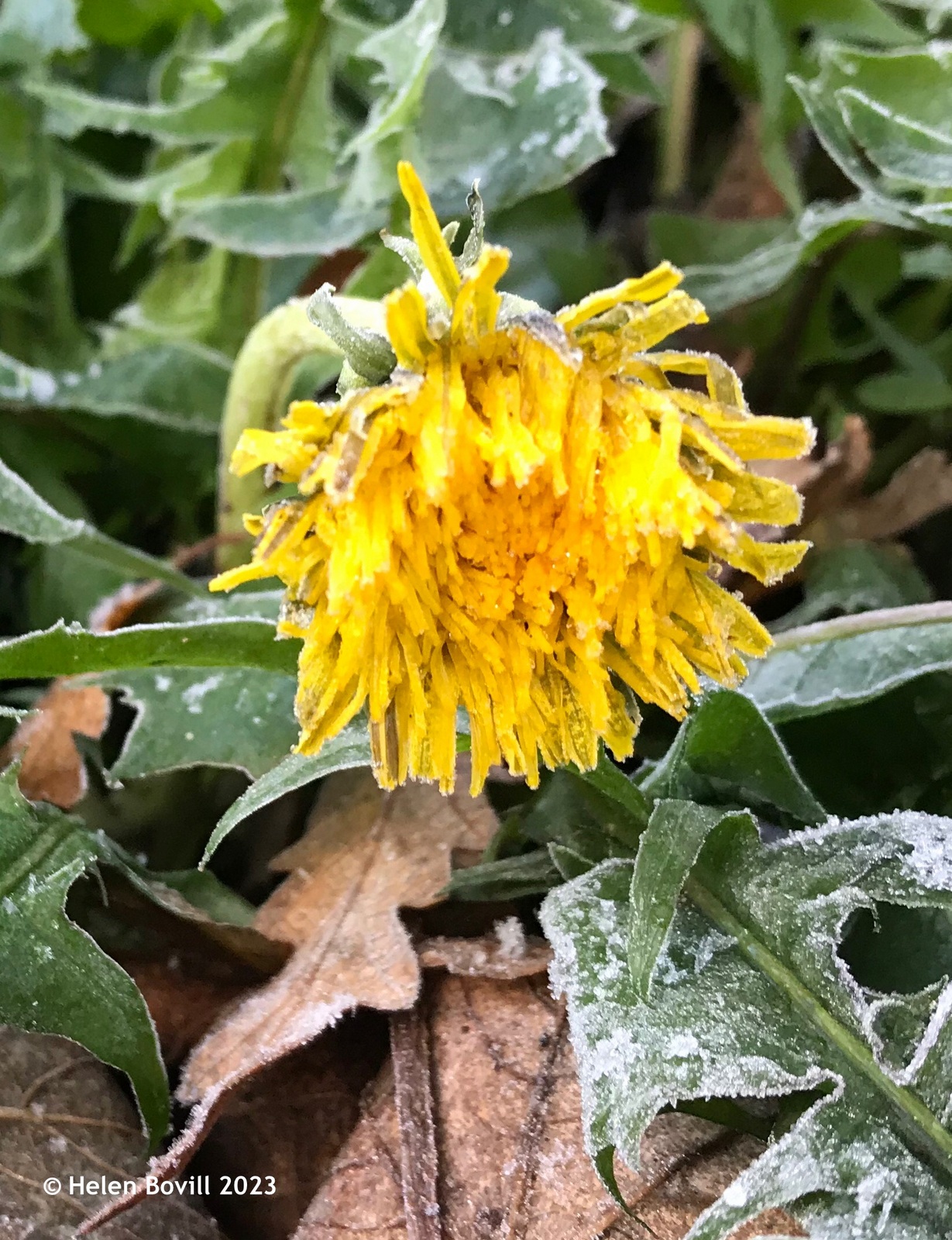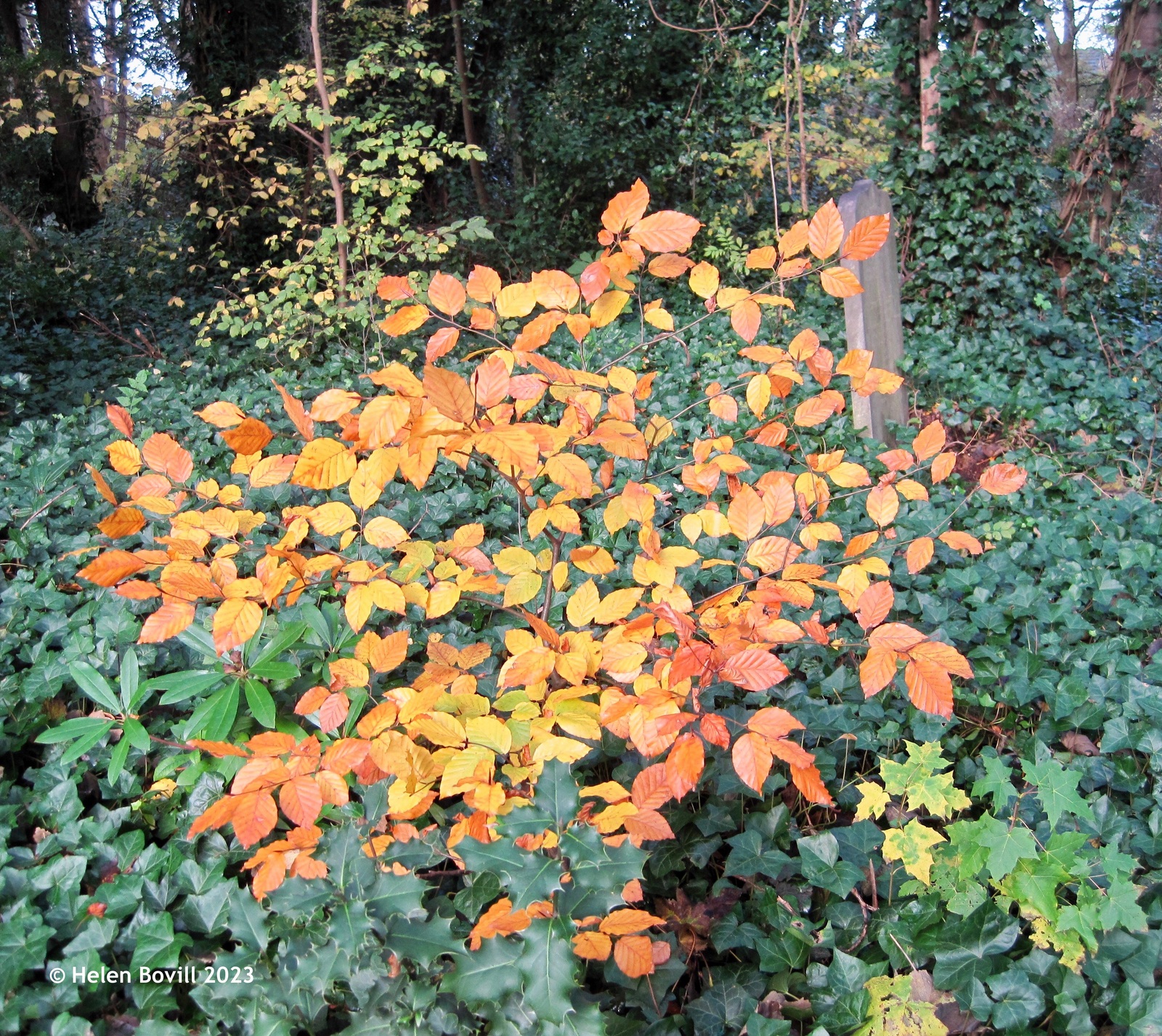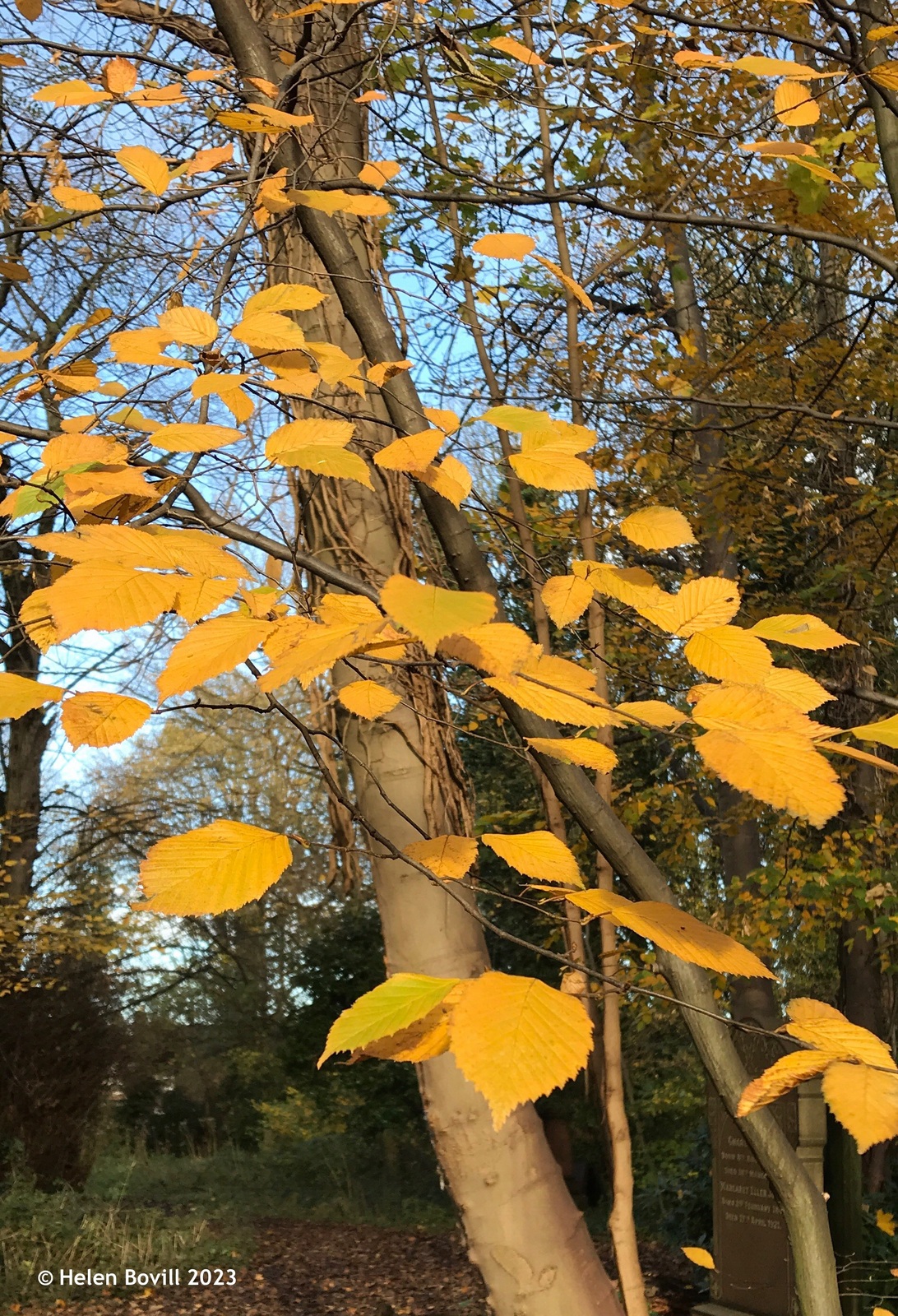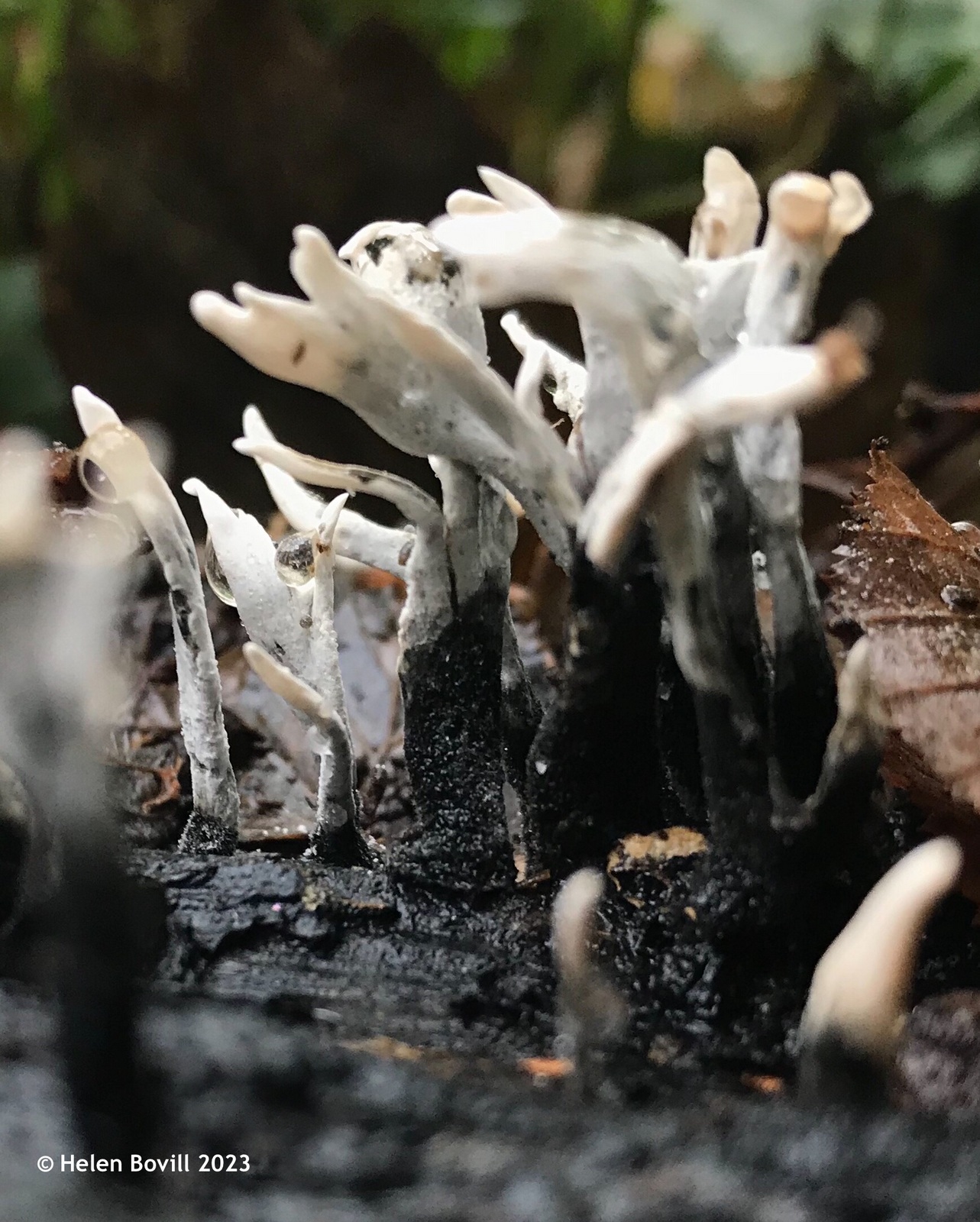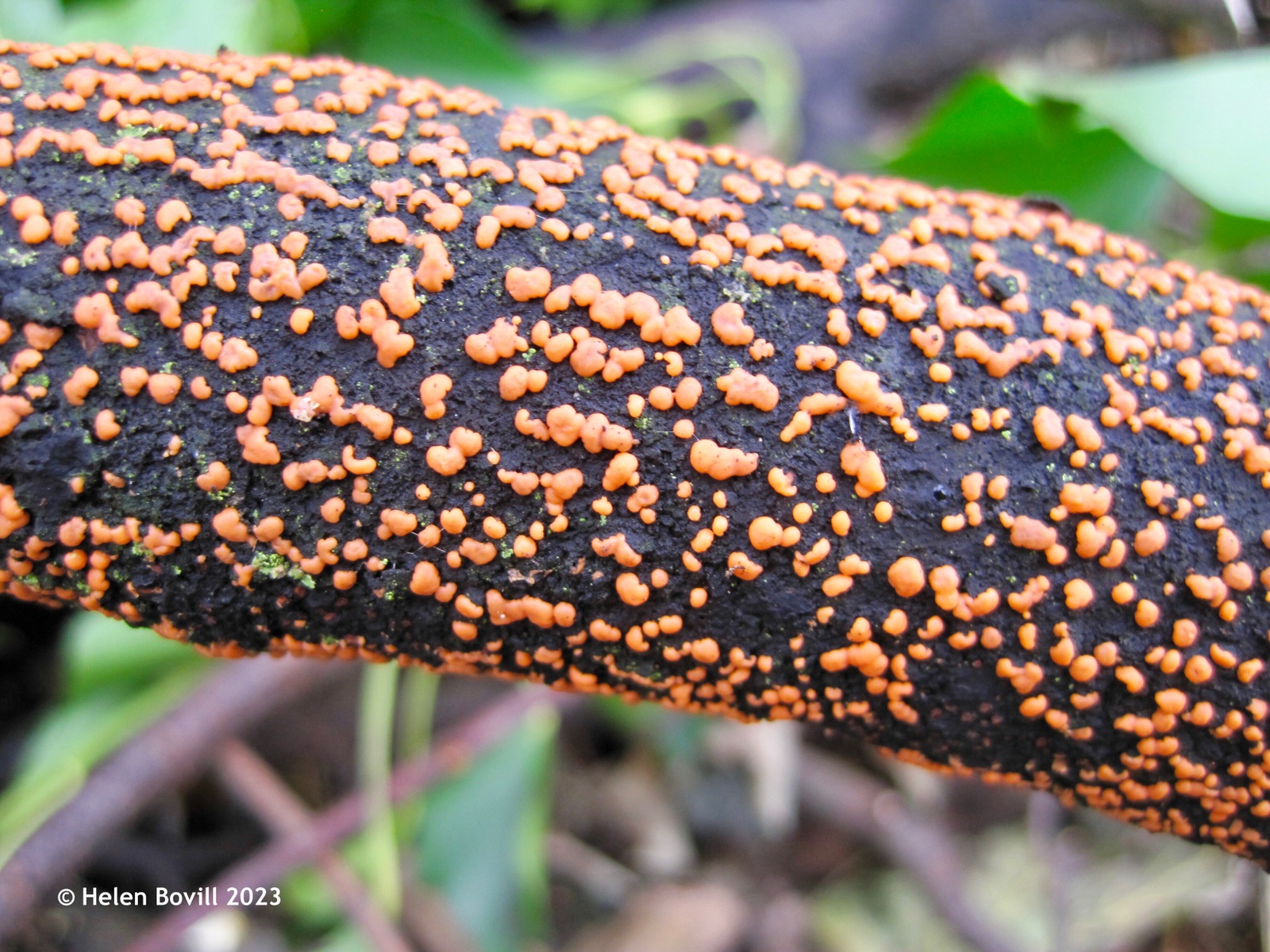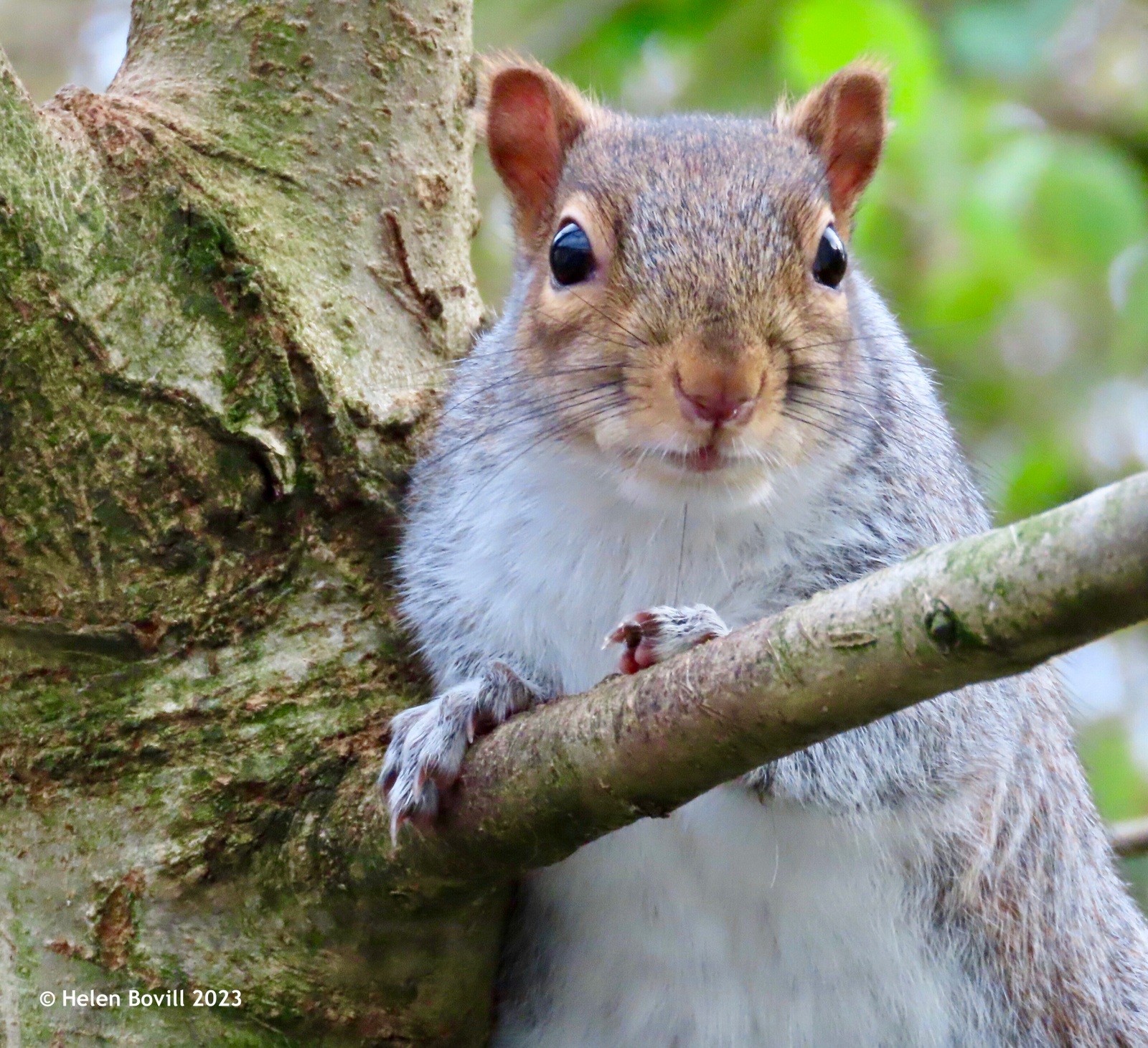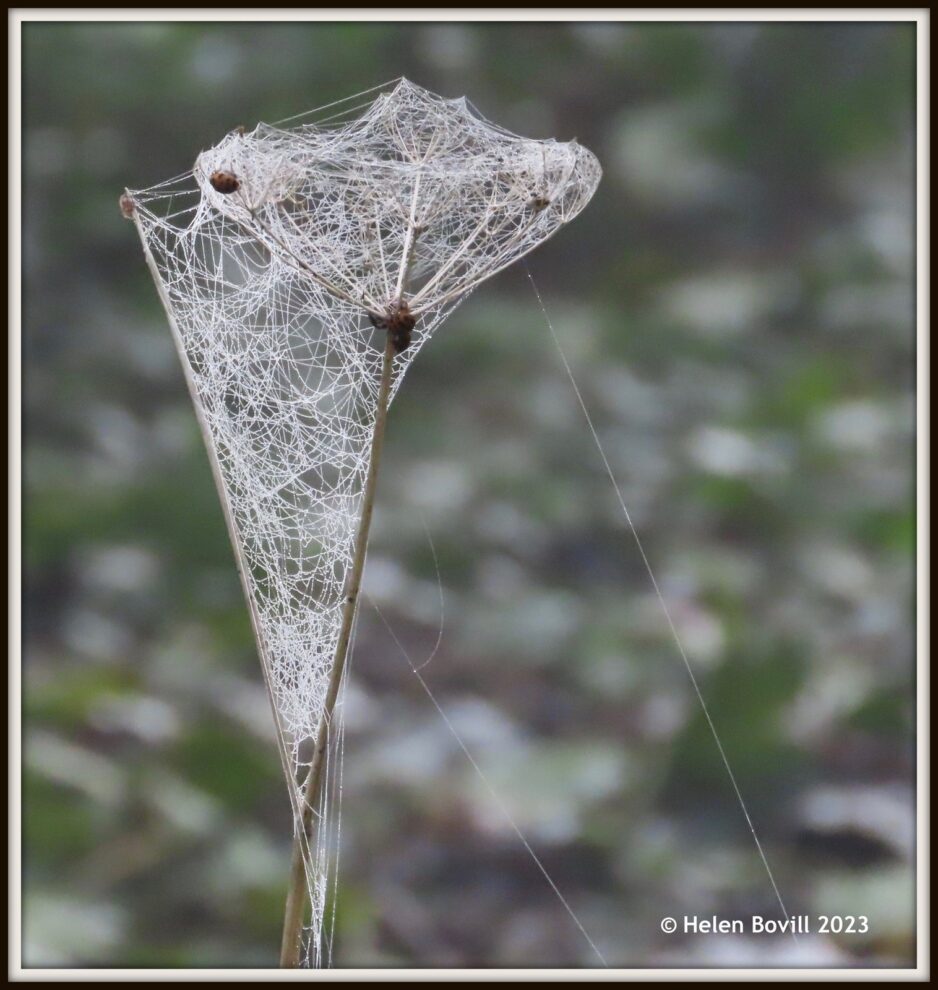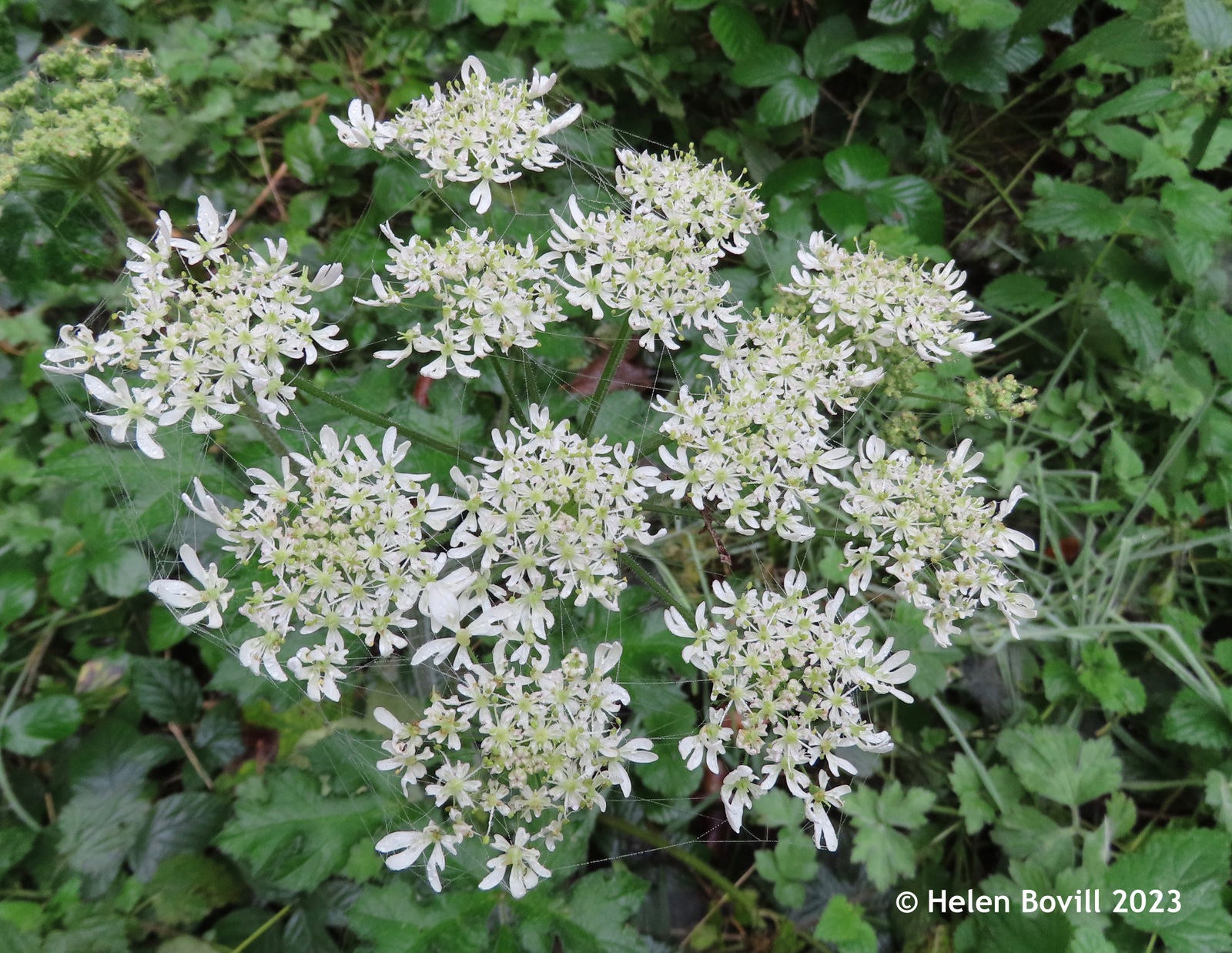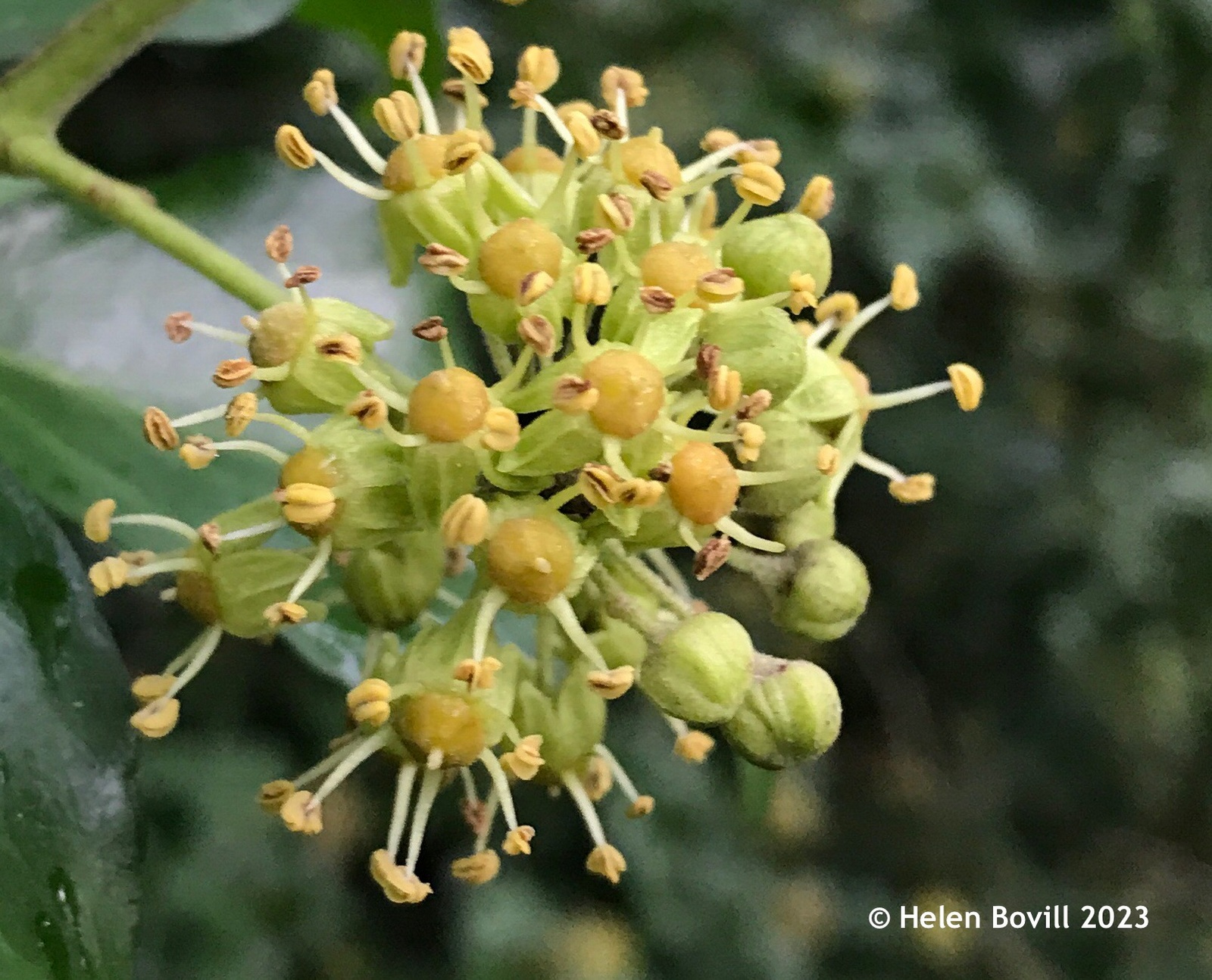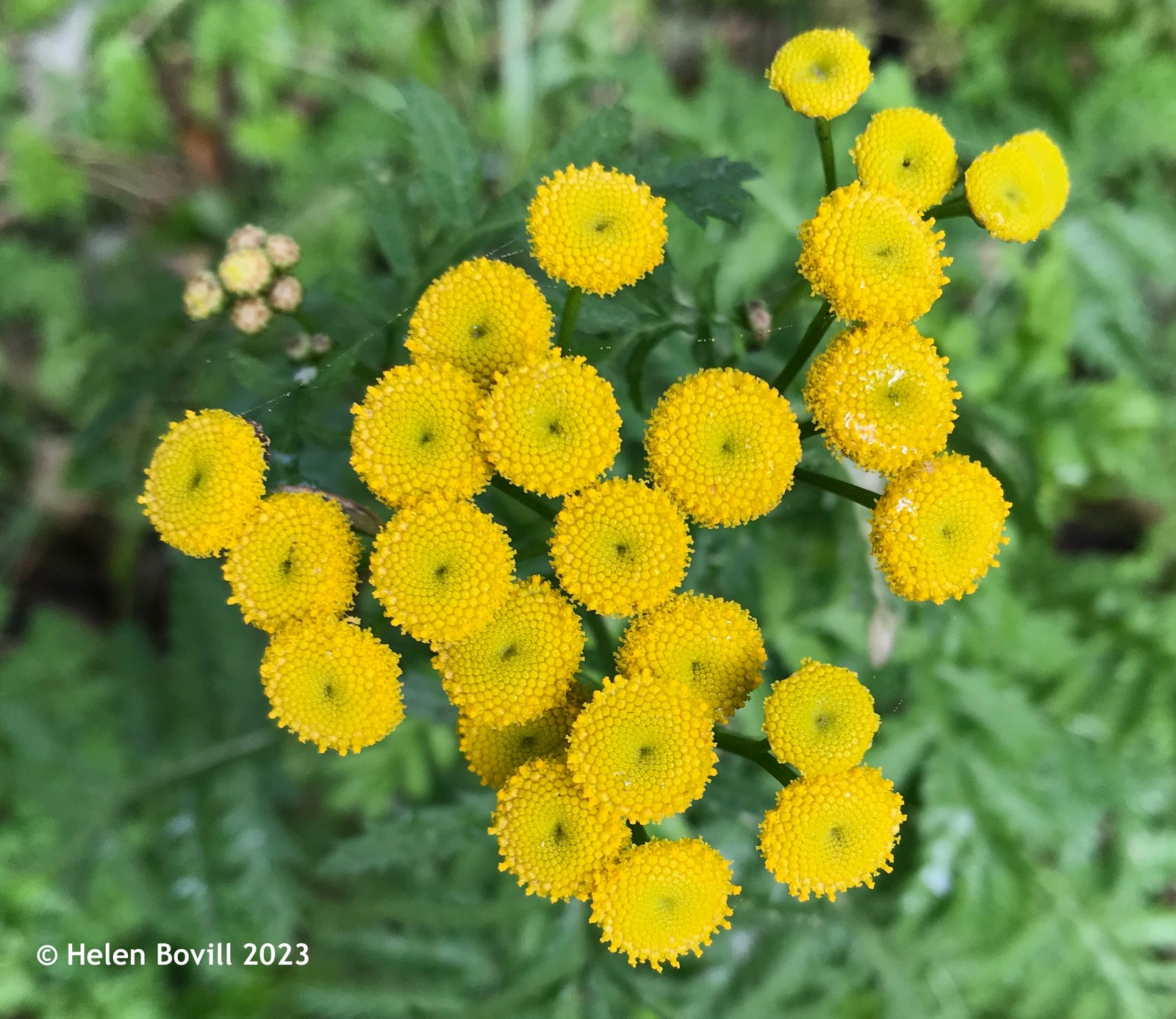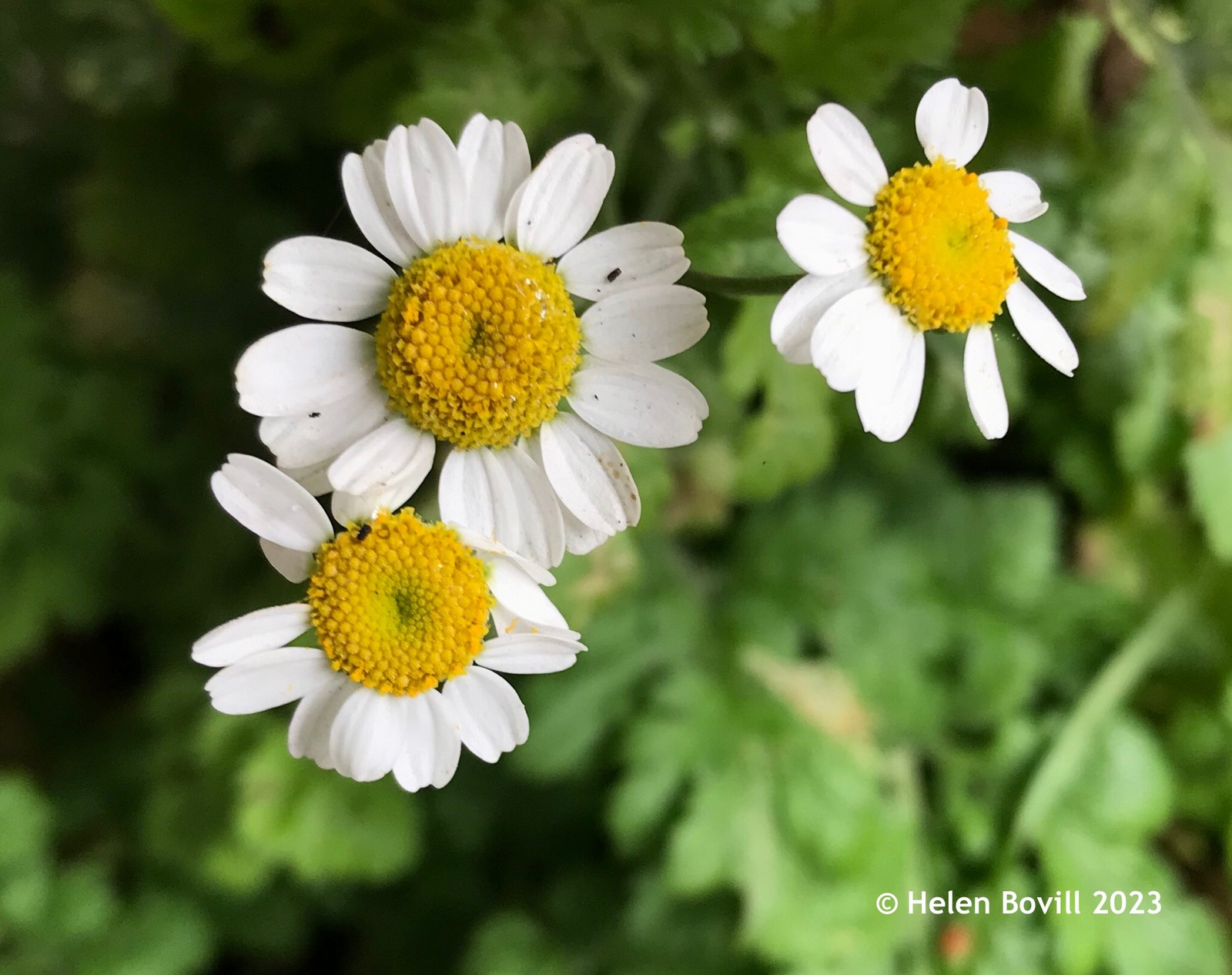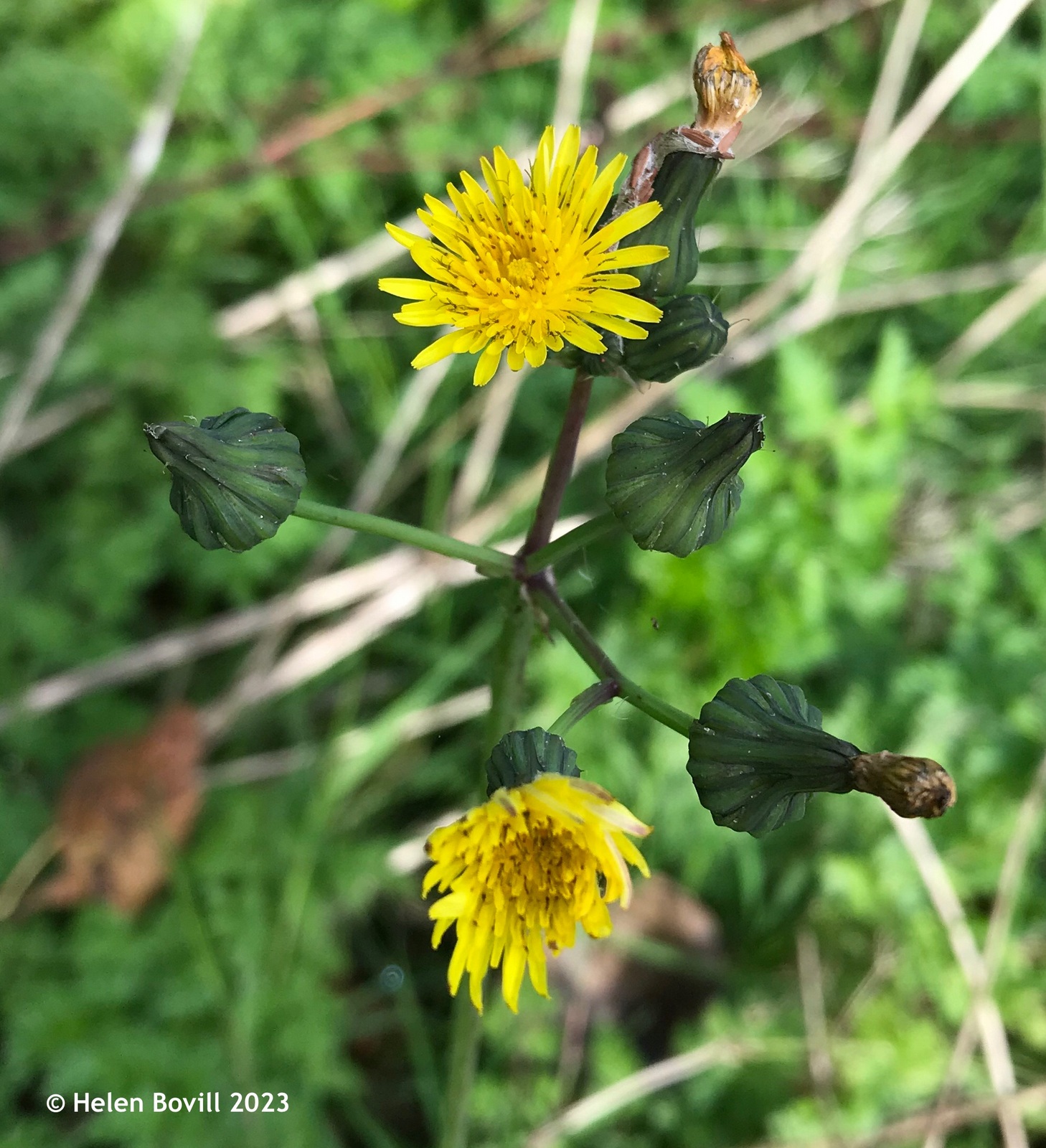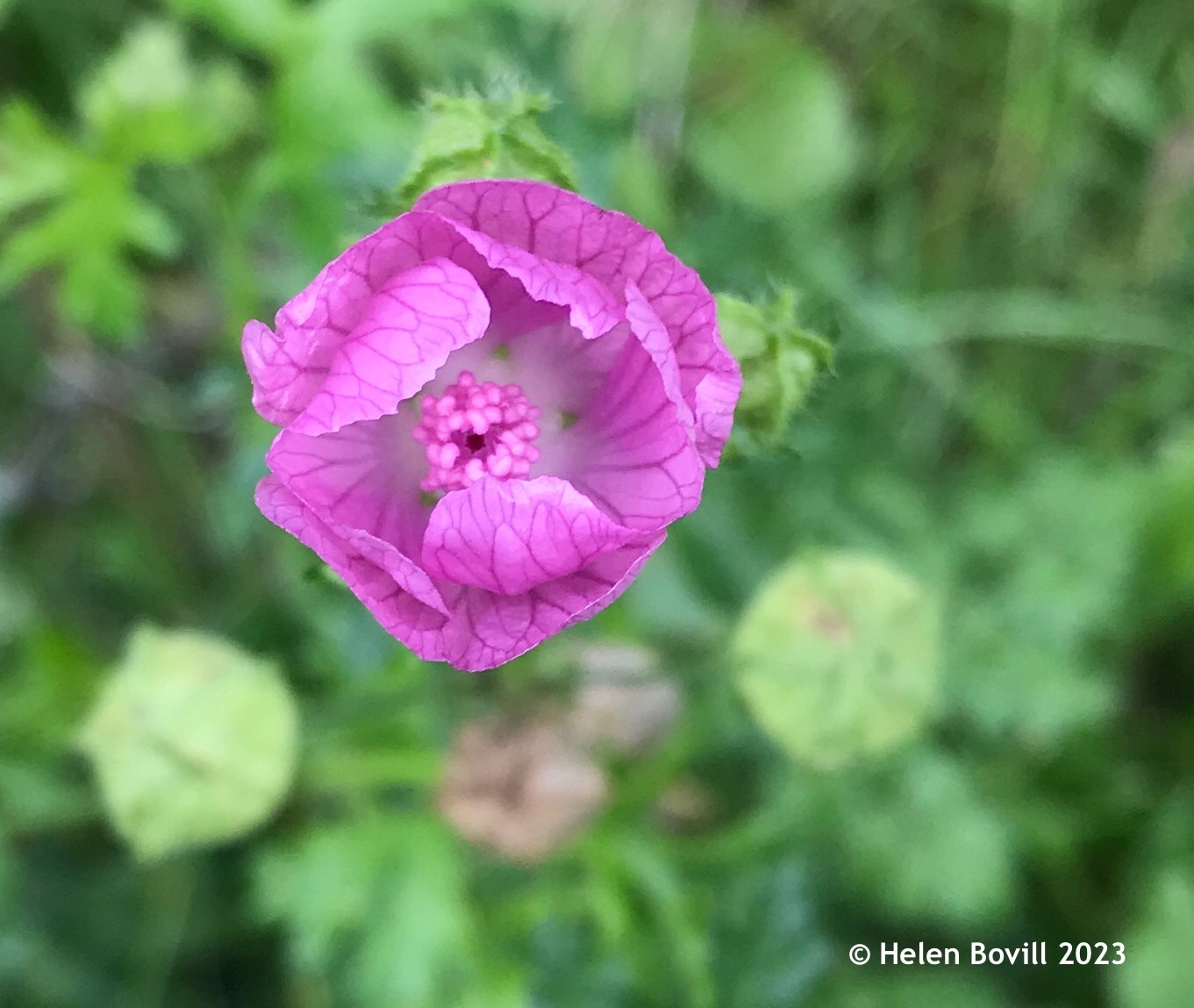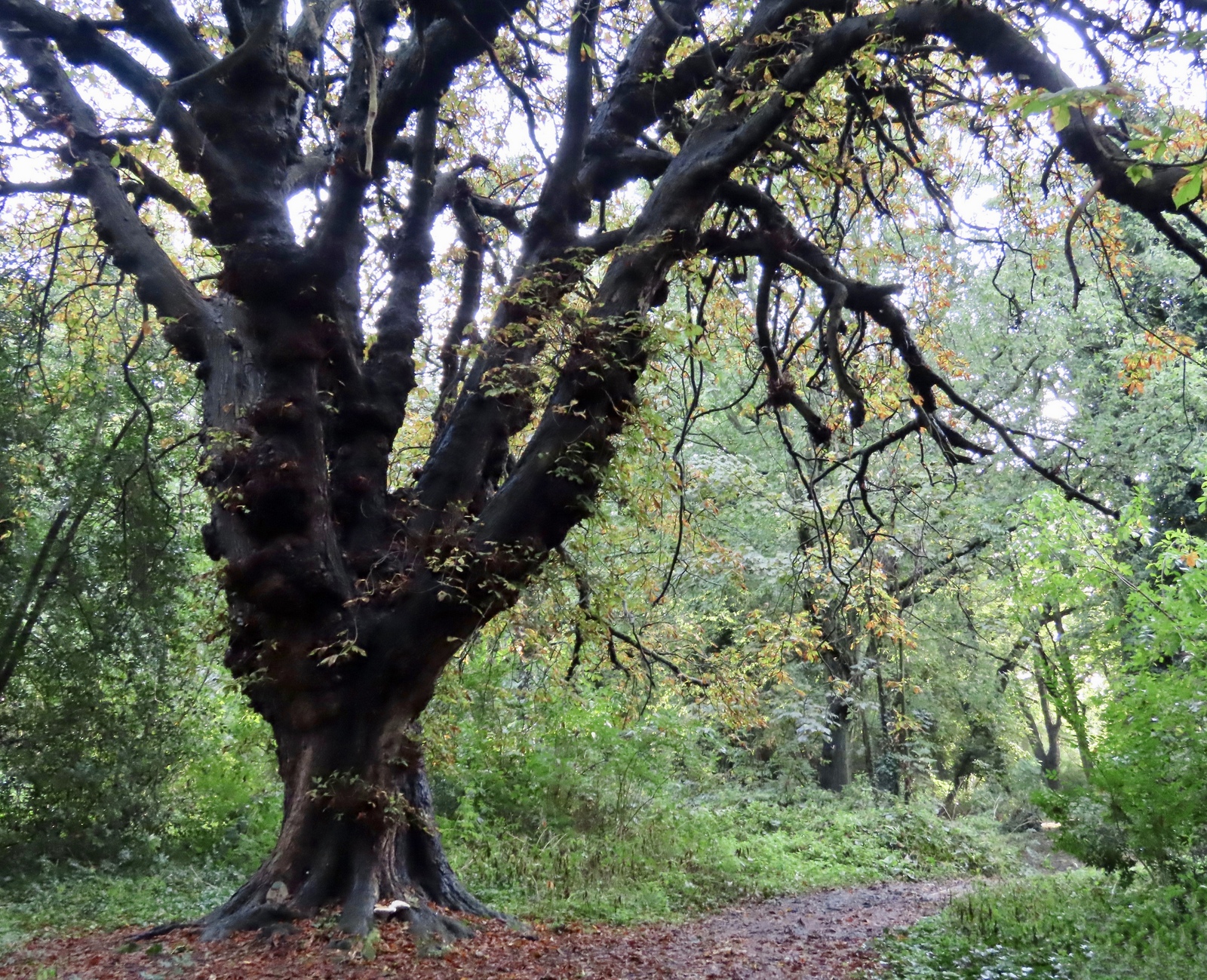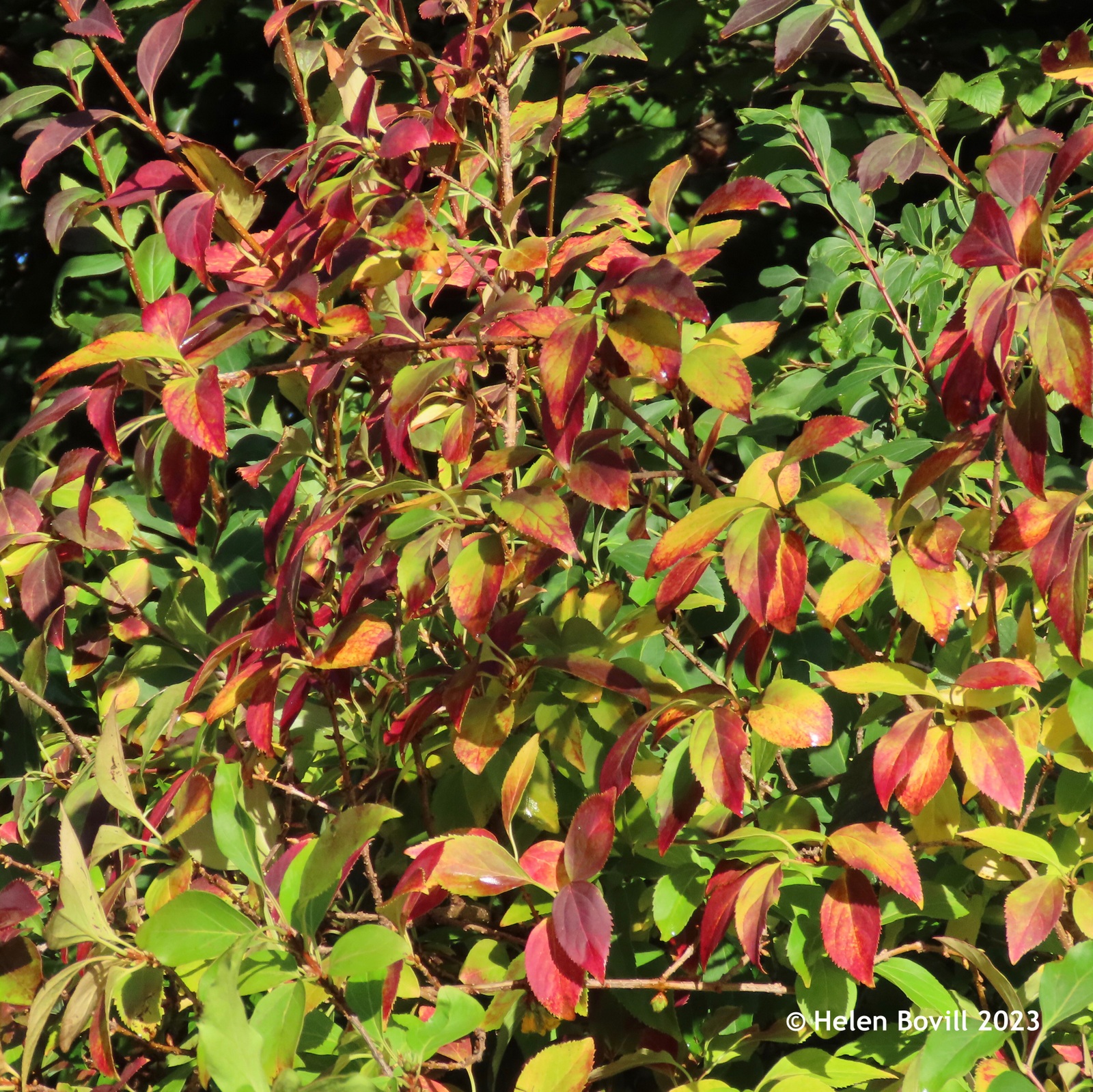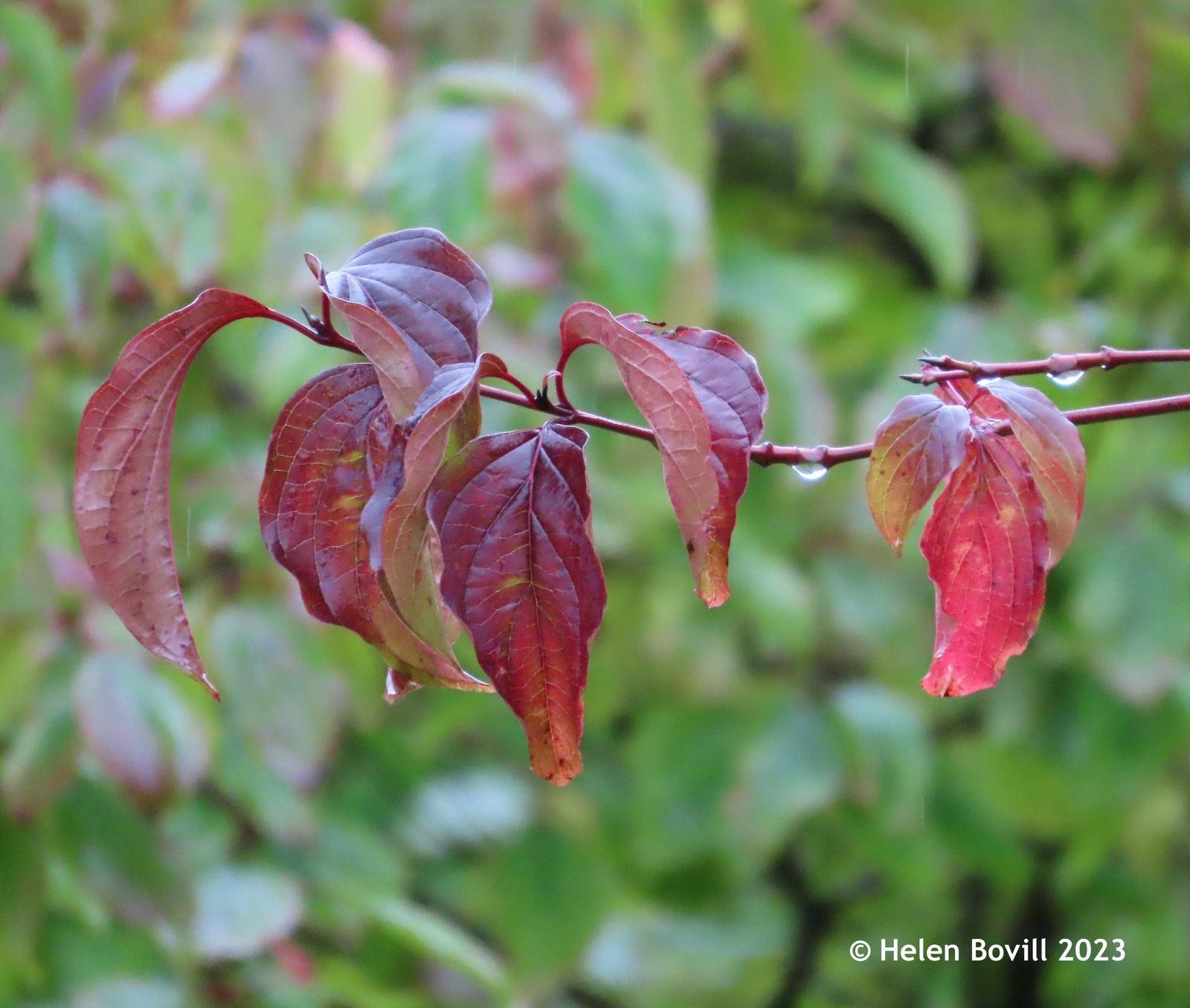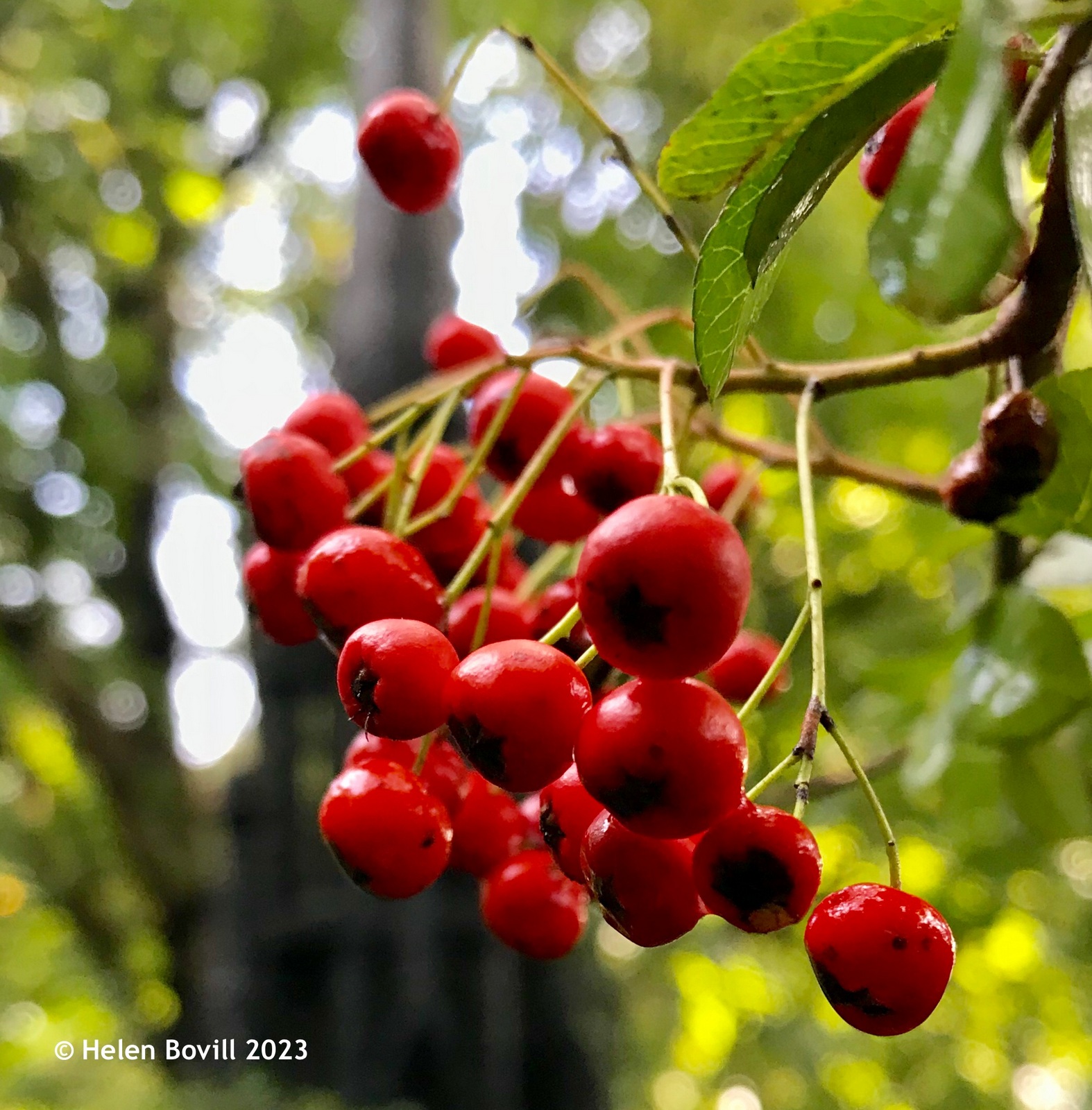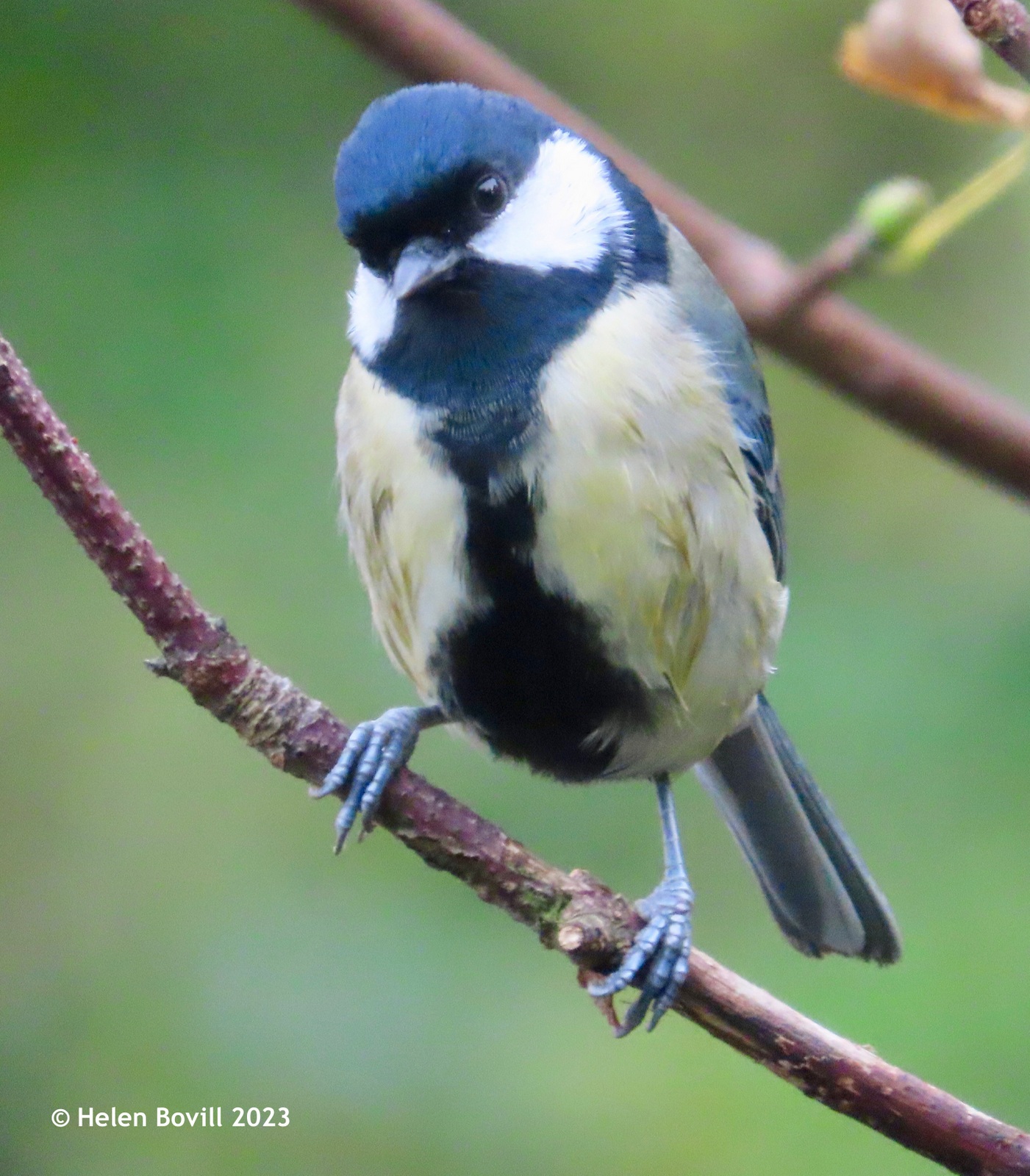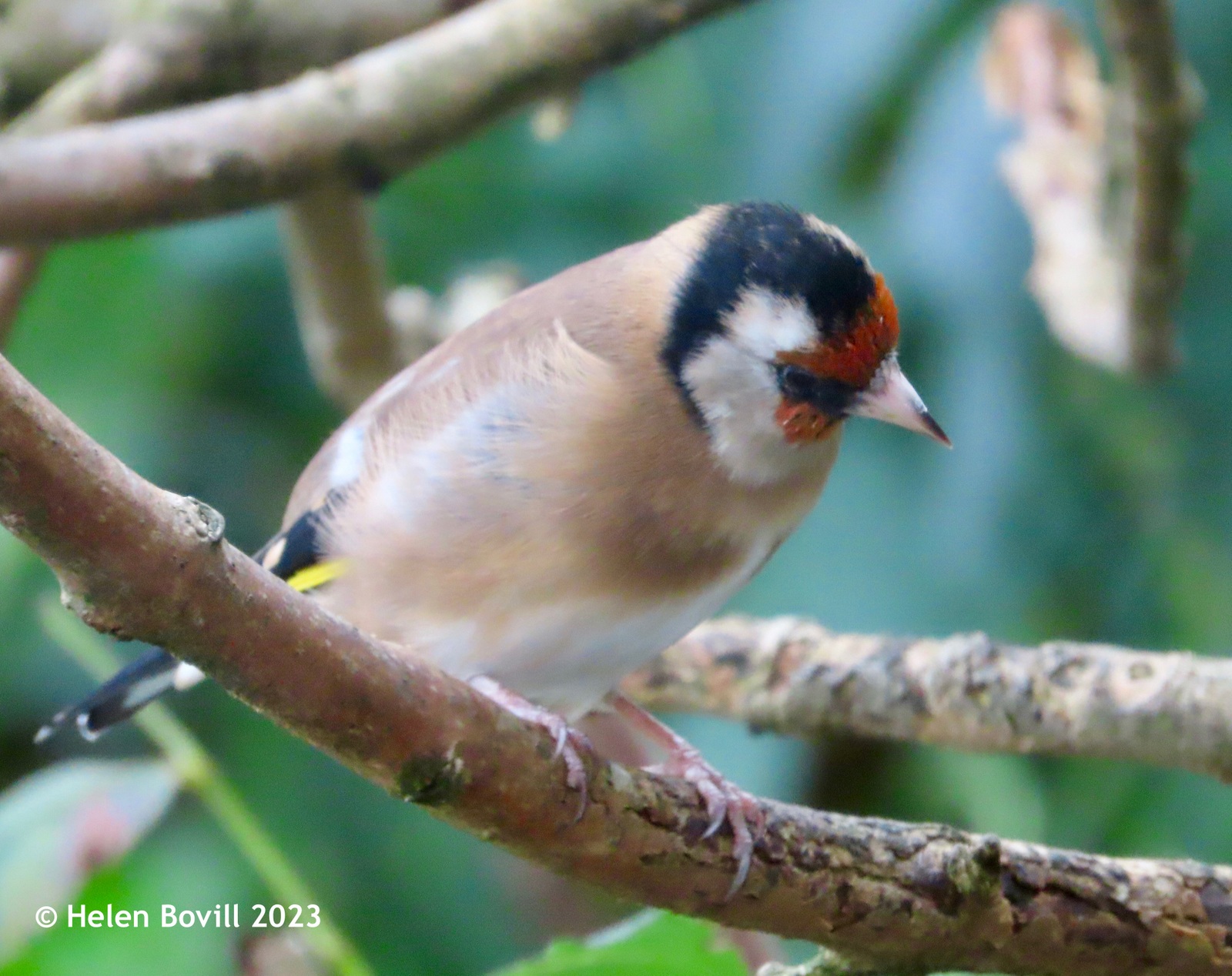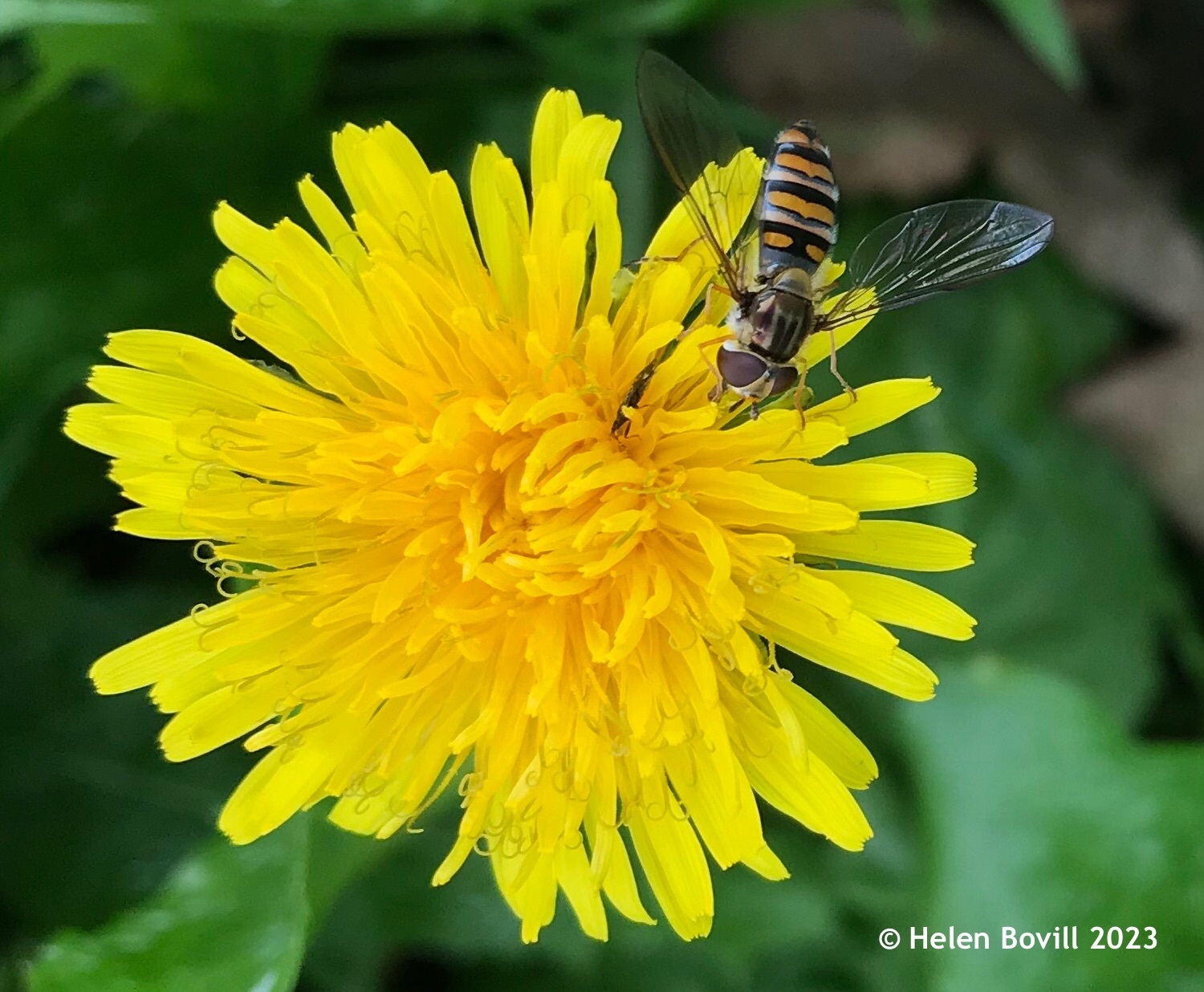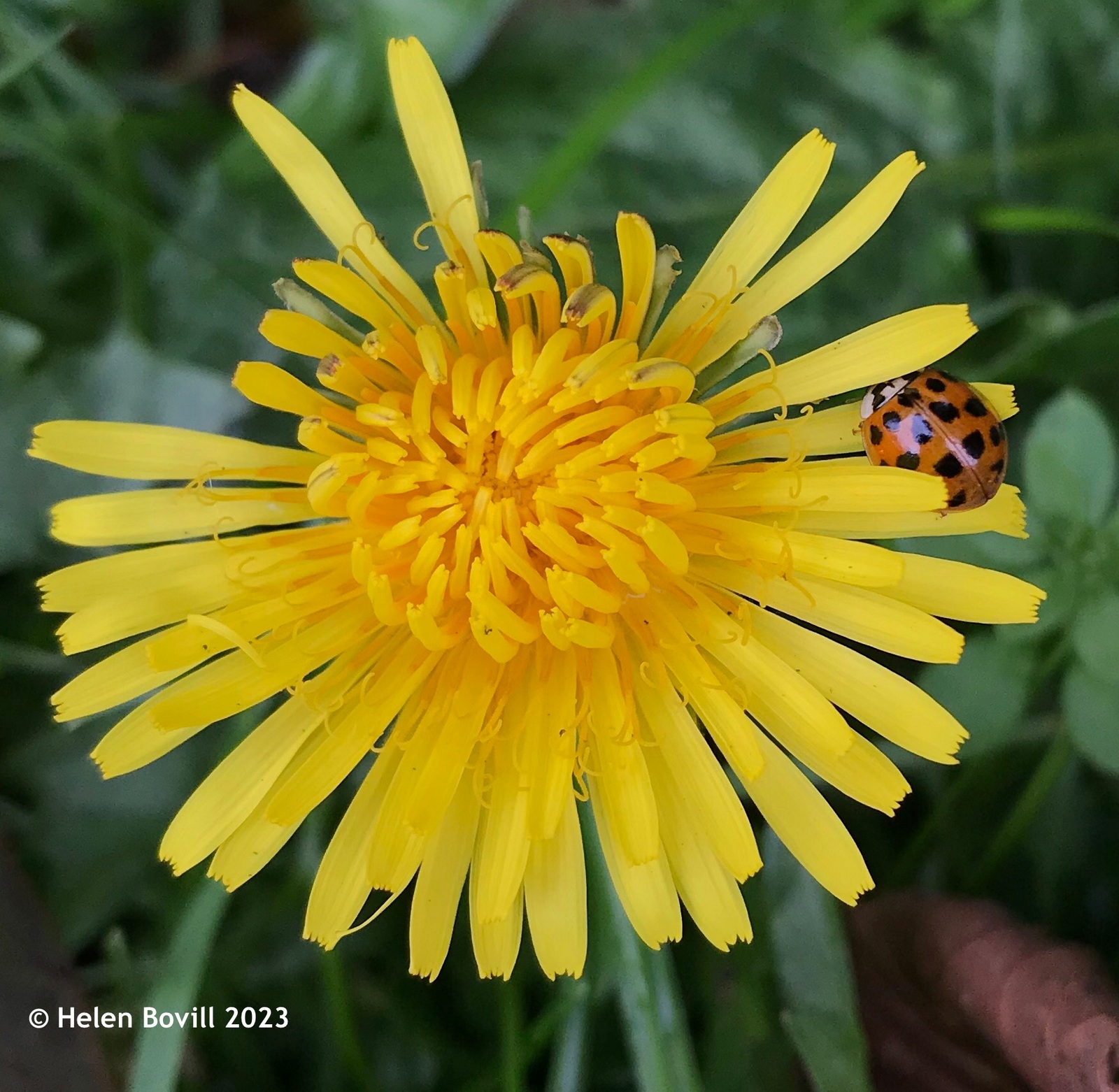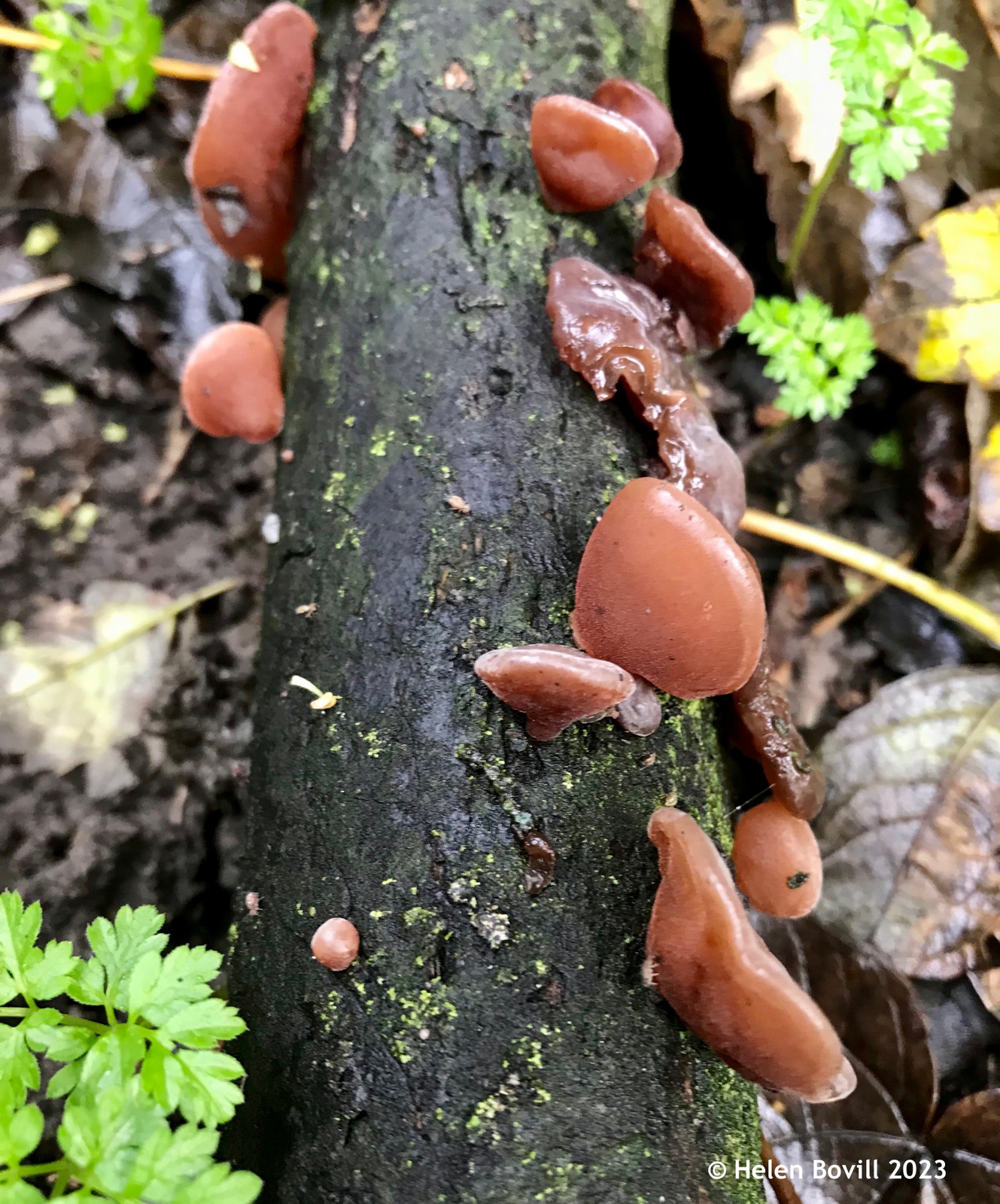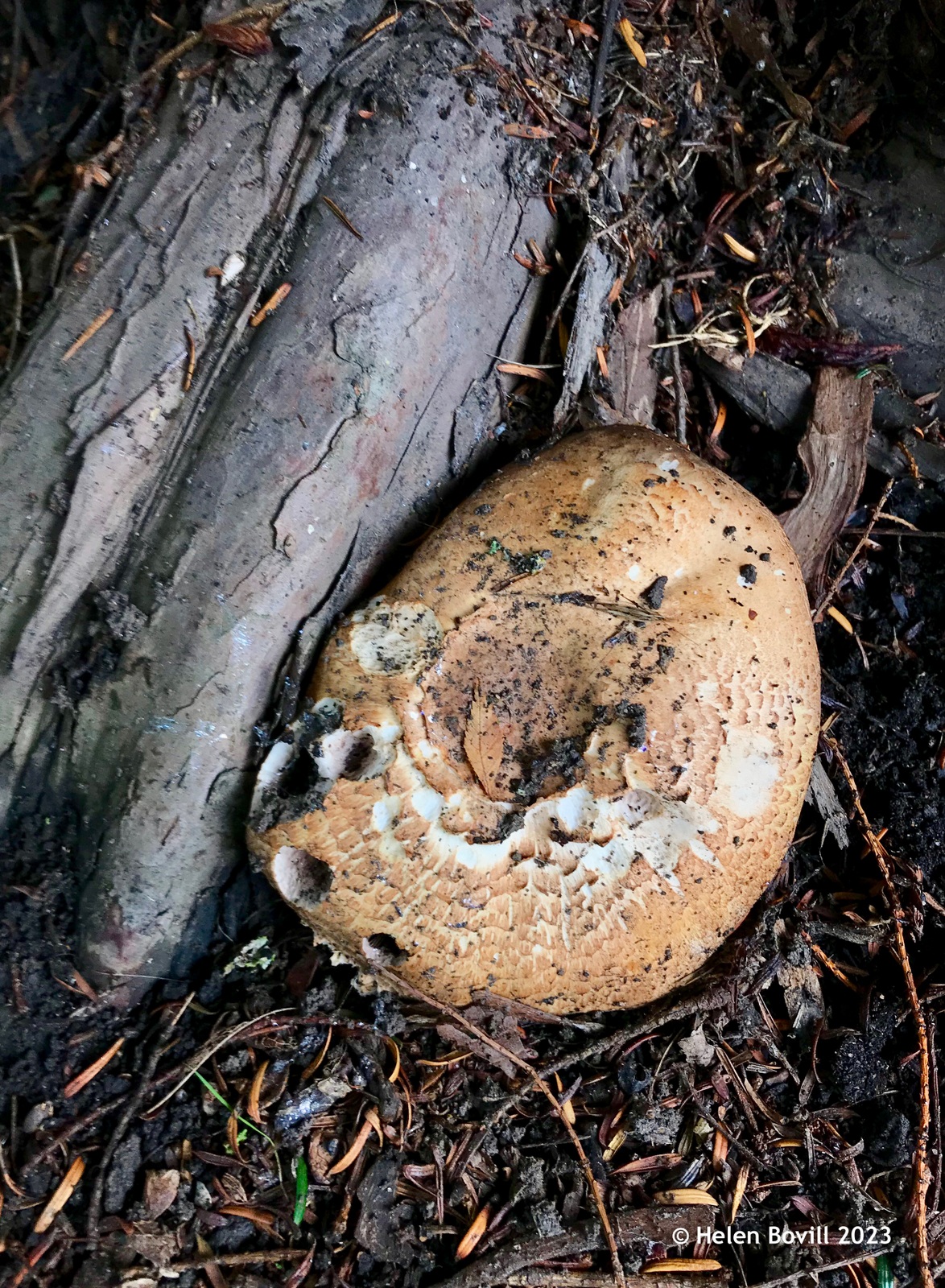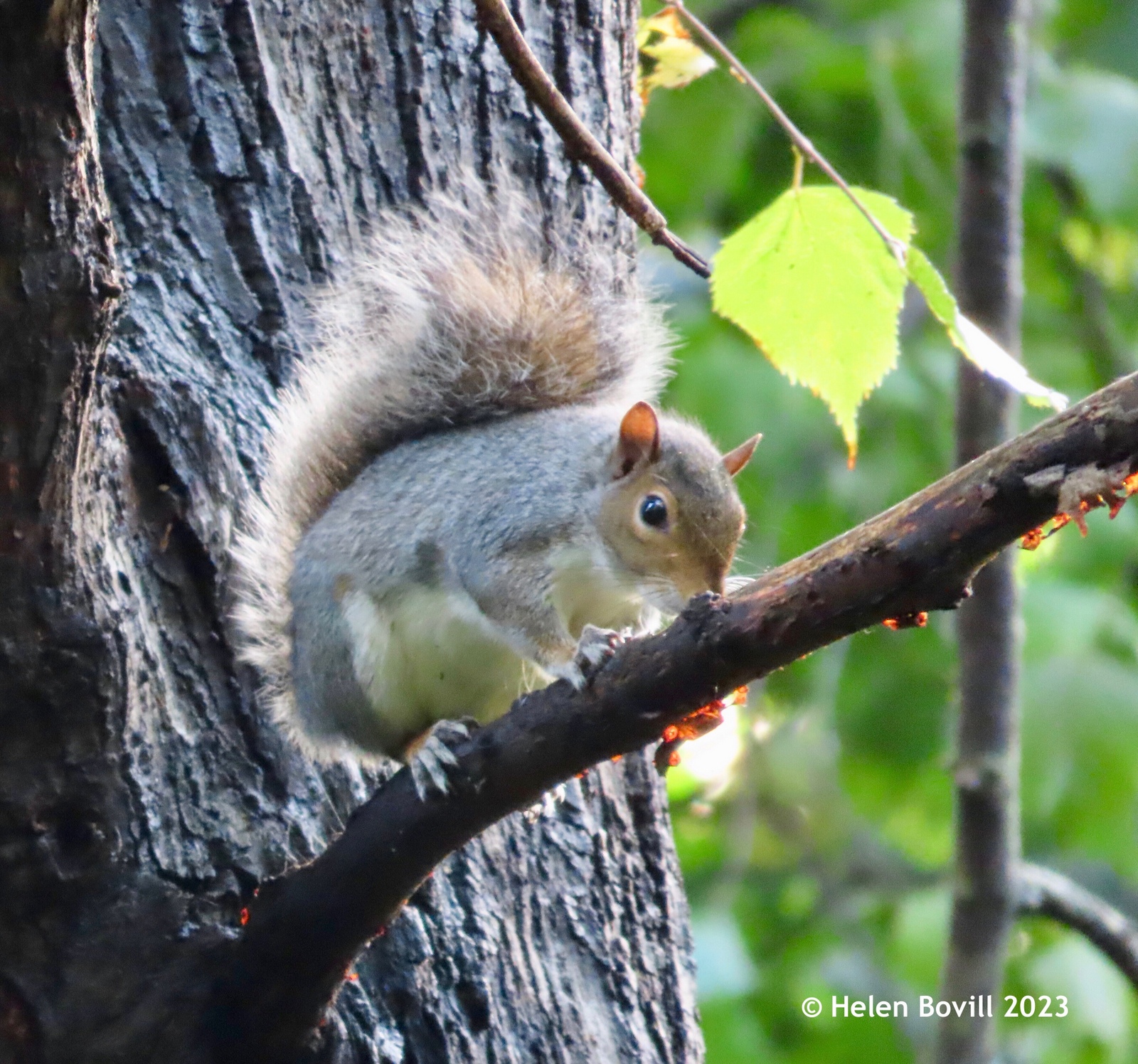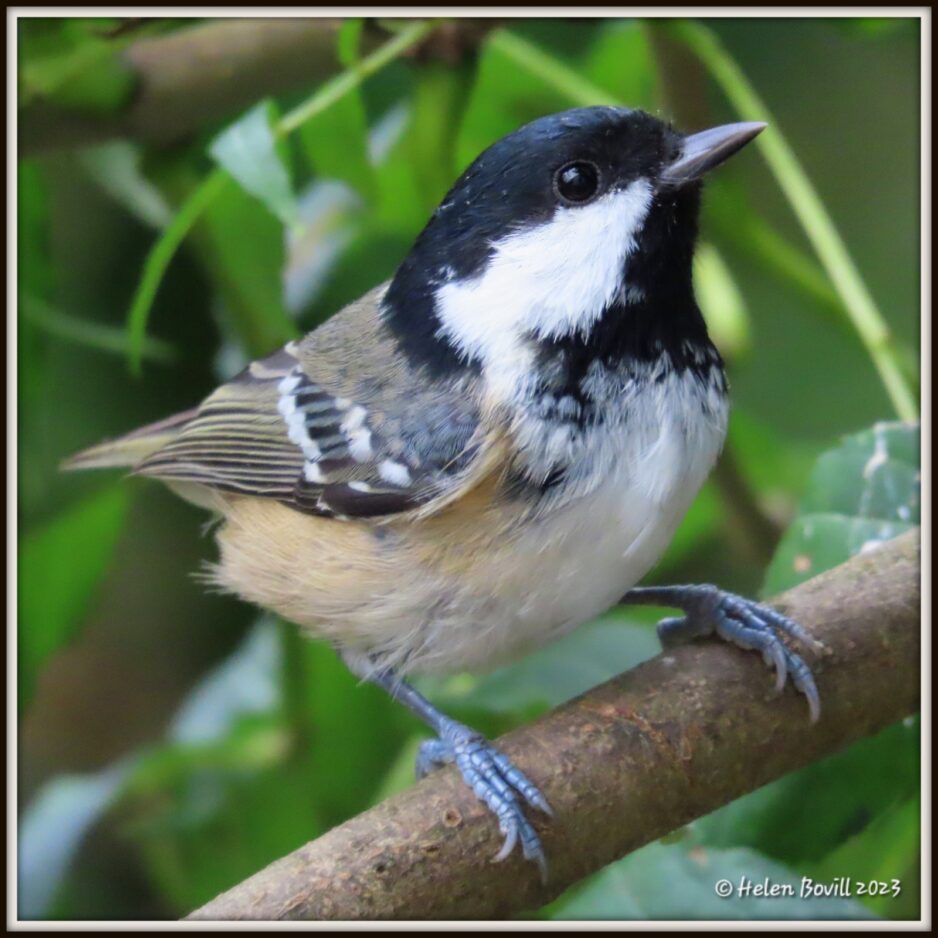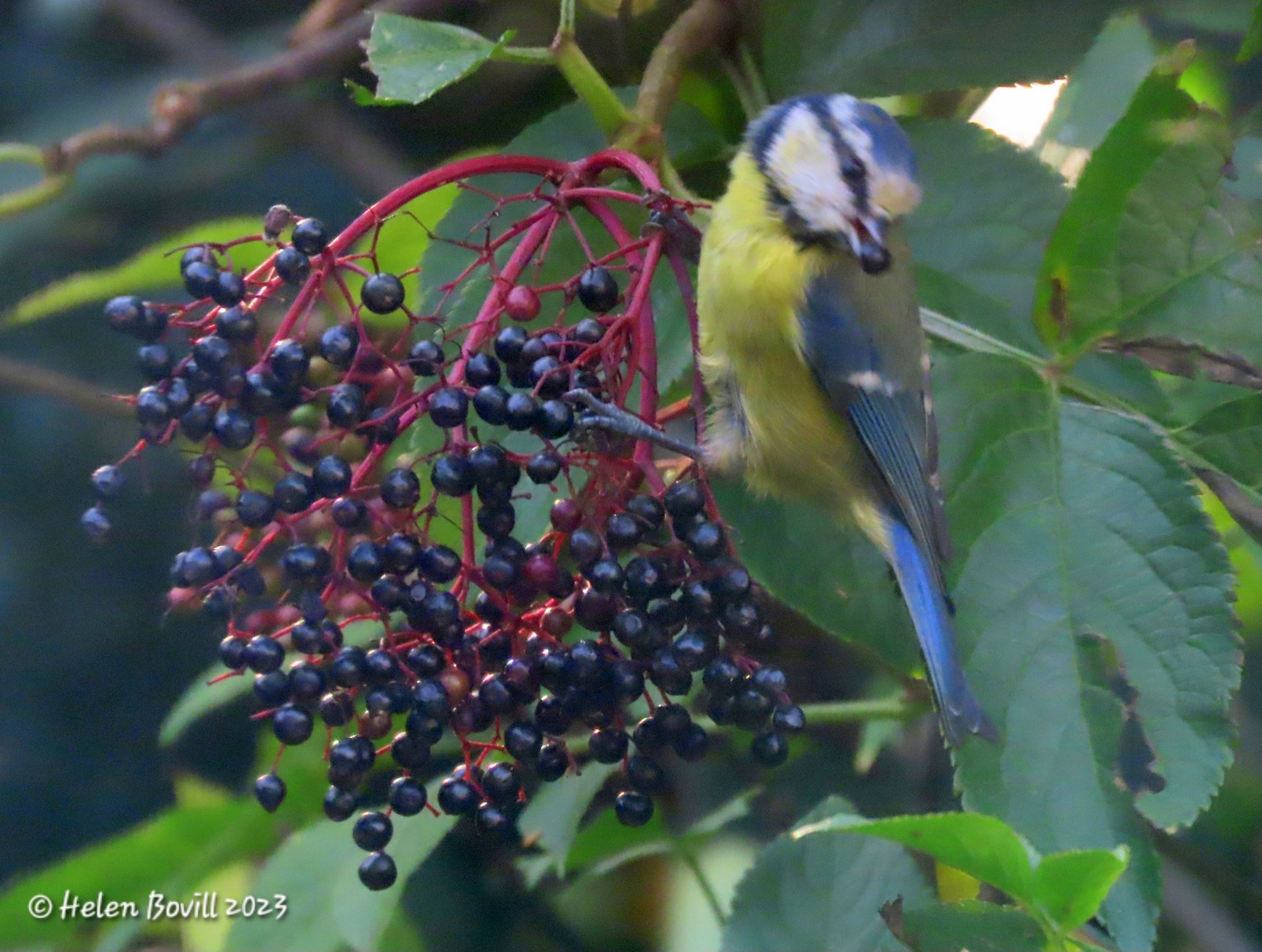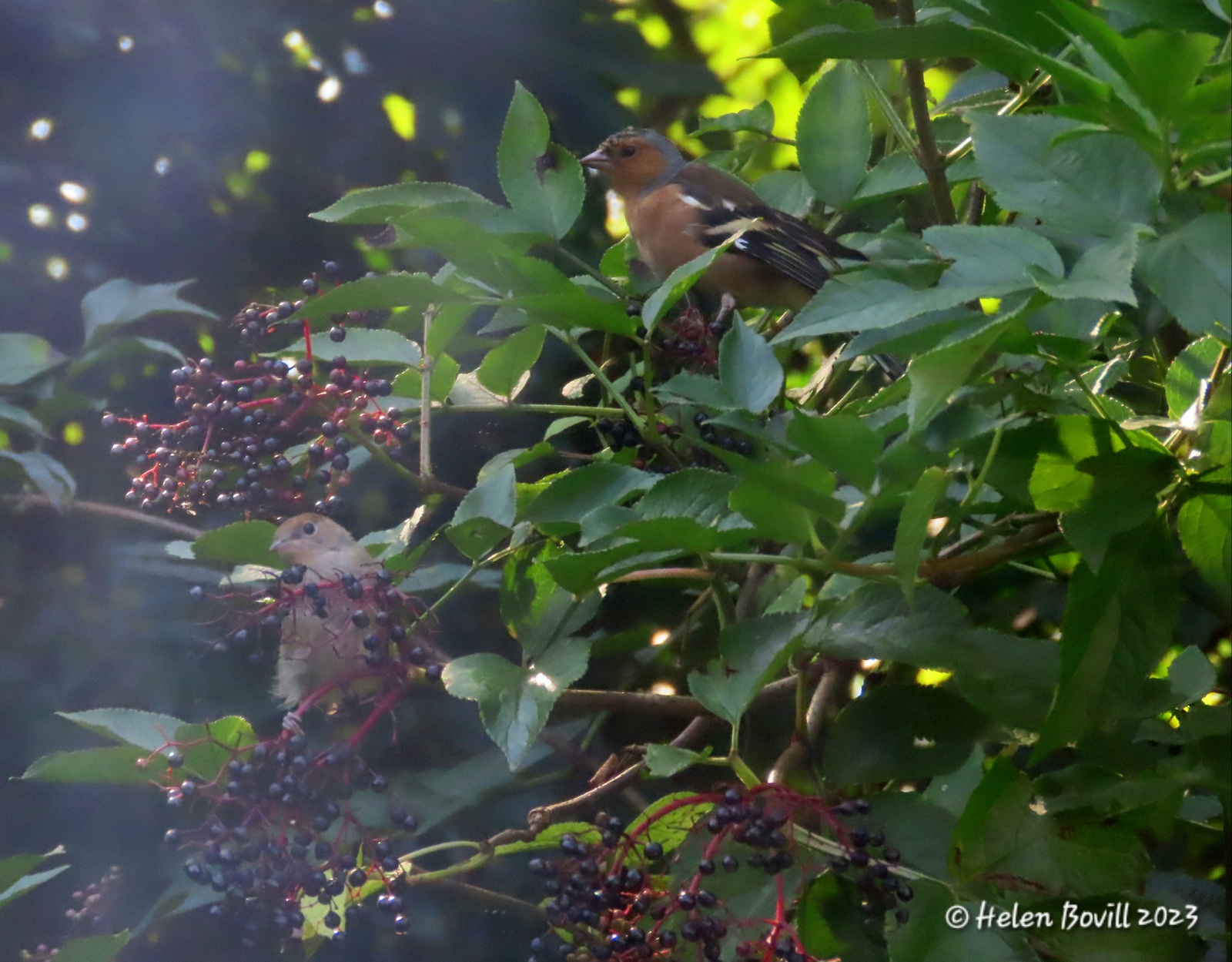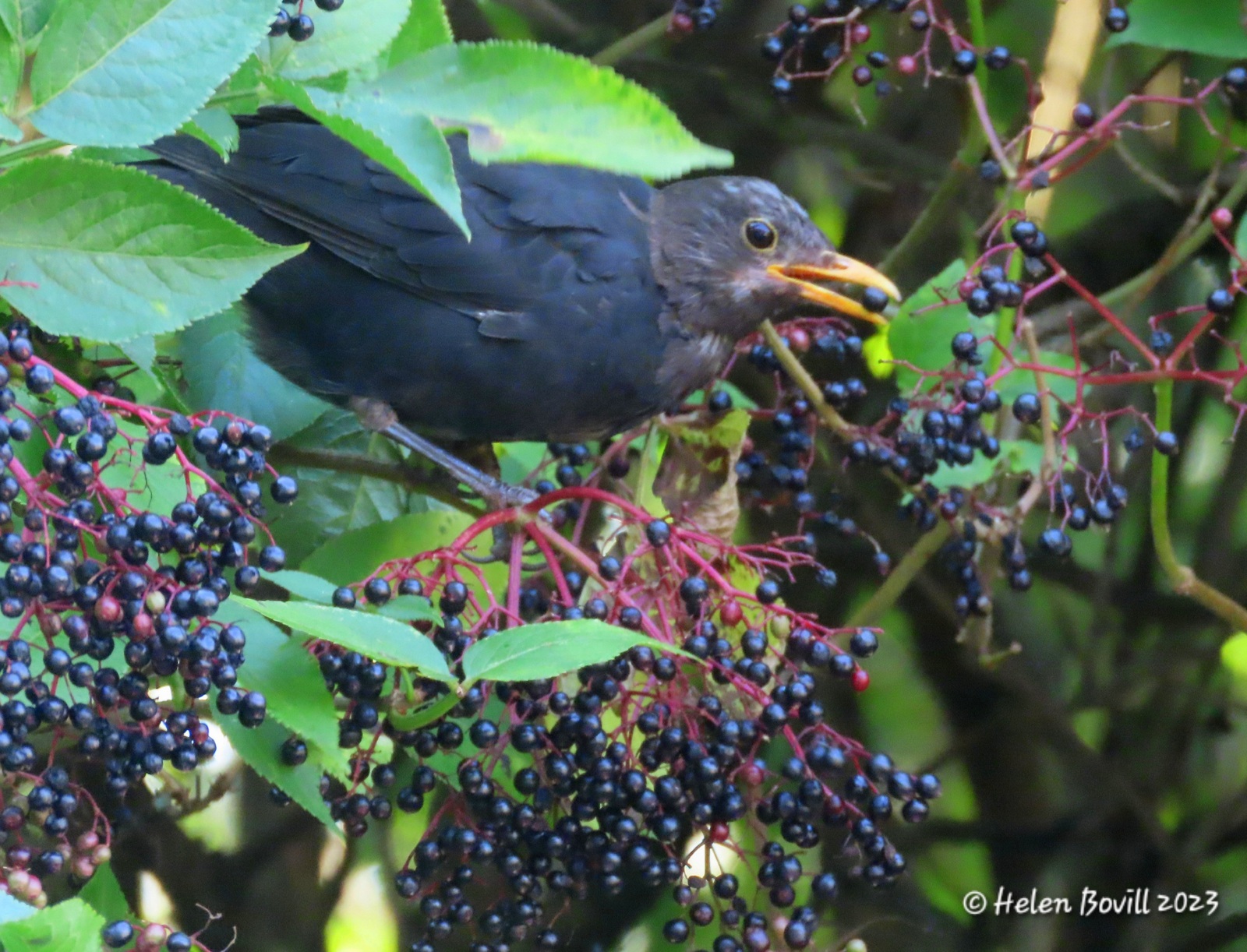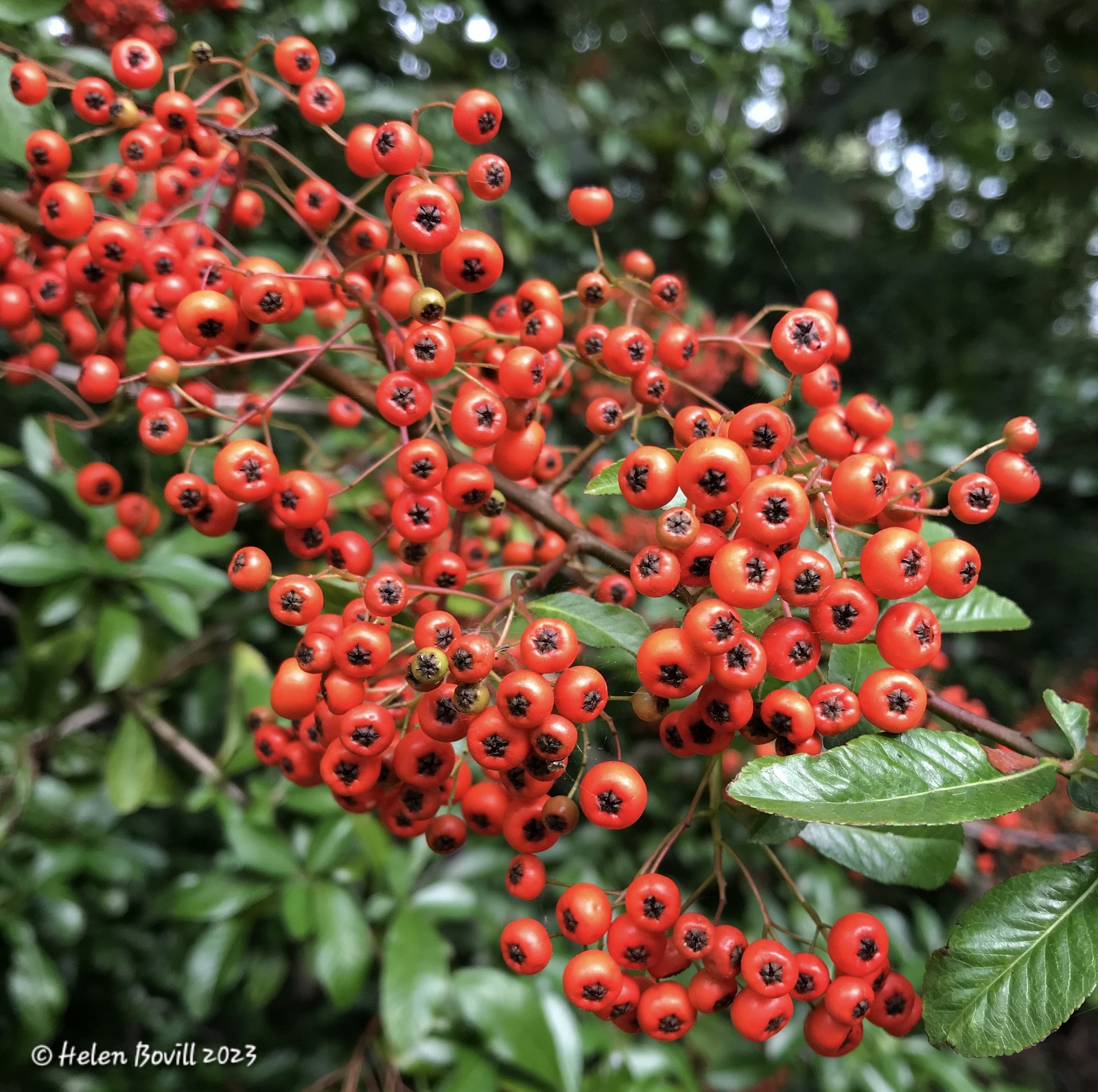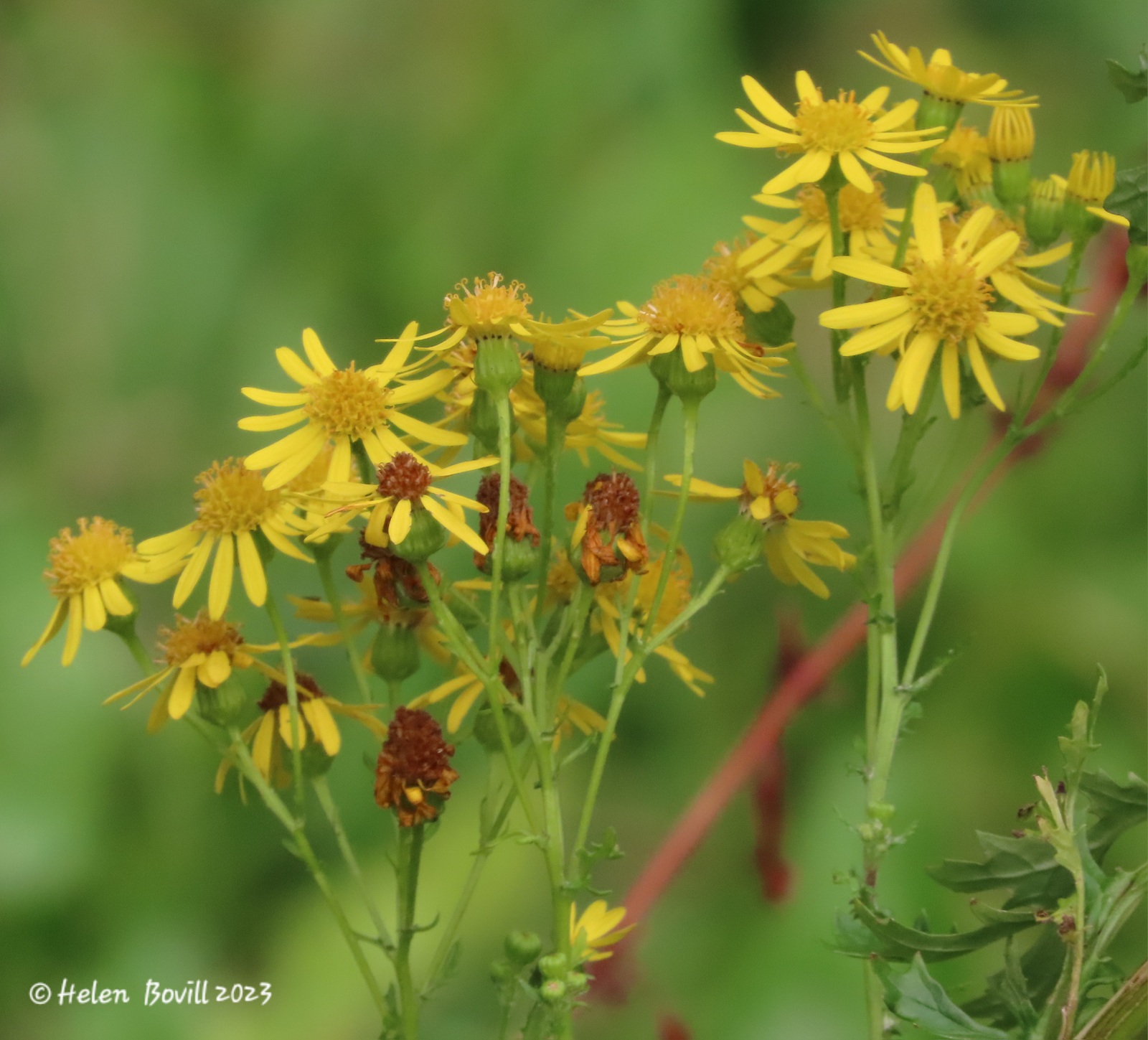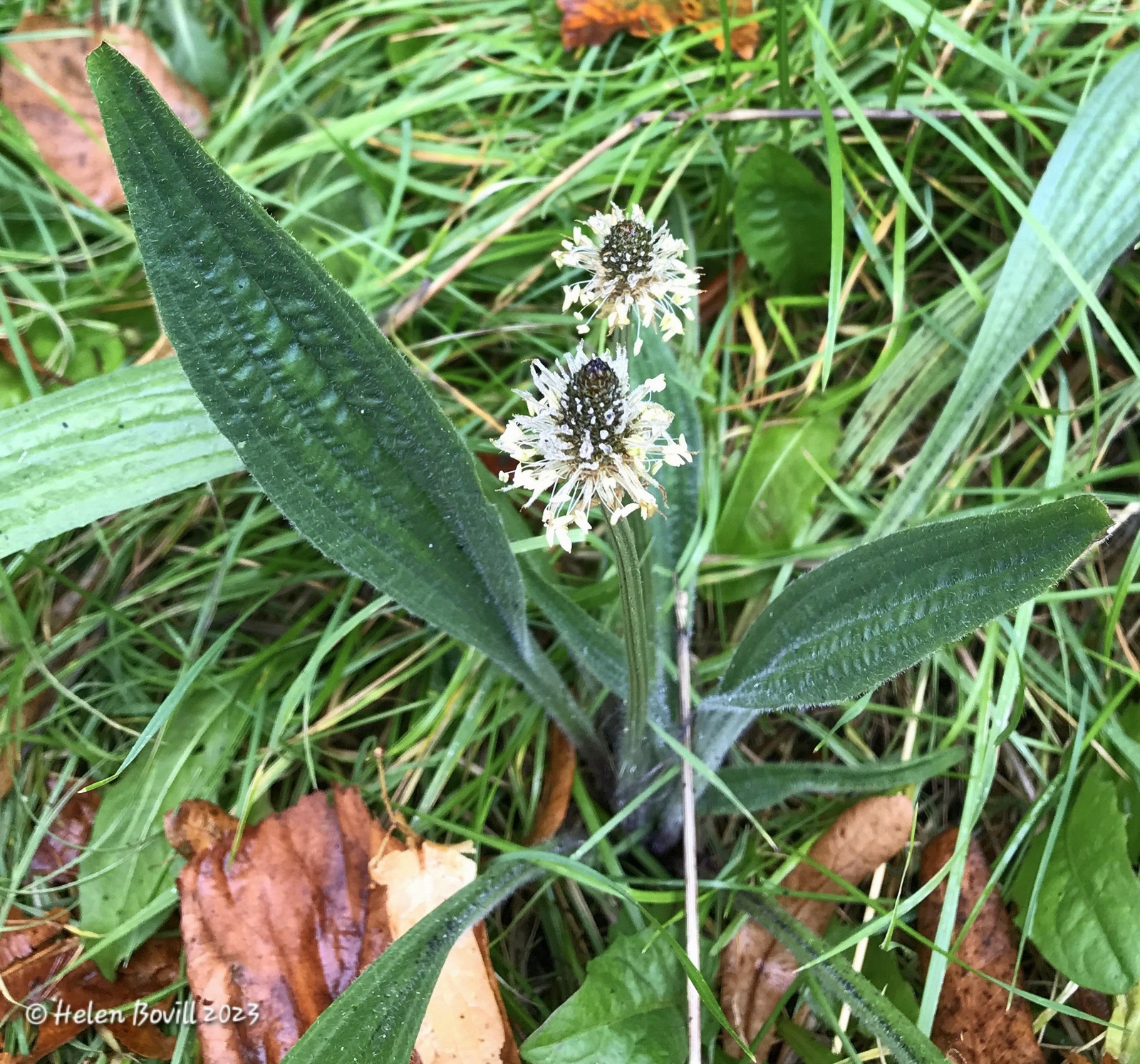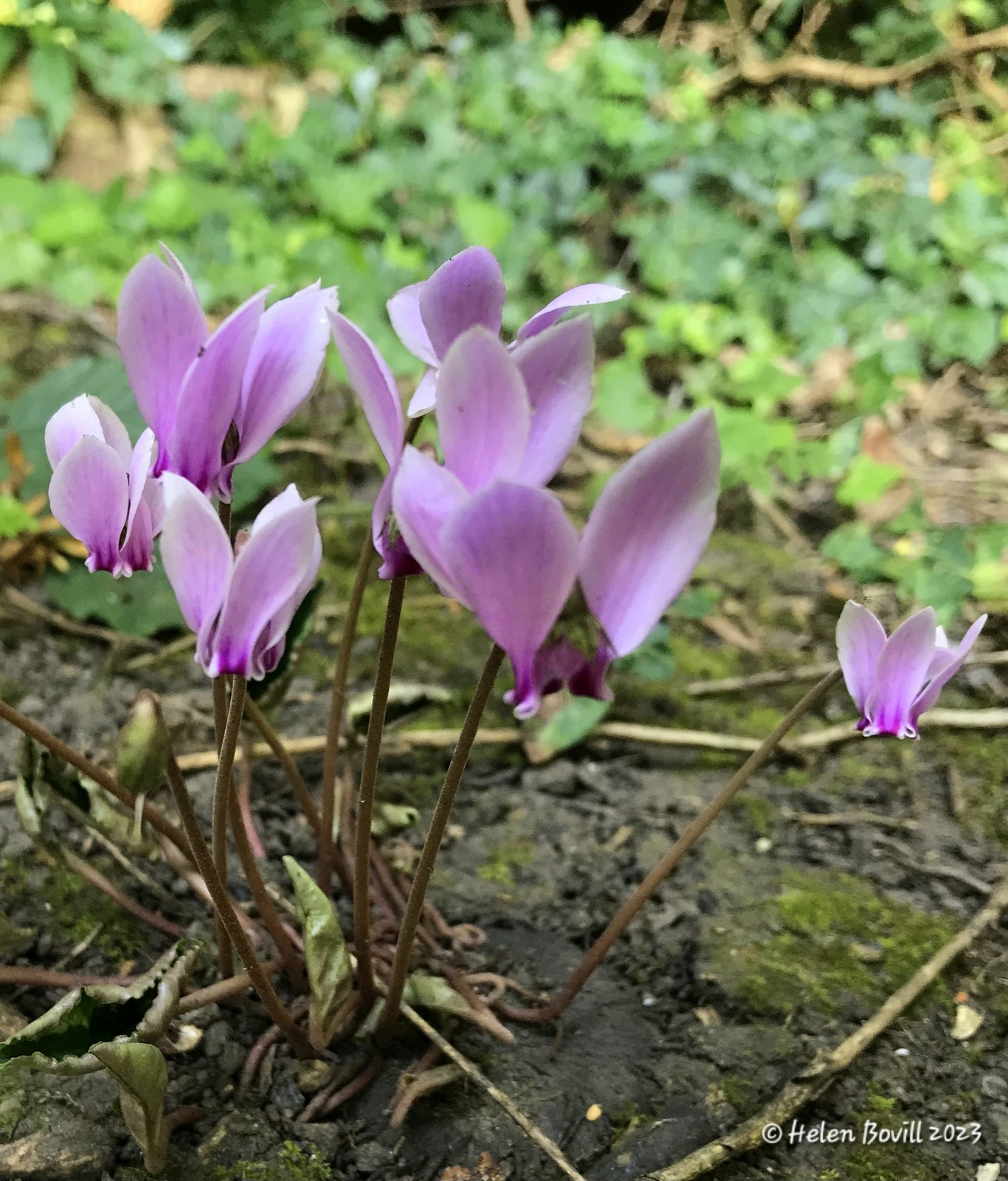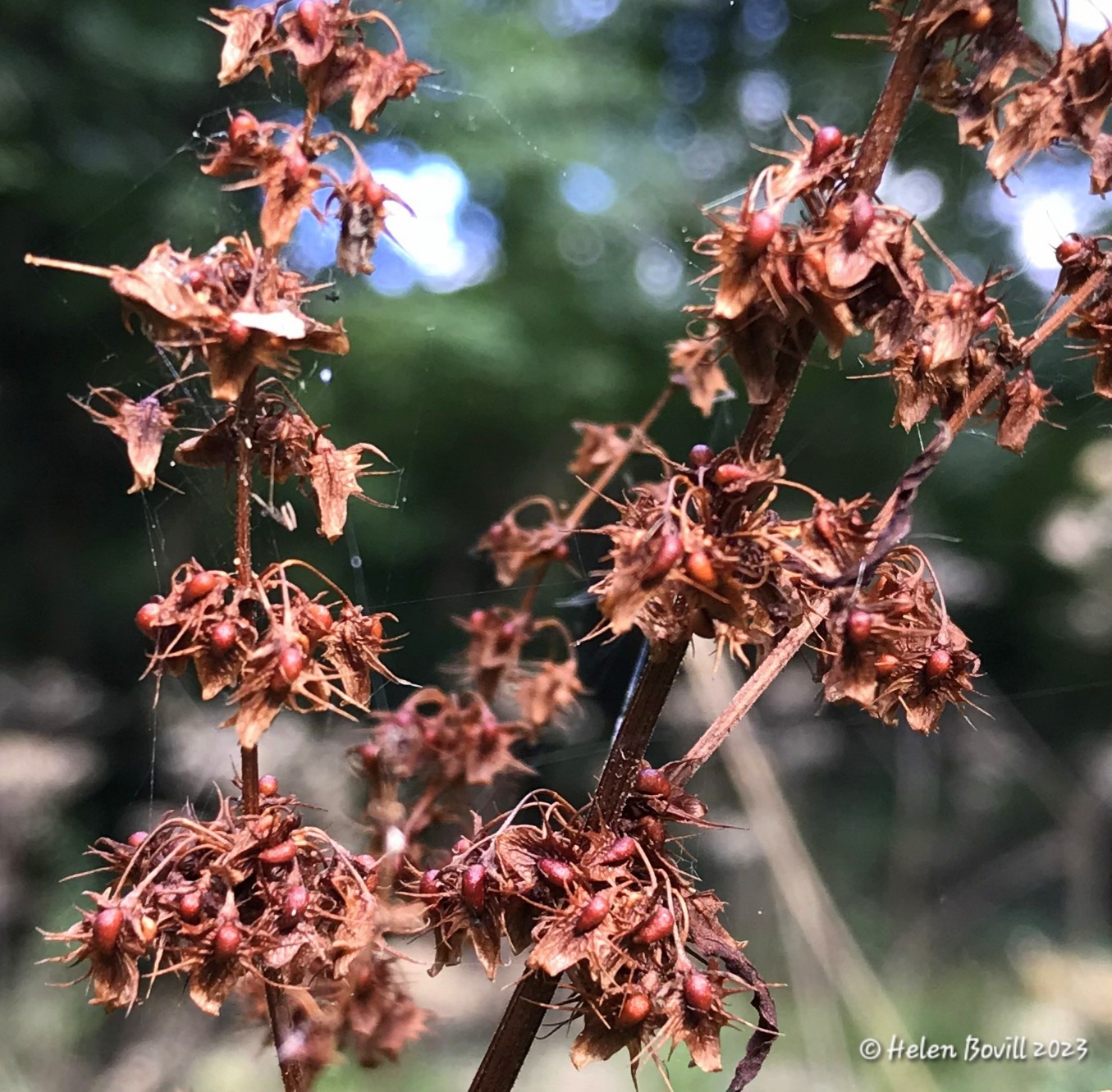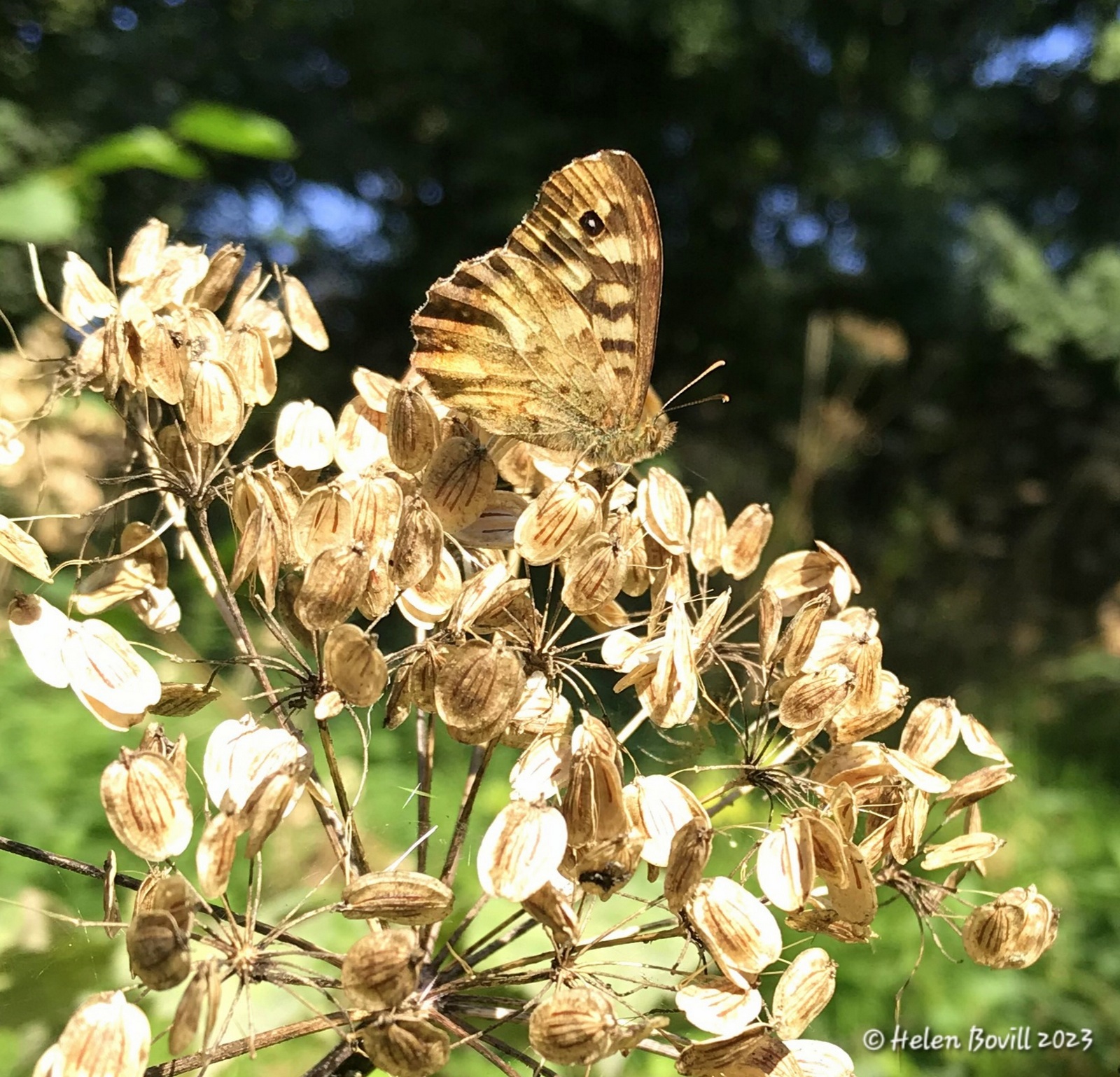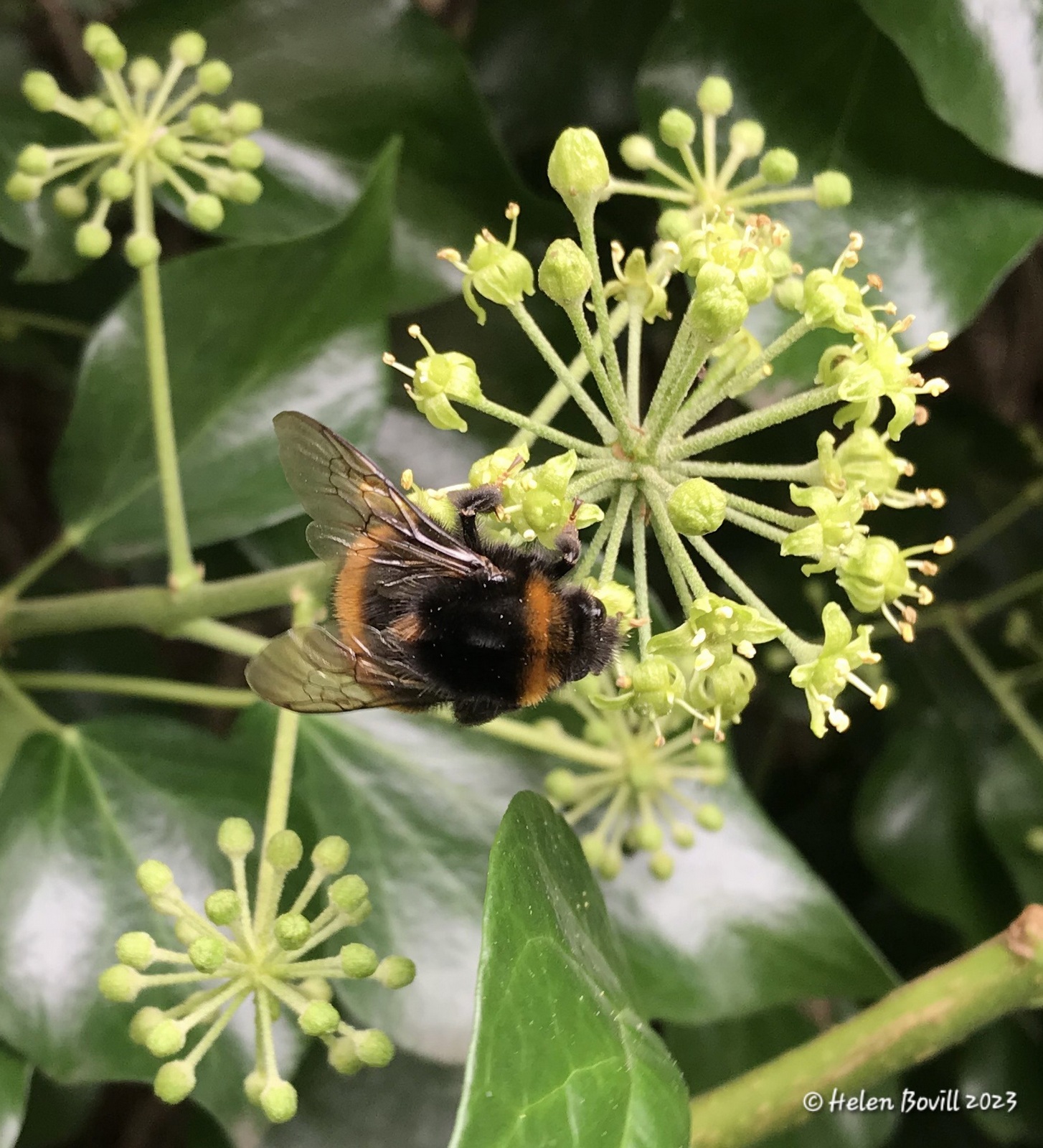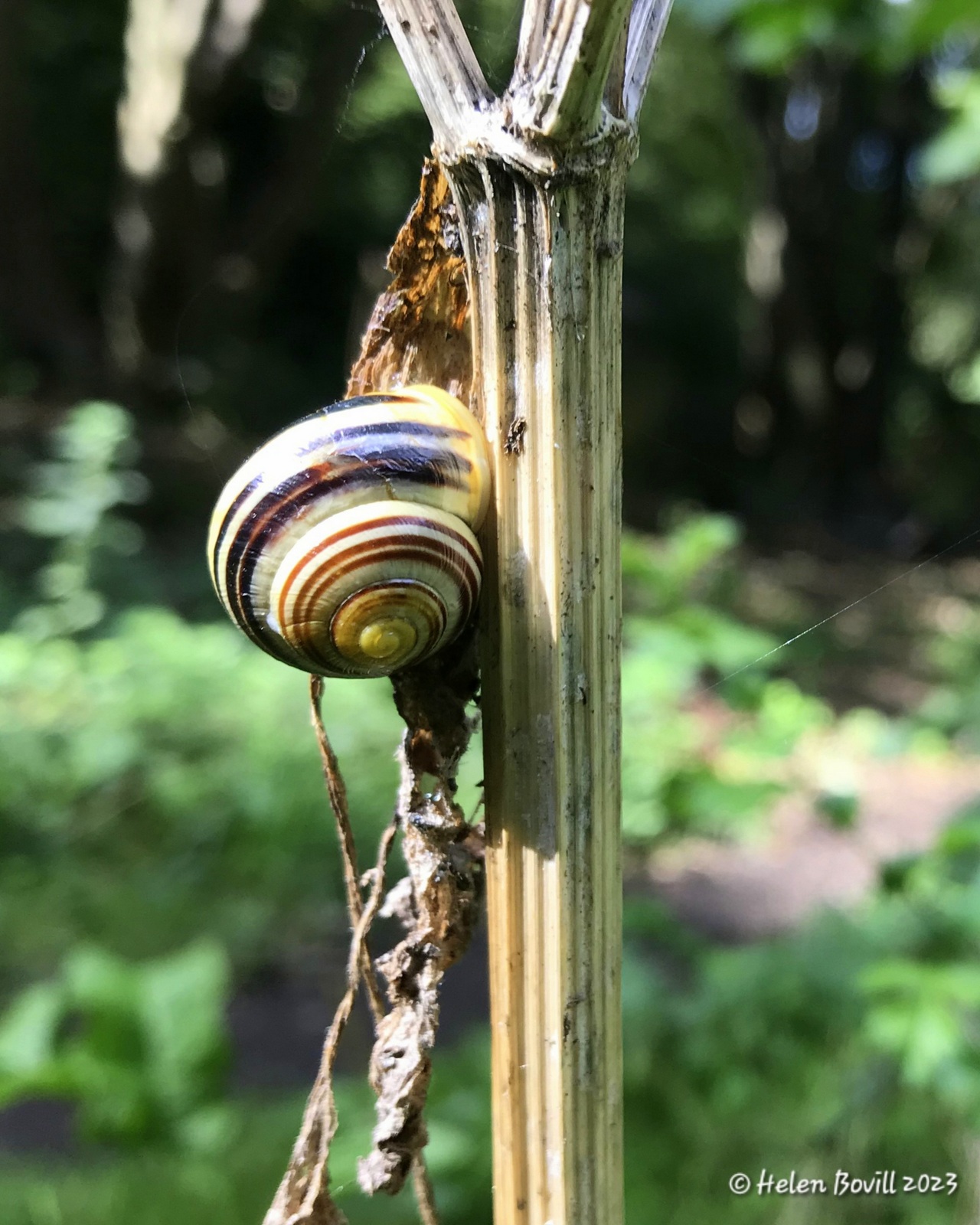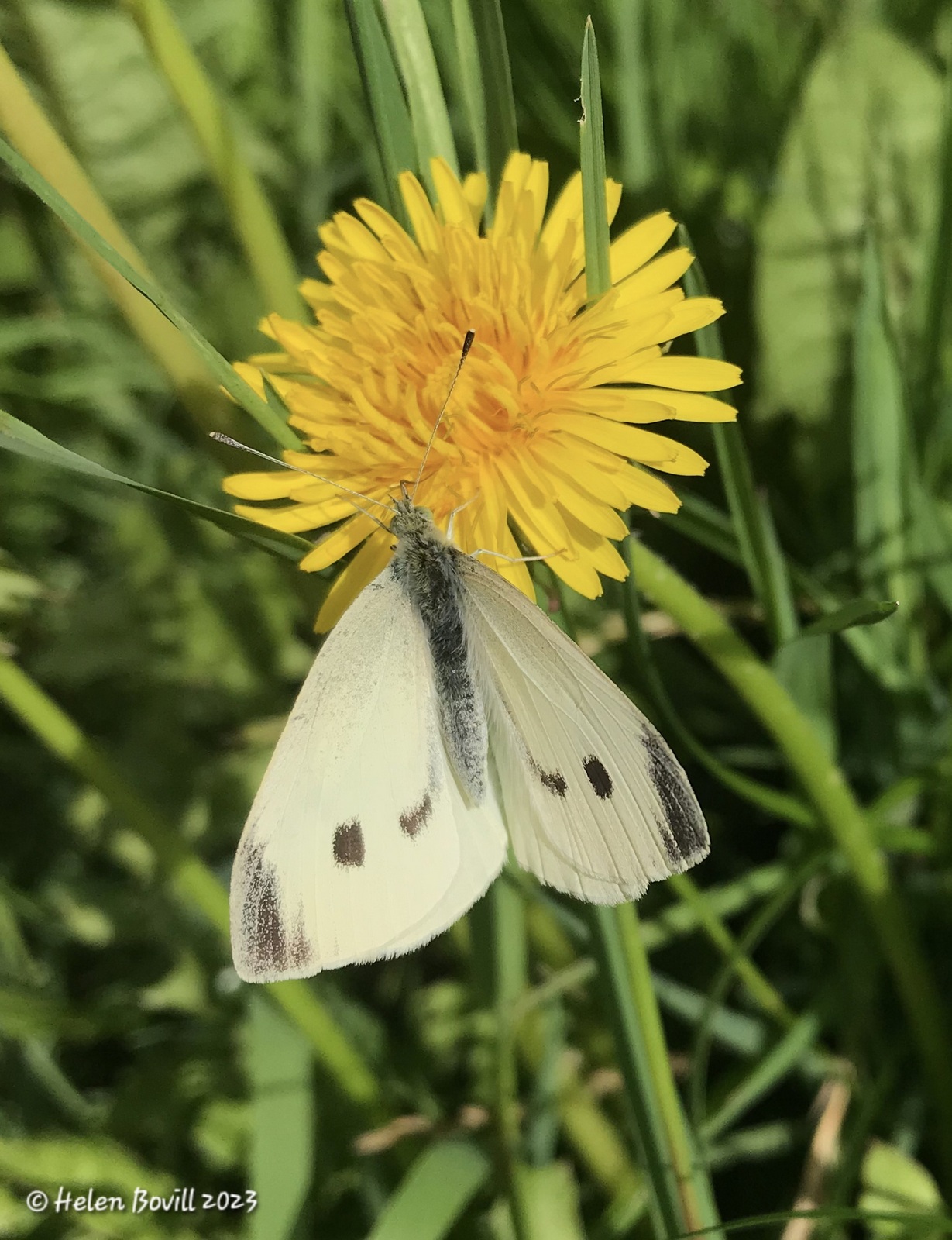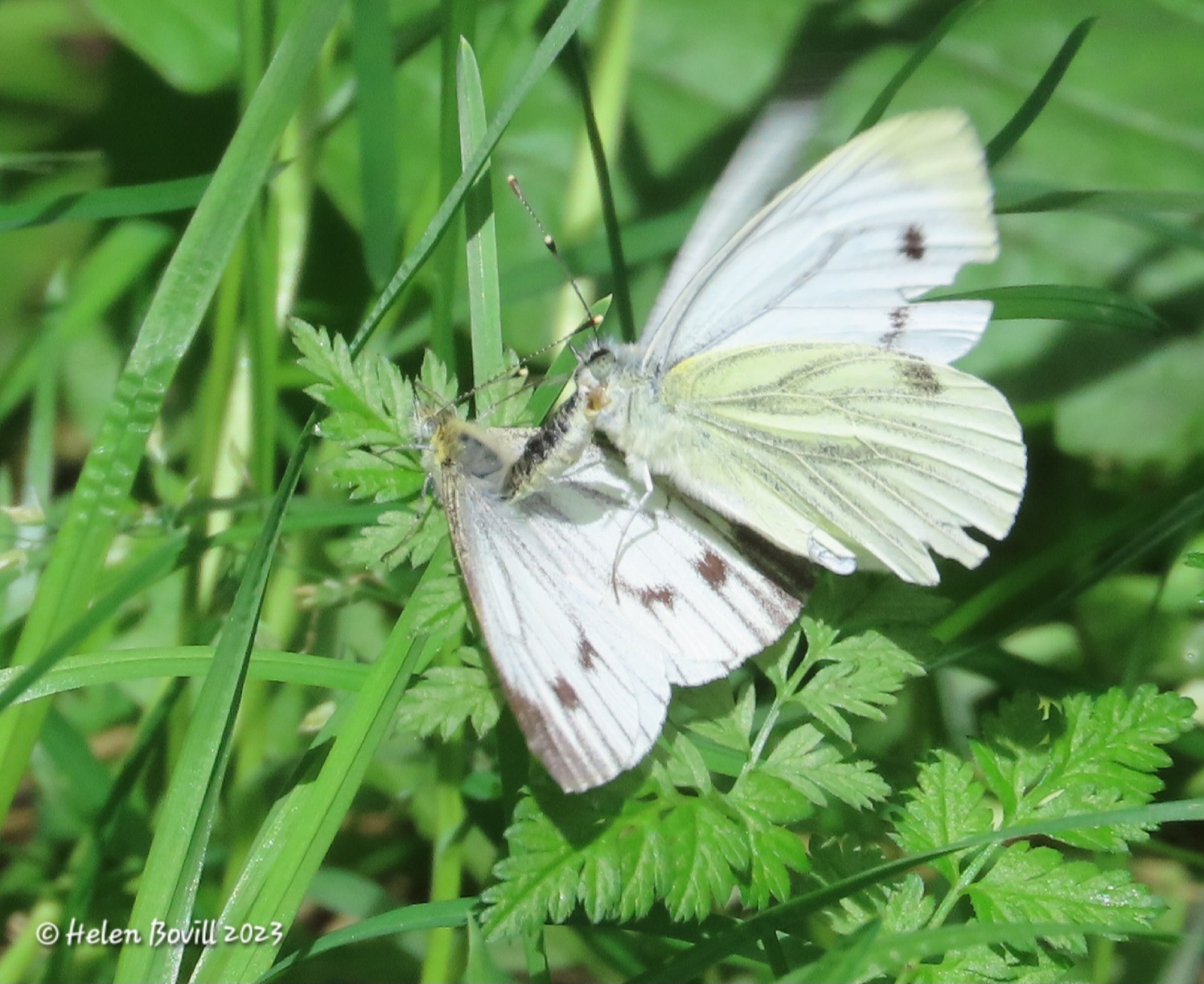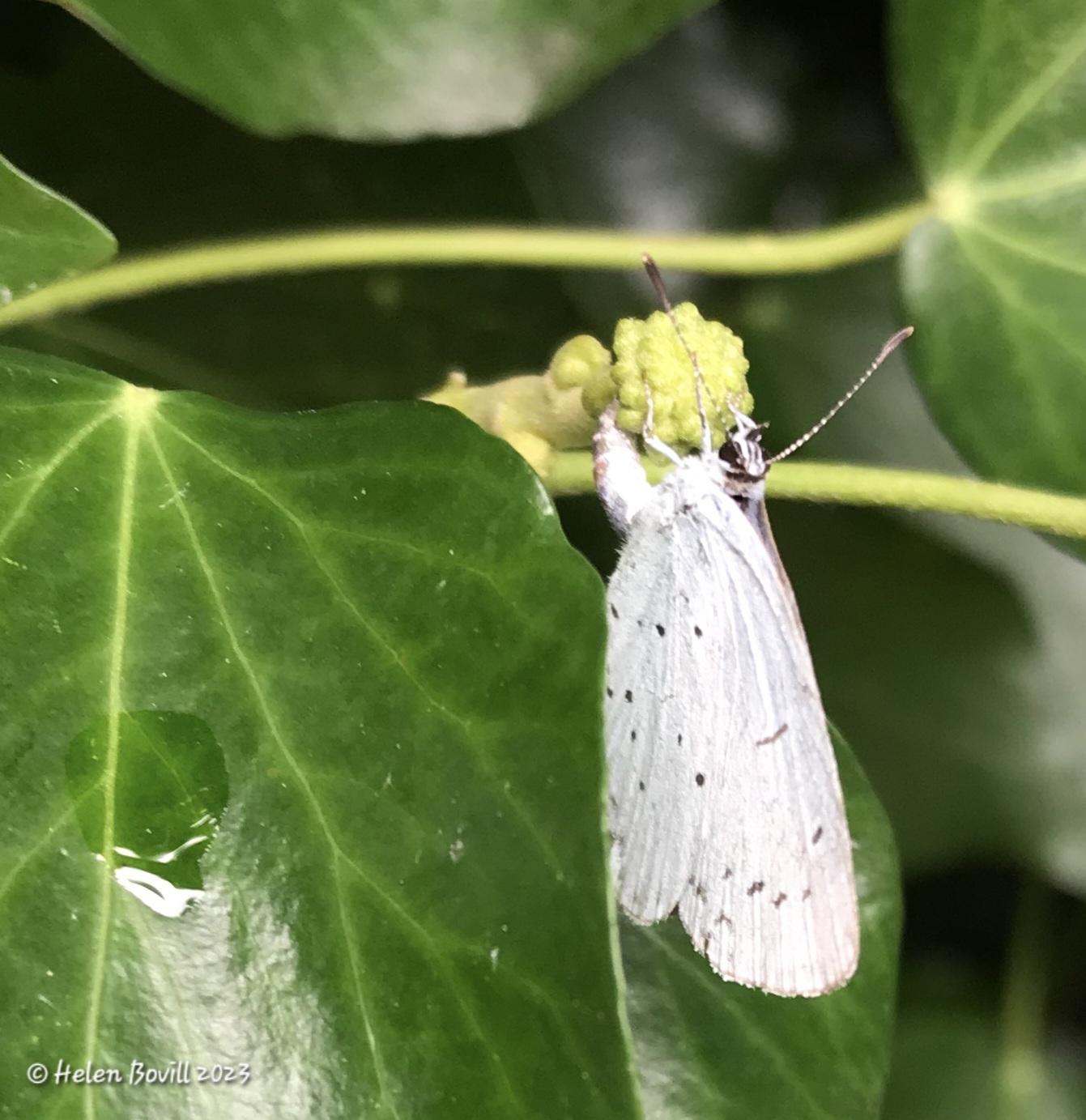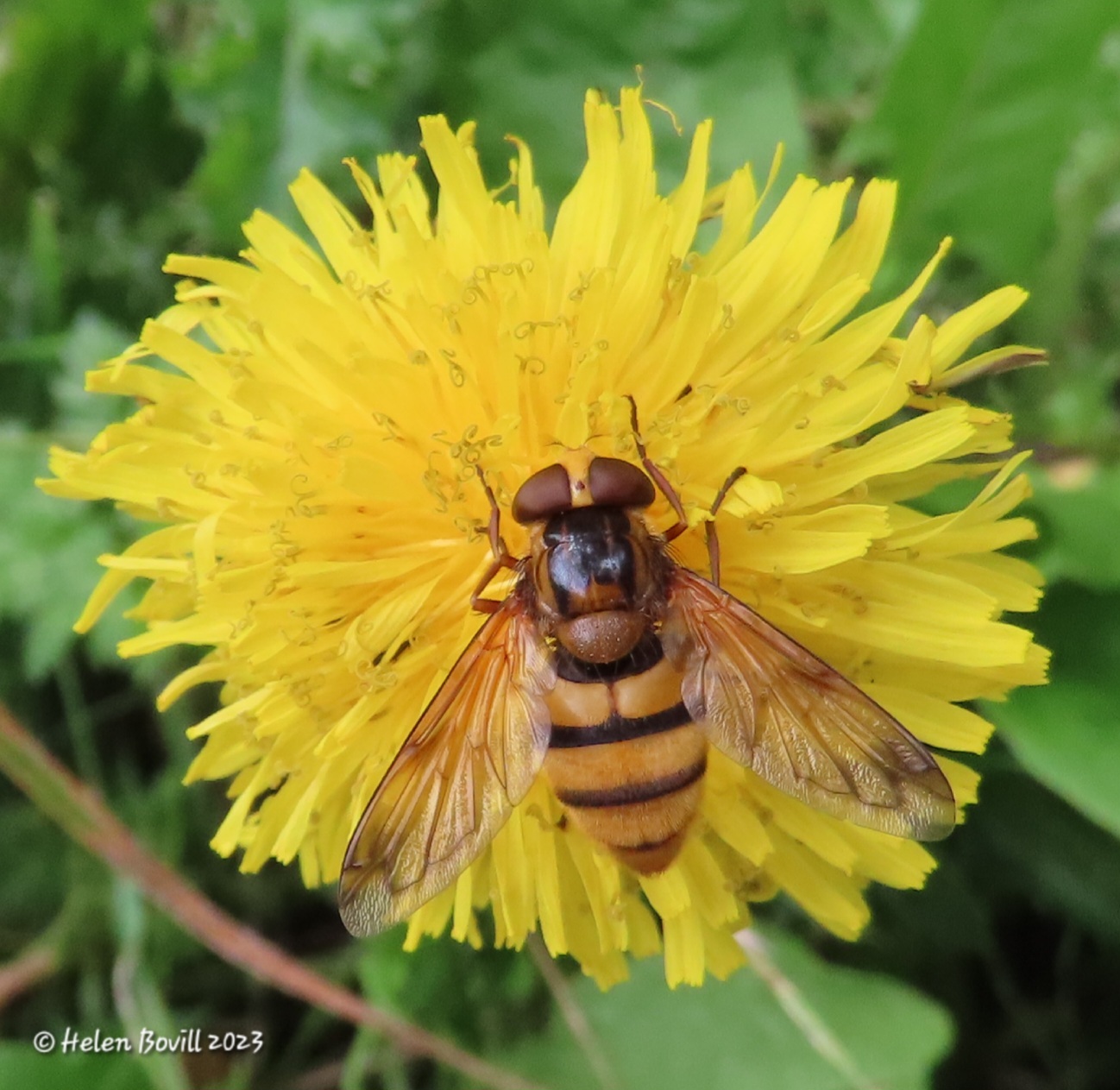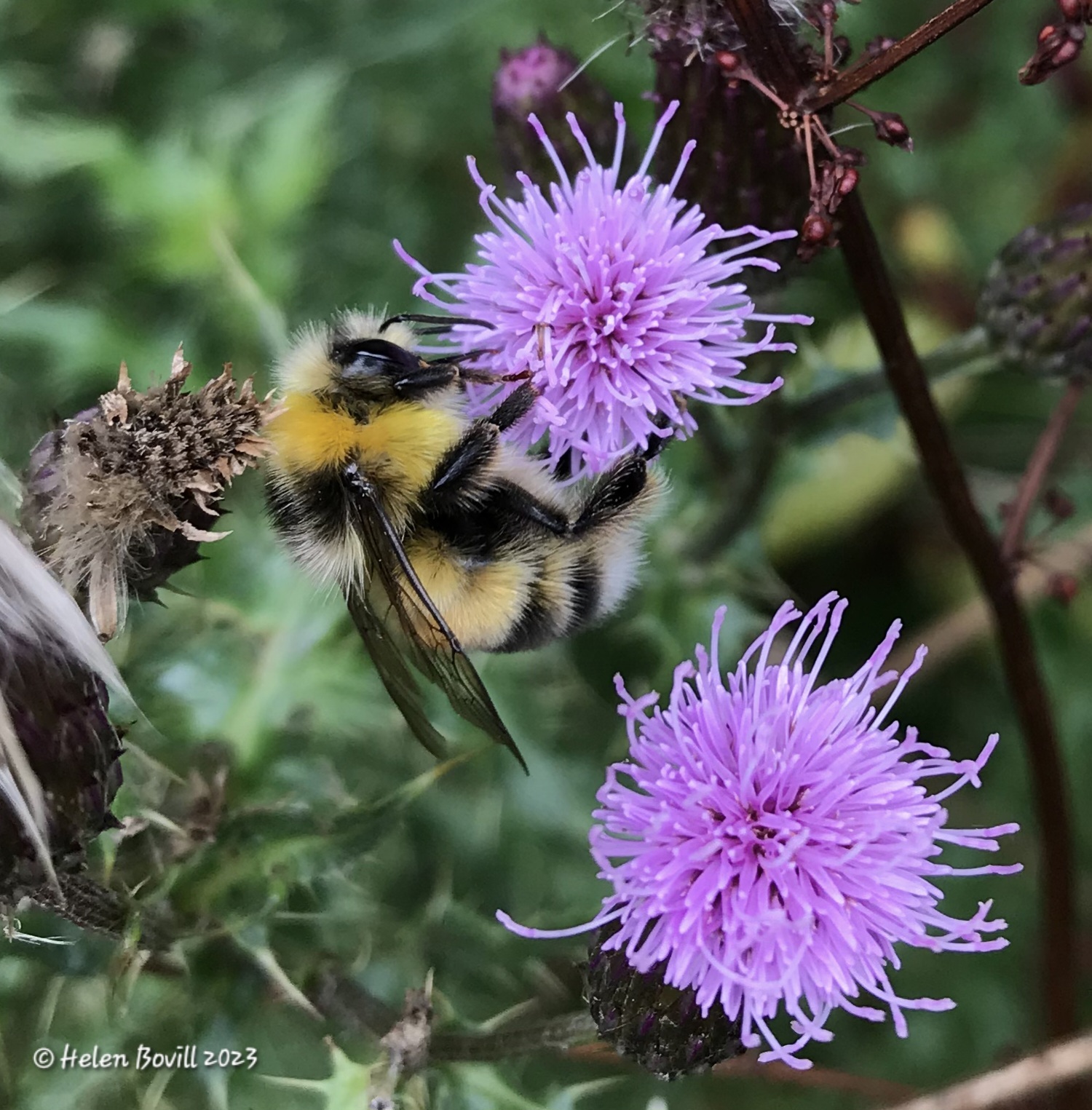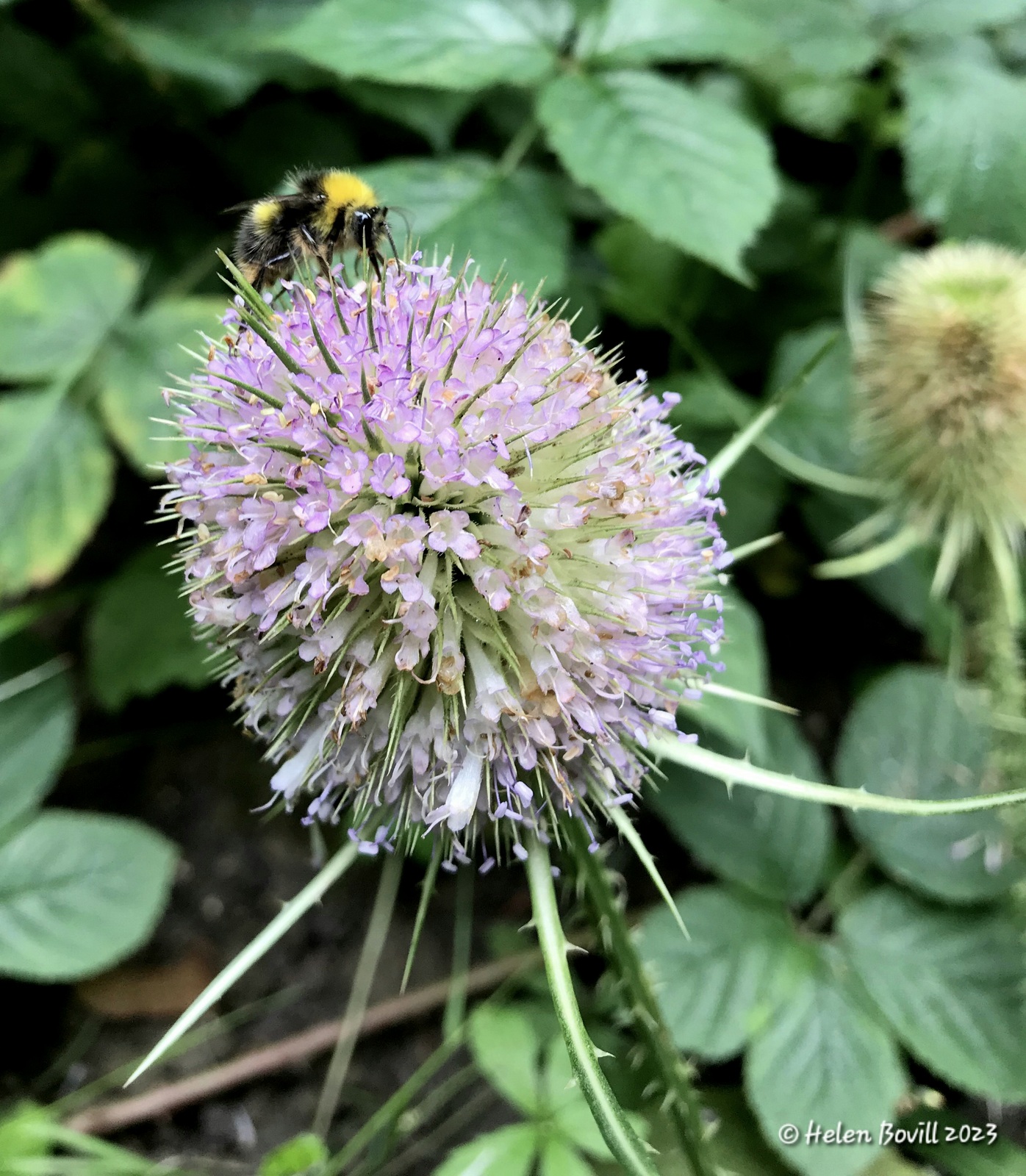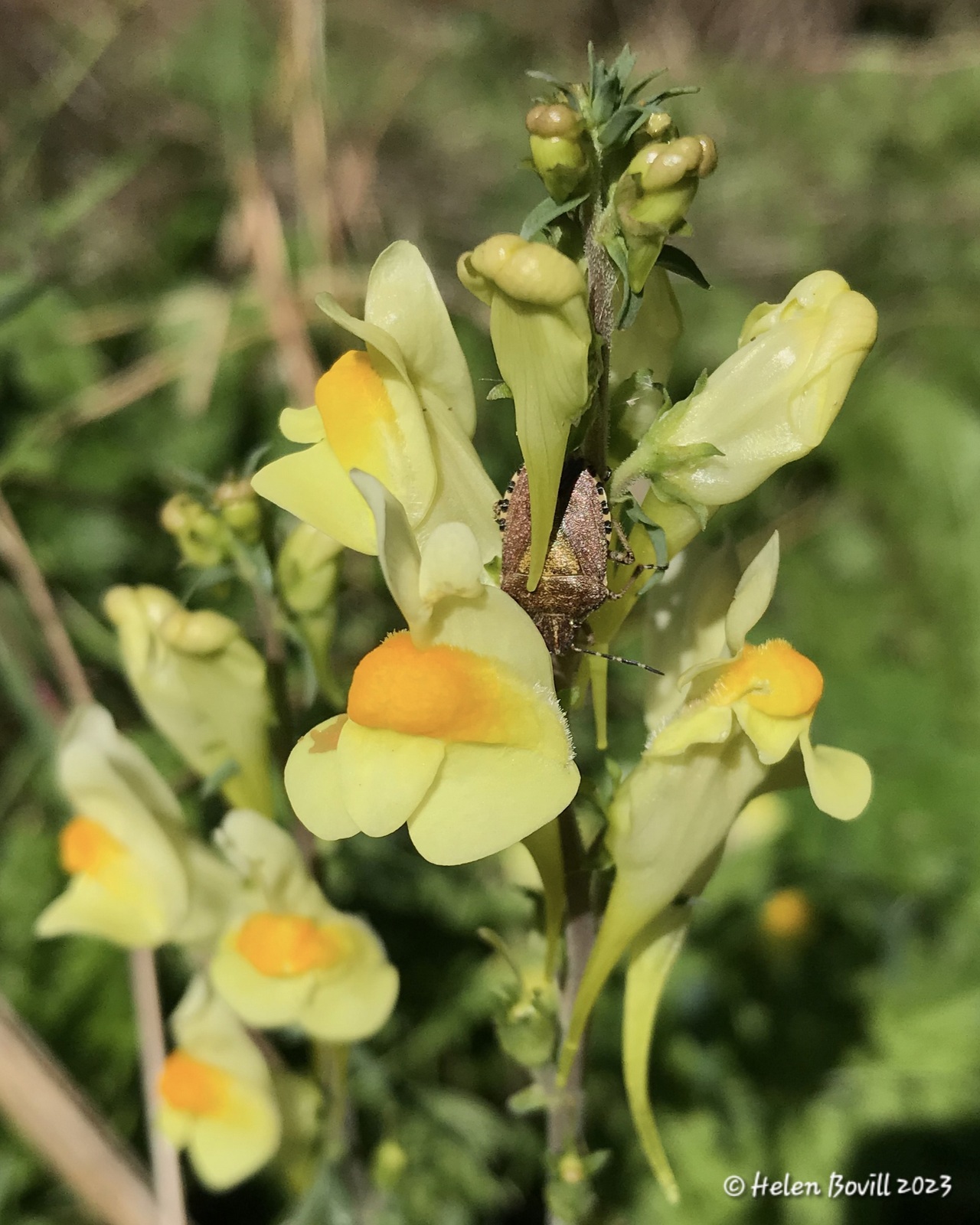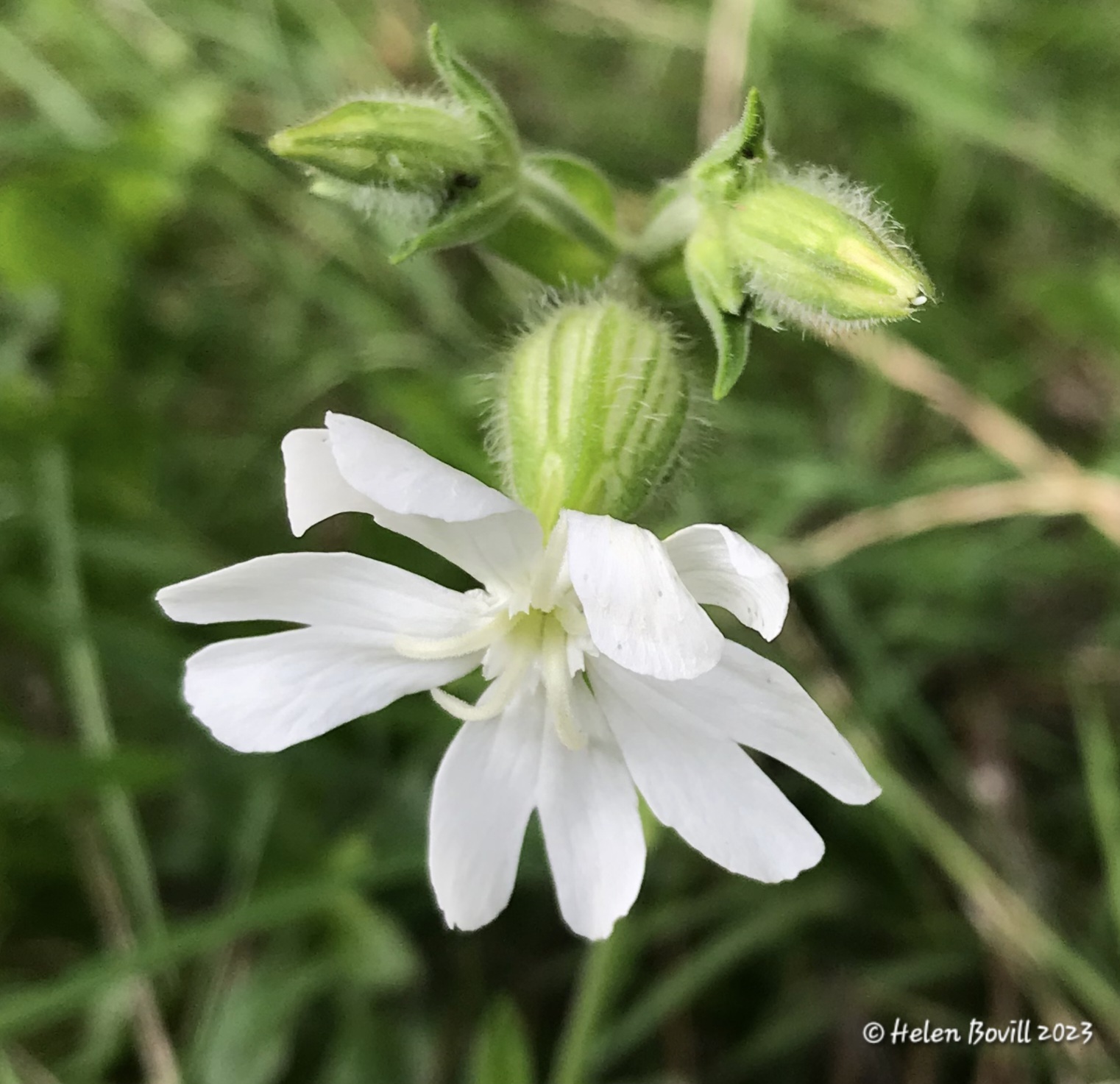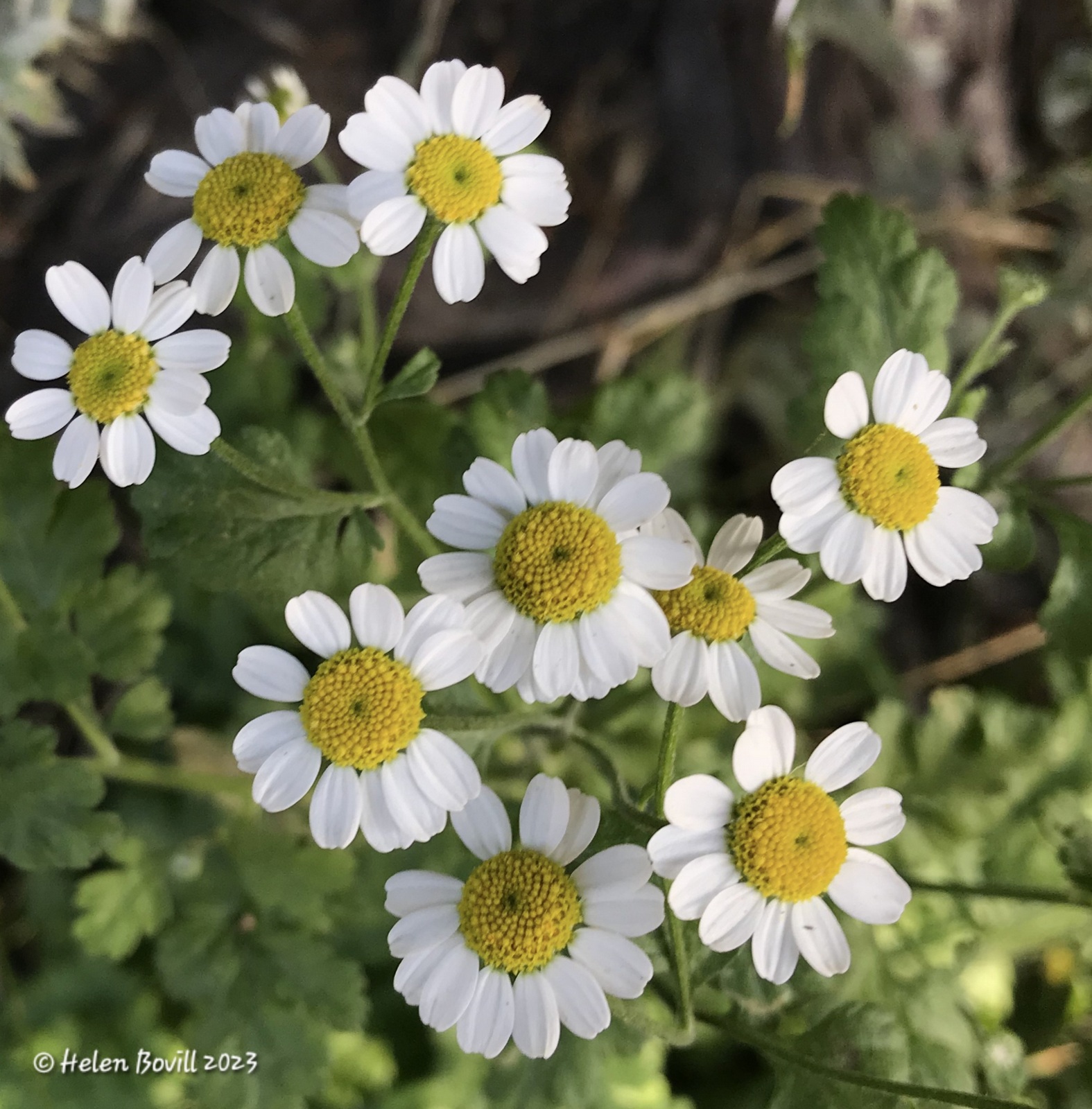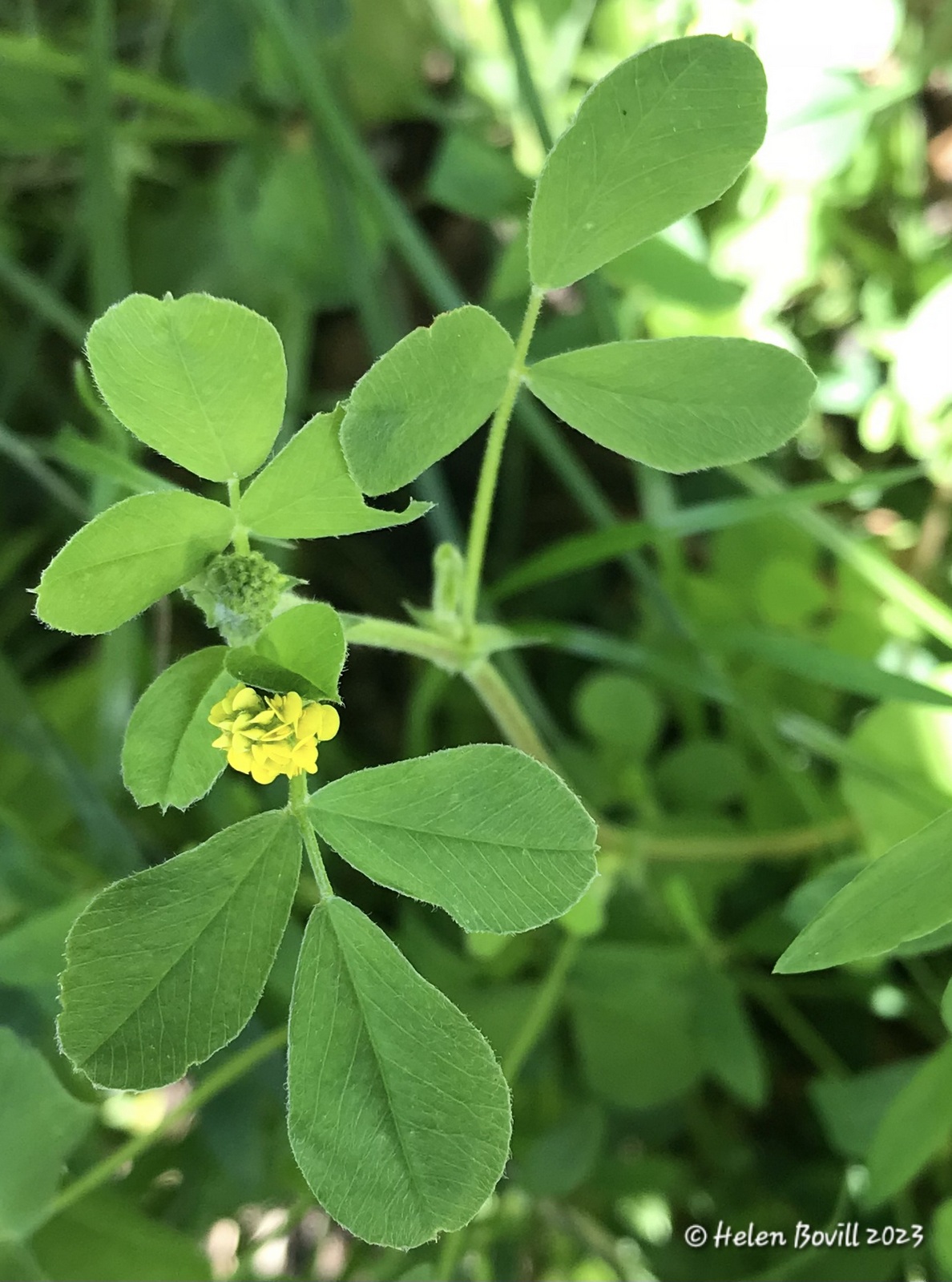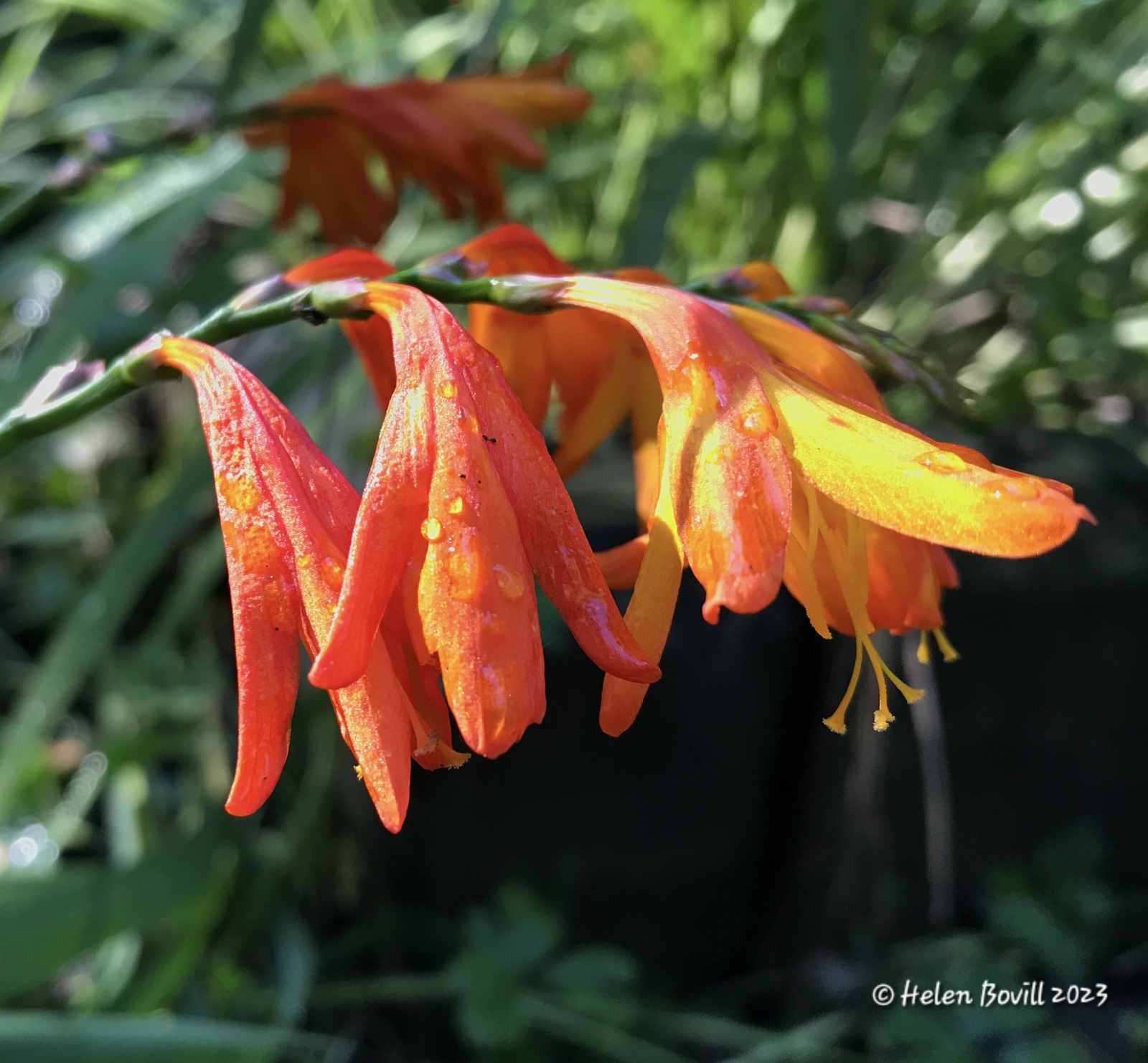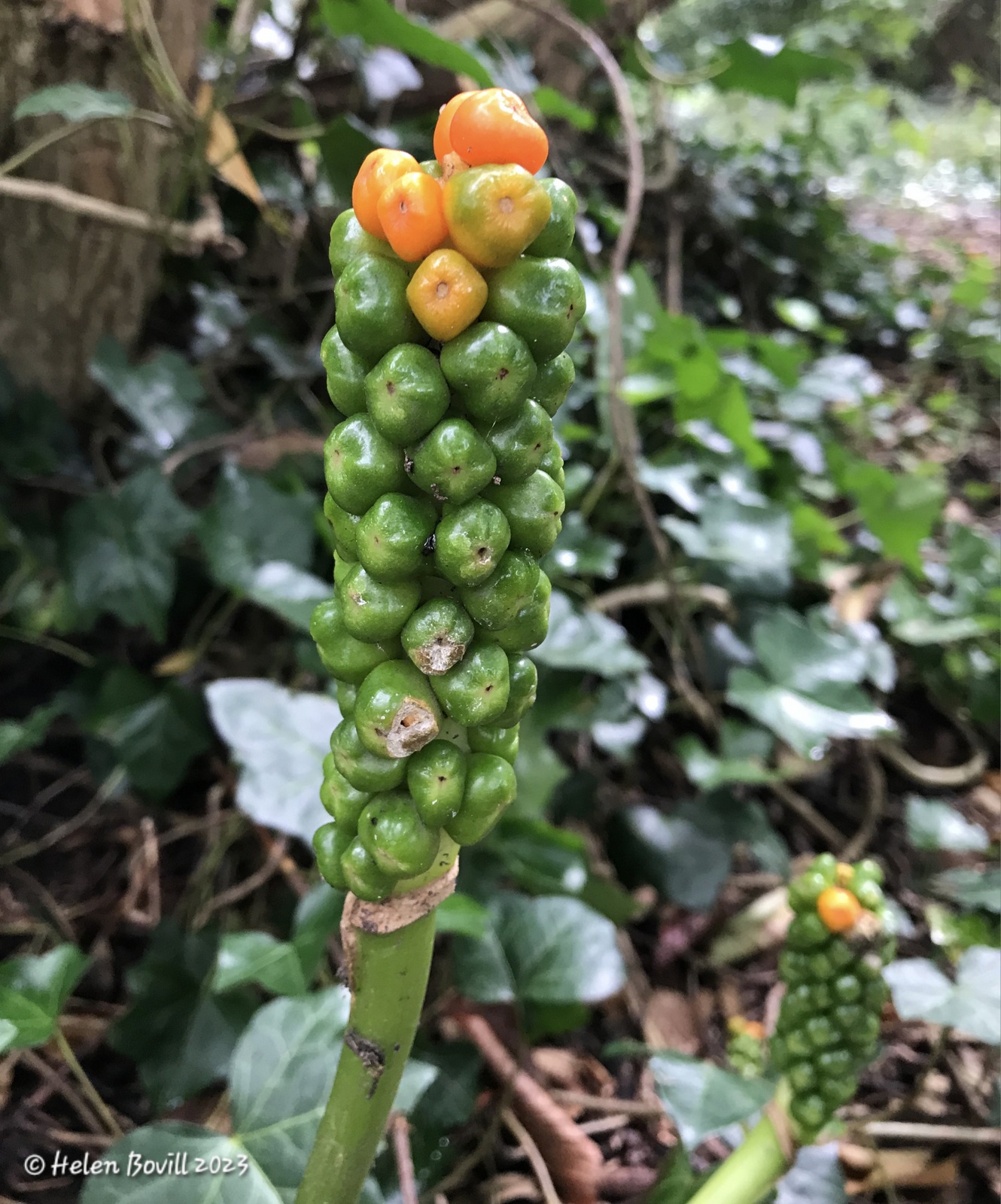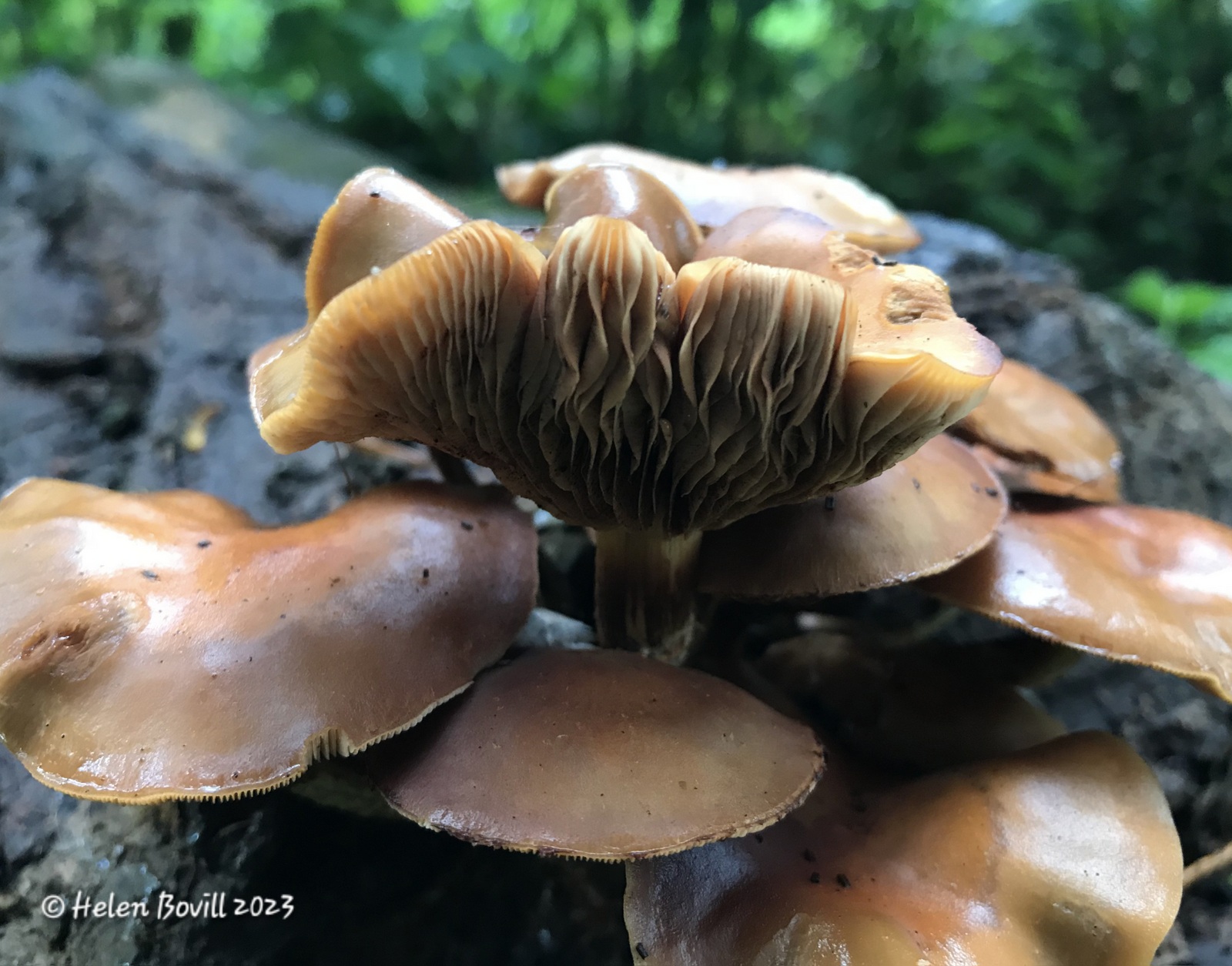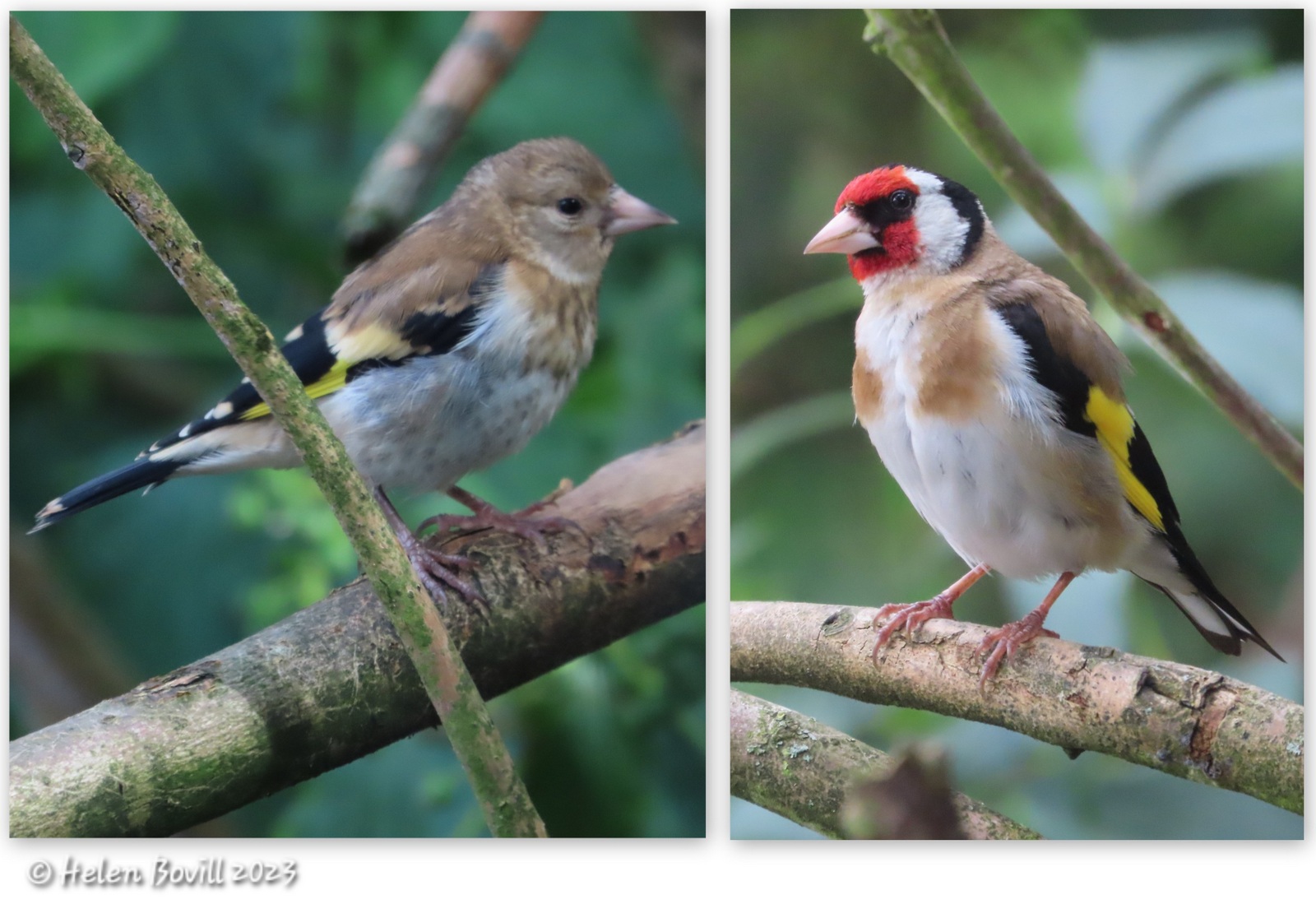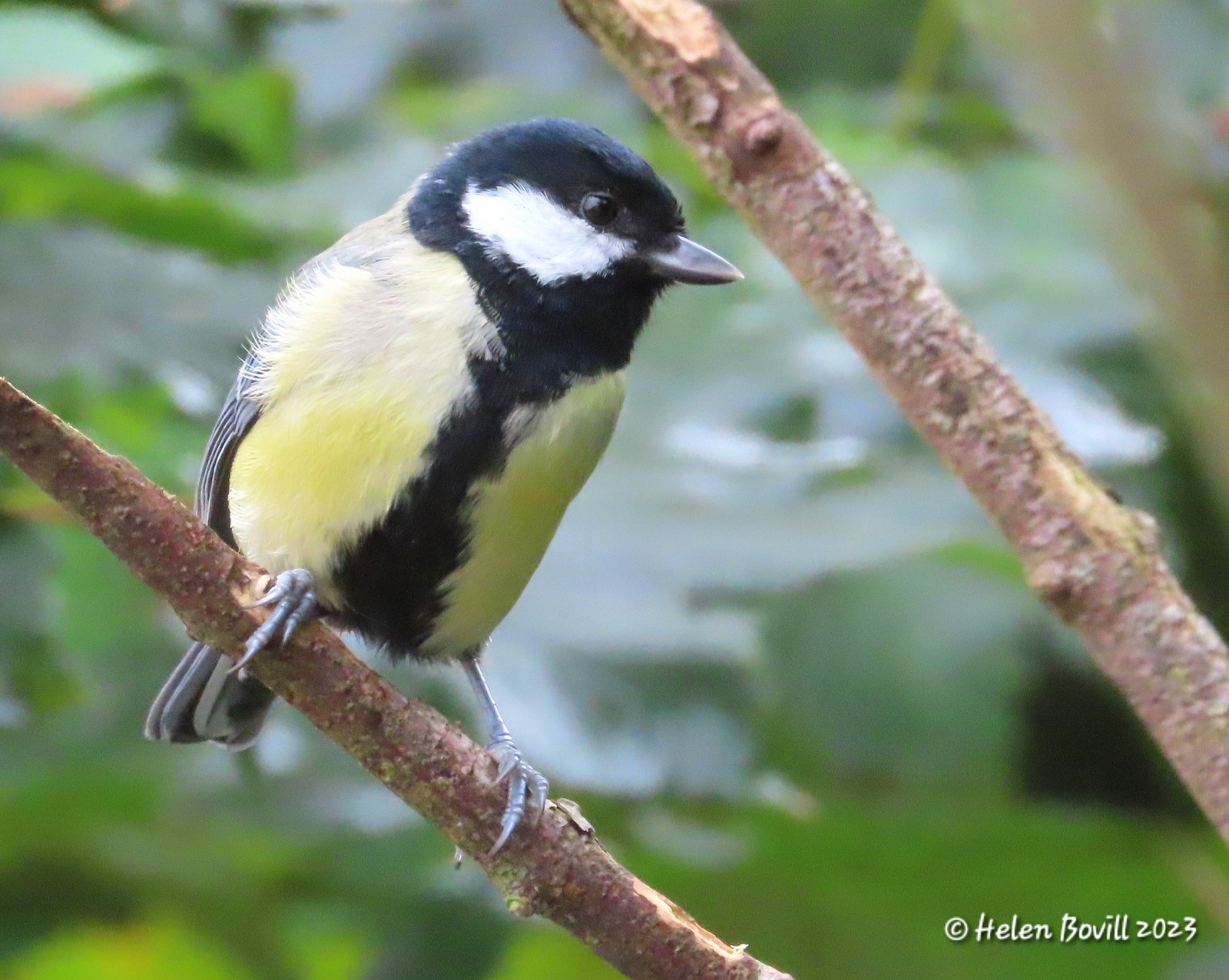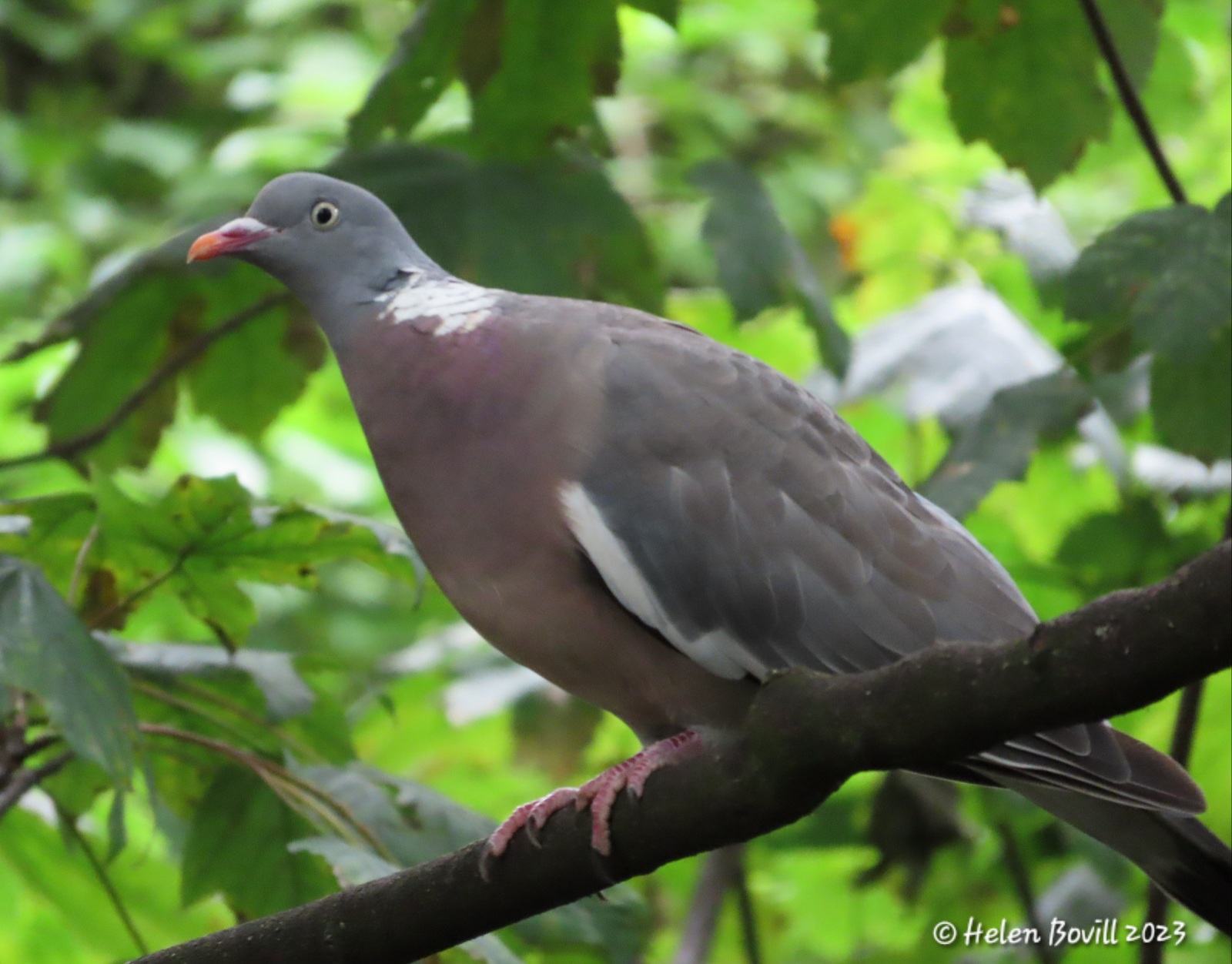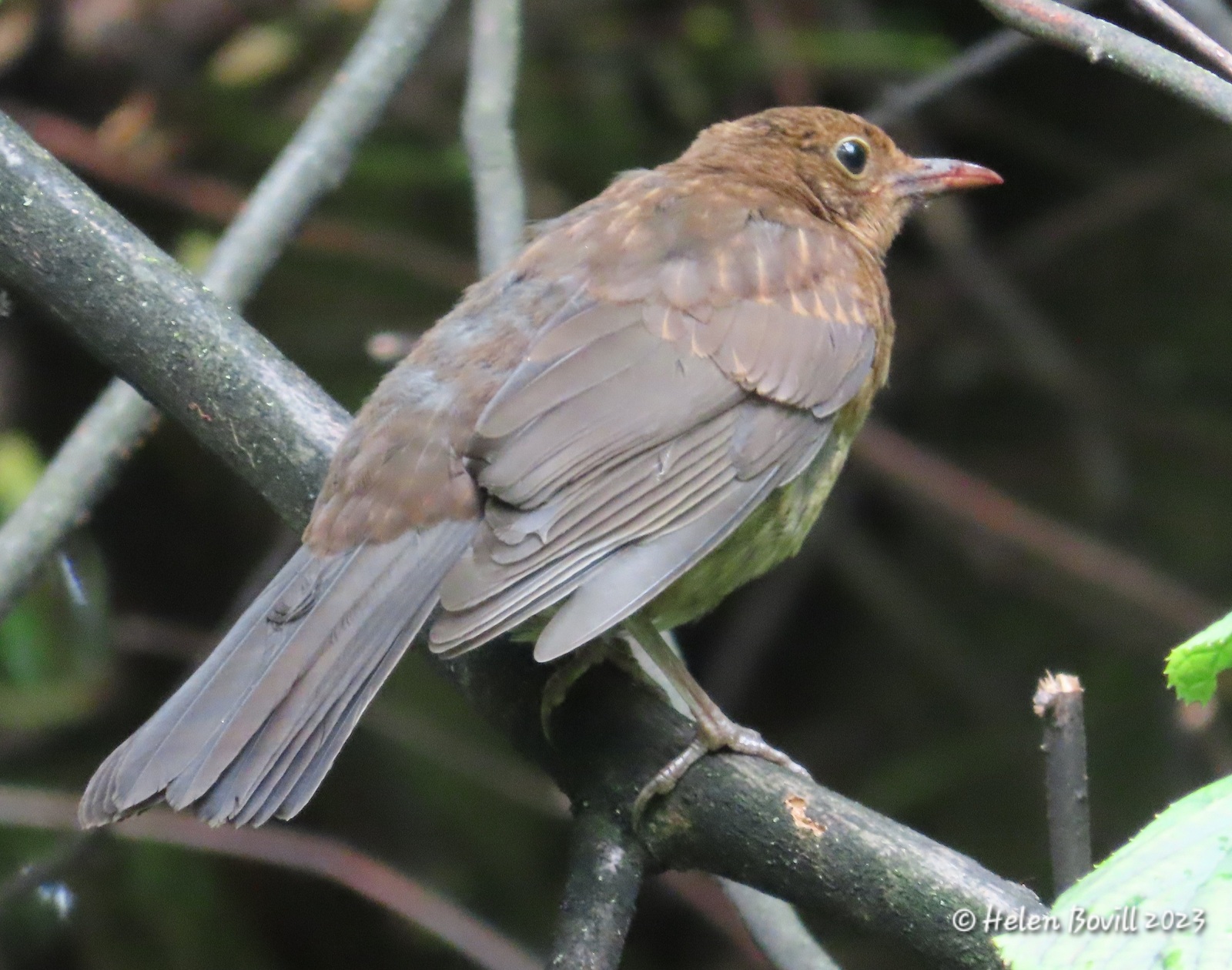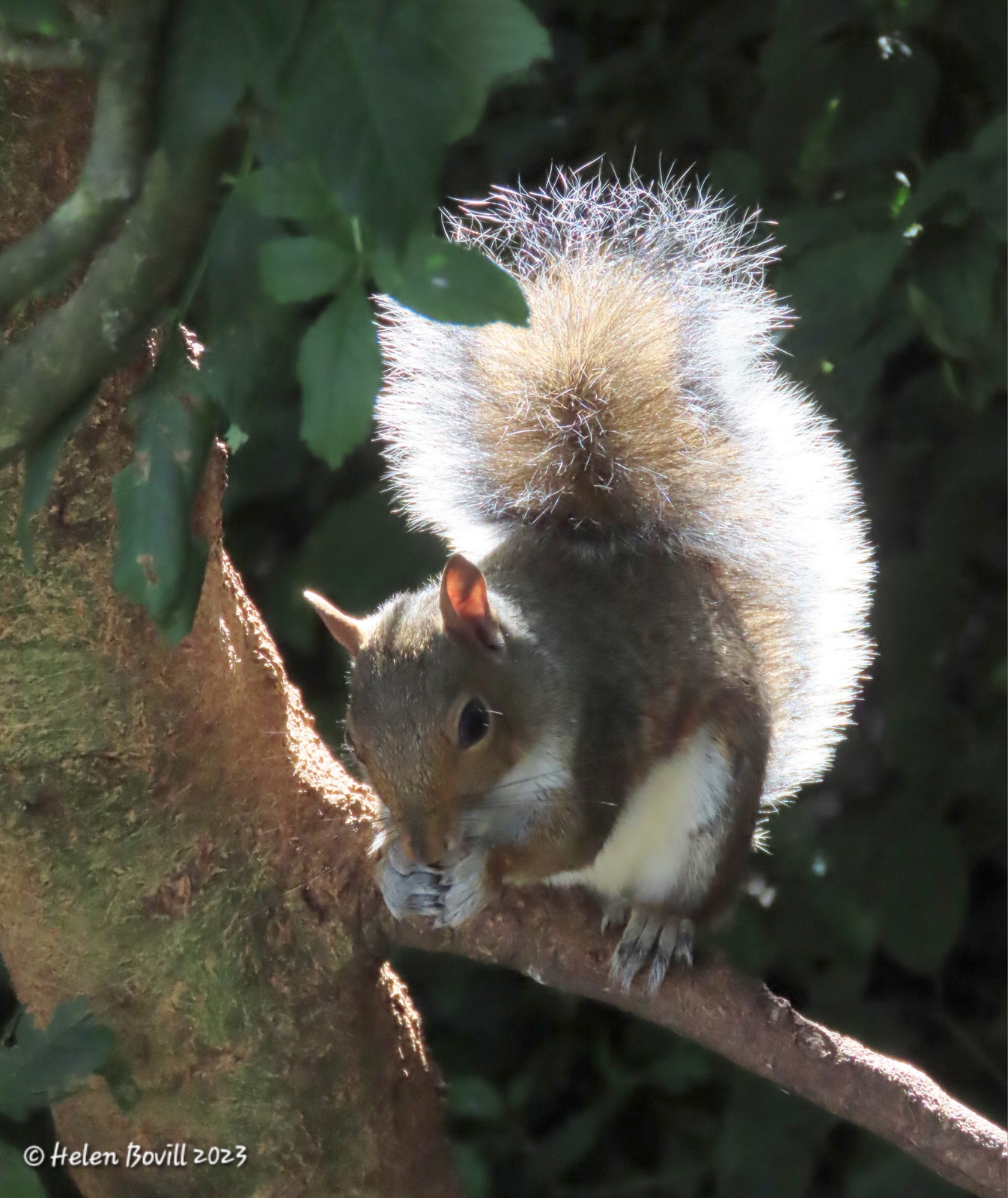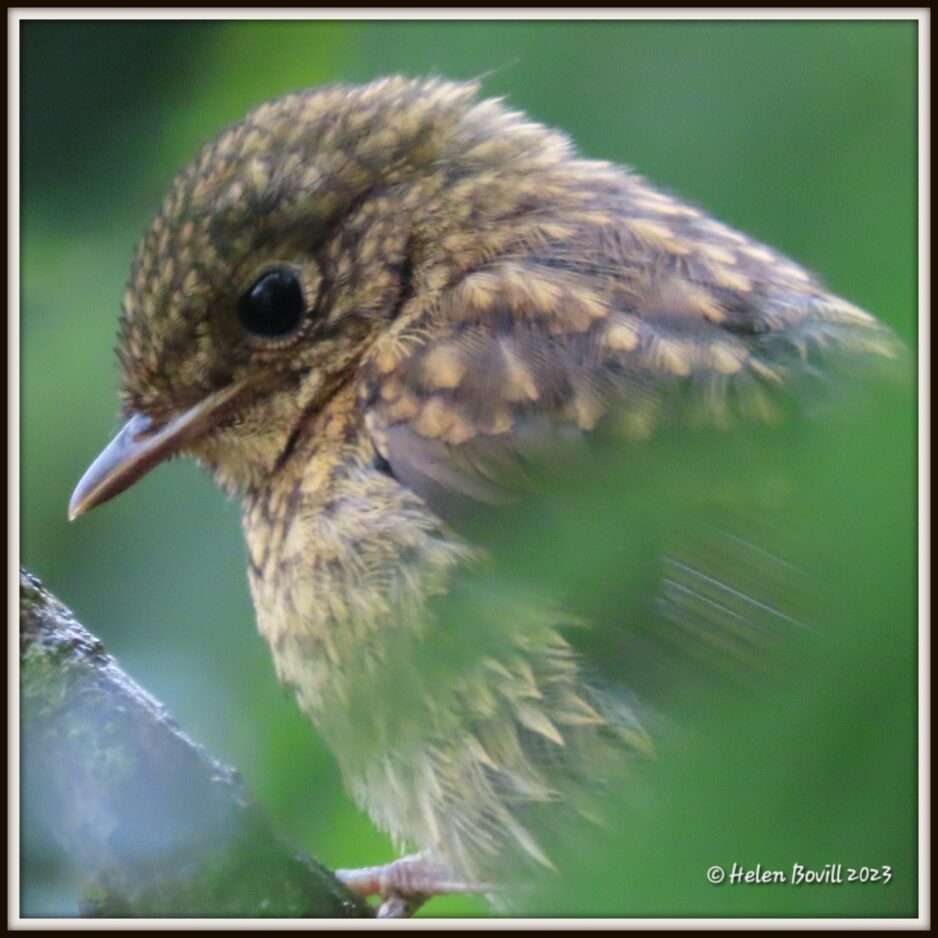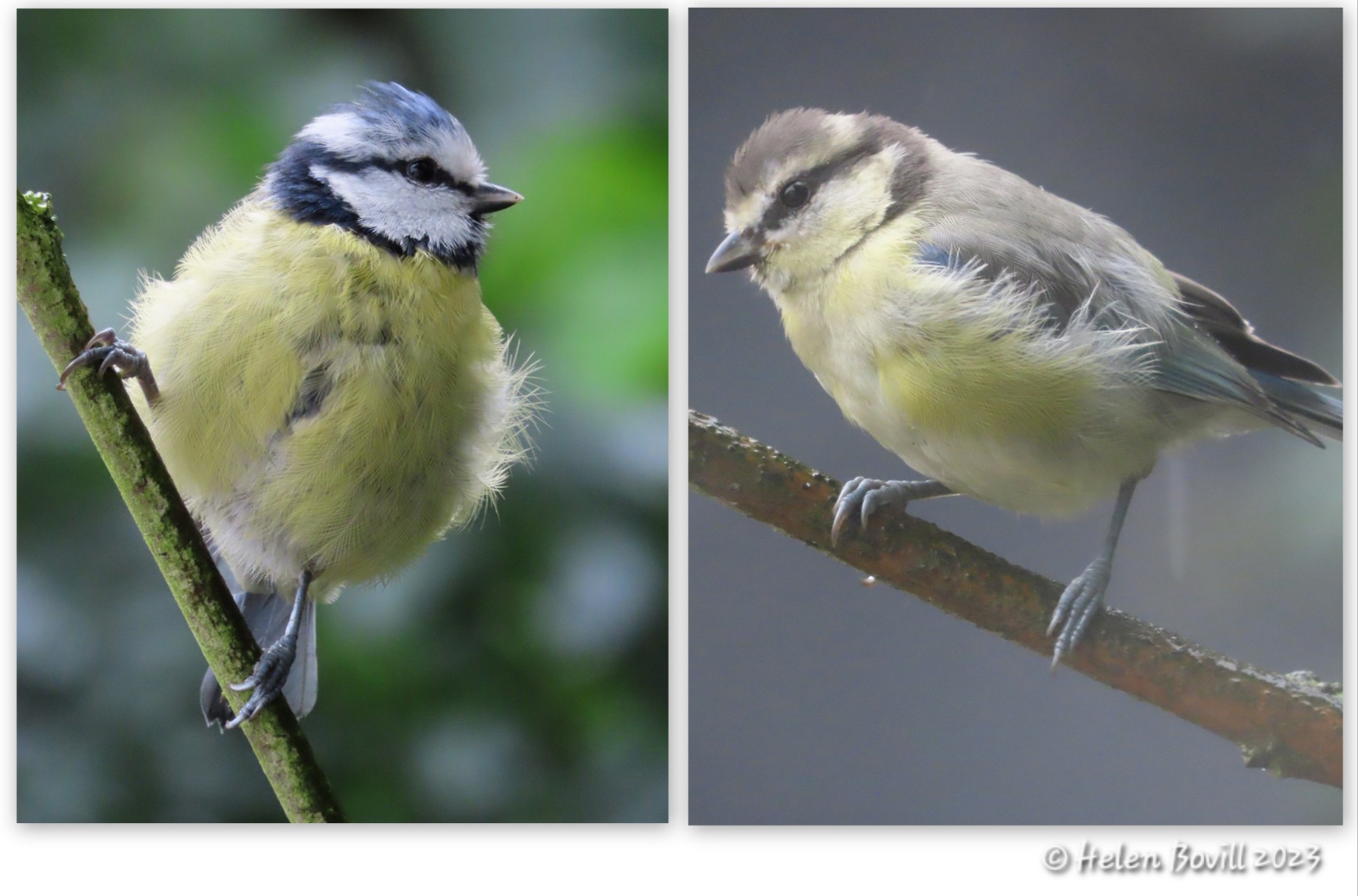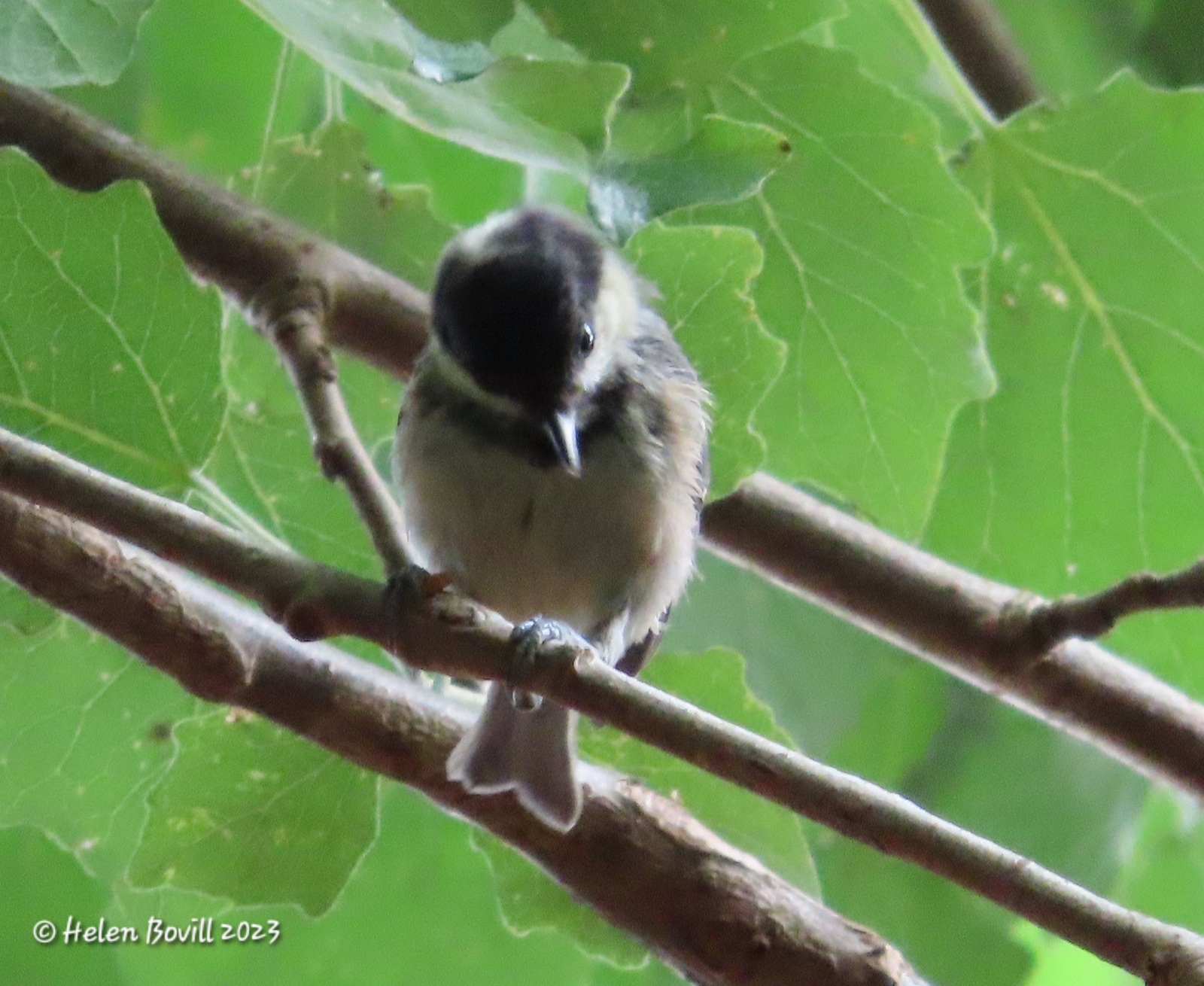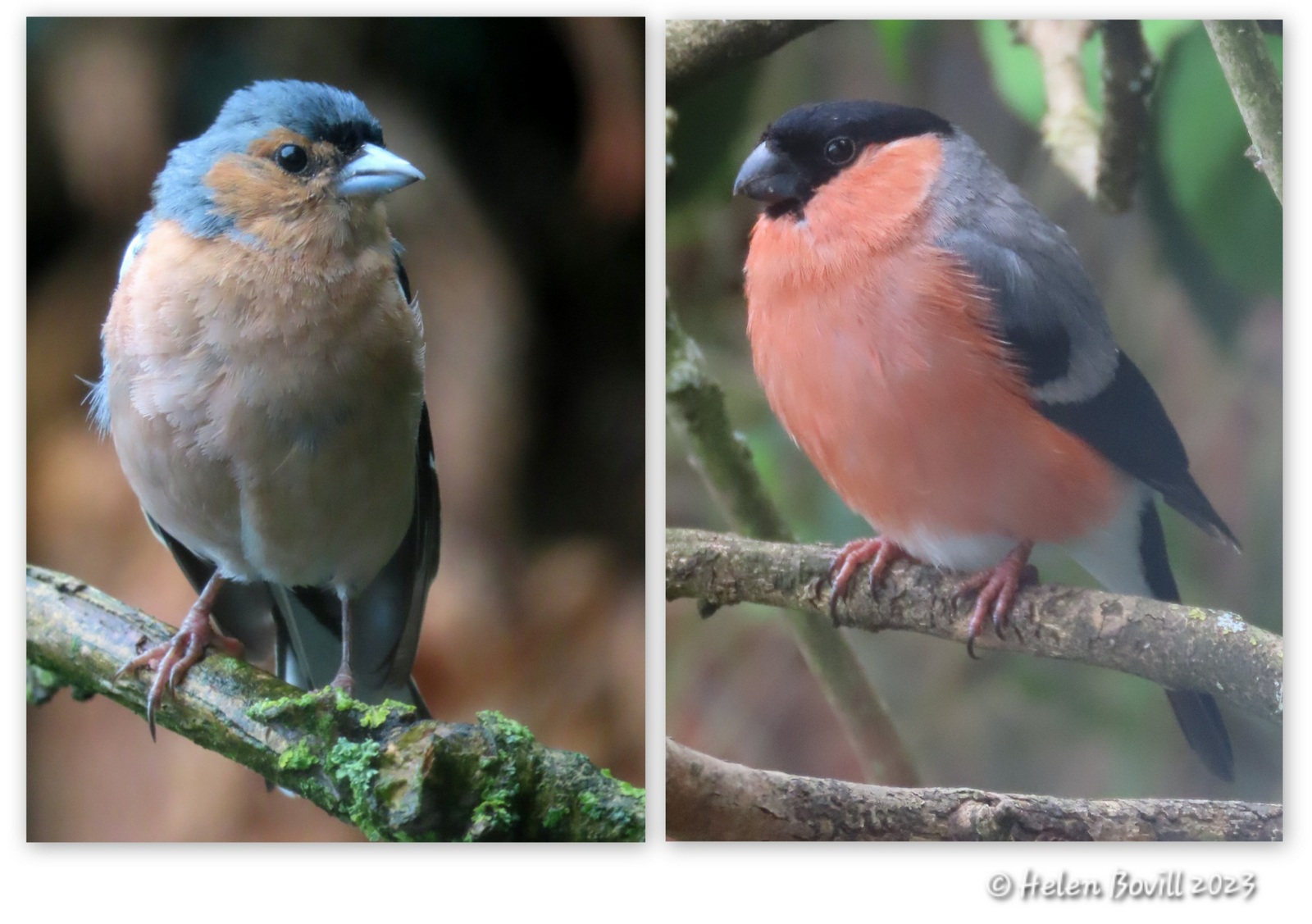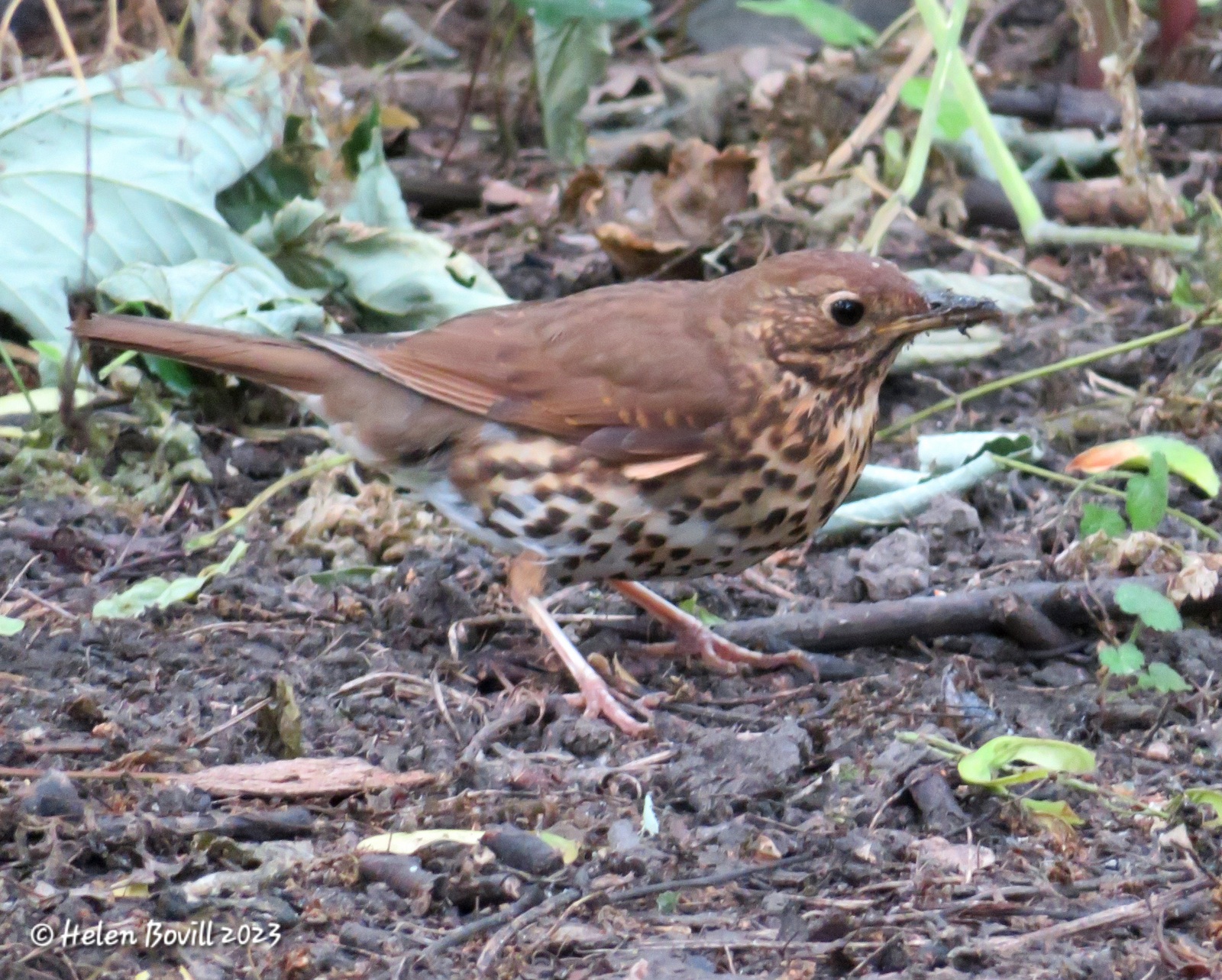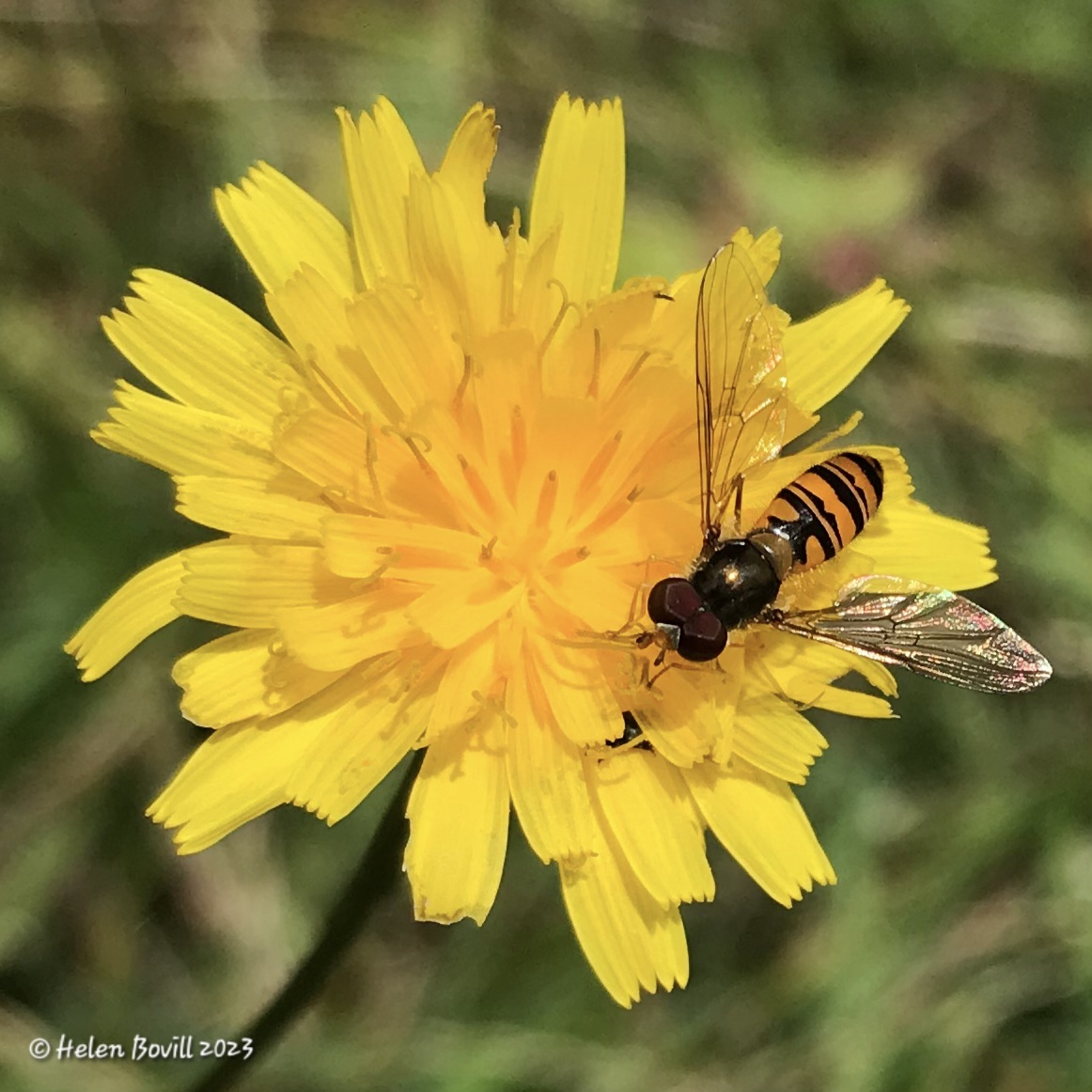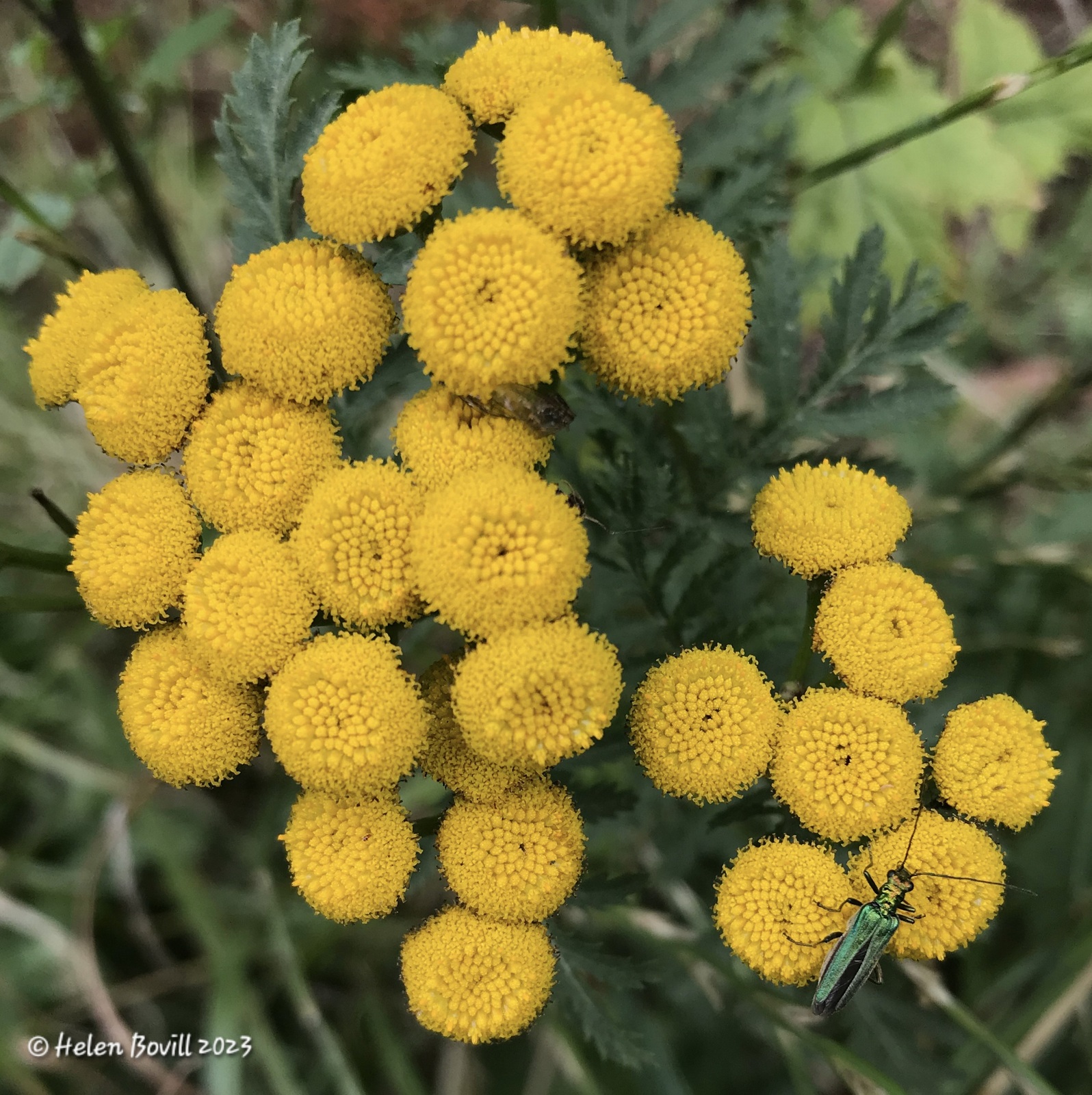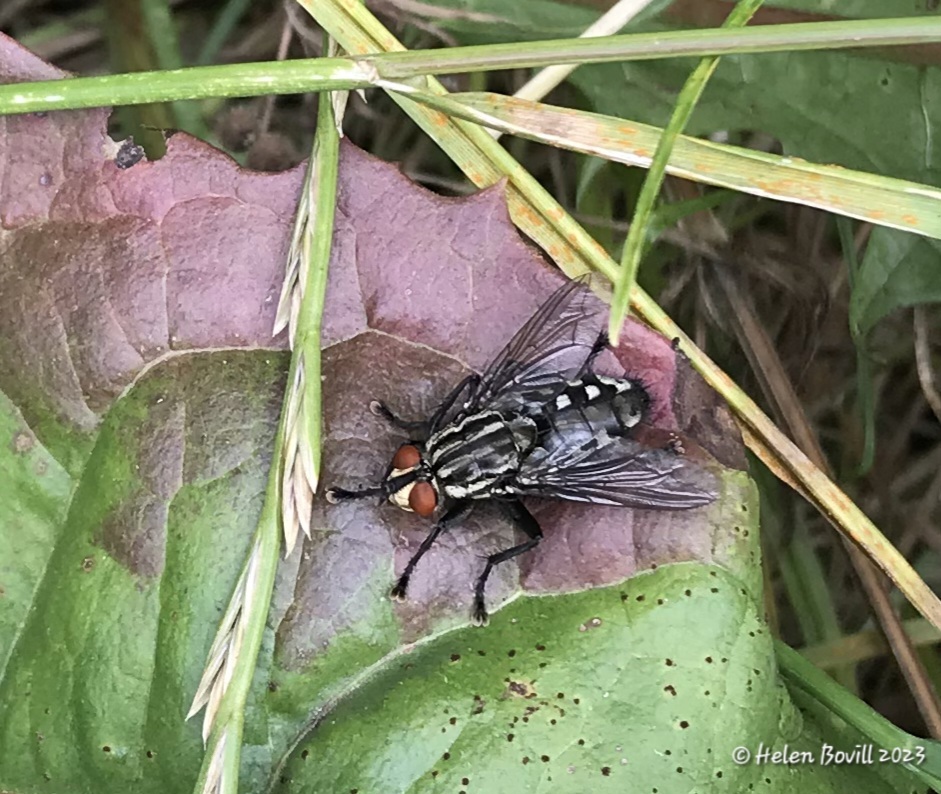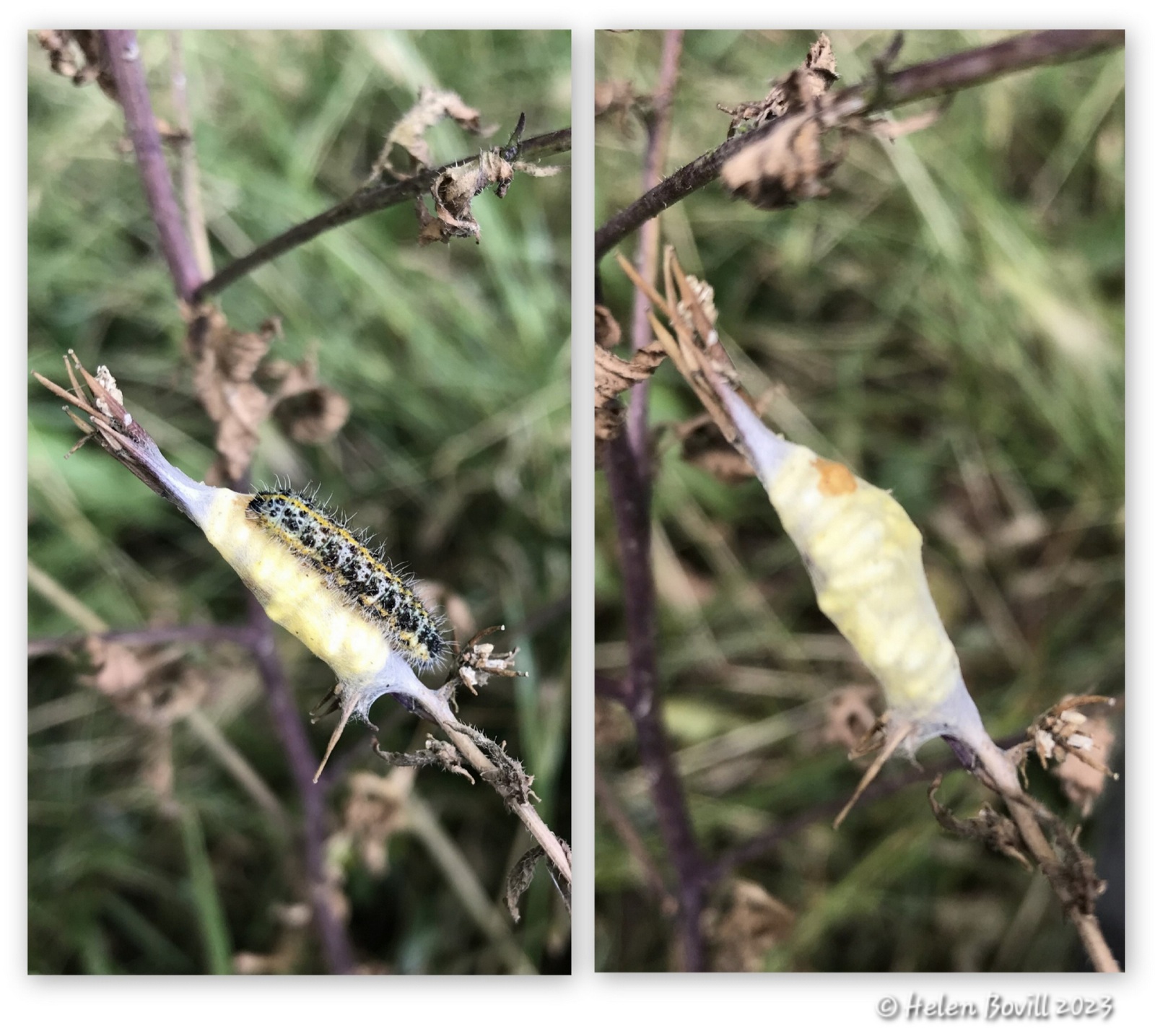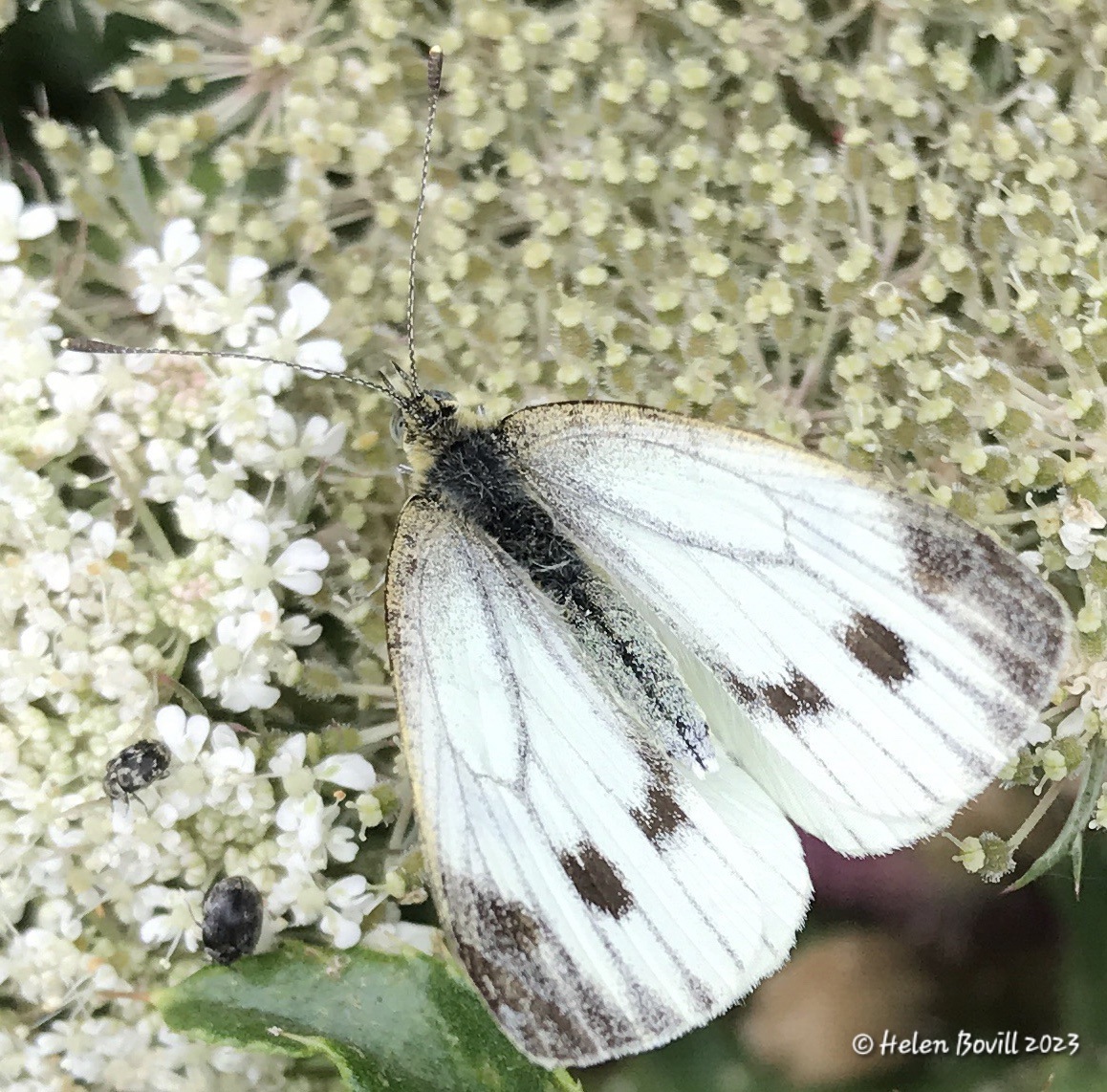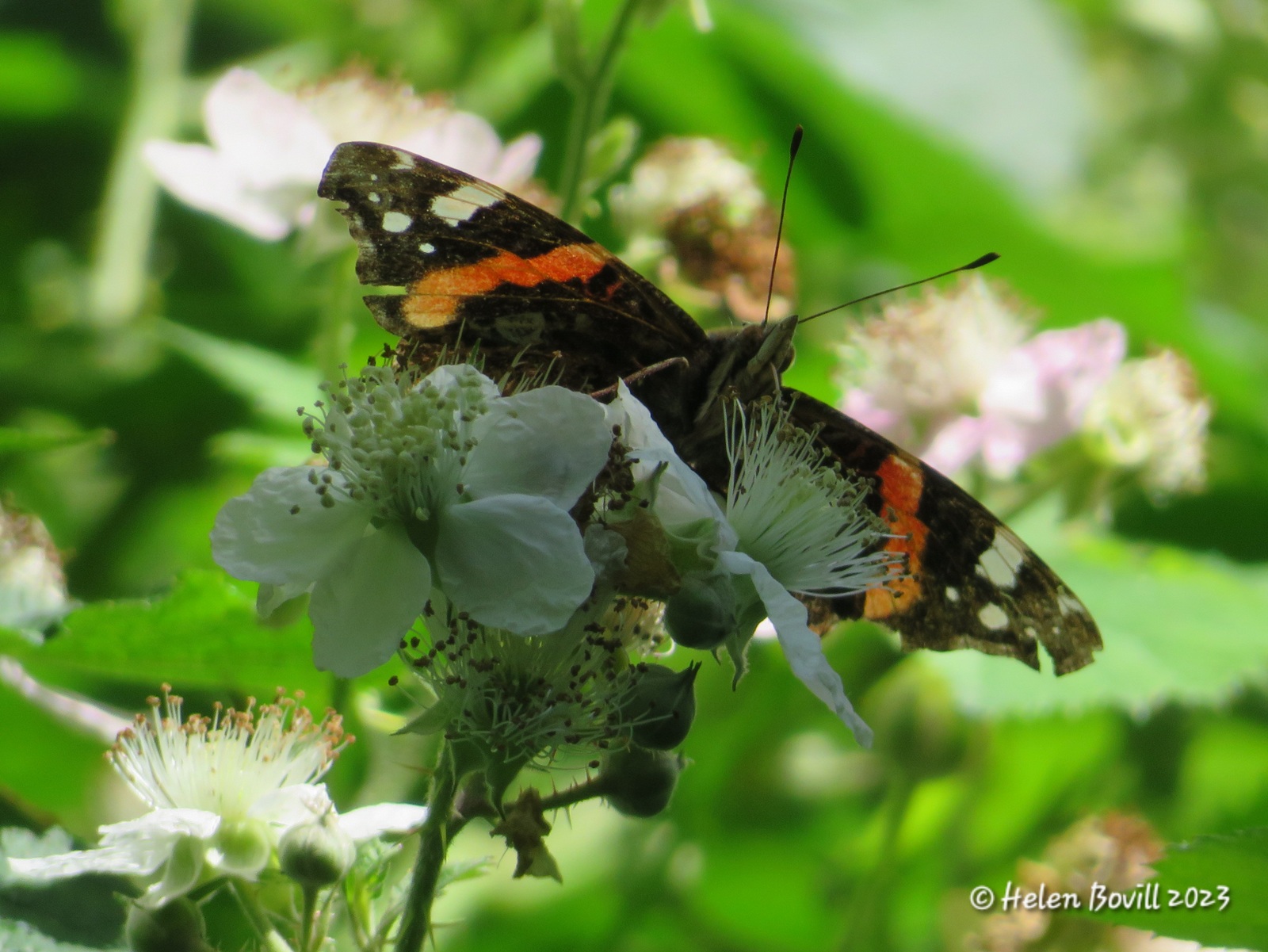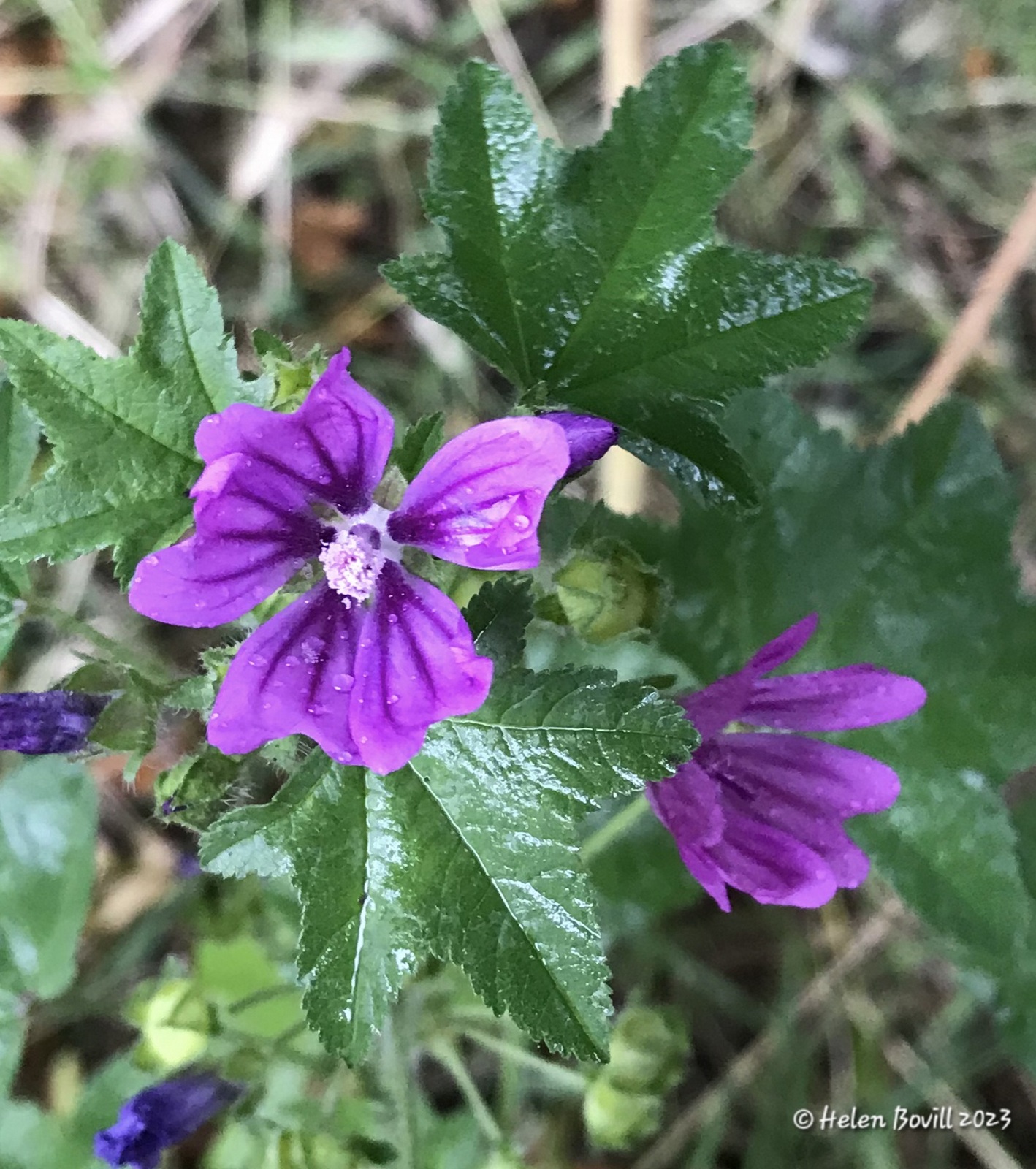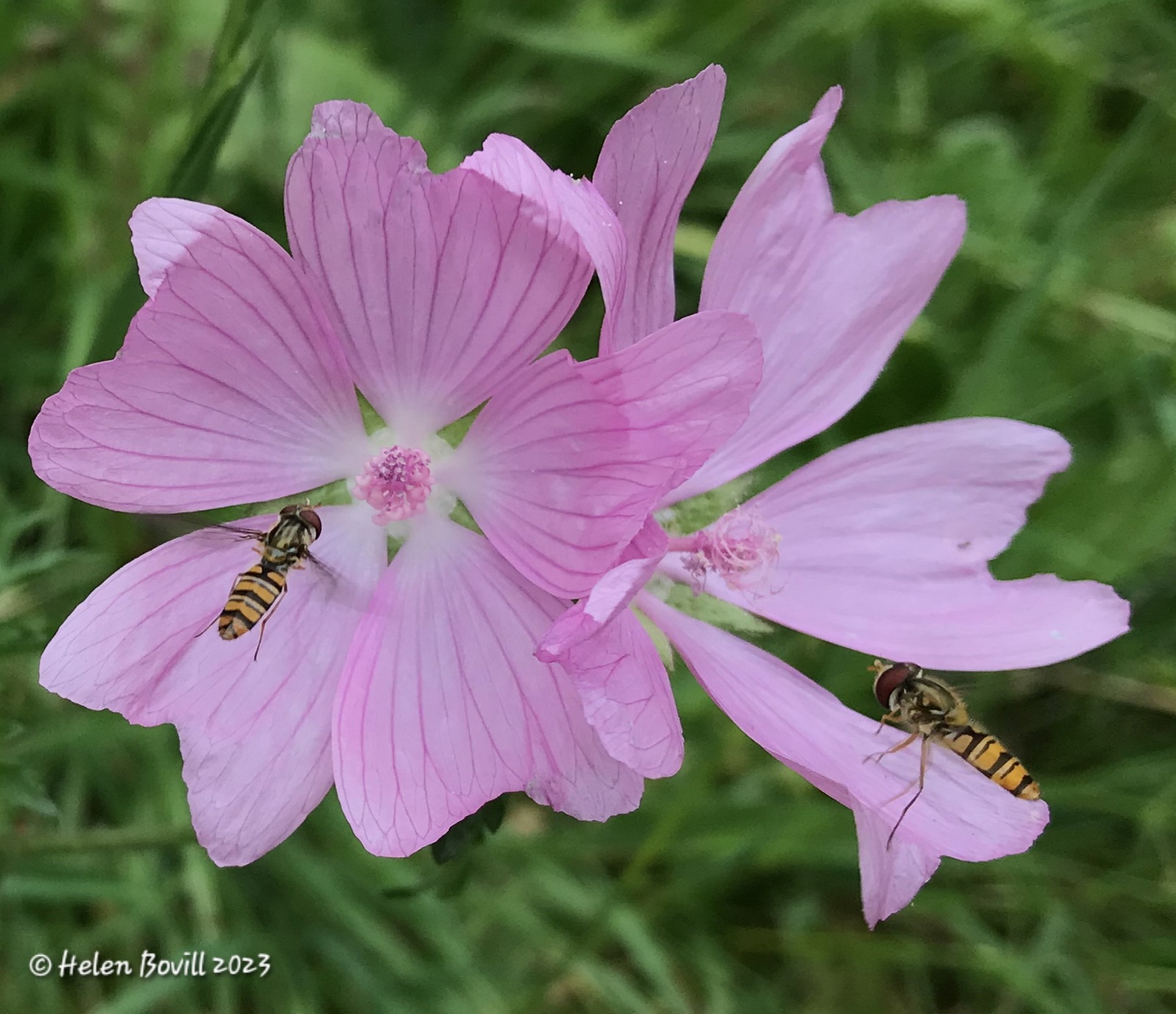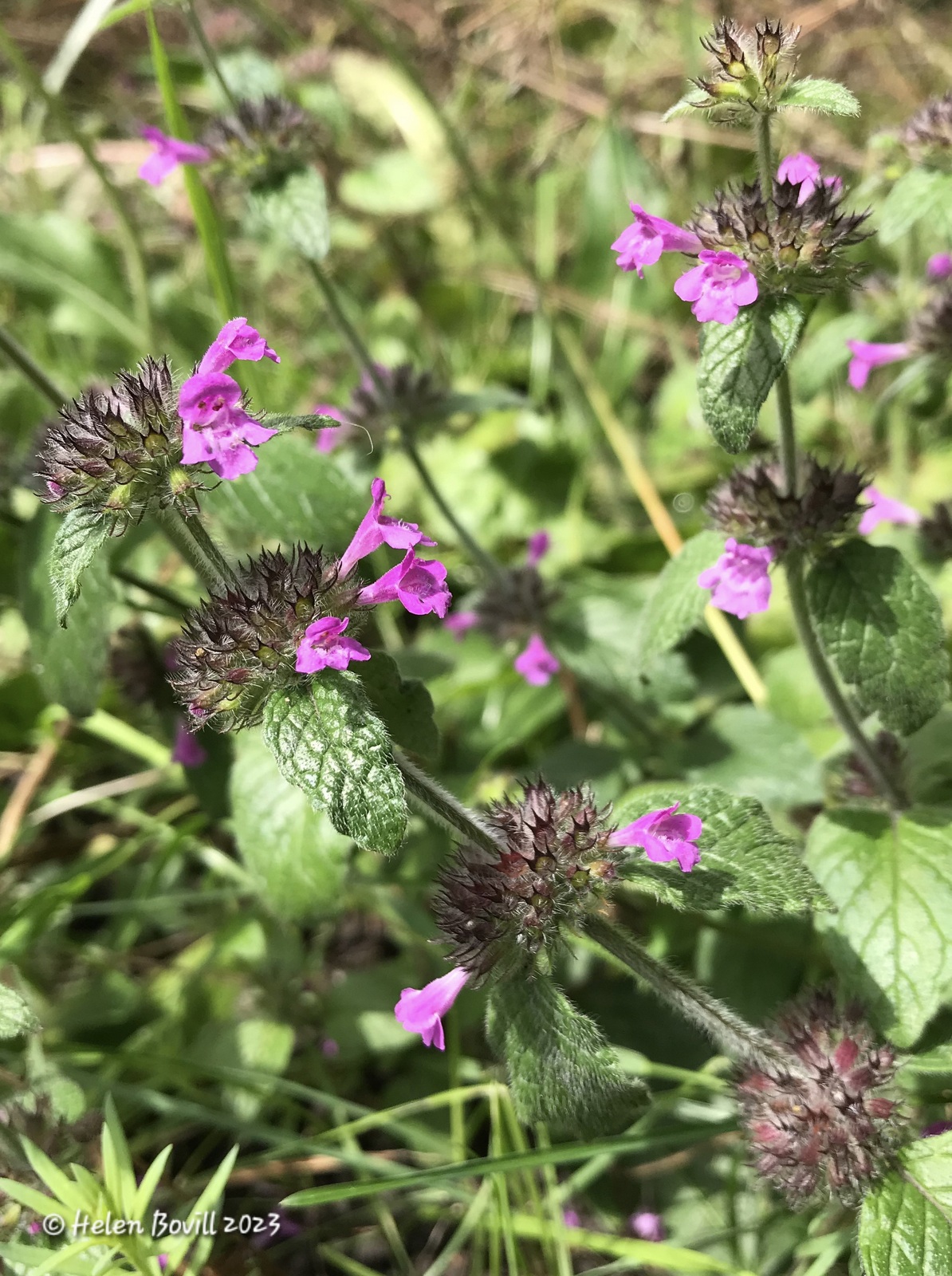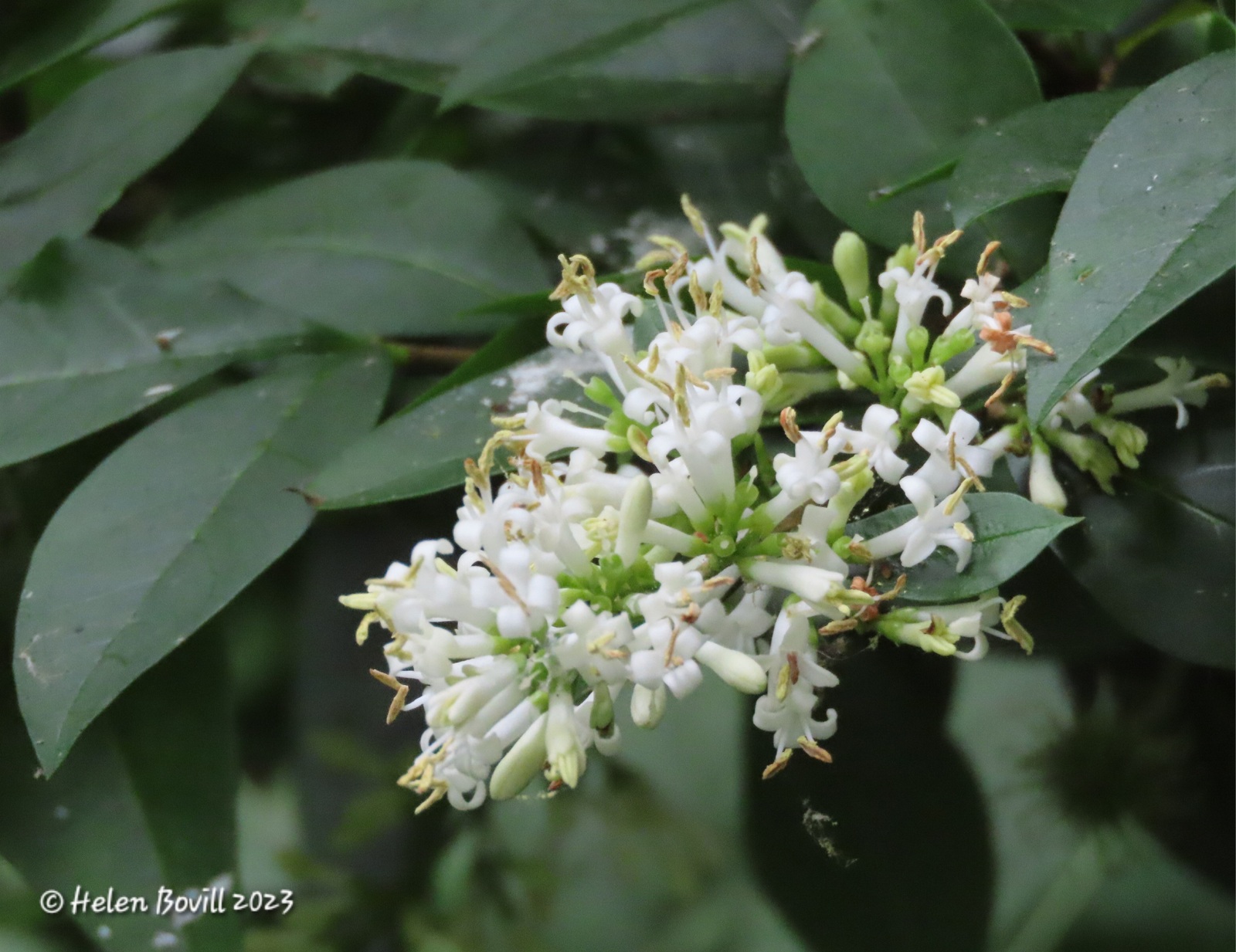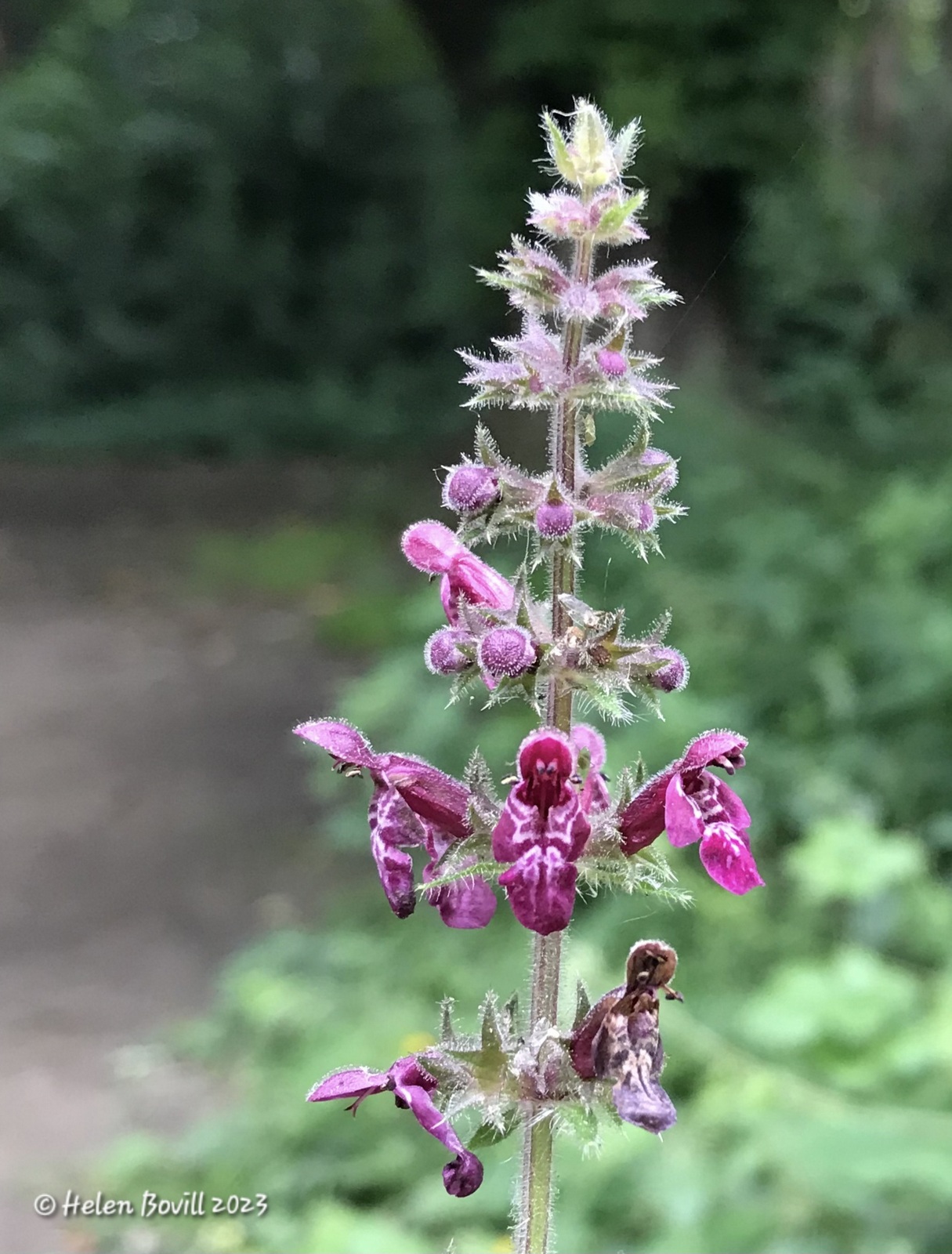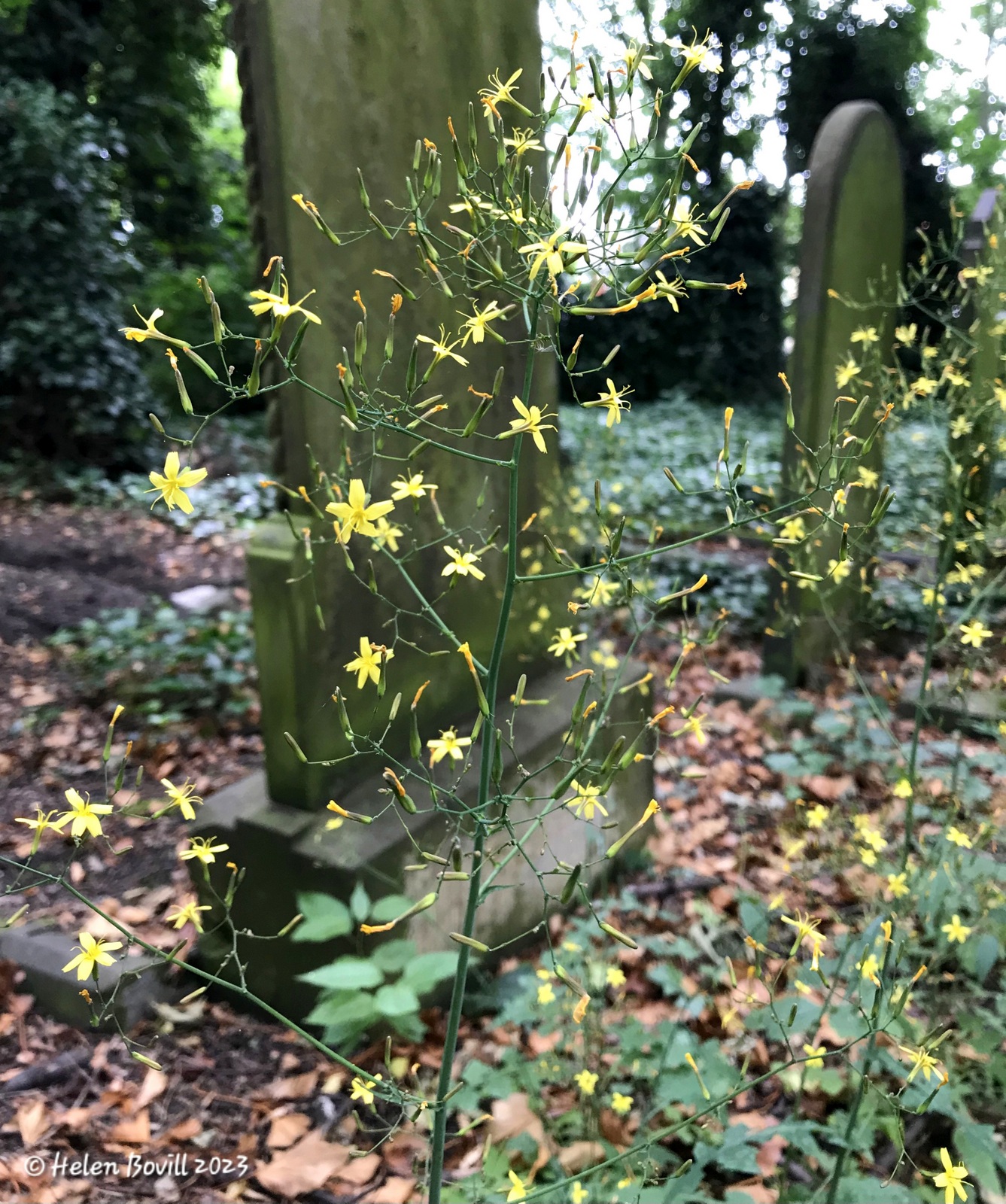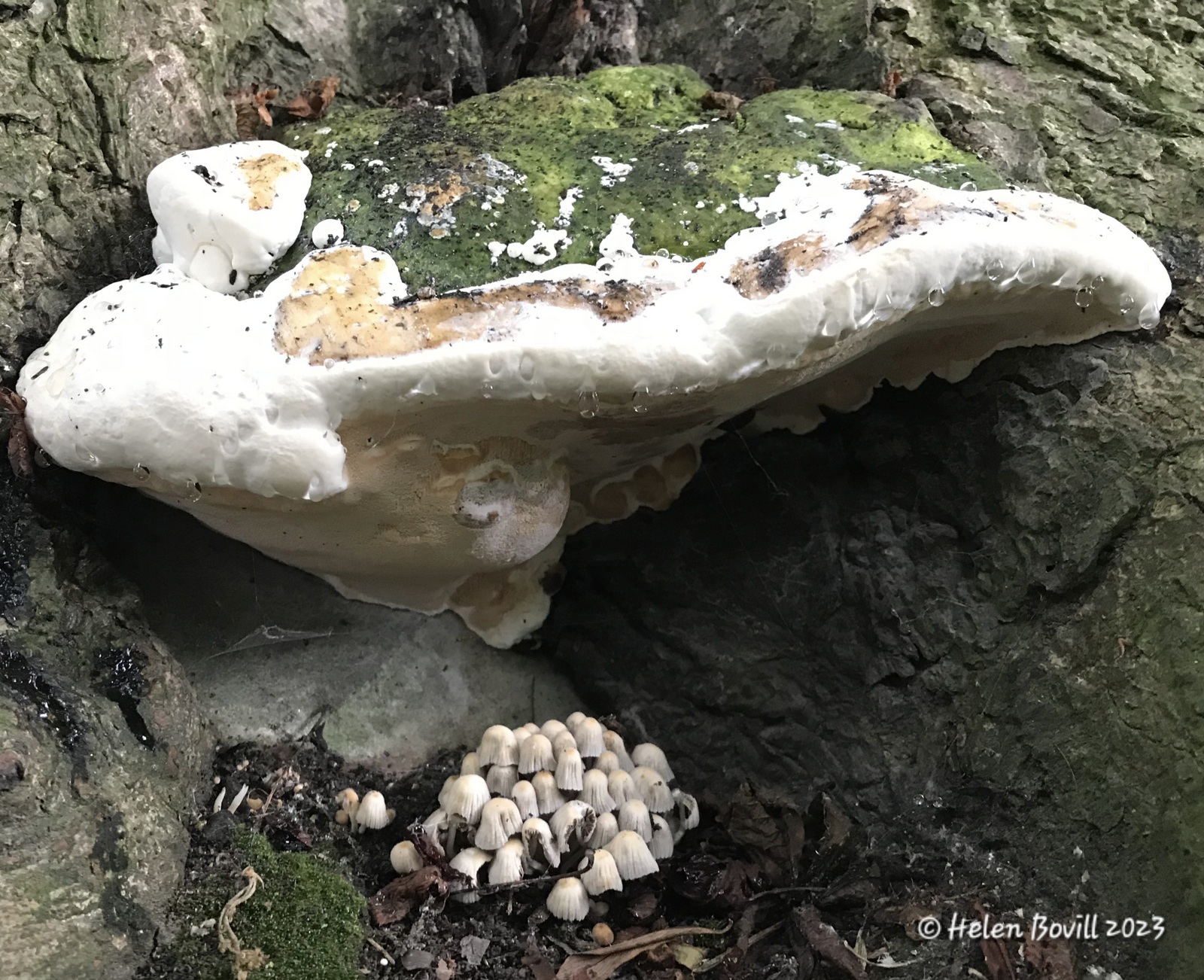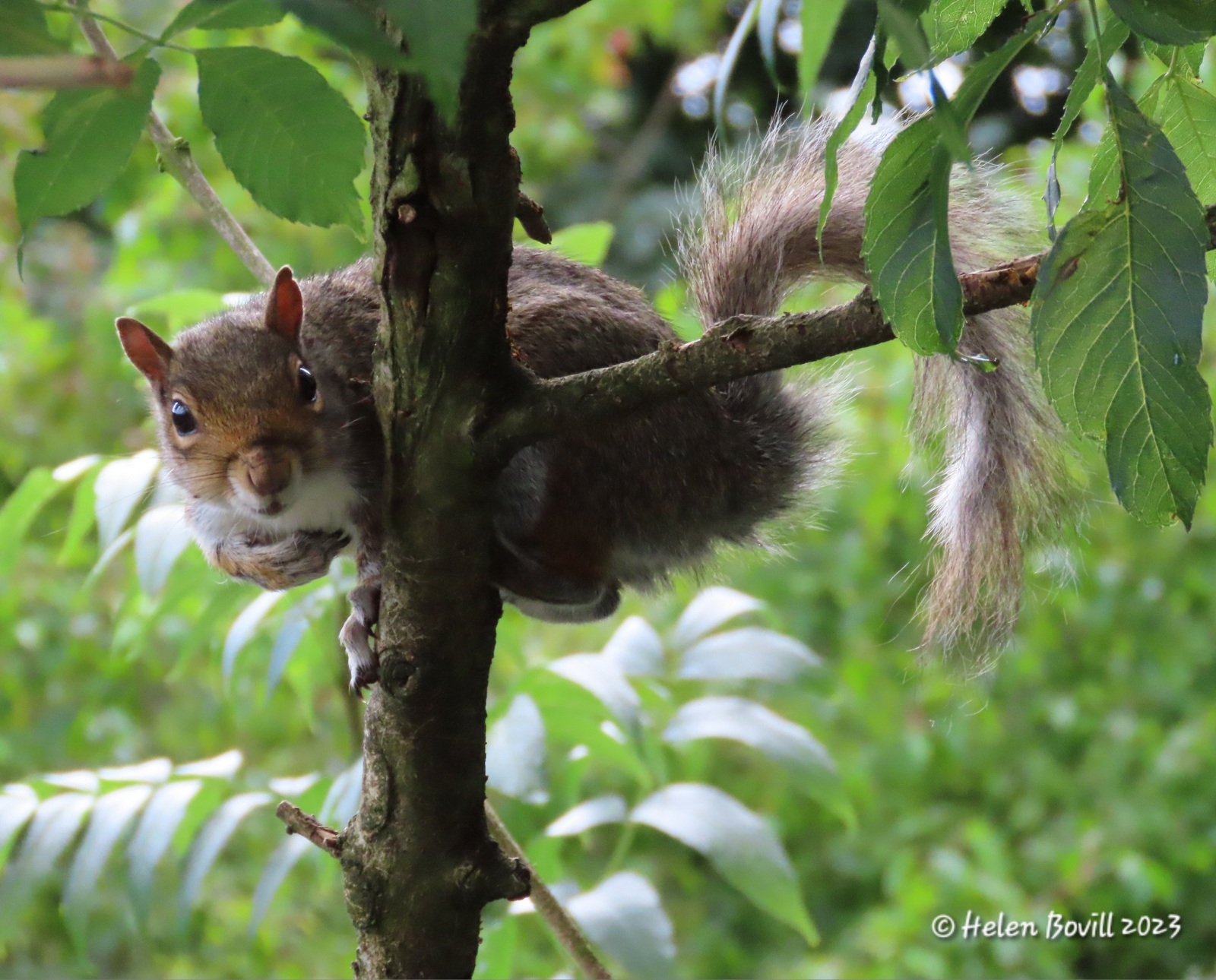It might seem odd to start the report for a winter month with a butterfly, but this is indicative of the variety of weather we had in February. There were a few days of heavy rain and the ground soon became saturated again. Then there were some milder, sunny days towards the end of the month and this is when I saw my first butterfly of the year – the above Comma, on the grass verge alongside the cemetery on Spring Bank West. I saw it on 20 February. The insect branch of the cemetery wildlife has now started to wake up.
Insects
That was one of two Commas I saw that day, together with this Small Tortoiseshell.
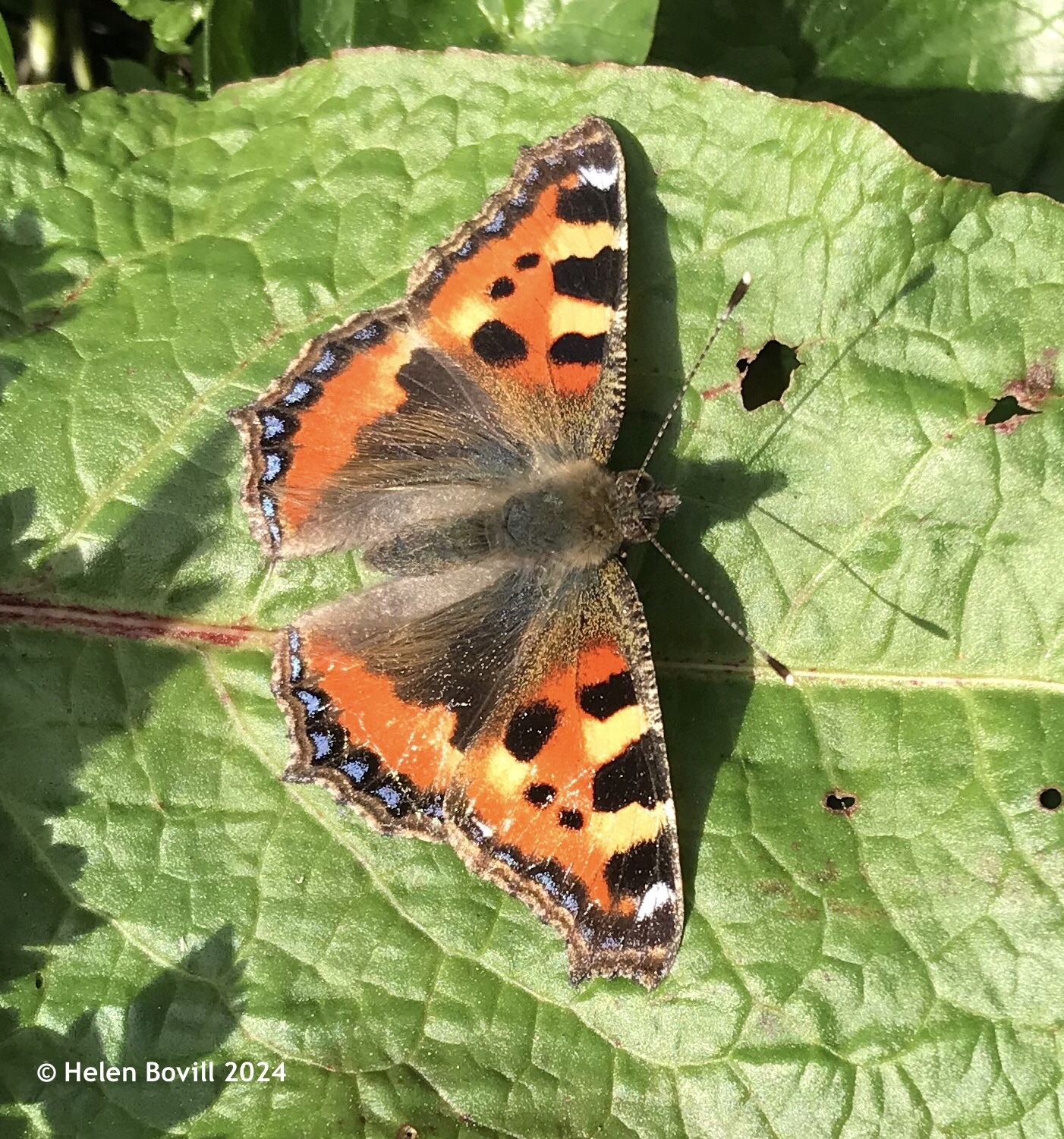
Both species spend winter in their adult form, hibernating in various places. The UK has five species of butterfly that hibernate in their adult form, the other three being Brimstone, Peacock and Red Admiral. I’ve seen all those species in and alongside the cemetery and will report on them as soon as I see them.
As a result of overwintering in this form for several months, the first butterflies that emerge can sometimes look a bit faded or battered. Both have small sections missing from their wings, and some scratch marks on them. But overwintering in this form gives them a flying start over other species when it comes to getting on with the serious business of eating and then mating.
Please see the link at the end of my report for more information on butterfly hibernation.
I also saw my first bumblebee of the year, again on the grass verge. It was too quick for me to get a photo, but it looked like a buff-tailed one. I saw several ladybirds – native 7-spot ones and some harlequin ones. I also saw various types of hoverflies including Marmalade hoverflies and this Common drone fly.
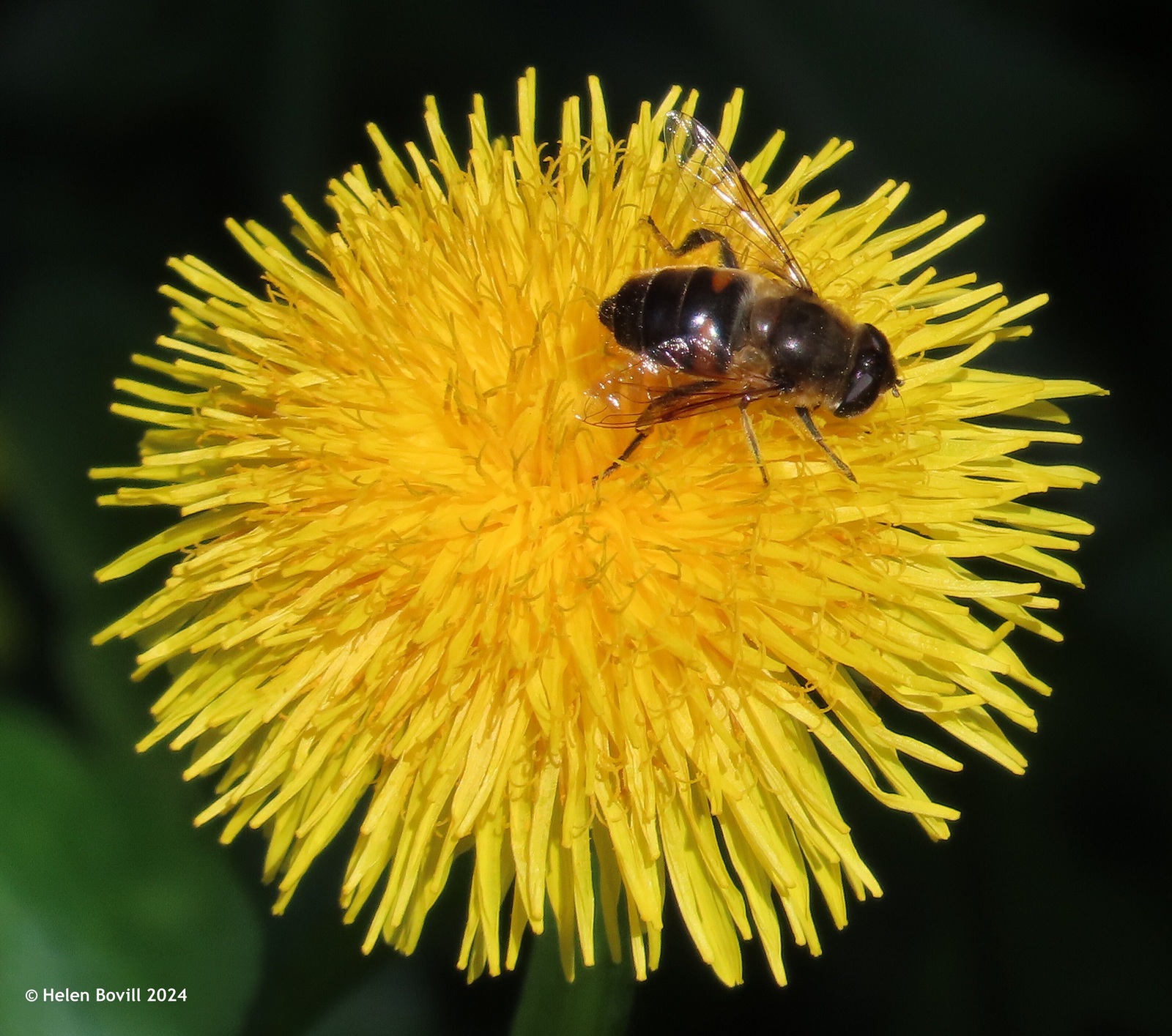
Plants
Daffodils are now starting to flower all around the cemetery. Although these were planted by volunteers several years ago and are not wildflowers, they’re still worthy of a mention because they provide a good source of nectar for pollinating insects. They seem to flower earlier each year – this photo was taken on 2 February.
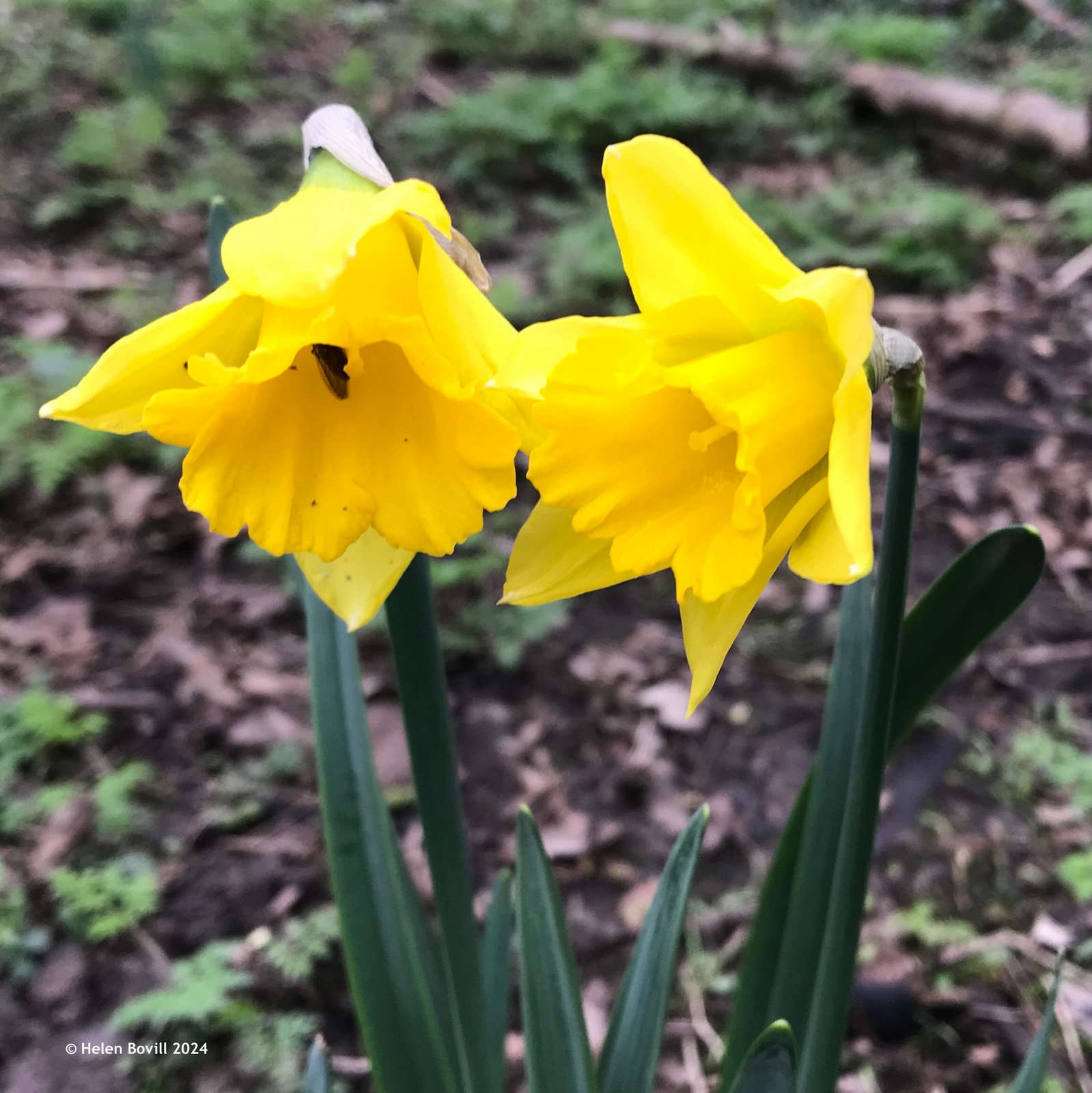
As you can see, there is a small hoverfly just visible in the one on the left, although both flowers had a hoverfly inside them.
But the wildflower I’m always happiest to see is the Lesser Celandine and after a slow start in January, they are now in flower all over the cemetery and along the grass verge. They look simply glorious and provide an important source of nectar for those early butterflies.
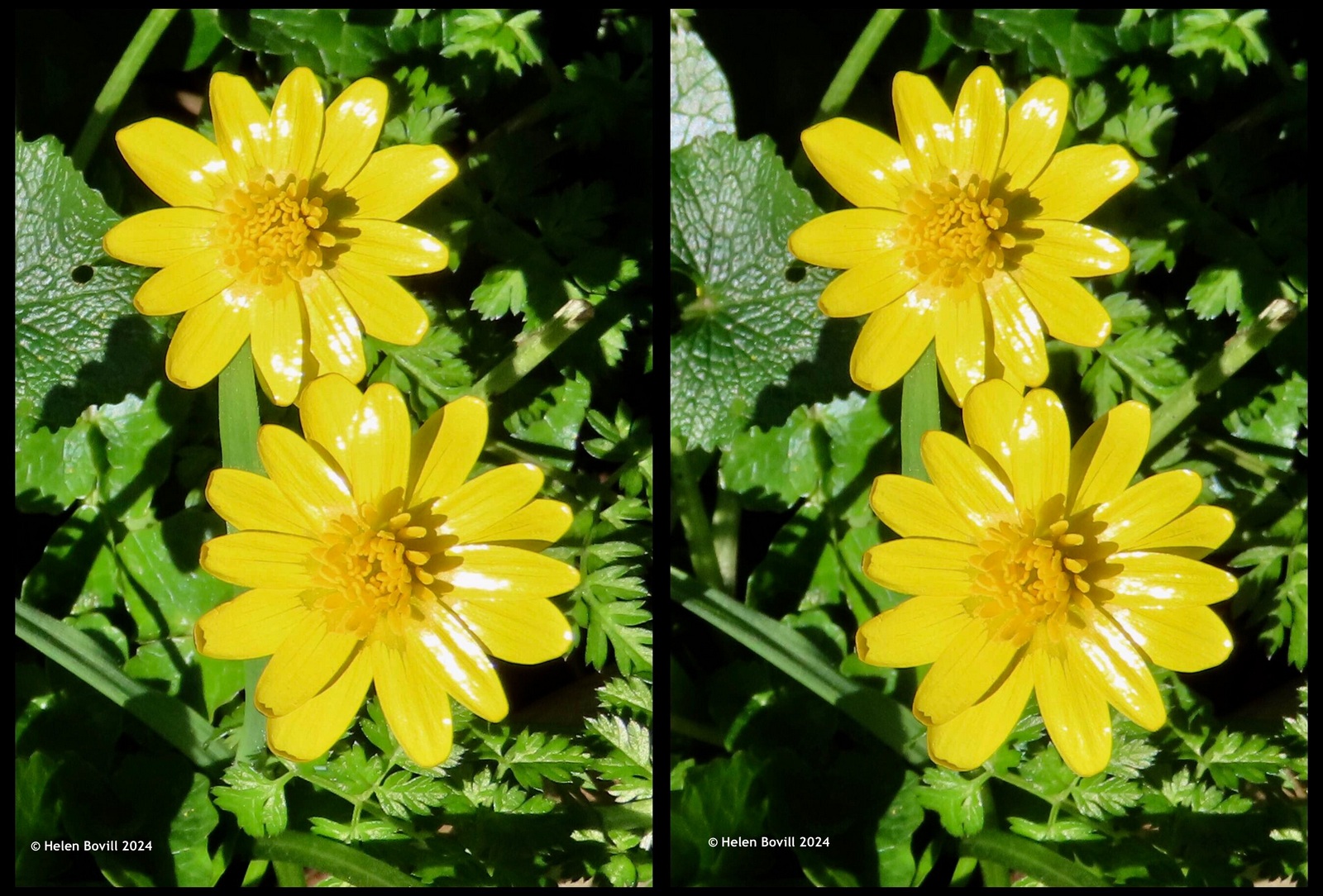
The number of petals varies from flower to flower. When researching how many they should have, a figure of 8-12 seemed to be the consensus. But the flower at the top has 13 petals and the one below has 15!
I’ve presented this photo in 3D because it makes it a lot easier for me to count petals and identify which flower belongs to which leaf and so on. If you’re one of those people that managed to master the art of viewing those “Magic Eye” pictures that were popular in the 1990s then you should be able to see the 3D effect too.
I was also very happy to see buds on one of the small Quince bushes inside the cemetery.
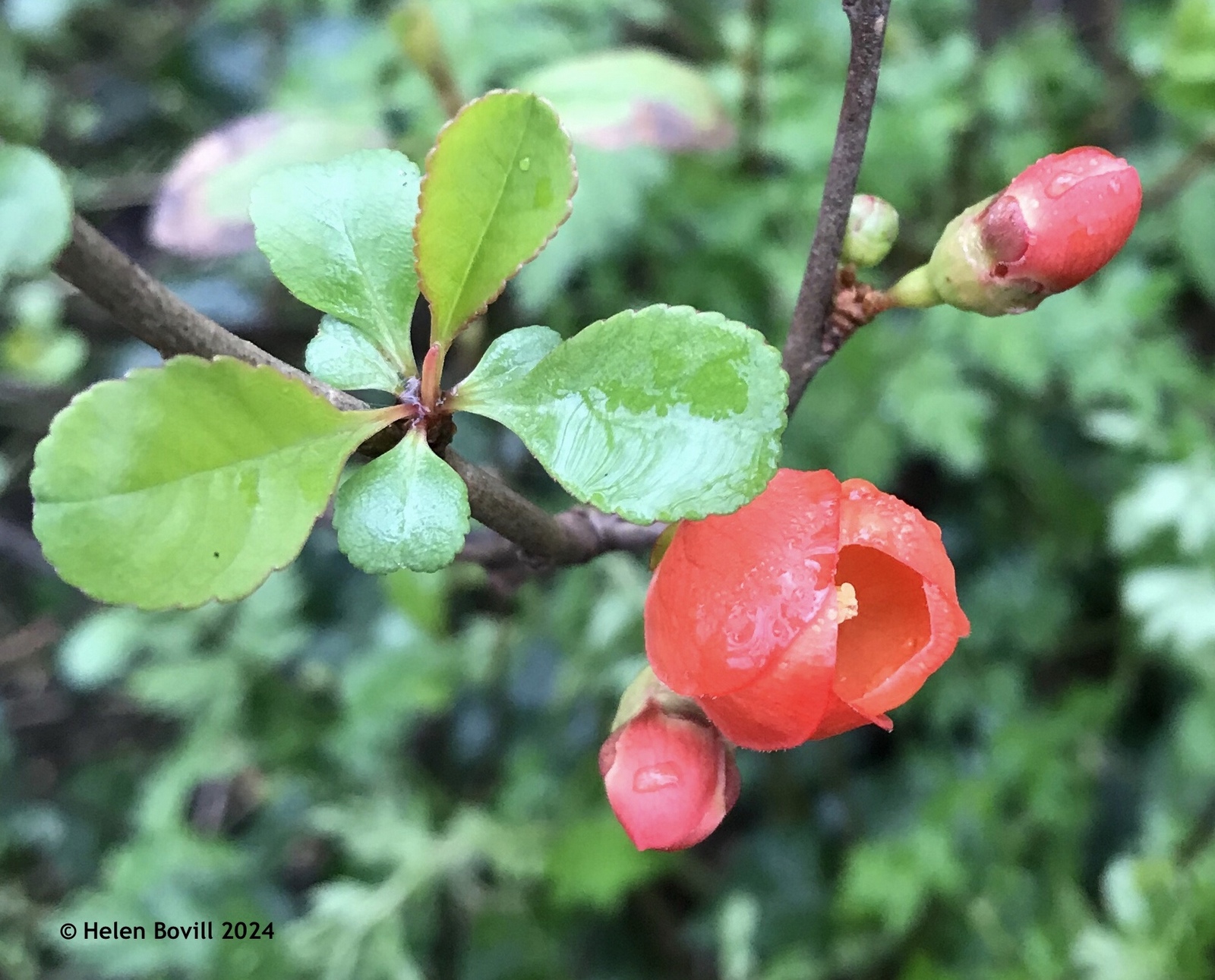
The Forsythia growing at the side of the cemetery gates is now in flower, but this is just the beginning. It will look even better by mid-March when all the flowers are open but just before the leaves have started to emerge.
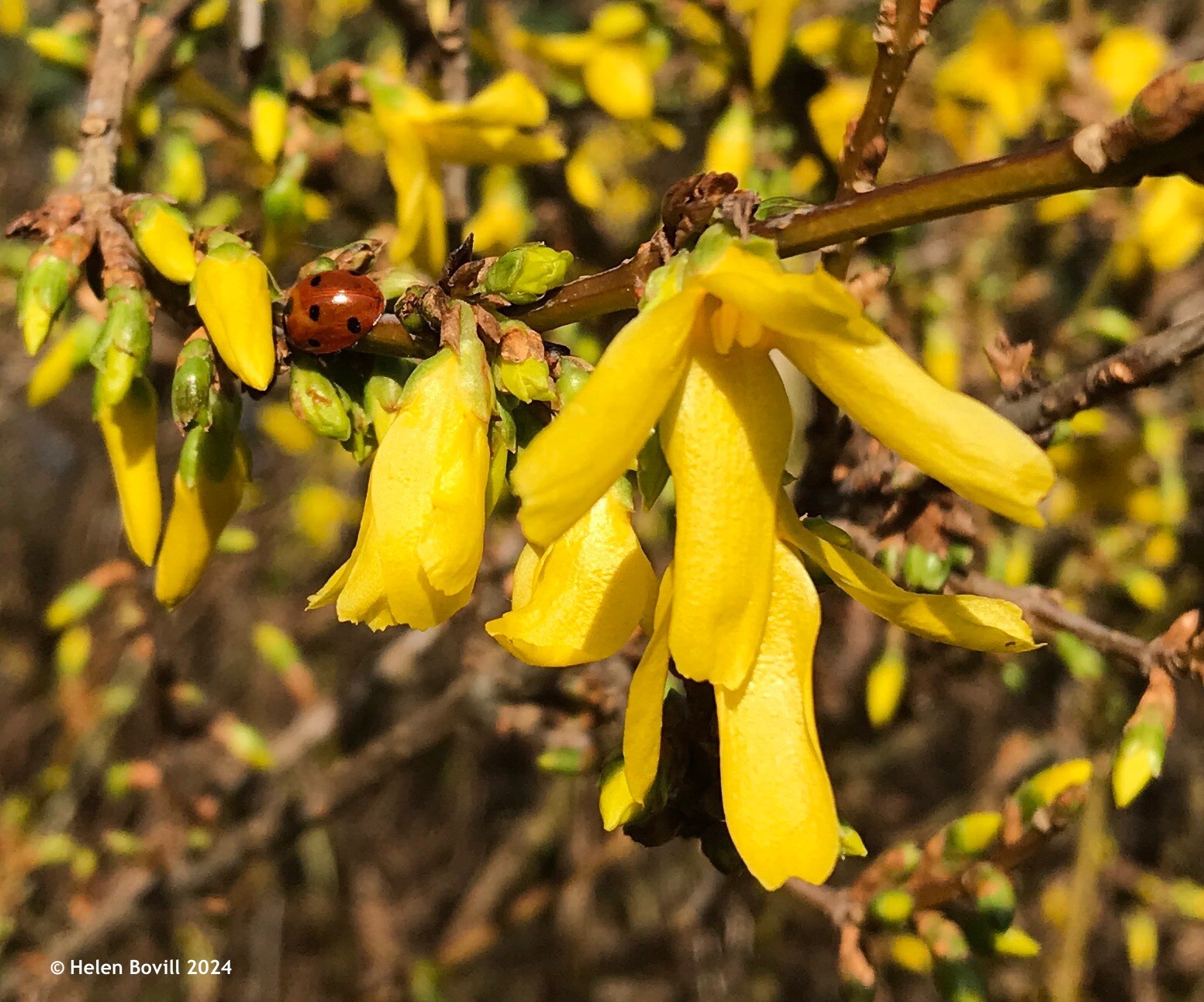
Another shrub where the flowers appear before the leaves is Blackthorn. I was away on holiday for a week in mid-February, and was amazed to see how many flowers were open when I checked on my return. There hadn’t been any open at the start of the month. May used to be the month when I’d notice a big difference after a week away; this seems to be happening earlier now.
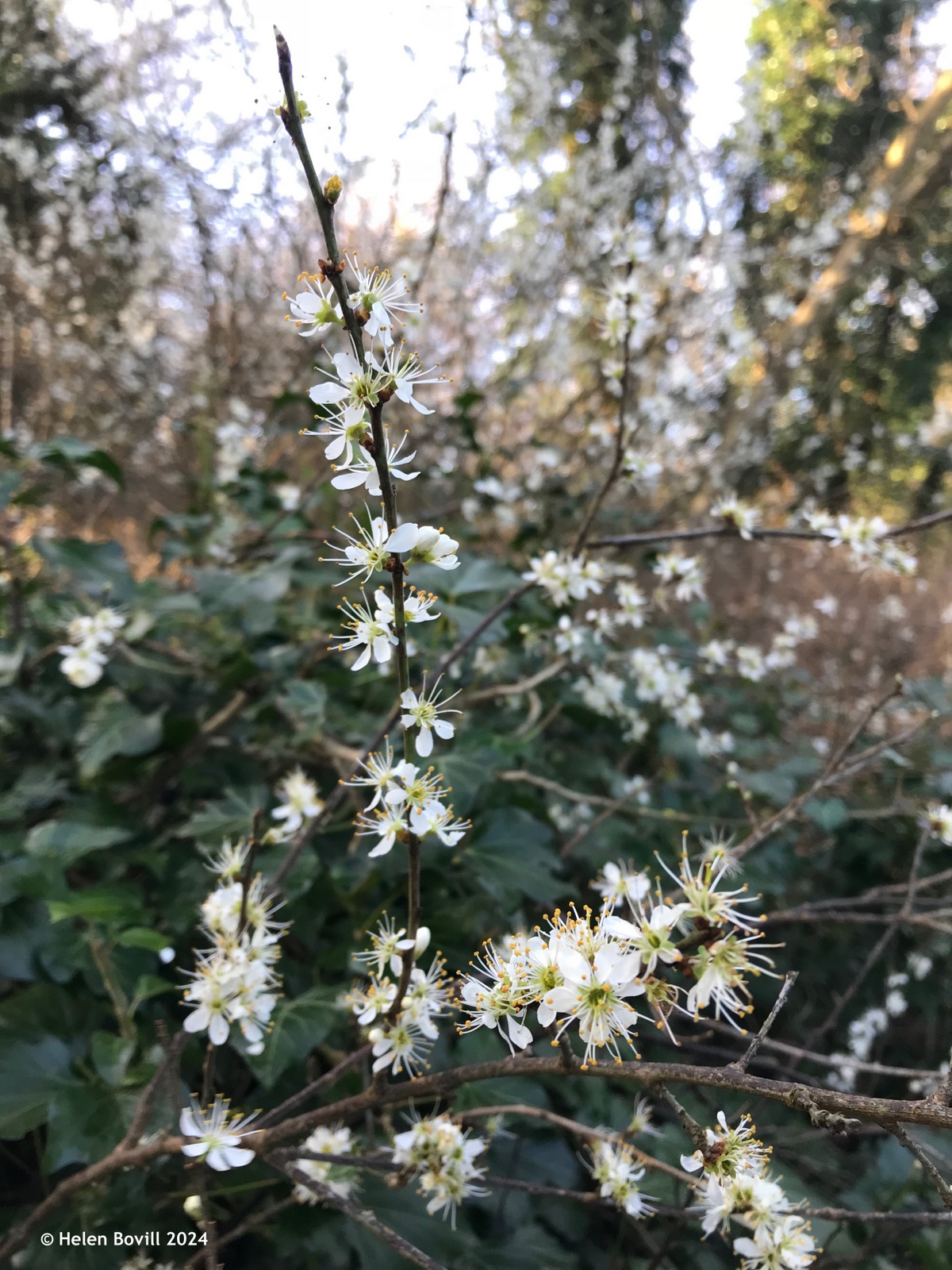
The Common Dog-violets that had just started to flower in January are now in full bloom.
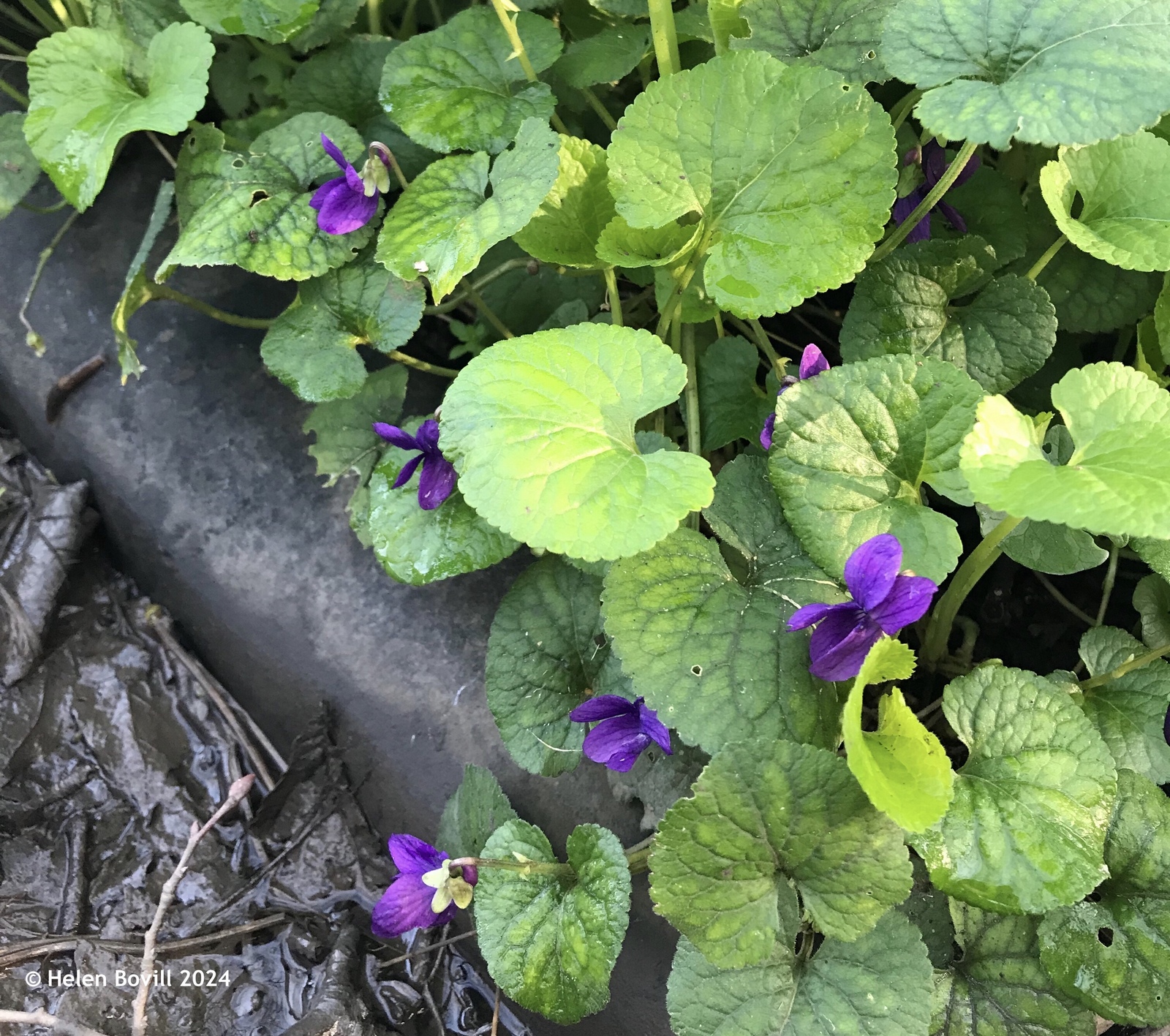
There are still plenty of snowdrops of various types in flower, but I noticed that most are past their best now. Many had been nibbled by the cemetery wildlife.
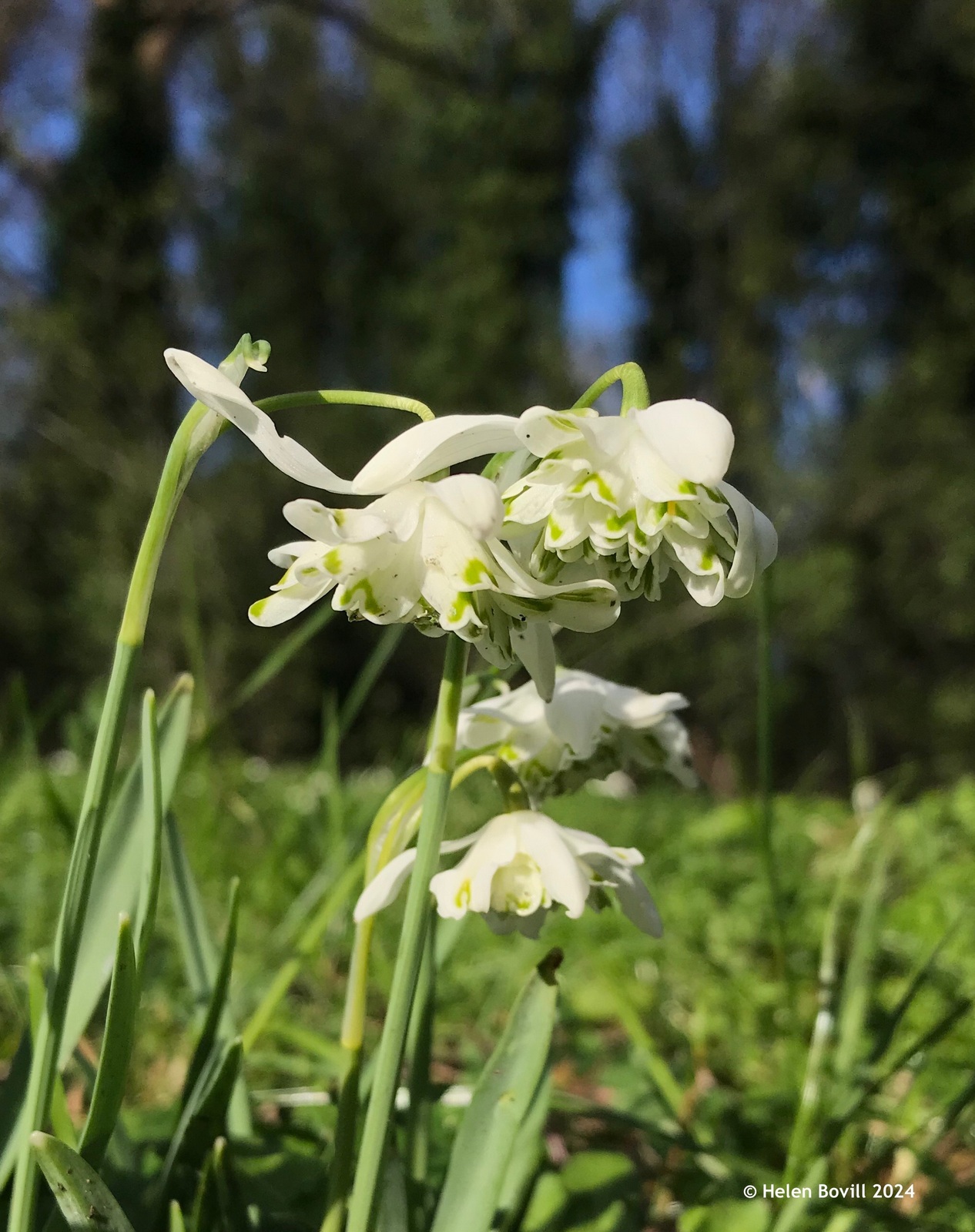
Birds
The avian branch of the cemetery wildlife is flourishing, and all my walks around the cemetery were accompanied by birdsong. The birds I saw most often were Blue Tits – they seem to be the commonest species in the cemetery.
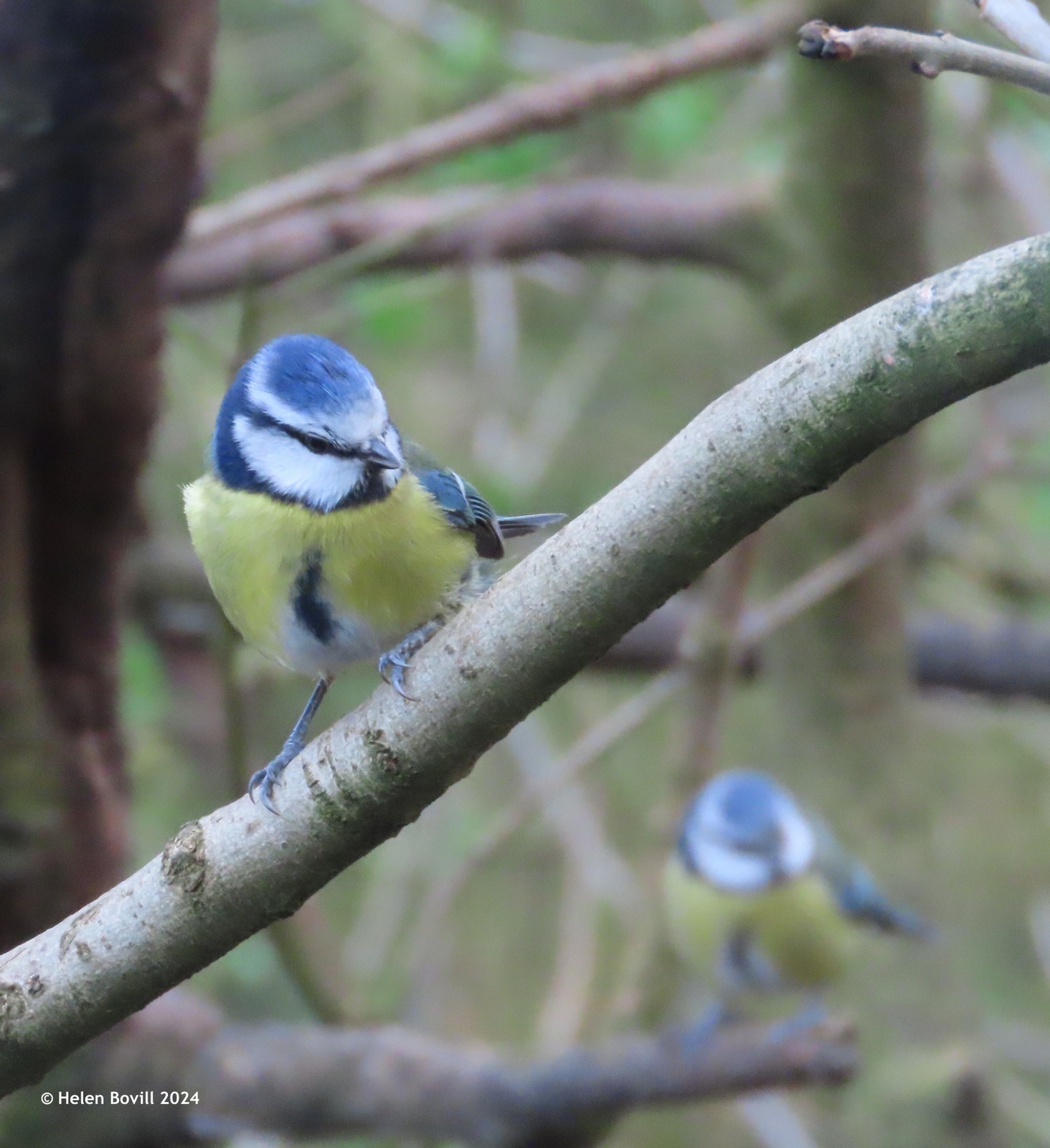
I also saw plenty of Great Tits and Long-tailed Tits, but only a couple of Coal Tits.
I caught several glimpses of Bullfinches in the cemetery and at one point saw two females. Added to the two males I saw in January that makes four different birds in total.
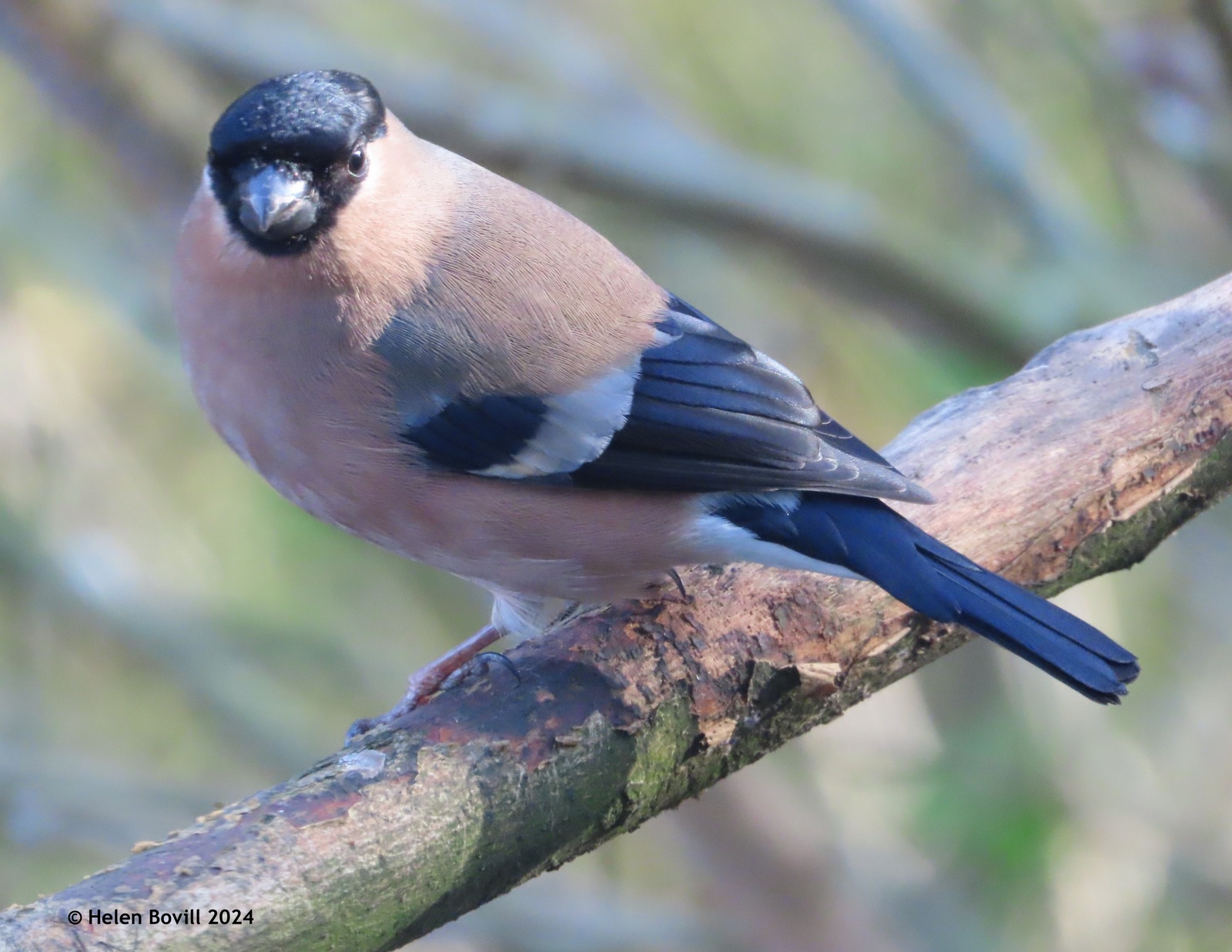
I saw small flocks of Goldfinches in the cemetery, and plenty of Chaffinches too.
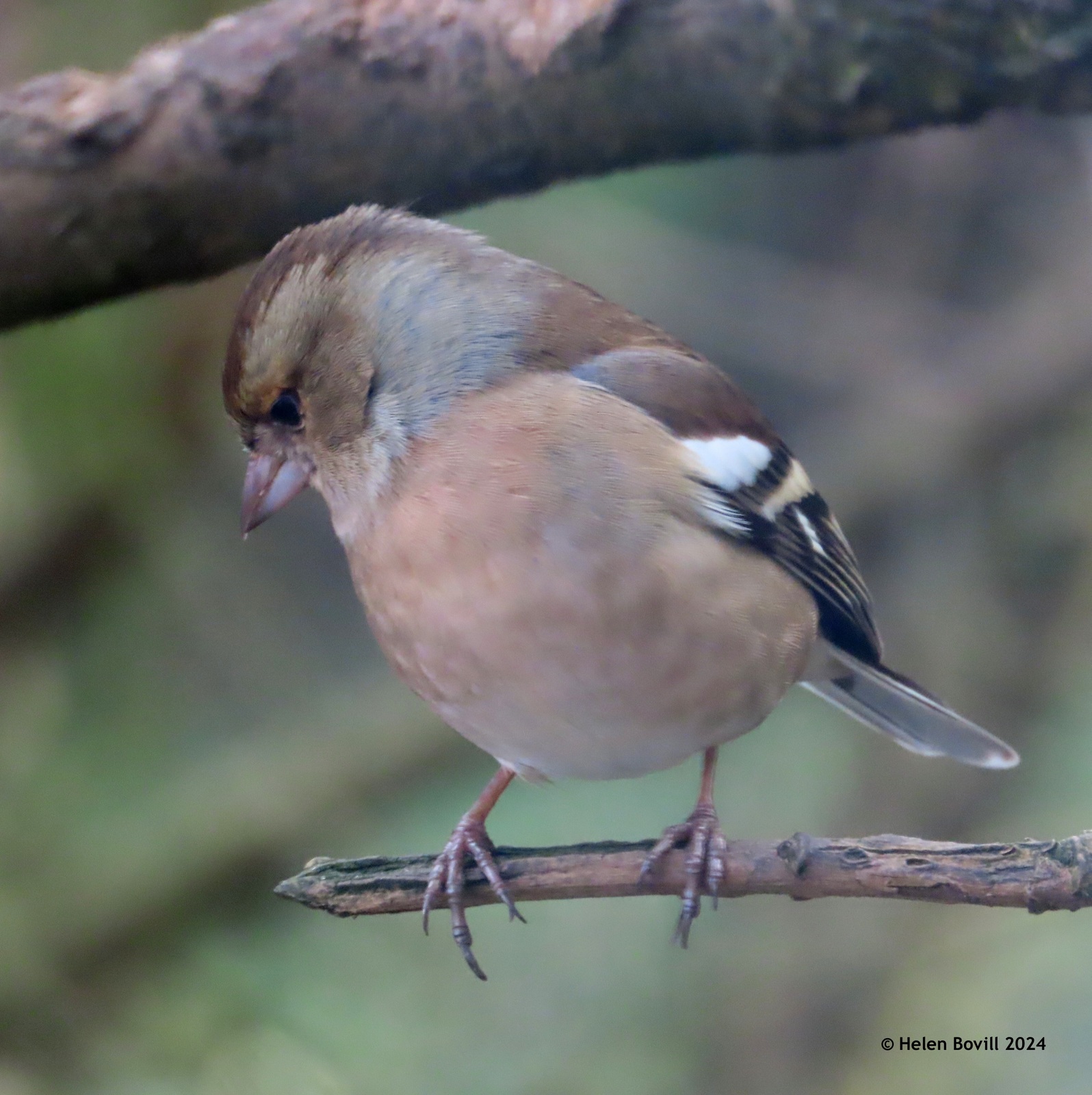
I was delighted to see a Great Spotted Woodpecker high up in the trees. I’ve only ever managed to catch the occasional glimpse of one over many years, so this was a rare treat.
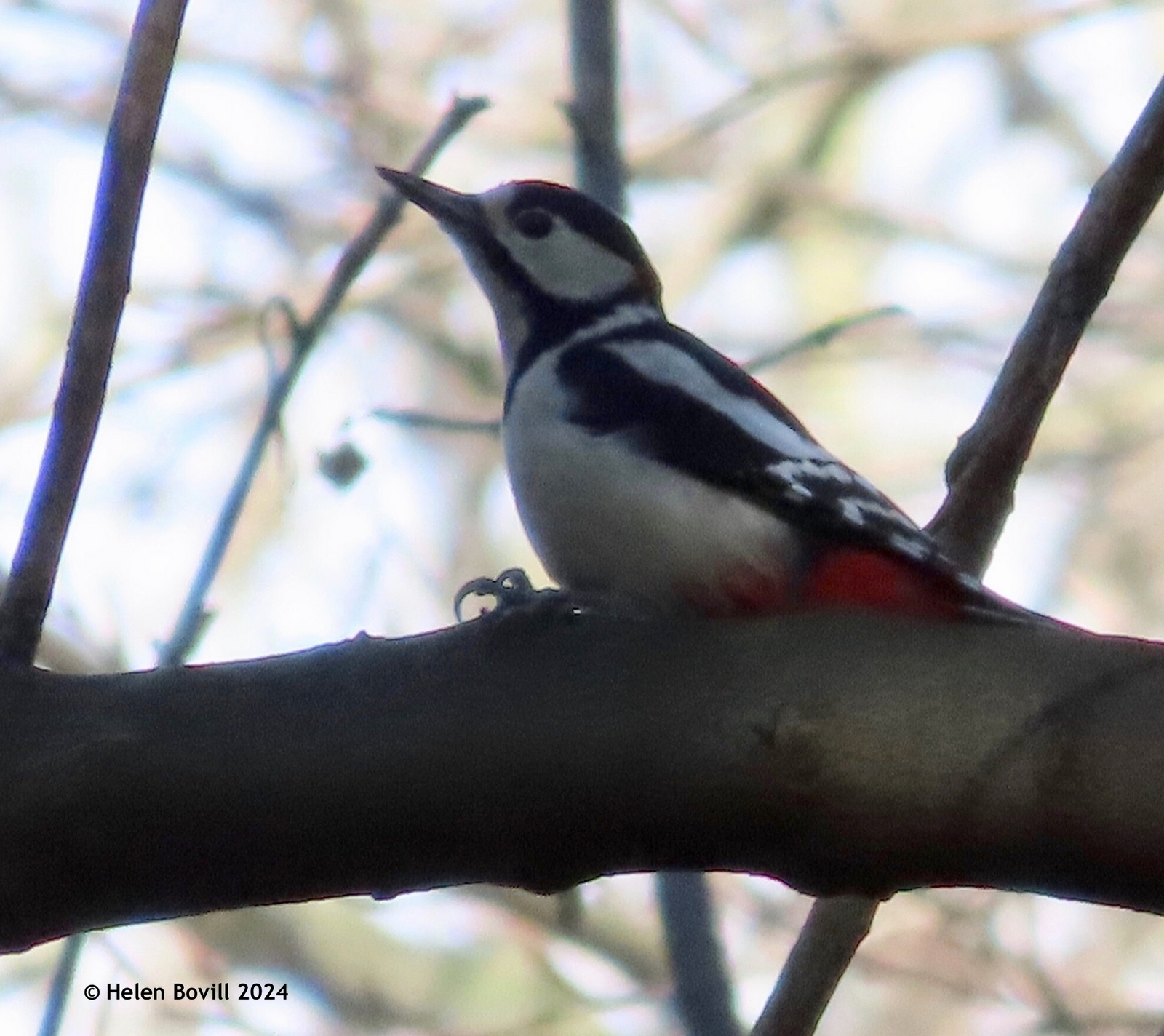
I saw lots of Wood Pigeons and a few Stock Doves, Blackbirds, Carrion Crows and Magpies. I also saw a Song Thrush, foraging for berries amongst the ivy.
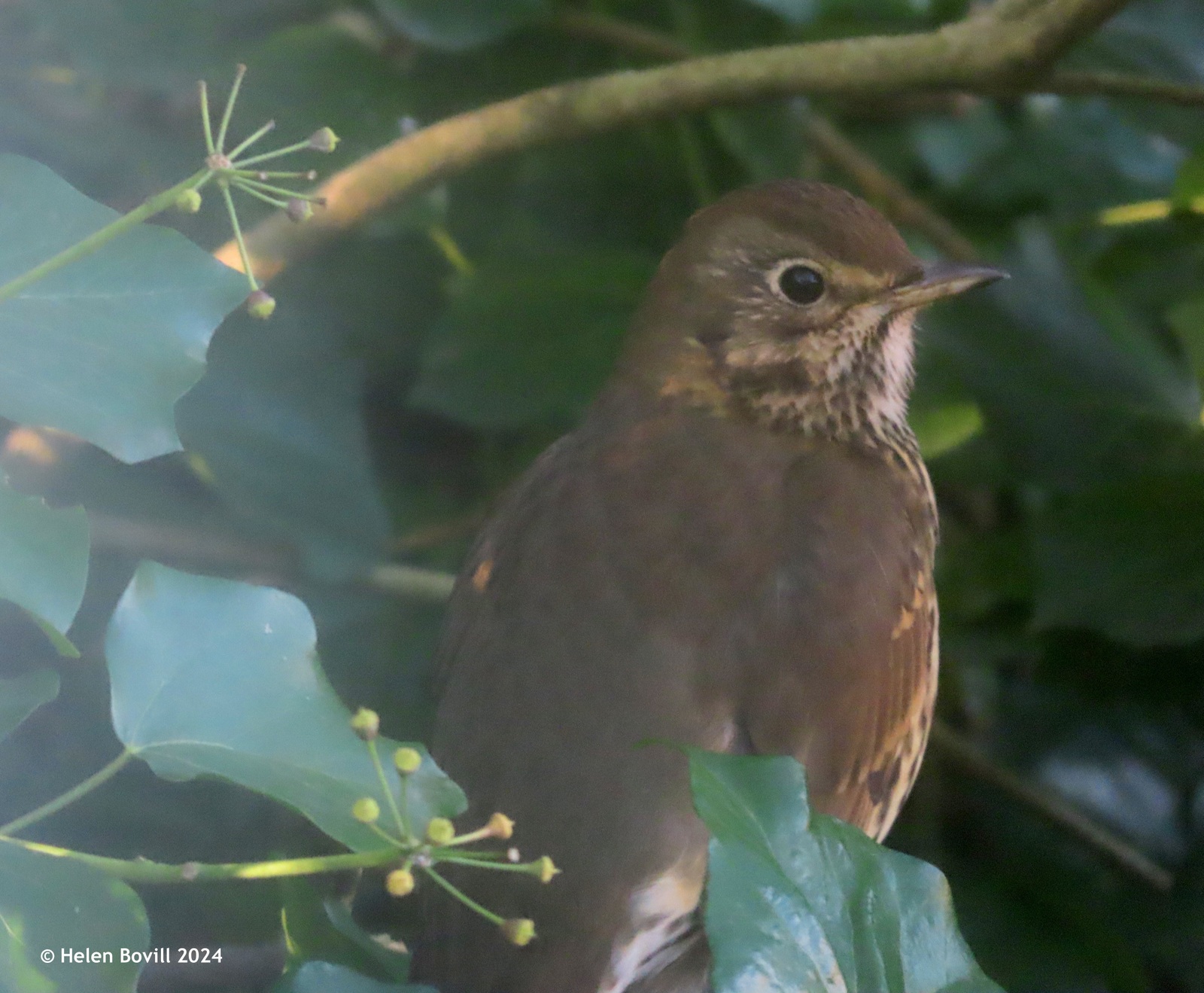
So far this year I’ve seen a total of 18 different species of bird in the cemetery, and I have high hopes that this will have risen to well over 20 by the end of the year.
Fungi
Just a quick mention of the most mysterious branch of the cemetery wildlife. At the start of the year, and before the nesting season begins, the volunteers clear ivy and other plants from the headstones and a small area around them. They found several fallen branches with jelly fungus on them including this fine specimen, yet to be eaten by the cemetery wildlife. I must add that these branches were either left in situ or carefully moved to a safe place nearby.
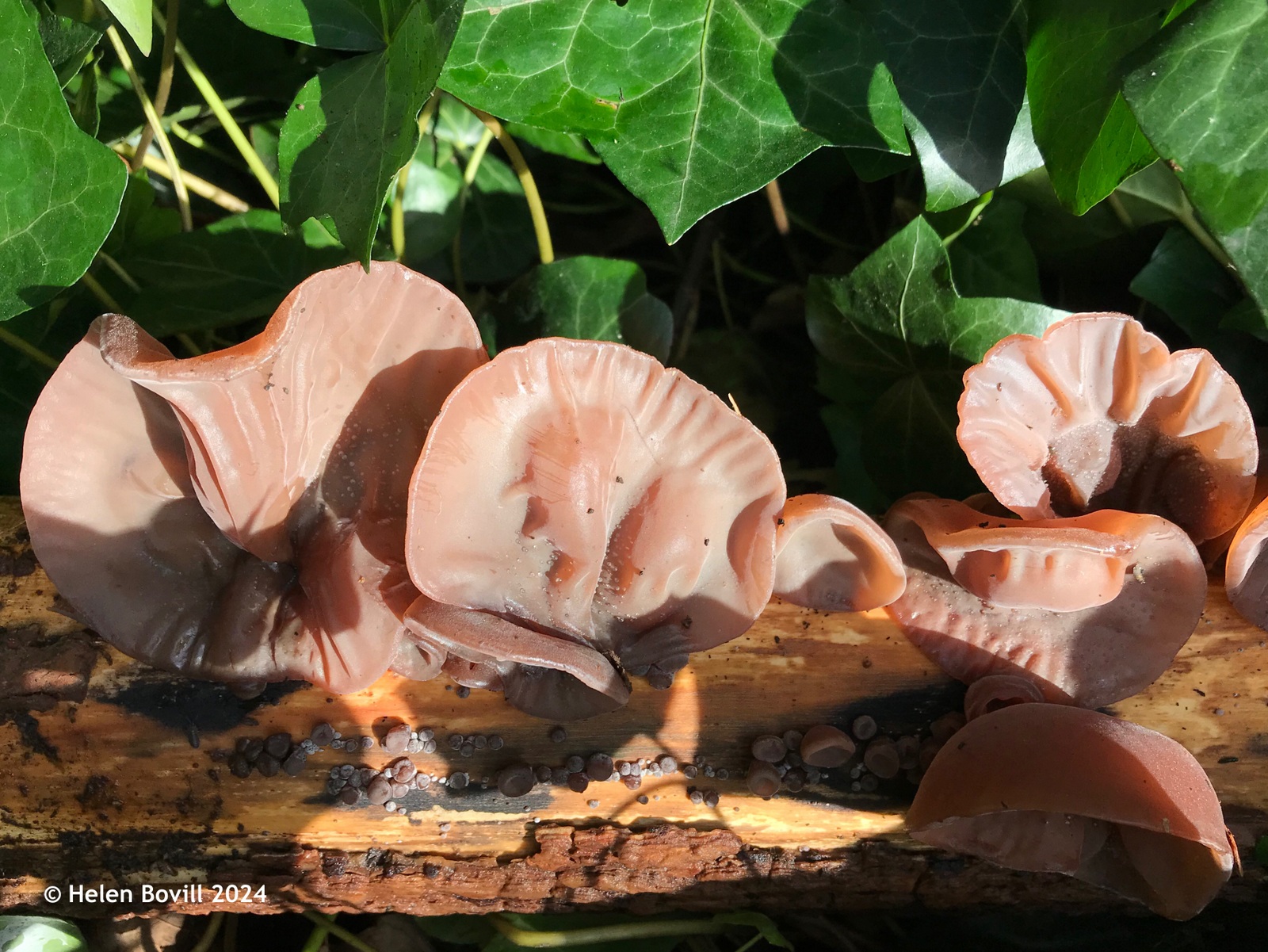
This is the general type I saw most often in February – I didn’t notice any of the upright ones such as Inkcaps.
Conclusion
February was a month of mixed weather but nothing too extreme, and this allowed the cemetery wildlife to flourish. With lots of bright yellow flowers everywhere and the occasional burst of warm sunshine to awaken early butterflies, it felt more like spring than winter.
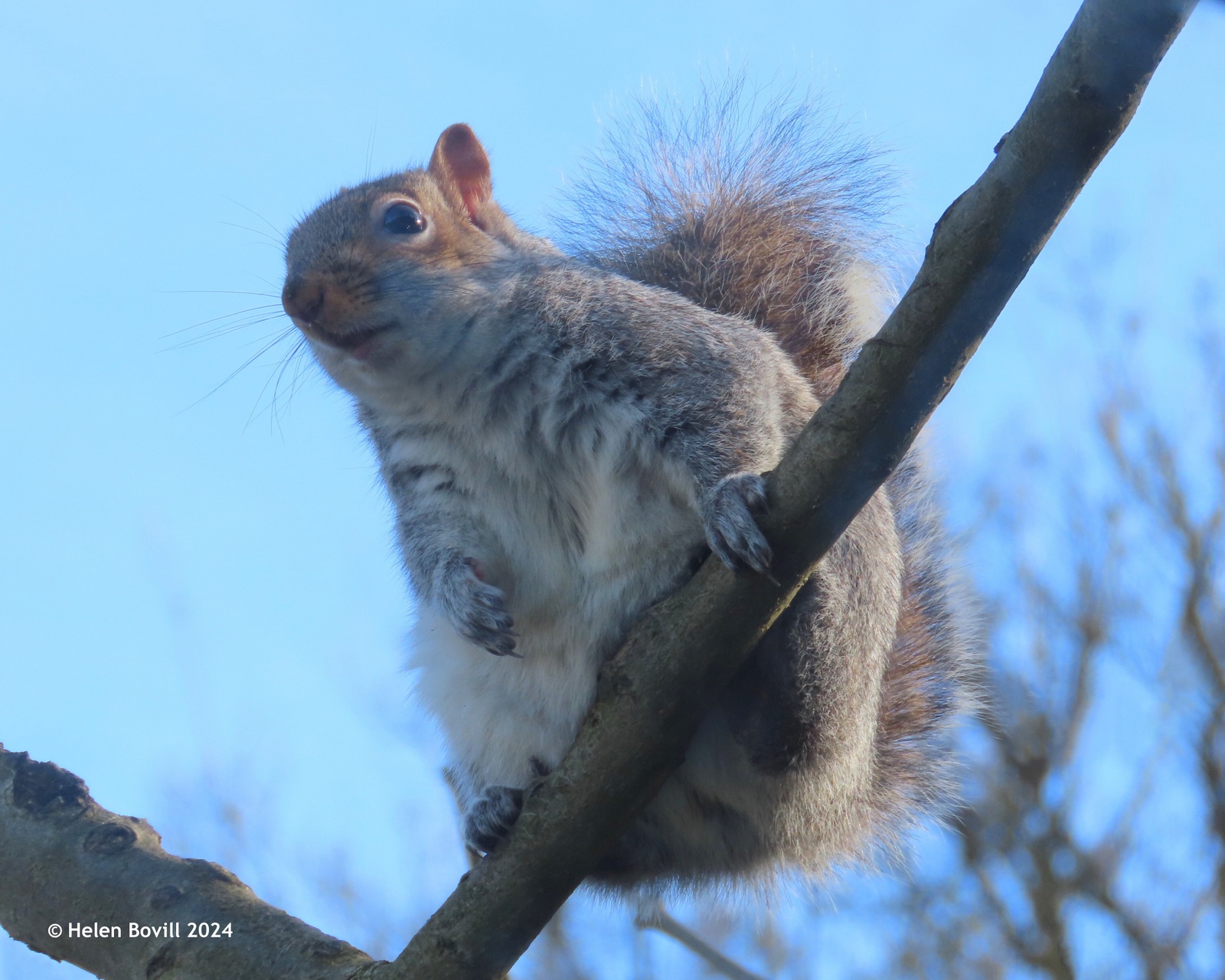
How to spot hibernating butterflies | National Trust


